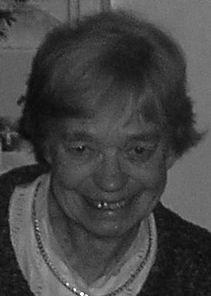All News
NCBJ

Ruszyła 3. edycja programu rozwoju przyszłych liderów w NCBJ
Future Leaders to program rozwojowo-szkoleniowy dedykowany dla pracowników Narodowego Centrum Badań Jądrowych, którzy w przyszłości mogą pełnić role liderów projektów, zespołów i jednostek organizacyjnych. Właśnie rozpoczęła się już trzecia edycja tego przedsięwzięcia.

How does bark affect the durability of laminated particleboards? NCBJ's research
Laminated particleboards are one of the most commonly used materials in the furniture industry. Their durability depends on many factors related, for example, to the near-surface layer. These include the presence of additives such as tree bark, which is sometimes used when other raw materials are not available. In their new study, researchers from NCBJ and SGGW investigated the effect of bark additives on durability and defects during the processing of boards.

National Centre for Nuclear Research in the national radiation monitoring network
A new early detection station for radioactive contamination has been launched at the National Centre for Nuclear Research (NCBJ). It is one of seven new locations that have been included in the national radiation monitoring network managed by the National Atomic Energy Agency.

NCBJ receives funding for materials research for the nuclear sector from the CONNECT-NM programme
The National Centre for Nuclear Research has received funding to conduct materials research for the nuclear technology sector as part of the CONNECT-NM programme. Scientists from the NCBJ are participating in four of the 17 projects selected for implementation.

The dark deeds of neutrinos – a new analysis in Nature Astronomy with leading participation from researchers from Polish centres
An international team of scientists has published research findings in the prestigious journal Nature Astronomy indicating possible links between dark matter and neutrinos. The key analysis that led to these conclusions was led by researchers from the National Centre for Nuclear Research (NCBJ).

NCBJ participates in the creation of the National Data Repository - KMD4EOSC
The National Centre for Nuclear Research (NCBJ) is one of the members of the KMD4EOSC (National Data Repository) project consortium, whose aim is to collect data obtained from scientific and research and development grants in the national EOSC (European Open Science Cloud) node. The project is being implemented with support from the European Funds for a Modern Economy programme.

A team of scientists from NCBJ hold lectures at the Department of Nuclear Engineering at MIT
At the beginning of December, representatives of the NOMATEN Centre of Excellence and the Materials Research Laboratory of the National Centre for Nuclear Research visited the Department of Nuclear Engineering at the Massachusetts Institute of Technology (MIT) in the United States. Researchers from NCBJ gave a series of lectures on high-entropy alloys for use in Generation IV reactors. The visit was an opportunity to strengthen cooperation between the two institutions.
Engineers from the MARIA reactor are testing an installation for industrial silicon doping.
MARIA is Poland's only research nuclear reactor. It is used to produce radioisotopes for medicine, as well as for research, development and industrial work involving neutrons. Recently, for the first time in fifteen years, silicon doping for the semiconductor industry was carried out at the facility.
First meeting of the Scientific Council of the National Centre for Nuclear Research (NCBJ) for the 2025–2029 term
On 16 December, the first meeting of the NCBJ Scientific Council of the 12th term was held. During the meeting, key issues to be addressed by the Council in 2025–2029 were discussed, and the Chair, Vice-Chairs and members of individual committees were elected.

Are we closer to solving the mystery of gamma-ray bursts? Progress towards launching the POLAR-2 instrument into orbit
The POLAR-2 project is an international scientific mission aimed at studying gamma-ray bursts (GRBs) by measuring the polarisation of their radiation. The instrument will be installed on the Chinese Space Station. On the Polish side, the project is led by Prof. Agnieszka Pollo, and Dominik Rybka, MSc Eng., is responsible for coordinating the technical packages. Both are scientists from the National Centre for Nuclear Research.

POLAR 2 instrument – working groups meeting
A meeting of teams collaborating on the POLAR-2 project, attended by representatives of the National Centre for Nuclear Research, the Institute of High Energy Physics of the Chinese Academy of Sciences (IHEP) and the University of Geneva, took place on 13 November.

Strategic meeting of the consortium of institutes within the POLAR-2 project
On 15 November, a meeting was held between representatives of the management of NCBJ, IHEP and European partners of the project: the University of Geneva and the University of Tübingen. The meeting was of a strategic nature. The prospects for cooperation and scientific research in the field of high energy physics, astrophysics and space research were discussed.

Visit to the Technology and Engineering Centre for Space Utilisation of the Chinese Academy of Sciences
On 16 November 2025, a delegation from the National Centre for Nuclear Research, consisting of Prof. Agnieszka Pollo, NCBJ Deputy Director for Science and POLAR-2 Project Manager on the Polish side, Dominika Rybka, MSc Eng., project coordinator, and Grzegorz Łubian, Eng., visited the Centre for Space Technology and Engineering (CSU) of the Chinese Academy of Sciences.

Workshop on Safety and Materials Research in the Nuclear Industry at NCBJ
We cordially invite you to participate in the Workshop on Safety and Materials Research in the Nuclear Industry, which will be held on December 11-12, 2025, at the National Centre for Nuclear Research (NCBJ) in Otwock.

National Centre for Nuclear Research at the Silesian Science Festival
On 6–9 December, the Education and Training Division team took part in the 9th Silesian Science Festival in Katowice. It is one of the largest popular science events in Europe attended by the NCBJ.

NCBJ researchers have developed an innovative applicator for the AQURE accelerator
In order to precisely deliver the radiation dose using an intraoperative accelerator, a properly designed applicator is necessary. The National Centre for Nuclear Research has developed a modern applicator dedicated to the AQURE accelerator. This innovative component is lightweight, transparent and enables safe irradiation of tissues after tumour removal.
NCBJ joins the group of Net-Zero Poland stakeholders
On 27 November, a seminar on the Net-Zero Poland project was held in Warsaw, attended by members of the Advisory Committee and project stakeholders. The event brought together a large group of representatives from the scientific community, public administration, the energy sector and social organisations. The National Centre for Nuclear Research was represented by Prof. Jakub Kupecki, dr Agnieszka Boettcher and mgr inż. Janusz Malesa.

Dr Piotr Kopka wins international award for innovation in nuclear energy
Dr Piotr Kopka, assistant professor at the National Centre for Nuclear Research (NCBJ), has won the prestigious International Nuclear Innovation Award in the expert category. The award was granted by the Interdisciplinary Research Centre for Industrial Nuclear Energy (IRC-INE), operating at King Fahd University of Petroleum & Minerals (KFUPM) in Saudi Arabia.
Polish nuclear sector mission to Canada
On 17–21 November, a Polish trade mission from the nuclear sector visited Canada, with the participation of the National Centre for Nuclear Research. During an intensive week, Polish companies, public institutions, research institutes and universities of technology participated in a series of meetings, technical visits, consultations and networking activities with key representatives of the Canadian nuclear sector.

NCBJ joins the European astroparticle physics initiative EuCAPT
A group of researchers from the National Centre for Nuclear Research, in cooperation with scientists from institutes of the Polish Academy of Sciences, has joined the European scientific initiative EuCAPT. The NCBJ is among the first Polish centres to join this international collaboration.

The NCBJ AI4GUM project has qualified for the second phase of implementation
The selection of projects under the INFOSTRATEG VII programme has been completed. The Evaluation Team has qualified two projects for implementation in the next phase. One of them is led by the National Centre for Nuclear Research – AI4GUM.

Prof. Katarzyna Nowakowska-Langier awarded the Prof. Kazimierz Bartel Scientific Award
Professor Katarzyna Nowakowska-Langier, Director of the Research Infrastructure Department at NCBJ, was honoured with this year's Professor Kazimierz Bartel Scientific Award for outstanding achievements in science, with a focus on physics. The medal was awarded during a ceremony held by the Senate of the AGH University of Science and Technology in Kraków on Friday, 21 November 2025.

Results of the "Łączy nas WIELkopolskiE" competition
On 19 November, a gala was held to conclude the fourth edition of the "Łączy nas WIELkopolskiE" competition. Among the nominees was a joint project of the National Centre for Nuclear Research and the Wielkopolska Cancer Centre: Construction and validation of an ultra-high-dose electron beam generator (FLASH RT).

AQURE – intraoperative accelerator pending medical certification
The AQURE accelerator is a modern device designed for intraoperative cancer therapy. The accelerator has just begun the medical certification process conducted by the Polish Centre for Testing and Certification. Passing this process is necessary for the device to be approved for use in oncology hospitals and formally recognised as a medical device compliant with European standards.

NCBJ wins the PR Wings 2025 award
On 17 November, the grand finale of the 5th edition of the PR Wings competition took place. The National Centre for Nuclear Research won an award in the ‘Industry, Chemistry and Energy’ category for its campaign created for the FISA-EURADWASTE 2025 & SNETP Forum conference.

Employees of the Division of Nuclear Energy and Environmental Studies recognised at the SCOPE-2 conference in Saudi Arabia.
On 2–6 November 2025, the Second International Conference on Nuclear Power Engineering (SCOPE-2) was held in Dhahran, Saudi Arabia. A delegation of experts from the National Centre for Nuclear Research (NCBJ) took an active part in the conference, which is the result of cooperation established with the prestigious King Fahd University of Petroleum and Minerals (KFUPM).

National Centre for Nuclear Research at the World Nuclear Exhibition 2025
From 4 to 6 November, Paris is hosting the World Nuclear Exhibition 2025, the largest and most prestigious event dedicated to the civil nuclear sector. The National Centre for Nuclear Research (NCBJ) is one of the key institutions present in the Polish pavilion.

Scientists from Poland, Ukraine and the USA will study the structure of nucleons in the EIC collider
The Electron Ion Collider (EIC) being built in the United States will be a next-generation research centre in the field of nuclear and elementary particle physics. It will enable the study of the three-dimensional structure of nucleons through so-called exclusive processes. Dr hab. Jakub Wagner, professor at the National Centre for Nuclear Research (NCBJ), will head the Polish team which, as part of the NCN EAGER IMPRESS-U project, will study phenomena that are key to the American accelerator.

NCBJ and Westinghouse have signed a cooperation agreement. This is a strategic partnership for the development of the Polish nuclear programme.
The National Centre for Nuclear Research (NCBJ) and Westinghouse Electric Company have signed a cooperation agreement aimed at conducting joint research in the field of nuclear energy. The activities will include technological, scientific, research and implementation projects, training initiatives and support for the domestic industry in the nuclear technology value chain.

Secretary of the Ministry of Science and Higher Education, Prof. Marek Gzik, visits NCBJ
On 29 October 2025, representatives of the Ministry of Science and Higher Education and the National Centre for Research and Development visited the National Centre for Nuclear Research. The guests met with the NCBJ management and visited the MARIA research nuclear reactor.

Can research into fundamental physics expand our knowledge of Earth?
The new FuSe (Testing Fundamental Physics with Seismology) initiative has received four years of funding under the European COST Action programme. One of the institutes participating in the action is the National Centre for Nuclear Research (NCBJ). The grant will allow an international group of scientists to investigate how research on our planet can contribute to discovering relationships between the physical phenomena under study, contributing, for example, to a new approach to earthquake prediction.

NCBJ scientists develop a modern measurement system for radiological protection and determining exposure to ionising radiation
Radiation exposure monitoring systems are essential in many workplaces. Methods capable of detecting different types of radiation and determining their dose in real time are constantly being developed. Scientists from the Radiological Metrology and Biomedical Physics Division of the National Centre for Nuclear Research (NCBJ) have designed, built and tested a modern system based on a recombination ionisation chamber, which can be used in medicine, but also in emergency situations involving the use of nuclear weapons or nuclear facility accidents.

The Research and Academic Computer Network (NASK) and the National Centre for Nuclear Research (NCBJ) join forces to support Polskie Elektrownie Jądrowe (PEJ)
Cyber security, supply chain security system, competence building, regulatory area, as well as specialized projects dedicated to nuclear energy – these are the main fields of cooperation between Polskie Elektrownie Jądrowe (PEJ), the National Centre for Nuclear Research (NCBJ) and the Research and Academic Computer Network – National Research Institute (NASK-PIB). A letter of intent establishing the cooperation was signed on 24 October 2025.
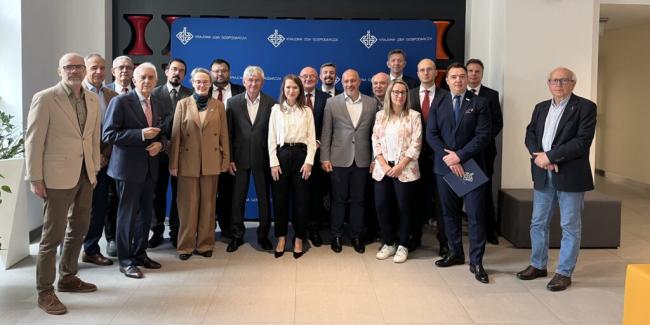
Director of NCBJ appointed member of the Energy and Climate Policy Committee
Prof. Jakub Kupecki, Director of the National Centre for Nuclear Research, has been appointed member of the Energy and Climate Policy Committee of the Polish Chamber of Commerce for the 2025–2029 term. Together with other experts in this sector, Prof. Kupecki will participate in analyses of Poland's ongoing energy transformation.
First joint work of the two largest neutrino experiments in the world
The T2K experiment in Japan and the NOvA experiment in the United States conducted a joint analysis of data on neutrino oscillations and published their initial findings in the prestigious journal Nature. Dr Tomáš Nosek associated with the National Centre for Nuclear Research (NCBJ) made a significant contribution to this work.

NCBJ scientists’ invention enables detecting lung cancer through breath
Lung cancer is often diagnosed a tan advanced stage, when treatment options are limited and survival rates are low. In a major advance, scientists from the NOMATEN CoE at NCBJ, working with researchers from China and WUT, have developed a biosensor capable of detecting hexanal, which can serve as a reliable biomarker of early-stage lung cancer.

NCBJ creation nominated for PR Wings
The creation developed by the NCBJ Communication Team for the FISA-EURADWASTE 2025 & SNETP Forum Conference has been nominated in the prestigious PR Wings 2025 competition! Our campaign is competing in the "Industry, Chemistry, Energy" category.

A new computer model for high-energy photon research has been developed at NCBJ
Scientists from the National Centre for Nuclear Research, the University of Vienna and the Jagiellonian University have developed a new computer model that allows them to study quantum phenomena in the world of high-energy photons – particles of light with energies a million times greater than those we can see with the naked eye.

NCBJ has concluded the technical dialogue with the Polish Atomic Energy Agency regarding the HTGR-POLA reactor
A series of technical meetings between the National Centre for Nuclear Research (NCBJ) and the Polish Atomic Energy Agency regarding the HTGR-POLA reactor technology has been finalized.

NCBJ leads discussions on the future of hydrogen technologies – the PCHET 2025 conference
The 8th edition of the Polish Conference for Hydrogen Energy and Technologies (PCHET), one of Poland's most important events dedicated to hydrogen technologies and energy transition, will begin on 15 October. This year's conference is held under the honorary patronage of the National Centre for Nuclear Research. The director of the NCBJ will be among the experts participating in the conference.

Nobel Prize in Physics for macroscopic quantum phenomena
On 7 October, the Swedish Royal Academy of Sciences announced its verdict on the winners of the Nobel Prize in Physics. This year's prize was awarded to John Clarke, Michel H. Devoret and John M. Martinis for their discovery of the macroscopic quantum tunnelling effect and energy quantisation in an electrical circuit.

Discovery of the Most Powerful Odd Radio Circle to Date
Astronomers have discovered the most distant and most powerful “odd radio circle” (ORC) ever observed – with key contributions from a researcher at the Astrophysics division of the National Centre for Nuclear Research (NCBJ).
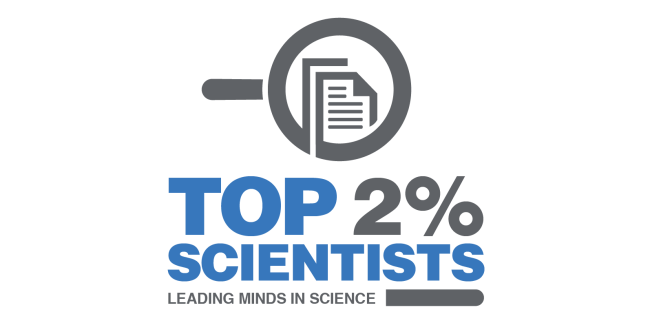
NCBJ scientists among the Stanford/Elsevier Top 2% Scientists List 2025
The Stanford/Elsevier Top 2% Scientist List is a prestigious annual ranking of scientists who make significant contributions to the advancement of global science. Its latest edition has just been published, once again featuring a group of researchers from the National Centre for Nuclear Research.

Prof. Jakub Kupecki in a discussion about small modular reactors during Energy Days 2025 in Katowice
Energy Days 2025 is a conference that brings together over 1,500 people to discuss the challenges facing the Polish energy sector. During one of the panels, Prof. Jakub Kupecki, Director of the National Centre for Nuclear Research, will join a group of experts to discuss the role of small modular reactors in the energy system and the Polish economy.

70th anniversary of nuclear research – thank you for your words of appreciation and awards
The anniversary gala, which took place on 24 September, was the official culmination of the celebrations marking 70 years of nuclear research in Poland. We would like to express our sincere thanks for the words of appreciation we received from representatives of institutions representing the government, the scientific community and industry.

70 years of Polish nuclear research – from research reactors to the energy of the future
Polish nuclear energy is celebrating 70 years of development. From the launch of the first research reactor in Świerk, through decades of research, innovation and radioisotope production, to plans to build modern power plants – the history of Polish nuclear energy is a story of knowledge, determination and the enormous contribution of scientists to the country's development.

Celebration of the 70th Anniversary of Nuclear Research Development in Poland
On September 24, 2025, a ceremonial seminar will take place at the Staszic Palace in Warsaw as part of the celebrations of the 70th anniversary of nuclear research development in Poland, organized by the National Centre for Nuclear Research and the Institute of Nuclear Chemistry and Technology.

NCBJ as co-organiser of the International Conference on Nuclear Physics
Last week, the 32nd International Conference on Nuclear Physics, organised by the National Centre for Nuclear Research and Maria Curie-Skłodowska University, took place. This year's conference was dedicated to the 80th birthday of Prof. Krzysztof Pomorski, who was associated with UMCS for many years and is currently an employee of the NCBJ Theoretical Physics Division. The event was full of fruitful deliberations, lively discussions and beautiful memories.

This year's E-MRS Fall Meeting 2025 exceptional for NCBJ
On 15–18 September 2025, the Warsaw University of Technology campus hosted the E-MRS Fall Meeting 2025 – one of Europe's most important scientific events in the field of materials research. This year's conference included 23 thematic symposia in four main areas: materials for energy and sustainable development, characterisation and simulation techniques supported by artificial intelligence, thin films and composite materials, and advanced electronic and quantum materials.

NCBJ at the Science Festival in Warsaw – Nuclear Science in Practice
The National Centre for Nuclear Research (NCBJ) will once again take part in the Science Festival in Warsaw – the largest event in Poland dedicated to the popularization of science. Between [insert exact dates of this year’s edition], the institute’s researchers will invite participants to explore the world of nuclear physics and technologies, showcasing their applications in energy, medicine, and industry.
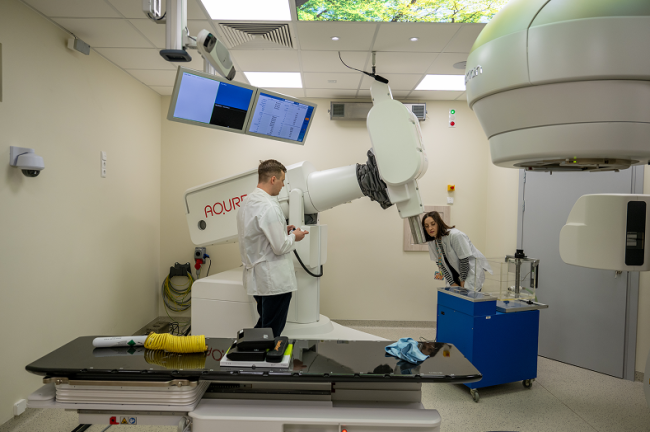
Vote once a day for a project that could change the future of cancer treatment!
Voting in the "Łączy nas...WIELkopolskiE" poll begins on September 17th at 8:00 AM. Among the projects is an initiative by the National Centre for Nuclear Research and the Greater Poland Cancer Center: Construction and Validation of an Ultra-High Dose Rate Electron Beam (FLASH RT).

NCBJ in the European AIPITCH project
The National Center for Nuclear Research (NCBJ) is participating in the international AIPITCH project, which aims to develop modern cybersecurity tools. The consortium, led by Prof. Anna Felkner, is creating the CySEC platform, which integrates artificial intelligence-based solutions, threat simulations, and automation of defensive actions.

AI4GUM – NCBJ leads artificial intelligence project
The National Center for Nuclear Research (NCBJ) is the leader of a consortium implementing the AI4GUM project – “The use of artificial intelligence methods to improve the accuracy of volume determination using X-ray computed tomography,” funded under the INFOSTRATEG VII program. NCBJ's partner is ImagineRT Sp. z o.o.

NCBJ co-organizes LSST@Europe7 – an international astronomy conference in Poznań
Scientists from the National Centre for Nuclear Research, under the supervision of Prof. Agnieszka Pollo, coordinator of the Polish research team operating within the LSST consortium, are co-organizing the LSST@Europe7 conference, which will take place from September 15–19, 2025, in Poznań.

NCBJ at the Distributed Energy Congress 2025
The National Centre for Nuclear Research is participating in this year's Distributed Energy Congress, taking place in Krakow from September 17th to 19th.
EuXFEL representatives visit NCBJ
The National Center for Nuclear Research is strengthening its cooperation with the European X-ray Free-Electron Laser (EuXFEL). The visit of EuXFEL Management Board representatives to Świerk was an opportunity to discuss joint research plans and the development of strategic projects.
On September 11, a meeting was held at NCBJ with representatives of the EuXFEL Management Board – the European X-ray Free-Electron Laser. Thanks to this visit, it was possible to begin discussions on deepening institutional cooperation and cooperation in research areas.

Dyrektor NCBJ reprezentuje Polskę w grupie roboczej OECD ds. łańcucha wartości wodoru
Polska zyskuje wpływ na kształtowanie globalnej polityki wodorowej, prof. Jakub Kupecki dołączył do międzynarodowej grupy ekspertów analizujących cały łańcuch wartości wodoru – od produkcji po zastosowania przemysłowe i energetyczne.

New evidence for Hawking's claim about the surface of a black hole
The international network of scientists LVK, which includes three researchers from the National Centre for Nuclear Research, has confirmed Stephen Hawking's claim about the surface of a black hole. Ten years after the recorded detection of gravitational waves, thanks to modern technologies, the theory that the total surface area of black holes does not decrease has been confirmed.

Prof. Kupecki to speak at the HYPOTHESIS conference
Prof. Jakub Kupecki, Director of the National Centre for Nuclear Research, is participating in the international HYPOTHESIS conference. This prestigious event brings together experts from the worlds of science, industry and administration, creating a space for presenting the latest achievements and exchanging experiences in the field of hydrogen technologies.

Prof. Jakub Kupecki among experts at the 34th Economic Forum
The Economic Forum is an event that has been bringing together political, economic and social leaders from around the world for over three decades. This year's edition will be attended by the Director of the National Centre for Nuclear Research (NCBJ), Prof. Jakub Kupecki.

Professor Jakub Kupecki becomes the new director of the National Centre for Nuclear Research
On 1 September 2025, Professor Jakub Kupecki, PhD, Eng., took up the position of Director of the National Centre for Nuclear Research (NCBJ).
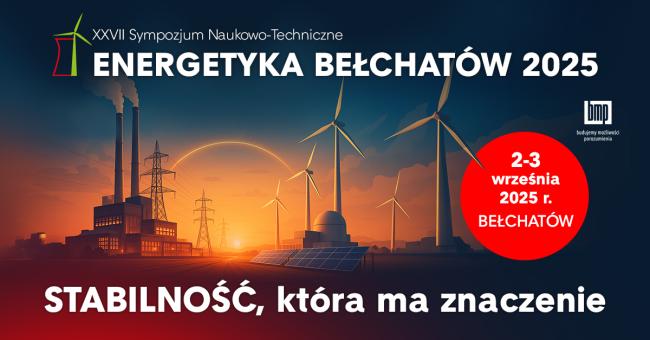
NCBJ experts at the Energetyka Bełchatów 2025 conference
The Energetyka Bełchatów 2025 conference brings together representatives of industry, public administration and the scientific community to discuss energy strategies and the security and stability of energy supplies. This year's edition, which will take place on 2-3 September, will be attended by specialists in nuclear energy and reactor physics from the National Centre for Nuclear Research (NCBJ).

NCBJ pioneers research into alloys for next-generation reactors
Engineers from the National Centre for Nuclear Research (NCBJ) are testing how a special metal alloy – Inconel 617 – behaves under the operating conditions of future nuclear reactors. Inconel 617 is a nickel superalloy that is highly resistant to high temperatures, corrosion and oxidation. This makes it ideal for the construction of components that must operate in extreme conditions, such as heat exchangers in the Generation IV nuclear reactors. However, in order to actually use it in nuclear engineering, it is necessary to know how its properties change under the influence of long-term radiation exposure. That is why scientists from the Materials Research Laboratory and the NOMATEN Centre of Excellence at NCBJ conducted the world's first research on the radiation resistance of Inconel 617 produced using additive manufacturing.

New NCBJ textbook on theory of the atomic nuclei
Scientists from the National Centre for Nuclear Research are authors not only of articles published in prestigious journals, but also of textbooks. The book Theory of Atomic Nuclei, written by Prof. Krzysztof Pomorski from the NCBJ Theoretical Physics Division and Prof. Bożena Nerlo-Pomorska from Maria Curie-Skłodowska University, has just been published. The printed version of the textbook will be available from 16 September.

Komisja Ewaluacji Nauki doceniła Szkołę Doktorską NCBJ i IChTJ
Komisja Ewaluacji Nauki przyjęła uchwałę, w której pozytywnie oceniła jakość kształcenia w Szkole Doktorskiej prowadzonej przez Narodowe Centrum Badań Jądrowych (NCBJ) i Instytut Chemii i Techniki Jądrowej (IChTJ). Członkowie Komisji docenili wysoki poziom badań naukowych i kształcenia doktorantów, a także organizację oraz zasięg umiędzynarodowienia szkoły.

New step in building a global giant for neutrino detection
At the end of July, a huge cave was completed in Japan to house the world's largest neutrino detector, Hyper-Kamiokande. The National Centre for Nuclear Research (NCBJ) is also actively involved in the project, both in terms of scientific work and the manufacture of measurement equipment.

Minister Miłosz Motyka and Director Agnieszka Pollo on the resumption of operation of the MARIA reactor
On August 5, a press conference was held at the National Centre for Nuclear Research (NCBJ) to discuss the granting of a new, indefinite licence to operate the MARIA research reactor. The conference was one of Minister Motyka's first public appearances after taking office.

NCBJ granted authorisation to continue operation of the MARIA reactor
The National Centre for Nuclear Research (NCBJ) has received authorisation from the Head of the State Atomic Agency to operate the MARIA research reactor. The permit was issued for an indefinite period and allows the continuation of the reactor's operation.

NCBJ strengthens cooperation with business through the project Inkubator Rozwoju
The National Centre for Nuclear Research (NCBJ) is committed to innovation and the practical application of science - joining the prestigious consortium implementing the “Inkubator Rozwoju” project as part of the nationwide “Science4Business - Nauka dla Biznesu” initiative.
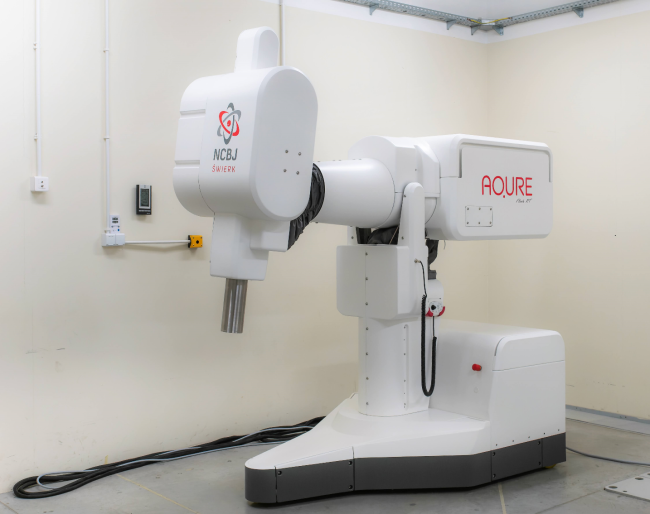
The NCBJ electron accelerator nominated in the “Łączy nas WIELkopolskiE” competition
The novel AQURE FLASH (RT) accelerator, developed at the National Centre for Nuclear Research in collaboration with the Greater Poland Cancer Centre, uses ultra-high doses of radiation and could become a breakthrough tool in cancer treatment. This innovative technology is already generating a lot of interest and hope in the medical community at the testing stage. The project has just been nominated in the "Łączy nas WIELkopolskiE" competition in the Research and Development category. Online voting will begin on 17 September and will last for 10 days.

New BSO-406 hybrid scintillator being tested by NCBJ scientists
Scintillators are an important component of ionising radiation detection systems. A team of scientists from the Radiation Detectors and Plasma Diagnostics Division at the National Centre for Nuclear Research (NCBJ) has tested a new hybrid scintillator that combines the advantages of several materials and can be used where reliability is crucial.

Radioisotope Centre POLATOM receives funding for oncology clinical research
The National Centre for Nuclear Research POLATOM Radioisotope Centre has received funding from the Medical Research Agency to carry out a non-commercial clinical study in the field of oncology. The research offers new treatment options for one of the most aggressive breast cancers.

NCBJ scientists investigate the origin of carbon dust in one of the oldest known galaxies
A team of researchers from the Astrophysics Division of the National Centre for Nuclear Research (NCBJ), led by dr hab. Ambra Nanni, has conducted a pioneering study of the origin of carbon dust in one of the most distant galaxies known to science – JADES–GS-z6-0. Data collected by the James Webb Space Telescope (JWST) has provided new insights into the presence of complex molecules, such as polycyclic aromatic hydrocarbons (PAHs), in the early Universe, less than a billion years after the Big Bang.

NCBJ scientists awarded for achievements in fundamental research
During the Special Seminar of the NCBJ's Department of Fundamental Research, the awards of the Department's Director for the greatest scientific achievements of the past year were awarded in accordance with tradition. This time, awards were given for research into the role of dust in the evolution of galaxies, reflections on classical and quantum gravity, and work on symmetry violation in the decay of beauty mesons. The event took place on 30 June.

NCBJ and Railway Institute develop solutions to improve railway safety
The development of high-speed trains brings further challenges in terms of safety. New materials that are used on railways, such as high-strength structural steel, must be checked , among other things, for internal damage (defects, cracks). NCBJ researchers in cooperation with the Railway Institute are developing new solutions for the use of radiography for non-destructive testing of rails and rail joints.

Professor Jakub Kupecki is the new director of the National Centre for Nuclear Research
The Ministry of Industry has announced the results of the competition for the position of director of the National Centre for Nuclear Research. On 1 September this year, this position will be assumed by prof. dr hab. inż. Jakub Kupecki. Until 31 August, the duties of the director of the NCBJ are performed by prof. dr hab. Agnieszka Pollo.

Professor Mrówczyński a corresponding member of the Polish Academy of Sciences
New members of the Polish Academy of Sciences were elected on 26 June. An employee of the National Centre for Nuclear Research - Prof. Stanisław Mrówczyński, Director of the Department of Fundamental Research of the NCBJ - also joined the group of more than 300 outstanding researchers.

NCBJ researcher awarded MNiSW scholarship for outstanding young scientists
The Ministry of Science and Higher Education has announced a list of recipients of the Minister's scholarship for outstanding young scientists. Among those awarded is Tomasz Kwiatkowski, PhD, from the Nuclear Energy and Environmental Analysis Division at the National Centre for Nuclear Research. The scientist specialises in the analysis of turbulent flow in fuel cassettes of nuclear reactors.
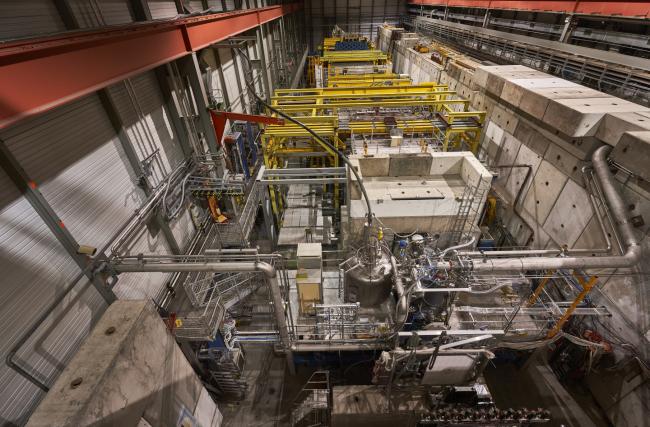
Marcin Stolarski elected co-spokesperson of the COMPASS experiment
Dr hab. Marcin Stolarski from the National Centre for Nuclear Research has been elected co-spokesperson of the COMPASS experiment. COMPASS is a high-energy physics experiment conducted at the Super Proton Synchrotron (SPS) accelerator at CERN in Switzerland, which aims to study hadron structure and hadron spectroscopy using high-energy muon and hadron beams.

Premierowy pokaz nieba z Obserwatorium Very Rubin w Chile
Zapraszamy serdecznie na premierowy pokaz wyjątkowego wydarzenia naukowego – Rubin First Look, podczas którego po raz pierwszy zostaną zaprezentowane zdjęcia z Obserwatorium Very Rubin w Chile. Wydarzenie to zainauguruje nową erę w astronomii i będzie transmitowane na żywo m.in. w Planetarium Centrum Nauki Kopernik.

NCBJ researcher among this year's Frontiers of Science Award winners
Dr Sebastian Trojanowski from the NCBJ's Theoretical Physics Division was among this year's recipients of the Frontiers of Science Award presented by the International Congress of Basic Sciences in Beijing. The award was established to recognise the most momentous scientific papers published in the past 10 years in the fields of mathematics, theoretical physics and theoretical computer science with a particular focus on the achievements of early-career researchers.

Professor Wacław Gudowski awarded the 2025 Borelius Medal
Professor Wacław Gudowski from the National Centre for Nuclear Research has been awarded the 2025 Borelius Medal by the Royal Institute of Technology in Stockholm. The award recognises outstanding contributions to nuclear research and education and a passion for inspiring new generations of students and scientists.

Redesigning materials to harvest wasted heat
Thermoelectric (TE) materials, which convert waste heat into electricity, are gaining critical importance in addressing global energy challenges. In a significant breakthrough, scientists from the National Centre for Nuclear Research (NCBJ) in Poland, in collaboration with researchers from China, have achieved a significant enhancement of the TE performance of tungsten diselenide (WSe2), a two-dimensional (2D) material already known for its promising thermopower and environmental friendliness.

New paper by NCBJ scientists may pave the way for new atomic clocks
Atomic clocks, which rely on measuring the resonant frequency of atoms, can measure time with remarkable accuracy. In the scientific community, a strong candidate for a new atomic clock standard is the thorium-229 isotope. In a new paper just published in the journal Physical Review C, researchers from the NCBJ's Department of Nuclear Techniques and Equipment have described the isomeric excitation process and the potential for producing this isotope.

New SONATA Grant for NCBJ: Where and When Did the Emergency Release of Radioactive Substances Begin? A New Model for Identifying Contamination Sources in Europe
Dr. Piotr Kopka from the National Centre for Nuclear Research (NCBJ) has received funding under the prestigious SONATA 20 competition organized by the National Science Centre (NCN). The project, titled ”A Probabilistic Inverse Model for Identifying the Source of Atmospheric Contamination on a Continental Scale”, aims to develop a new model that, based on sensor network data, will be able to accurately determine the location and time of the release of hazardous substances into the atmosphere.
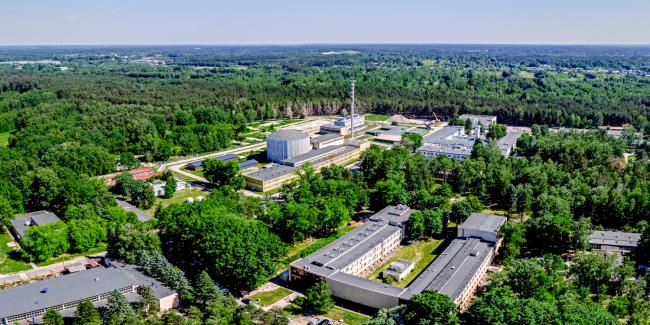
NCBJ remains one of the best... universities in Poland
Traditionally, the Global 2000 list, which gathers the world's top universities, is published in the May-June period. In this year's edition of the list compiled by the Center for World University Rankings, NCBJ continues to hold a high 7th place among Polish universities and ranks in the top 4.1% of universities in the world.

New OPUS Grant for NCBJ: Advanced Materials of the Future
The National Centre for Nuclear Research (NCBJ) has received funding under the prestigious OPUS 28 competition organized by the National Science Centre (NCN). The only project from our institute awarded in this edition was granted to Prof. Katarzyna Joanna Nowakowska-Langier, DSc, Eng., for the research project entitled: "The role of pulsed plasma in magnetron sputtering for shaping the structure of advanced high-entropy material coatings."

Engineers of the Future at NCBJ – Visit of the WAKANS Student Research Group from the Warsaw University of Technology
On May 27, 2025, students from the WAKANS Student Research Group for Materials Engineering at the Warsaw University of Technology visited the National Centre for Nuclear Research (NCBJ). The students aimed to gain practical insight into the work of scientists and to explore NCBJ’s state-of-the-art research infrastructure used in advanced materials research.

Approval of the HTGR-POLA Reactor Project Final Raport by the Ministry of Science and Higher Education
On May 20, 2025, the National Centre for Nuclear Research (NCBJ) information about the approval of the final report from the project entitled ”Technical Description of the Gas-Cooled High-Temperature Nuclear Research Reactor” (Agreement No. 1/HTGR/2021/14, dated May 12, 2021, for the amount of PLN 60 million) by the Minister of Science and Higher Education. Approval of the report by the Minister’s team constitutes formal recognition of the contract as completed.

Memorandum of cooperation between NCBJ and CEA
During the FISA-EURADWASTE 2025 conference, a memorandum of cooperation between the National Centre for Nuclear Research and the French Commissariat à l'énergie atomique et aux énergies alternatives (CEA) was officially signed on May 13 in Warsaw.

A New Era of Scientific Collaboration in Mazovia – NAWA-EURAXESS Launches
We are happy to announce that a consortium led by the National Centre for Nuclear Research (NCBJ) has received funding in the first edition of the NAWA-EURAXESS Network programme for institutions. The programme is financed by the European Union under the European Funds for Social Development 2021–2027.

W Warszawie rozpoczyna się FISA-EURADWSTE & SNETP Forum 2025
Przyszłość i rozwój globalnej energetyki jądrowej to główny temat 11 edycji Międzynarodowej Konferencji Komisji Europejskiej Programów Badawczych z funduszy Euratom dotyczącej bezpieczeństwa jądrowego w systemach reaktorowych (FISA) i postępowania z odpadami promieniotwórczymi (EURADWASTE). FISA-EURADWASTE 2025 to najważniejsze wydarzenie dla globalnego przemysłu jądrowego w tym roku.

NCBJ na 28 Pikniku Naukowym Polskiego Radia i Centrum Nauki Kopernik
W minioną sobotę odbył się 28 Piknik Naukowy Polskiego Radia i Centrum Nauki Kopernik. Na imprezie nie zabrakło stanowiska NCBJ - opiekowali się nim pracownicy Działu Edukacji i Szkoleń wraz z zaproszonym do współpracy pracownikiem OR POLATOM.

Komunikat Ministerstwa Przemysłu i Narodowego Centrum Badań Jądrowych z dnia 8 maja br. w sprawie statusu reaktora badawczego MARIA
Na 8 maja br. zaplanowane było zakończenie trwającej od 1 kwietnia br. przerwy technicznej w eksploatacji reaktora badawczego MARIA, której termin został powiązany z procesem odnowienia dotychczasowego zezwolenia Prezesa PAA na eksploatację reaktora badawczego MARIA.

Visit of the Ambassador of Argentina to the National Centre for Nuclear Research
On April 24, 2025, a meeting took place at the National Centre for Nuclear Research (NCBJ) between Her Excellency Alicia Irene Falkowski, Ambassador of Argentina, and representatives of the NCBJ leadership. During the visit, the participants discussed the prospects for scientific and technological cooperation between Poland and Argentina in the field of nuclear energy.
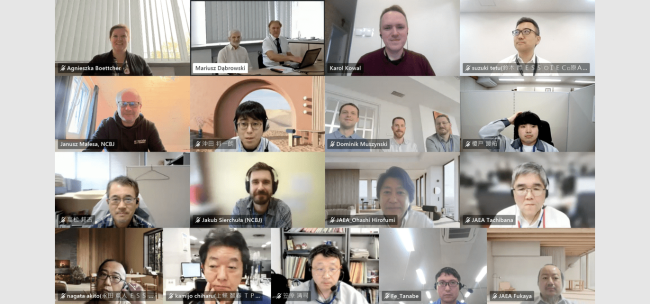
Naukowcy i inżynierowie z Polski i Japonii rozmawiali o realizacji projektu technicznego badawczego reaktora wysokotemperaturowego HTGR-POLA
W dniach 23–24 kwietnia 2025 roku odbyło się spotkanie robocze online podmiotów pracują-cych nad projektem reaktora wysokotemperaturowego HTGR-POLA. Udział wzięli przede wszystkim główni partnerzy, czyli Narodowe Centrum Badań Jądrowych (NCBJ) i Japońska Agencja Energii Atomowej (JAEA), ale także inżynierskie firmy współpracujące: Mitsubishi Heavy Industries Ltd (MHI), Toshiba Energy Systems and Solutions (ESS) Corporation, Fuji Electric Co. Ltd oraz polski Energoprojekt Katowice S.A. (EPK).
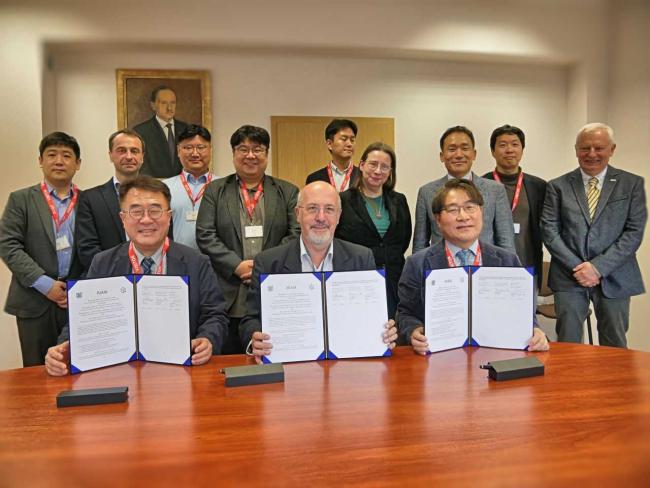
Porozumienie o współpracy pomiędzy NCBJ i Instytutem Badawczym Zaawansowanych Materiałów Uniwersytetu w Seulu
On 18th of April 2025, at the National Centre for Nuclear Research (NCBJ) in Świerk, a ceremonial signing of the Memorandum of Understanding on Academic and Research Cooperation took place between the Research Institute of Advanced Materials (RIAM) at Seoul National University and the Department of Materials Physics at NCBJ.

Results of the XX anniversary edition of the Physics Paths competition
The final of the XX edition of the Physics Paths competition took place on Tuesday 8 April. The competition traditionally took place in three categories: scientific work, essay and demonstration of a physical phenomenon. After a day-long session of finalist auditions and heated deliberations, the Jury, comprising 27 people from prestigious universities and scientific institutions in Poland, selected the winners.

Katarzyna Małek, Head of the Astrophysics Division was awarded the title of Professor
Katarzyna Małek, Head of the Astrophysics Division of the National Centre for Nuclear Research, was awarded the title of Professor of Natural Sciences in the discipline of astronomy in March 2025. Our sincere congratulations!

Concert of the Sinfonia Silva Orchestra
On April 5, 2025, in Warsaw, at the Ballroom of the Palace on the Isle in the Royal Łazienki Park, a concert by the Sinfonia Silva Orchestra took place, promoting the PolFEL Phase 1.1 project. The orchestra was conducted by Izabela Ryśnik. The event was organized in cooperation with the Lesznowola Cultural Center, the Municipality of Lesznowola, and the Royal Łazienki Museum. The concert was co-financed by the National Recovery Plan with funds from the European Union under the NextGenerationEU program.

Change in the position of Director of the National Centre for Nuclear Research
As of 4 April 2025. Prof. Krzysztof Kurek was dismissed from the position of Director of the National Centre for Nuclear Research in Otwock - Świerk. Simultaneously, as of 5 April 2025, Prof. dr hab. Agnieszka Pollo was appointed to perform the duties of the Director of the National Centre for Nuclear Research in Otwock - Świerk.

Discussion on funding opportunities for the next phase of the HTGR-POLA high-temperature reactor design at the Polish Parliament
Talks concerning Poland's first high-temperature gas-cooled reactor return to the Parliament. Prof. dr hab. Mariusz Dabrowski, coordinator of the team responsible for the technical design of HTGR-POLA, yesterday presented the technical documentation developed to date and the prospect of further financing for the design, licensing and construction of the reactor before the Committee on Energy, Climate and State Assets.

Actions in the Licensing Process of the MARIA Reactor
The MARIA reactor currently operates under a license from the National Atomic Energy Agency (PAA). On August 20, 2024, the National Centre for Nuclear Research (NCBJ) submitted an application for a new operating license for the MARIA reactor, in accordance with the Regulation of the Council of Ministers of August 30, 2021, concerning the documents required for applying for a permit to conduct activities involving exposure to ionizing radiation or for reporting such activities.
Visit of the Norwegian Ambassador and the Delegation of the Norwegian Parliament’s Energy and Environment Committee at NCBJ
On March 19, 2025, the National Centre for Nuclear Research (NCBJ) had the honor of hosting a delegation from Norway, including the Ambassador of the Kingdom of Norway to Poland, His Excellency Øystein Bø, and 16 members of the Norwegian Parliament’s Energy and Environment Committee (Stortingets Energi- og miljøkomite). The delegation was led by Ms. Ingvild Kjerkol, Chair of the Committee.

NCBJ Scientific Council awards for achievements in 2024
In March 2025, a ceremonial meeting of the Scientific Council of the National Centre for Nuclear Research was held to summarise NCBJ's activities in 2024. As every year, the most important achievements selected by a committee composed of the Institute's management were honoured.

Workshop „FLASH Beams in Research” at NCBJ – the Future of FLASH-RT therapy
On March 6, 2025, the National Centre for Nuclear Research (NCBJ) in Otwock-Świerk held the workshop "FLASH Beams in Research - Current Studies and Directions of Development". The event was focused on research conducted using infrastructure developed as part of the project "Construction and validation of a facility generating an ultra-high dose rate electron beam (FLASH-RT)."

More durable structures after physicists untangle engineering paradox
Cracks and faults are everywhere, from tiny fractures in aircraft components to stress-induced wear in bridges, pipelines, and medical devices. Predicting when and how faults grow is a key challenge in engineering and materials science. New research using statistical physics has uncovered a new way to describe how structural cracks expand. This untangles a long-standing paradox in fracture mechanics and could improve the reliability and durability of everything affected by cracks and faults.

ALMA observations unveils the chemical composition of galaxies in the early Universe
New research indicates that early galaxies contain large amounts of gas and dust, essential for star formation, more than theoretical models would indicate. In a recently published paper, a team of scientists from the NCBJ Astrophysics Division used observations from the ALPINE-ALMA program to investigate the presence of gas and dust in galaxies that formed within the first billion years after the Big Bang.

Michał Kowal as head of the GANIL Scientific Council
Dr hab. Michał Kowal, head of the Theoretical Physics Division at the NCBJ’s Department of Fundamental Research, has been elected chairman of the Scientific Council of GANIL (Grand Accélérateur National d’Ions Lourds – Grand National Accelerator of Heavy Ions). GANIL is the largest nuclear physics centre in France and one of the leading research centres in this field in the world.

Wizyta Marszałek Senatu w Narodowym Centrum Badań Jądrowych
W dniu 7 lutego br. marszałek Senatu Małgorzata Kidawa-Błońska złożyła wizytę w Narodowym Centrum Badań Jądrowych. Marszałek spotkała się z pracującymi w instytucie naukowczyniami, które prowadzą badania z zakresu radiofarmacji, astrofizyki, fizyki plazmy, fizyki wielkich energii oraz fizyki jądrowej, a także z dyrektorem NCBJ Krzysztofem Kurkiem.

New NCBJ Highlights edition is now available!
We would like to invite you to read the new edition of NCBJ Highlights 2023-2024, in which we present the most important events and scientific achievements of the Institute's employees in the last two years!

BECHTEL & CoE NOMATEN Workshop Meeting on Nuclear Materials Testing and Certification
On 3.02.2025, NCBJ’s NOMATEN Centre of Excellence hosted experts from Bechtel Poland, a leader in engineering and construction. The study visit discussed opportunities for collaboration in research, testing, certification and qualification of materials used in PWR technology.

NCBJ theorists shed new light on heavy ion synthesis
Scientist-theorists at the National Centre for Nuclear Research have just published the results of a detailed analysis of the mechanisms of heavy ion fusion reactions, key to the synthesis of new elements. The research, based on an advanced multivariate approach using stochastic dynamics, sheds new light on the process of forming complex atomic nuclei.

What determines the detection limit in spectroscopic studies?
Spectroscopic studies are a tool used in many fields of science to identify materials and gain insight into their physical and chemical properties. As part of recently published research carried out at NCBJ, detection limits of spectroscopic studies have been set for copper and silver alloys, as part of validation tests of analytical methods.

Discussion of the HTGR-POLA project once again in the Polish Parliament
Today, at a meeting of the Parliamentary Group on Nuclear Energy and the Parliamentary Group on Energy and Hydrogen, discussions will again be held on the continuation of the final phase of the project, the detailed design of the first Polish high-temperature gas-cooled reactor, HTGR-POLA, at the National Centre for Nuclear Research in Świerk.

KOMUNIKAT
18 grudnia 2024 roku na terenie Narodowego Centrum Badań Jądrowych miał miejsce pożar. Pożar wybuchł na poziomie -1 w budynku Parku Naukowo-Technologicznego i został sprawnie ugaszony przez jednostki straży pożarnej. Z budynku ewakuowano wszystkie osoby, które w nim przebywały w momencie zdarzenia. Dwie osoby były hospitalizowane. Budynek znajduje się w znacznej odległości od reaktora jądrowego MARIA i nie zagroził jego pracy. Nie stwierdzono też zagrożenia dla pozostałych pracowników oraz obiektów na terenie NCBJ. Trwają wyjaśnienia przyczyn pożaru. Na miejscu działa Policja. „Sytuacja radiacyjna w Polsce jest w normie – nie ma żadnego zagrożenia radiologicznego" - napisano w komunikacie zamieszczonym na stronie Państwowej Agencji Atomistyki.
50 years ago - the MARIA reactor
50 years ago, exactly on 18 December 1974 at 0.17 a.m., the MARIA reactor was activated for the first time. It is a reactor "made in Poland" - it was built exclusively with the efforts of Polish specialists. MARIA is still in operation today and is currently the only operational nuclear reactor in Poland. MARIA is used to irradiate isotopes essential for saving human life and to produce new materials for various sectors of the industry. Physical research is carried out here and personnel are trained for the nuclear and radiological protection industries.

Research into high entropy alloy (HEA) coatings paves the way for the development of surface engineering
Because of their properties, high entropy alloys (HEAs) are of great interest to researchers. A group of researchers from NCBJ's Laboratory of Plasma Surface Engineering is testing the use of this type of material in the form of thin films. An article on this topic has just been published in the journal Metallurgical and Materials Transactions A.

Another workshop "XFEL applications in material sciences" has ended
The workshop ‘XFEL applications in material sciences’ is organised periodically within the framework of the project of the Ministry of Science and Higher Education supporting the development of the Polish XFEL research community in order to take full advantage of the new research opportunities offered by EuXFEL. The event took place at the Institute of Physics of the Polish Academy of Sciences in Warsaw on 5-6 December 2024.

Meeting of the Senate Group for Nuclear Energy and Renewable Energy on the Polish 4th Generation Reactor
"Basic design of Poland's 4th generation reactor ready! Will Poland have its own nuclear technology?" was the topic of a meeting of the Senate Nuclear and RES Team held on 6 December 2024 in the Senate. It discussed the prospects for the construction of the high-temperature gas-cooled reactor (HTGR) "Pola", the design of which has just been completed by the team of the National Centre for Nuclear Research in Świerk, the widely-aspected international cooperation related to it and the possibilities for its application in heating and industry.

Technical design of the HTGR-POLA high-temperature research reactor completed
The design of Poland's first high-temperature gas-cooled reactor, HTGR-POLA, has been under development at the National Centre for Nuclear Research for several years. On 4 December 2024, the team led by Prof. Mariusz Dabrowski presented the results of the HTGR project to the NCBJ Management.

Research on radiation- and chemical-resistant semiconductors at the NCBJ Nuclear Microanalysis Lab
Currently, materials research is driven by new technologies, resulting from the never-ending need to miniaturise devices and replace them with cheaper and more efficient counterparts. For several decades, new technologies have been based on semiconductor compounds, which are proving indispensable in optoelectronics, for the production of detectors, lasers, displays or LEDs, where the ever-present silicon cannot be used due to its intermediate and not very wide energy gap. At the NCBJ's Nuclear Microanalysis Lab, a group of researchers is currently working on using Ga2O3 gallium oxide for this purpose.

The National Centre for Nuclear Research is implementing three KPO projects
Under the National Reconstruction Plan (KPO), NCBJ has received funding for the implementation of three major projects included in the Polish Research Infrastructure Map - the Polish Free Electron Laser PolFEL - phase 1.1, NOMATEN CoRE and MNL Maria Neutron Laboratory. Thanks to the funds, worth a total of 225 million PLN, the Institute will acquire a modern research infrastructure and expand opportunities for cooperation internationally and with businesses.

LHC will help break the impasse in rare neutrino scattering research
The Large Hadron Collider (LHC) could open the way to a deeper understanding of neutrinos by measuring a hitherto unobserved process involving them, reports an international group of researchers in a paper published in the current issue of the journal Physical Review D, with scientists from the National Centre for Nuclear Research leading the study.

Wizyta ministra Dariusza Wieczorka w NCBJ
Minister Dariusz Wieczorek złożył wizytę w Narodowym Centrum Badań Jądrowych w Świerku, gdzie zapoznał się z działaniem MARII - jedynego czynnego reaktora jądrowego w Polsce. Wizyta była okazją do podkreślenia znaczenia badań jądrowych dla rozwoju gospodarczego i bezpieczeństwa energetycznego kraju.

Symposium "The 50th anniversary of the MARIA reactor"
On 25 October, an international symposium entitled ‘’The 50th anniversary of the MARIA reactor‘’ was held at the National Centre for Nuclear Research. During the event, the role of research reactors and their use in science, the economy and health care were discussed. Topics concerning the operation of research reactors and their safety were addressed.

HTR2024 conference on high-temperature reactors in Beijing
The 11th international thematic meeting dedicated to high-temperature reactor (HTR) technology was held in Beijing, China, from 14-18 October. During the meeting, Chinese representatives presented the plans, approved in August by the government in Beijing, for the construction of the next 6 commercial HTGR reactors by 2030. NCBJ representatives presented various aspects of the work carried out within the HTGR-POLA basic reactor project.

NCBJ scientists investigate quantum entanglement in ultrareltivistic scattering
Quantum entanglement is one of the fundamental properties of quantum mechanics and is central to many of its modern applications. Among physicists, there is growing interest in the search for a link between entanglement and particle scattering processes in high-energy collisions, which are the primary means of studying particle interactions. Such work is also being carried out by NCBJ theorists.

MARIA - 50 years of service to science, the economy and medicine
Poland's only nuclear reactor celebrates its 50th anniversary. The MARIA reactor supports the development of science, medicine and industry. On the occasion of the jubilee, the National Centre for Nuclear Research (NCBJ) is organising an international symposium on nuclear power and an exhibition presenting the ‘jubilatee’.

The summer school of the GEMINI4.0 project on high-temperature reactors for industry was held in Świerk
A Summer School was held as part of the GEMINI 4.0 project (Horizon Europe/Euratom). It brought together 70 participants from Poland and Europe, Asia and Africa. They learned about the technology of high-temperature gas-cooled reactors (HTGRs) and, above all, their application for the generation of process heat between 300 and 550 degrees Celsius, electricity, low-temperature district heat, hydrogen, etc., so-called polygeneration.

The kick-off of the Astrophysics Centre for Multimessenger studies in Europe ACME, an EU-funded project built by and for the astroparticle and the astronomy communities
With 40 world-class collaborating institutions from 14 countries, ACME brings together the astroparticle and astronomy communities in a joint effort to forge a basis for strengthened long-term collaboration between these research infrastructures irrespective of location and level up access opportunities across Europe and beyond. The National Centre for Nuclear Research node is one of the most active partners of the ACME consortium.

Polish high-temperature research reactor "HTGR-POLA" designed at the National Centre for Nuclear Research in Świerk
A team of experts from the National Centre for Nuclear Research, based on the experience of the MARIA research reactor operating in Świerk for 50 years and the Japanese High Temperature Engineering Test Reactor (HTTR), developed a concept for the Polish research and demonstration high-temperature reactor HTGR-POLA (POLish Atomic). The project is currently at a high level of technological readiness, including the basic design with a significant part of the so-called Preliminary Safety Report (PSR) necessary for its licensing and further design work, commencement of construction and commisioning. This reactor will become the basis for commercial reactors to be used in Polish industry.

NCBJ researchers have obtained new constraints on CPT symmetry breaking in the charm quark sector
The Standard Model describes the fundamental interactions between elementary particles and is one of the best experimentally tested theories of particle physics. However, we know that it is incomplete because it does not describe, for example, the gravitational interaction. Therefore, scientists are constructing interaction models that allow for certain deviations from the Standard Model, such as CPT symmetry breaking. This topic is also being investigated by NCBJ researchers, who in a recent paper obtained 100 times more accurate constraints on breaking this symmetry.

NCBJ hosted a meeting of users of the RODOS decision support system
On September 16–17, 2024, a RODOS User Group meeting took place at the National Centre for Nuclear Research. 45 people attended the meeting in person, and 30 participated remotely. The purpose of the meeting was to facilitate the exchange of experiences among RODOS User Group members and to discuss ideas for enhancing the RODOS system and its future development.
New Memorandum of Understanding signed at Świerk
On Friday, September 13 2024, a ceremonial meeting was held to mark the launch of a collaboration between Poland’s National Centre for Nuclear Research (NCBJ) and the IRC for Industrial Nuclear Energy of King Fahd University of Petroleum and Minerals (KFUPM). The Memorandum of Understanding was signed by NCBJ’s Director General, Professor Krzysztof Kurek, and KFUPM President, Dr Muhammad Al-Saggaf.
Participants of the 2nd Nuclear Power Congress at a workshop in Świerk
On 13 September this year, the National Centre for Nuclear Research hosted participants of the 2nd Nuclear Power Congress. The guests listened to a presentation by Prof. Mariusz Dąbrowski – Head of the Nuclear Power and Environmental Analysis Department on the design of the Polish high-temperature reactor HTGR-POLA and visited the Maria reactor and the Materials Research Laboratory.

Mechanisms leading to hardening of alloys exposed to radiation have been identified
Scientists are trying to better understand how materials, especially metals or their alloys, behave under the influence of extreme conditions, such as those in nuclear reactors. Cooperation between the Institute of Fundamental Technological Research of the Polish Academy of Sciences, the National Centre for Nuclear Research and Warsaw University of Technology has allowed the development of an atomic-level model for such materials, which sheds new light on the processes of strengthening chromium-rich alloys under the influence of nuclear radiation.

NCBJ scientists study neutrinos and muons as part of the KM3NeT experiment
Neutrinos are an essential component of the Standard Model and are the second most abundant known particles in the Universe, but their properties are still shrouded in mystery. One of the international experiments studying neutrinos is KM3NeT. A group of scientists from the NCBJ's Department of Fundamental Research are also part of the experiment.

Modern nano-radiopharmaceuticals for diagnostics and therapy
Dr. Karolina Zajdel from the National Centre for Nuclear Research received funding for an extraordinary project under the SONATINA programme of the National Science Centre. Together with her team, she will create universal nano-radiopharmaceuticals that will enable both the detection of cancer and the selective destruction of cancer cells.

Polish Centers of Excellence that have received funding from Horizon 2020 summarized their 5-year activities
Polish Centers of Excellence that have received funding from Horizon 2020 summarized their 5-year activities at a conference dedicated to the "Teaming for Excellence" competition Among them is the NOMATEN Center operating at the National Center for Nuclear Research.

Are multi-unit HTGR reactors safe?
Dr. Mina Torabi will analyze the safety of multi-unit high-temperature reactors as part of the MINIATURA grant funded by the National Science Centre for researchers starting their scientific careers.

In search of quantum gravity
In the project implemented by dr Mehdi Assanioussi, who received funding from the National Science Center under the SONATA programme, the key challenge will be understanding gravity. Can it be reconciled with nuclear research, where quantum physics has determined the way of understanding phenomena and interactions for over a hundred years? How does gravity behave in extreme conditions, such as black holes or the initial moments of the universe? How does a quantum field theory in fixed spacetime follow from a quantum theory of gravity coupled to matter fields?

NCBJ scientists will explore the use of multiphoton PET tomography for industrial imaging
Positron Emission Tomography is primarily used in medicine. However, the properties of this technique may also prove useful in industrial applications. Such an application of the PET technique is being dealt with by specialists from the NCBJ's Department of Complex Systems as part of the IMPET project, obtained from the First Team FENG programme of the Foundation for Polish Science.

FISA - EURADWASTE & SNETP Forum 2025
We are pleased to invite you to the 11th edition of the International Euratom research and training conferences on fission safety of the reactor systems (FISA) and radioactive waste management (EURADWASTE) to be organised during the Polish Presidency of the Council of the EU together with the National Centre for Nuclear Research (NCBJ), the Sustainable Nuclear Energy Technology Platform (SNETP), the European Nuclear Education Network (ENEN), the European Nuclear Society (ENS) and the European Nuclear Society - Young Generation Network (ENS-YGN).

NCBJ scientists study the evolution of defects in graphite for Generation IV nuclear reactors
Graphite is widely used in nuclear installations. It is used both in existing reactors and in the design of new Generation IV reactors. Despite its high resistance to extreme operating conditions, after some time, defects develop in it under the influence of radiation, which can alter its properties. Studies of the evolution of these defects have recently been carried out by scientists at the NOMATEN Centre of Excellence at NCBJ.

A New Description of Superheavy Nuclei Synthesis
The heaviest known elements can only be produced under laboratory conditions. For years, nuclear physicists have been pushing the boundaries of the periodic table, trying to find the optimal reactions for synthesizing new elements. Scientists from the National Centre for Nuclear Research (NCBJ) and the Faculty of Physics at the University of Warsaw have succeeded in creating a new theoretical model that describes the key stage in the production of the heaviest atomic nuclei.

NOMRad 2024 - Review of the latest developments in radiopharmaceutical research
The International Radiopharmaceutical Conference NOMRad 2024 is taking place in Warsaw, organized by the NOMATEN Center of Excellence operating in Świerk as part of the National Centre for Nuclear Research. The presentations are focused on four topics: production and separation of radionuclides, radiopharmaceuticals, isotope labeling and biomolecules, and clinical trials. Additionally, a session for industry and presentations by PhD students are planned.

Last year's best achievements in basic research
On Monday, June 24, 2024, a Special Colloquium of the Fundamental Research Department of the National Centre for Nuclear Research was held, during which awards for achievements in 2023 were presented. The jury distinguished research on low brightness galaxies and for attempts to explain phenomena occurring during collisions of relativistic ions. Popular science stories and essays in which the author managed to hide his fascination with discovering the universe were also honored.

Listening to the silence: Investigating the interstellar medium in evolved galaxies across cosmic ages
We know that among the stars visible in the sky with a telescope, we can also see galaxies. These collections of stars and planets, like our Milky Way, are places where stars are born and die. As seen from a distance, they appear in the form of disks or spirals, but it turns out that they did not always have this shape. The beginnings of the existence of galaxies in their present form will be examined by Krzysztof Lisiecki, MSc as part of a project financed by the National Science Center under the PRELUDIUM programme.

Is order always better than mess? – research on disordered metal alloys as a chance for safer nuclear and thermonuclear reactors
Entropy is a measure of disorder. One of the fundamental laws of physics indicates that it increases when the system consists of several different elements of equal or similar concentration. Therefore, the current model for developing new materials was based on the assumption that the alloy should have low entropy, i.e. have one leading element that is responsible for the most important properties of the material. It turns out, however, that high entropy in metal alloys combined with the distortion of the atomic lattice contributes to improving the functional properties of the material and not, as previously believed, to their deterioration. These surprising phenomena will be investigated by an international team of scientists led by prof. Łukasz Kurpaska as part of the project "Production of high-entropy alloys with high radiation resistance and increased mechanical properties at high temperature" financed by the National Science Center under the SONATA BIS program.

Article by prof. Andrzej Strupczewski is one of the best works published in SEP scientific and technical journals
"Article, which title can be tranlated as 'Renewable energy sources or nuclear energy - what does Poland need?' was distinguished among many submitted works, which is a great proof of recognition from the jury and the journal's editorial staff. (...) The paper not only enriched the content of the Wiadomości Elektrotechniczne journal, but also contributed to expanding knowledge and inspiration for our readers," we read in the congratulatory letter

Can gluons multiply indefinitely?
Understanding the structure of matter at the smallest scales is the greatest challenge faced by physicists today. Atoms consist of nuclei and electrons, nuclei of protons and neutrons, which in turn quarks bound together exist. In addition, the mass of all these particles is only a "side effect" of their interactions with each other or with the Higgs field, discovered experimentally over a decade ago. These interactions are modeled as the exchange of particles - gluons, photons and other so-called gauge bosons. And it is the properties of gluons that scientists from the National Center for Nuclear Research under the supervision of Dr. hab. Tolga Altinoluk will study in the project "Revealing the multidimensional structure of hadrons in the density saturation regime of high-energy gluonic collisions" financed by the National Science Center under the SONATA BIS programme.

Boron Neutron Capture Therapy is a hope for brain cancer patients
Cancer diseases, which are the result of uncontrolled cell proliferation leading to the formation of tumors and disruption of organ functioning, significantly affect the quality of life and often lead to the death of the patient. Brain tumors are particularly difficult to treat due to their location in a vital organ, which limits surgical and radiotherapeutic options.

Co linie widmowe mówią o rotującej gwieździe neutronowej
Gwiazdy neutronowe są najbardziej ekstremalnymi obiektami pośród tych, które posiadają powierzchnię. Badaniem tych egzotycznych obiektów zajmują się polscy astronomowie, którzy tworzą modele widma promieniowania gwiazd neutronowych. Modele te pozwolą zajrzeć do wnętrza gwiazdy i dowiedzieć się z czego są zbudowane.

NCBJ na 27. Pikniku Naukowym Polskiego Radia i Centrum Nauki Kopernik
W sobotę 15 czerwca na stadionie PGE Narodowym odbył się 27. Piknik Naukowy Polskiego Radia i Centrum Nauki Kopernik. Temat przewodni tegorocznej edycji to „Nie do wiary!”. Interpretacji tego tematu podjął się m.in. Dział Edukacji i Szkoleń NCBJ, który zorganizował stoisko pokazowe NCBJ.

Delegation of the US Nuclear Regulatory Commission to NCBJ, accompanied by Ambassador Mark Brzezinski
The National Centre for Nuclear Research and the MARIA Reactor represent a great potential that allows us to think with hope about the personnel and technological development of nuclear energy. It is also a unique research infrastructure on the map of Poland and the possibility of producing key radiopharmaceuticals for oncology therapies. These were the conclusions voiced during a visit by representatives of the United States and the Polish Atomic Energy Agency to the Świerk nuclear complex.

NCBJ representatives discussed innovations during the Science for Society Congress
On 9-10 June, the 2nd Science for Society Congress was held at the Warsaw University of Technology under the motto ‘This is how science in Poland affects everyone's life’. During the Congress, representatives of the National Centre for Nuclear Research presented, among other things, one of the Institute's latest innovations - the AQURE FLASH (RT) accelerator with ultra-high dose power.

CERN as proof of the high level of competence of Polish physics
Polish institutions are able to train scientists of the highest competence, but also to produce research infrastructure of the highest level. This is evidenced by our participation in building the capacity of the CERN European Laboratory for Particle Physics. This is why it is extremely important that the manufacture and maintenance of scientific apparatus always finds appropriate support in Poland.

Barely visible galaxies are the key to understanding the Universe
When we look at the night sky, we cannot free ourselves from questions. We wonder if it is possible to count the stars. We imagine how great a distance separates us from them. When we realize what a light year actually is, we are surprised to discover that we are actually looking into the further or closer past. Scientists from the National Center for Nuclear Research experience a similar fascination, looking for answers to these and other questions about how the Universe looks and works. In the coming years, this search will be able to be more effective thanks to the project „ Barely visible: low surface brightness galaxies in the LSST era” under the supervision of Prof. dr hab. Agnieszka Pollo financed by the National Science Center under the MAESTRO program.

Concentrated solid solution alloys as candidate materials for fusion reactors
The materials to be used in future fusion reactors and power plants must exhibit extraordinary resistance, so new candidates are constantly being sought for this purpose. Dr. inż. Damian Kalita from the NOMATEN Center of Excellence received funding under the SONATA programme of the National Science Center for the project „Concentrated solid solution alloys (CSAs) – a new insight into the development of radiation-resistant alloys for nuclear fusion applications”.

Smashing galaxies into dust
Dr William James Pearson will investigate how we can more reliably identify galaxy mergers using their morphologies and how mergers influence their dust content, dust attenuation, and metallicity. This will be done by combining artificial intelligence (AI) with more traditional methods to detect galaxy mergers as well as use state of the art. observations and techniques to study the galaxies’ dust and metal. Exploration of this fascinating topic will be possible thanks to a grant from the National Science Center under the SONATA programme.

Pierwsze posiedzenie plenarne Komitetu Naukowo-Technicznego Euratomu
W ostatnim czasie odbyło się w Brukseli pierwsze plenarne posiedzenie nowo powołanego Komitetu Naukowo-Technicznego Euratomu. Wśród członków Komitetu znajdują się także naukowcy NCBJ zajmujący się energią jądrową.

CERN exhibition 'Accelerating Science' coming soon to Warsaw University of Technology
The European Centre for Nuclear Research CERN is celebrating its 70th anniversary this year. As part of its celebrations, the Faculty of Physics of the Warsaw University of Technology, the University of Warsaw, the IFJ of the Polish Academy of Sciences and the NCBJ are jointly organising a multimedia exhibition entitled 'Accelerating Science'. It will be open to the public at the Faculty of Physics, WUT from June 8.
NCBJ and the International Institute of Nuclear Energy will cooperate in the field of education and training
On May 20, at the headquarters of the National Centre for Nuclear Research (NCBJ) in Świerk, Otwock, the NCBJ and the International Institute of Nuclear Energy (I2EN) signed a Memorandum of Understanding (MoU) regarding cooperation in the field of education and training in the nuclear sector. His Excellency the French Ambassador to Poland, Etienne de Poncins, participated in the ceremony.

NCBJ scientists elected as members of the Astronomy Committee of the Polish Academy of Sciences
On 14 May, nominations for members of the Committee on Astronomy of the Polish Academy of Sciences for the term 2024-2027 were announced. Among the members were scientists from the NCBJ's Astrophysics Division. Prof Katarzyna Małek was also elected to the Presidium of the Committee.

NCBJ has joined the European industry alliance for SMRs
In April this year, the call for candidates for the industry alliance for SMRs, established by the European Commission, ended. NCBJ has become a member of this new organisation and will be involved in the work related to AMRs (Advanced Modular Reactors).

NCBJ still at the top of... Polish universities
On 13 May, the results of the Global 2000 list of the 2024 edition, ranking the world's top universities, were published. On the list compiled by the Center for World University Rankings, NCBJ ranks in the top 4.2% and is seventh among universities in Poland.
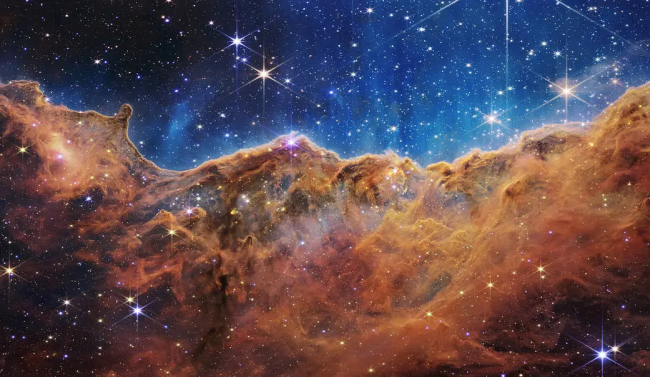
Can dust evaporate in harsh interstellar environments?
Dust represents an important component of the interstellar medium of galaxies and is involved in various physical processes. As a consequence, it is crucial to understand the factors that influence its formation and destruction. In a recent study, a team of scientists led by dr Ambra Nanni of the NCBJ’s Astrophysics Division analysed the effect of photo-evaporation on the survival of dust in the interstellar medium of galaxies.
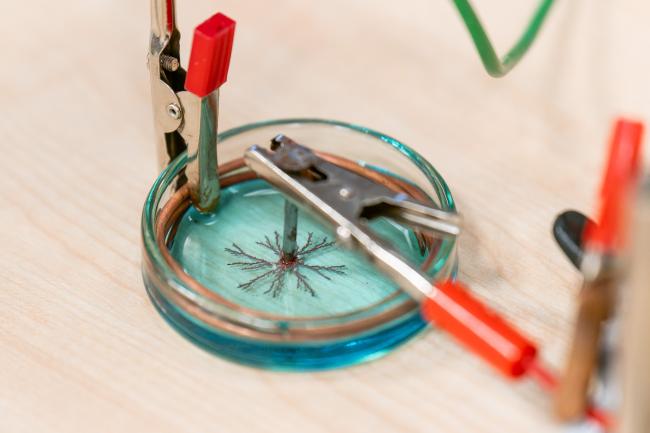
XIX edycja konkursu dla uczniów Fizyczne Ścieżki odkryła nowe talenty
Seminarium kończące tegoroczną edycję Fizycznych Ścieżek odbyło się 19 kwietnia 2024 r. w kompleksie jądrowym Świerk. Wyróżniono m.in. rozważania na temat możliwości naukowego poznania rzeczywistości, komorę do obserwowania promieniowania, samochodzik szybszy niż wiatr oraz badania plam na Słońcu. W konkursie wzięło udział 111 prac uczniów ze szkół w całej Polsce.

Accelerator in search of new cancer therapies
The FLASH therapy may be a promising method of destroying tumours while better preserving healthy cells. An accelerator built at the NCBJ is already supporting research into this treatment modality at the Wielkopolska Oncology Centre.
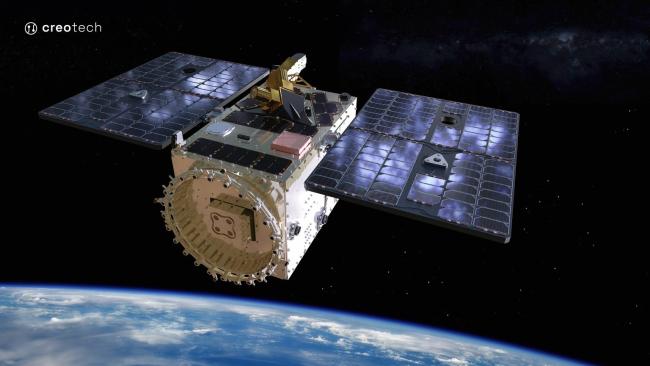
Will the electronics in EagleEye survive the space mission? NCBJ scientists conducted radiation tests of microsatellite systems
Electronic systems that are part of space missions are exposed to ionising radiation, which can cause errors or even permanent damage to the entire system. For this reason, it is important to select components with adequate radiation resistance. In NCBJ, tests were carried out on systems to be used in the Polish EagleEye microsatellite.

Finał XIX edycji konkursu Fizyczne Ścieżki już w najbliższy piątek
Już w najbliższy piątek, 19 kwietnia odbędzie się Seminarium Finałowe kończące XIX edycję konkursu Fizyczne Ścieżki. Uczestnicy zaprezentują najciekawsze spośród 111 zgłoszonych prac w kategoriach: Praca Naukowa, Pokaz Zjawiska Fizycznego oraz Esej.
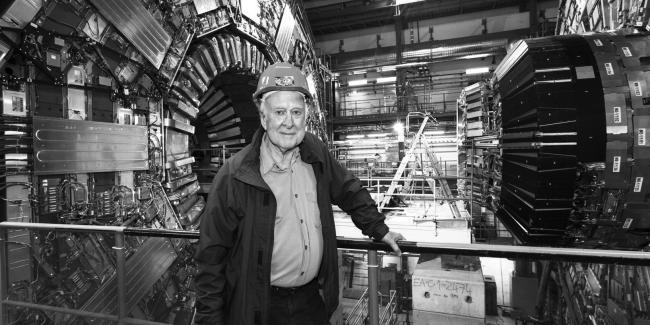
Zmarł prof. Peter Higgs
Z nazwiskiem zmarłego we wtorek Petera Higgsa związana jest tzw. boska cząstka – bozon Higgsa. Bez niej nie wiadomo było, jak wyjaśnić, skąd w teorii oddziaływań elementarnych bierze się masa cząstek - tłumaczy w rozmowie z PAP dyrektor Narodowego Centrum Badań Jądrowych prof. Krzysztof Kurek.

In the Universe, appearance matters: Dusty shapes of colourful galaxies
Can we see what is hidden in a cloud of dust without the aid of infrared vision? Scientists involved in the largest optical survey of the sky this decade, the Legacy Survey of Space and Time (LSST), led by a group from the NCBJ’s Astrophysics Division, in a paper published in April in Astronomy & Astrophysics, propose a novel method to extract information about dust in galaxies without actually observing its infrared light.
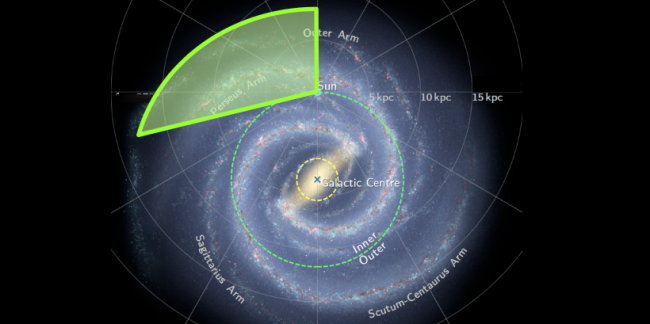
New observations of the outer Milky Way help to understand the star formation process
Having an accurate understanding of the star formation process is essential to comprehend the formation and evolution of galaxies, and this requires to unveil the impact of environment on star formation. In a new study published in Monthly Notices of the Royal Astronomical Society, scientists used a new survey of the outer Galaxy to refine the distance and properties of star-forming clumps and study how star formation behave in comparison with the inner Galaxy.
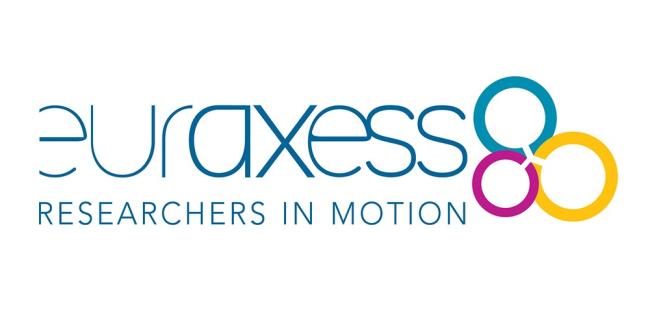
National Centre for Nuclear Research has joined the EURAXESS European network
EURAXESS – Researchers in Motion is a European initiative aimed at helping to develop the careers of researchers wishing to conduct research abroad. The National Centre for Nuclear Research is one of nine Polish institutions that joined the EURAXESS network in March.
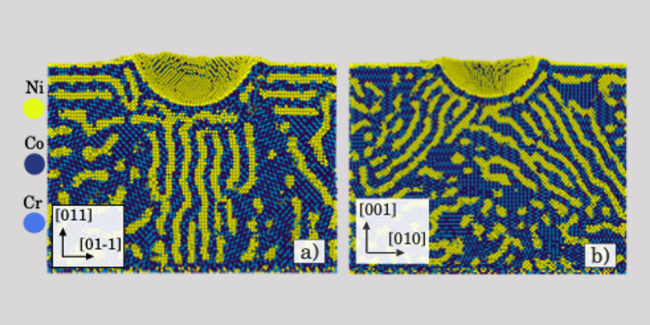
Simulations reveal surprising reorganization of the short-range order in nickel-cobalt-chromium alloys
Scientists from the National Centre for Nuclear Research predict the possibility of chemical short-range ordering manipulation in multicomponent alloys using point pressure on their surface. They created a new type of ordering (density wave ordering) that might be more visible with experimental tools. Efforts are underway to confirm the numerical result experimentally.
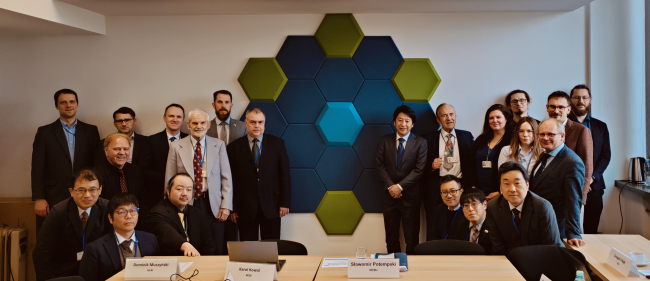
Wizyta japońskich ekspertów technologii HTGR w Polsce
W dniach 11–14 marca 2024 roku odbyła się trzecia wizyta zespołu projektowego z Japonii, która związana była z przekazaniem ostatniej partii dokumentacji technicznej dostarczanej przez JAEA. Spotkanie ekspertów realizowane było w ramach prac nad projektem podstawowym badawczego reaktora wysokotemperaturowego chłodzonego gazem HTGR-POLA. Eksperci odbyli również szereg wizyt technicznych, powiązanych z tematyką wdrożenia i wykorzystania reaktora HTGR w Polsce, m.in. w reaktorze MARIA oraz Laboratorium Badań Materiałowych NCBJ.
Absolwenci programu studiów doktoranckich PHD4GEN w NCBJ otrzymali dyplomy
Dobiegł końca trwający od 2018 roku program studiów doktoranckich „Nowe koncepcje reaktorów i analiz bezpieczeństwa dla polskiej energetyki jądrowej – PHD4GEN”. Absolwenci programu otrzymali dyplomy doktora nauk fizycznych podczas Uroczystej Rady Naukowej NCBJ.
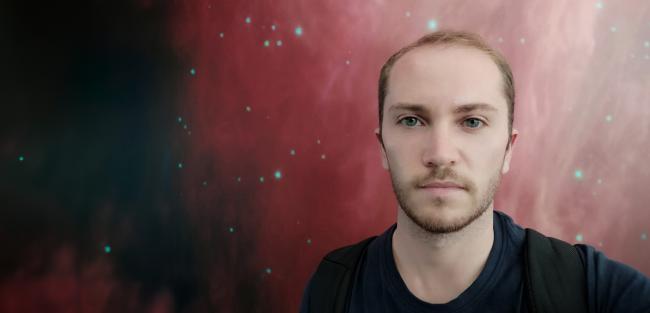
Dr. Michael Romano receives prestigious award from Astronomy & Astrophysics
Dr. Michael Romano, a researcher at the Department of Astrophysics of the National Centre for Nuclear Research (NCBJ), has been honored with the prestigious "Early Career Research Award" by the journal "Astronomy & Astrophysics" (A&A). The "Early Career Research Award" is bestowed annually upon young scientists who have demonstrated exceptional accomplishments in the field of astrophysics.
Uroczysta Rada Naukowa - 6 marca 2024
6 marca 2024 roku w Naradowym Centrum Badań Jądrowych odbyło się uroczyste posiedzenie Rady Naukowej, podczas której zostały przyznane wyróżnienia w trzech kategoriach: naukowo-badawczej, organizacyjno-technicznej, edukacyjnej. Dyrektor NCBJ, prof. dr hab. inż. Krzysztof Kurek wręczył dyplomy nadania stopnia naukowego doktora i doktora habilitowanego oraz wyróżnienia za osiągnięcia instytutu w 2023 roku.
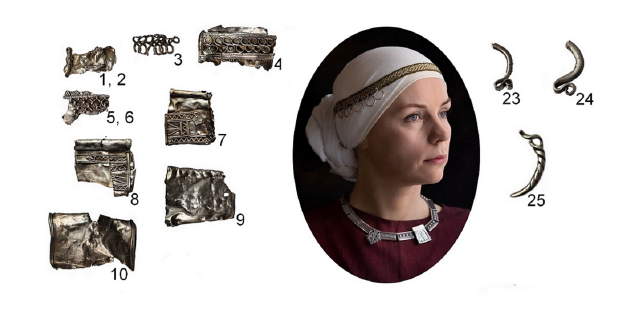
Viking period amulet research reveals ancient trade routes across Poland
With the possibilities of modern material research, the discoveries of archaeologists can provide valuable information. The latest archaeometric analyses of unique artefacts made of silver have not only brought closer the craft techniques of the Viking period, but also indicated possible routes by which goods were transported in the Polish territories.
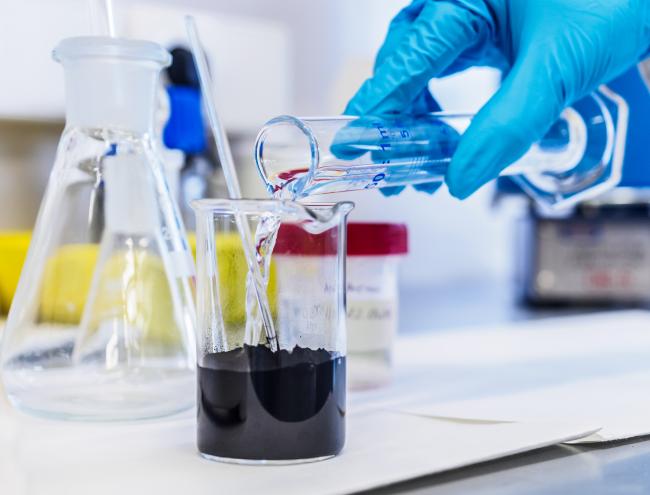
How measure low tritium concentrations in river and marine waters?
Tritium (denoted by 3H or T) is a radioactive isotope of hydrogen that can originate from both natural and anthropogenic sources. Monitoring its concentrations, as the predominant radionuclide in releases from nuclear facilities, is important to ensure that tritium levels are kept within safe limits (consistent with regulations in place to protect human health and the environment). Work on optimising methods in the study of low concentrations of tritium activity in surface waters is being carried out at NCBJ by scientists of the Radiation Protection Measurements Laboratory
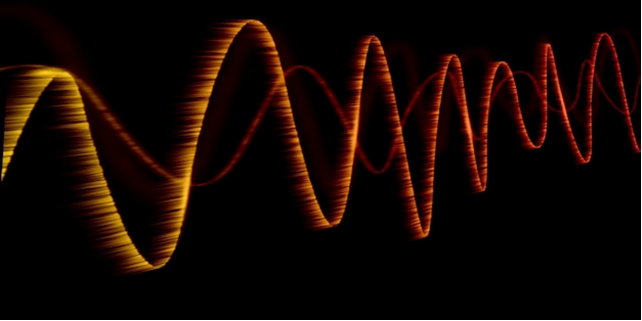
W NCBJ odbyło się spotkanie inauguracyjne projektu WEKTOR
26 lutego w Narodowym Centrum Badań Jądrowych (NCBJ) odbyło się spotkanie inauguracyjne projektu „Wykrywanie i zwalczanie bezpilotowych statków powietrznych (BSP) za pomocą mikrofalowego generatora impulsowego wysokiej mocy (HPM) z emisją kierunkową WEKTOR”. W spotkaniu wzięli udział przedstawiciele konsorcjum, odpowiedzialni za realizację poszczególnych jego części.
Kolejna wizyta zespołu projektowego HTGR-POLA w Japonii
W dniach 13–16 lutego 2024 roku odbyła się trzecia wizyta zespołu projektowego Zakładu Energetyki Jądrowej i Analiz Środowiska NCBJ w Japonii, związana z odbiorem kolejnej partii dokumentacji technicznej dostarczanej przez JAEA. Spotkanie ekspertów realizowane było w ramach prac nad projektem podstawowym badawczego reaktora wysokotemperaturowego chłodzonego gazem HTGR-POLA. W ramach wyjazdu odbyły się również dwie wizyty techniczne, w fabryce paliwa jądrowego oraz w fabryce grafitu. Celem wizyty była dyskusja na temat rozwiązań technicznych dla badawczego HTGR i nawiązanie kontaktu z przedstawicielami łańcucha dostaw elementów wewnątrzreaktorowych dla projektowanego reaktora.
Aktualizacja: NCBJ dla WOŚP - Najmniejsze serduszko wystawione na aukcję!
Najmniejsze serduszko WOŚP w historii, element logotypu 32. Finału WOŚP "wyrzeźbionego atomami" techniką FIB w srebrnym serduszku, podbiło serca licytujących w całej Polsce. Z przyjemnością informujemy, że podczas licytacji udało się zebrać kwotę 4371 zł. Zwycięzcy aukcji otrzymali srebrne serce i oprawione zdjęcie SEM maleńkiego emblematu z rąk dyrektora M. Kardasa w dniu 14 lutego 2024r.
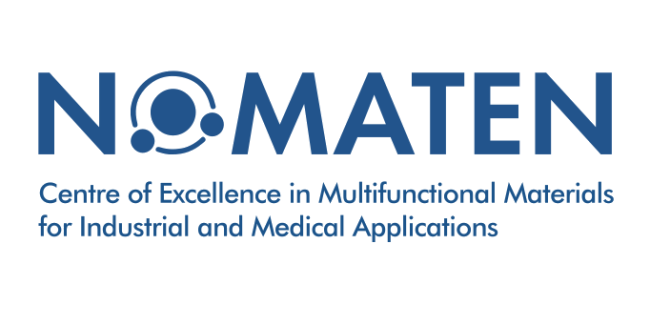
NCBJ has signed an agreement with the Ministry of Education and Science on support for the NOMATEN Centre of Excellence
In December 2023, the National Centre for Nuclear Research signed an agreement with the Ministry of Education and Science. It concerns support for the NOMATEN Centre of Excellence operating at the NCBJ, for years 2024 to 2026.
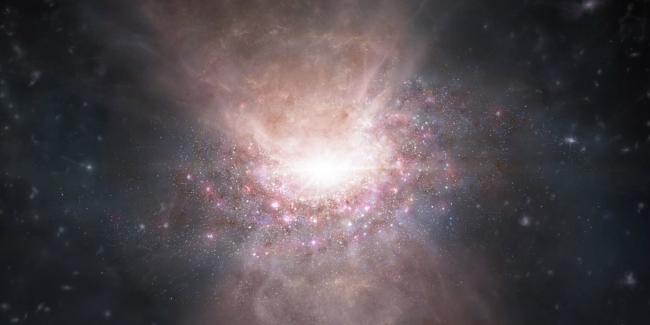
Gas on the run – ALMA spots the shadow of a molecular outflow from a quasar when the Universe was less than one billion years old
Theoretical predictions have been confirmed with the discovery of an outflow of molecular gas from a quasar when the Universe was less than a billion years old. The results obtained from the observations of the ALMA telescope are of great importance for understanding the processes of star formation in galaxies. Dr. Darko Donevski from the NCBJ Astrophysics Division participated in the work of the research team.
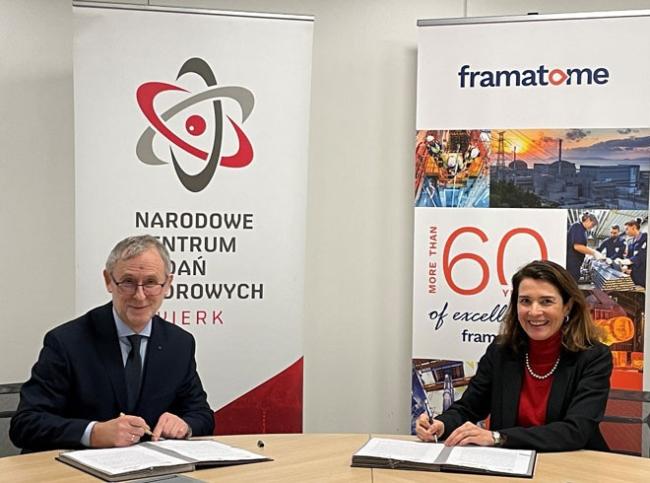
Framatome and National Centre for Nuclear Research to collaborate on education
Framatome announced the signing of a Memorandum of Understanding (MOU) with the National Centre for Nuclear Research (NCBJ) to explore and pursue collaborative opportunities in nuclear education and research.
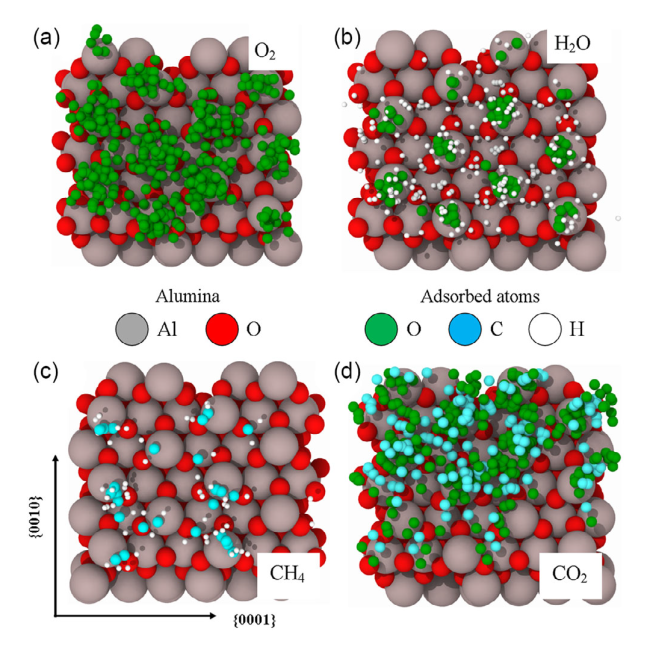
Simulations help understand adsorption of molecules on α-alumina surface
α-alumina, one of the forms of aluminum oxide, is a widely used ceramic material, partly for its adsorption capacity. The understanding of this mechanism has been advanced by recent studies using state-of-the-art DFT calculations carried out by NOMATEN scientists at the NCBJ, which were highlighted on the cover of a special issue of the journal Physica Status Solidi B.
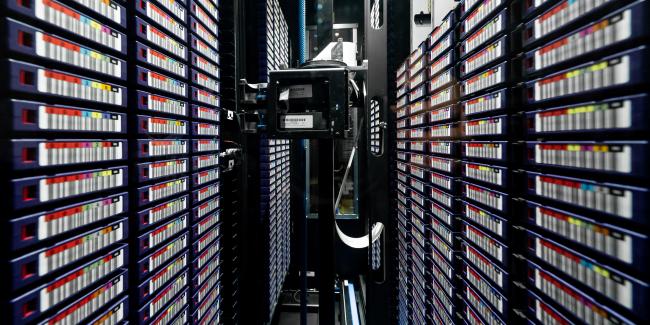
CIŚ achieves Tier 1 status for the LHCb experiment at CERN
The Świerk Information Center (CIŚ) the National Centre for Nuclear Research (NCBJ) has officially achieved Tier 1 status in the Worldwide LHC Computing Grid (WLCG). This milestone establishes it as a network node for operational data production at the Large Hadron Collider (LHC) in CERN.
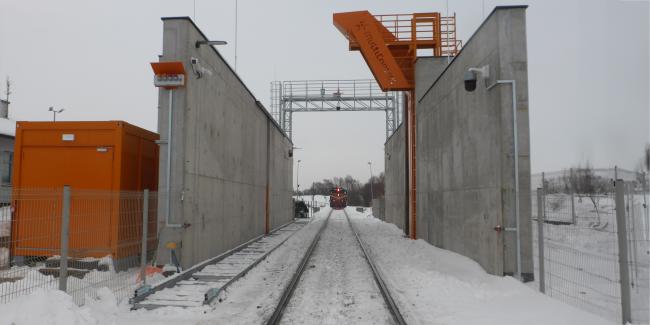
Polish border protected even better
A third comprehensive X-ray scanner for non-intrusive inspection of large-scale goods for the detection of threats or smuggling attempts has been delivered to the Polish border. The new MultiControl CanisMatic Rail device will operate at the Hrubieszów railway border crossing. Like the two previous devices already operating in Kuźnica Białostocka and Korsze, it is the work of the Polish company MultiControl sp. z o.o., and was created thanks to advanced NCBJ technology.
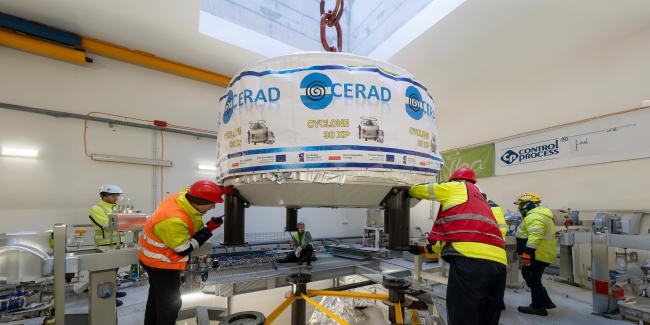
The CERAD cyclotron has arrived in Świerk
The CERAD cyclotron, designed and built by the Belgian company IBA (Ion Beam Applications S.A.), has been installed at the National Centre for Nuclear Research (NCBJ). The cyclotron will accelerate protons and alpha particles to an energy of 30 MeV and deuterons to an energy of 15 MeV. By bombarding appropriately selected targets with these particles, it will be possible to produce radionuclides such as 89Zr or 211At, which have not been produced at NCBJ to date and have not been widely available in Poland. Thanks to the new device in Świerk, it will be possible to conduct research on new radiopharmaceuticals, in particular those that will be specially designed for the needs of individual patients.
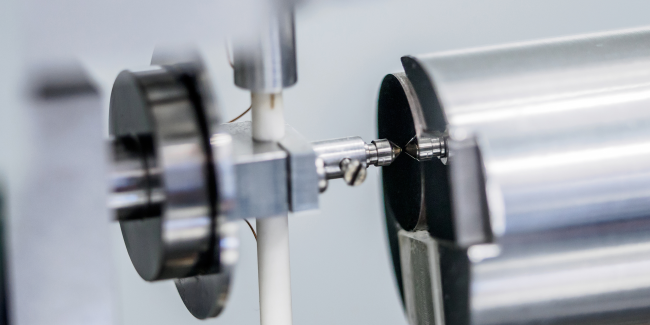
Nuclear Fuel Cladding Research - Collaboration with South Korea
In early December, the ATF Cladding project, jointly submitted by scientists from Poland and South Korea, was approved for implementation. The National Centre for Nuclear Research (NCBJ) represents the Polish side, while the consortium includes Seoul National University, the Korean Atomic Energy Research Institute, and DAEKYUNG TECH & TESTERS on the Korean side. The aim of the project is to perform a detailed study on the structural stability and associated changing functional properties of a new type of fuel cladding jackets coated with a protective layer, designed for nuclear reactors. These materials will enhance the tolerance to nuclear events of such components and are called Accident Tolerant Fuel.
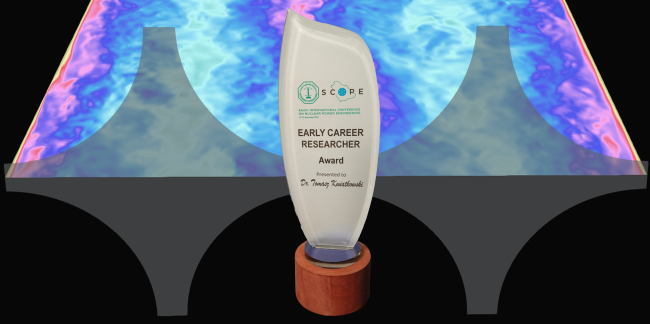
Knowledge of cooling: crucial for nuclear reactor design
A comprehensive methodology for computational fluid dynamics (CFD) has been developed in research conducted at the National Centre for Nuclear Research to accurately model turbulent flow and heat exchange phenomena in tightly packed fuel assembly geometry. These efforts were recognized at the international SCOPE conference.
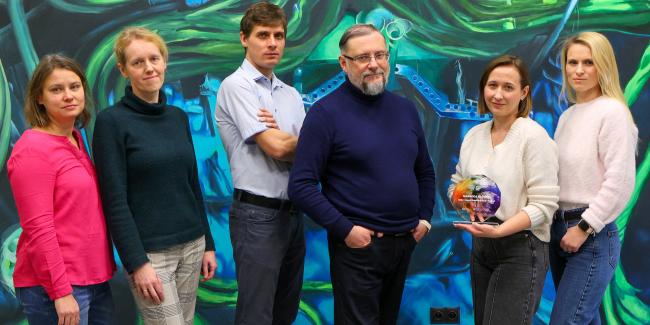
The Science Popularizer Main Award goes to the Education and Training Division
The Main Prize in the 19th edition of the Science Popularizer competition was awarded to the Education and Training Division Team at NCBJ. The award was given "For their longstanding contributions to popularizing knowledge about ionizing radiation, radioactivity, nuclear energy, and natural radioactivity. These efforts are of particular significance in the context of implementing Poland's energy transformation program." The competition has been organized for almost 20 years by the Polish Press Agency. In previous years, the institute and its employees have been nominated and awarded multiple times.
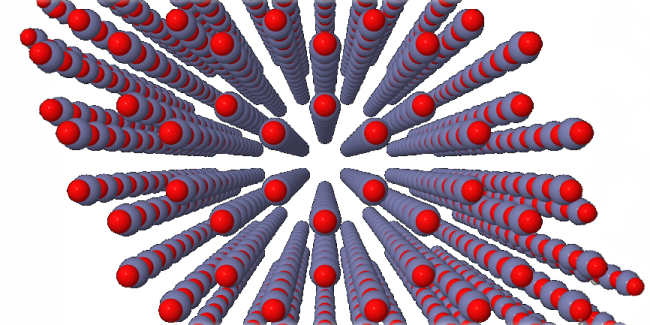
The McChasy code aids in the study of defects in semiconductors for special applications
Defects in the crystal structure of semiconductors used in space and nuclear industry can have an impact on the functioning of devices built with them. A master's student from Instituto Superior Técnico in Portugal, in collaboration with NCBJ scientists, investigated defects that arise in gallium nitride when bombarded with argon. The use of the McChasy computer program developed in Świerk was a crucial aspect of the research.
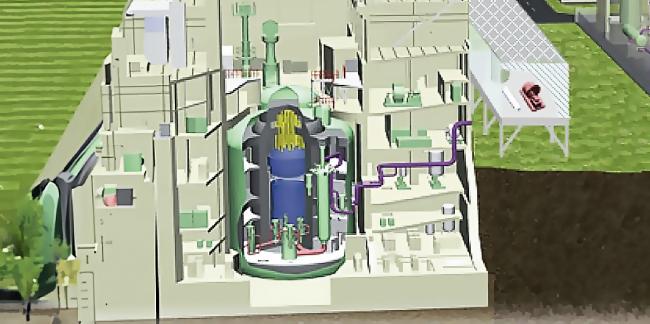
The Ministry of Climate and Environment has signed an agreement with Japan for cooperation in the field of High-Temperature Gas-Cooled Reactors (HTGR)
The ceremony for the signing of the Polish-Japanese Memorandum of Cooperation (MoC) in the field of High-Temperature Gas-Cooled Reactors (HTGR) between the Ministry of Climate and Environment and the Japanese Ministry of Education, Culture, Sports, Science, and Technology (MEXT) took place on November 16th, 2023. NCBJ is the main implementing institution of the agreement on the Polish side.
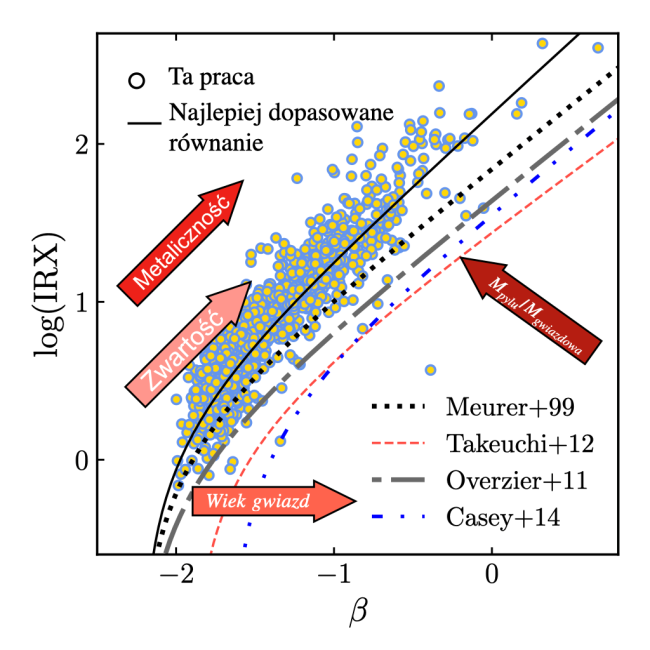
Midlife Crisis of the Universe: Galaxies’ interactions did not affect interstellar dust
A new study has shed light on the intricate cosmic dance between interstellar dust in galaxies, properties of galaxies, and their environments. For a very long time, the relations between dust and the galaxies was investigated. However, the link between dust properties and the neighborhood of galaxies was poorly understood. In the newest work published in Astronomy&Astrophysics, the scientists studied the relationship between the amount of stellar light absorbed by dust, and the environments of galaxies.
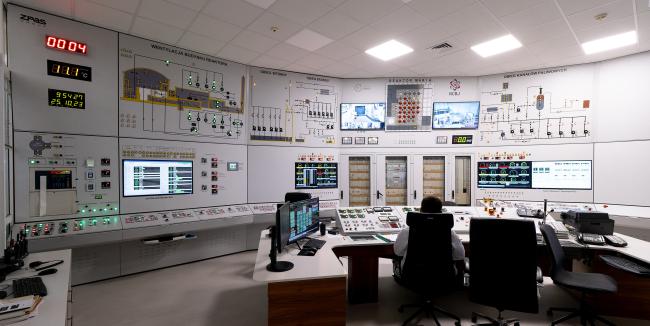
MARIA returned to work
On October 27, after a modernization break, the MARIA research reactor resumed operation. Thus, the long-awaited production of radioisotopes began again, mainly for medical purposes. In a special letter, the director of NCBJ thanked the people involved in the complex modernization works.
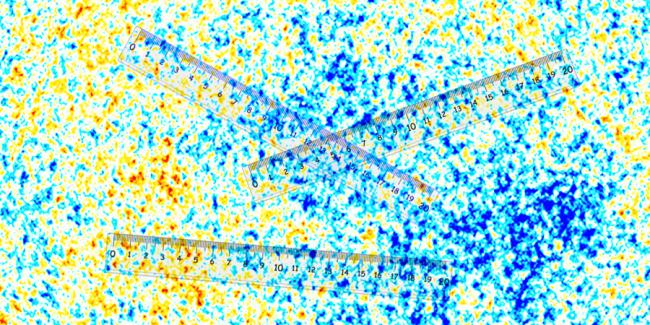
Neutrinos could be the key to understanding dark matter
The team of researchers from France, Poland, and the United Kingdom has proposed a new hypothesis suggesting that interactions between dark matter and neutrinos could shed light on certain anomalies in the distribution of the cosmic microwave background radiation. The details of the analysis have been described in articles published in the prestigious scientific journals, Monthly Notices of the Royal Astronomical Society: Letters and Physics of the Dark Universe.
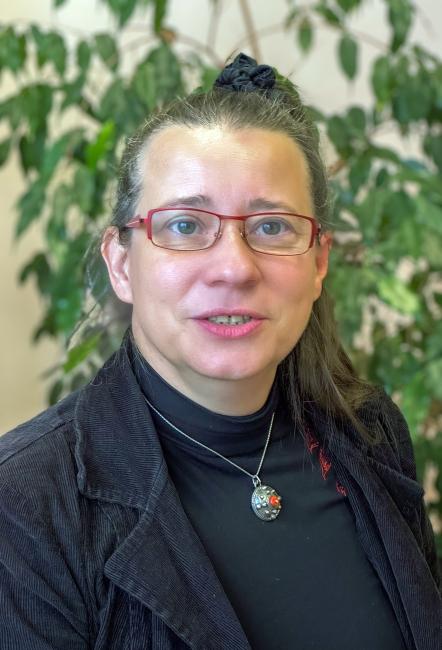
Professor Agnieszka Pollo has taken the position of Deputy Director for Science at NCBJ
On October 16, 2023, a change took place in the position of Deputy Director for Science at NCBJ. The former director, Professor Ewa Rondio, passed on her duties to Professor Agnieszka Pollo, an astrophysicist who has been successfully leading the rapidly developing Department of Astrophysics.
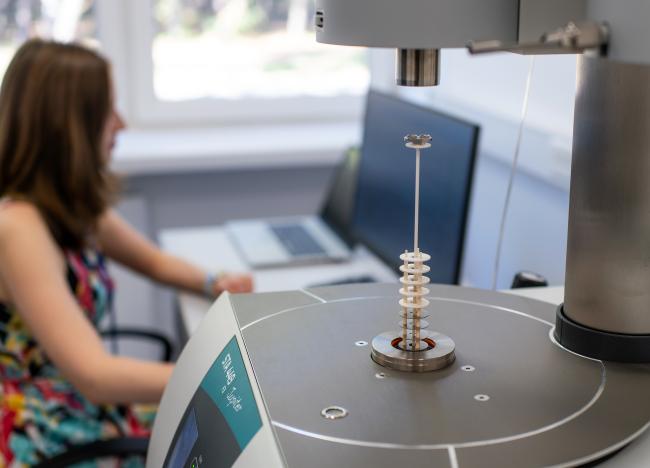
NCBJ Materials Research Laboratory prepared to test the construction materials of the HTGR reactor
Scientists and Engineers of the NCBJ Materials Research Laboratory specialize in analyzes of mechanical, structural and thermal properties and non-destructive tests of modern materials intended for use in Generation IV nuclear reactors. The recently completed modernization of the Laboratory will allow for testing and certification of materials that will be used to construct the first Polish high-temperature gas-cooled reactor – HTGR.
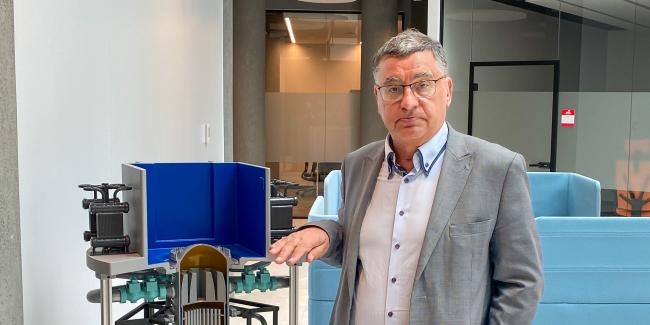
Professor Gudowski received the Eagle award of the weekly "Wprost"
On September 23, during the conference in Warsaw entitled "Directly (wprost) about science. From basic research to development work. The Polish system of higher education and science in the era of modern challenges. Prospects, opportunities, challenges", prof. Wacław Gudowski from the National Center for Nuclear Research received the Eagle "Wprost" award in the "Business and science" category. The award was granted for outstanding scientific achievements and teaching activities in the field of nuclear energy, as well as for involvement in the development of scientific cooperation between Poland and Sweden.
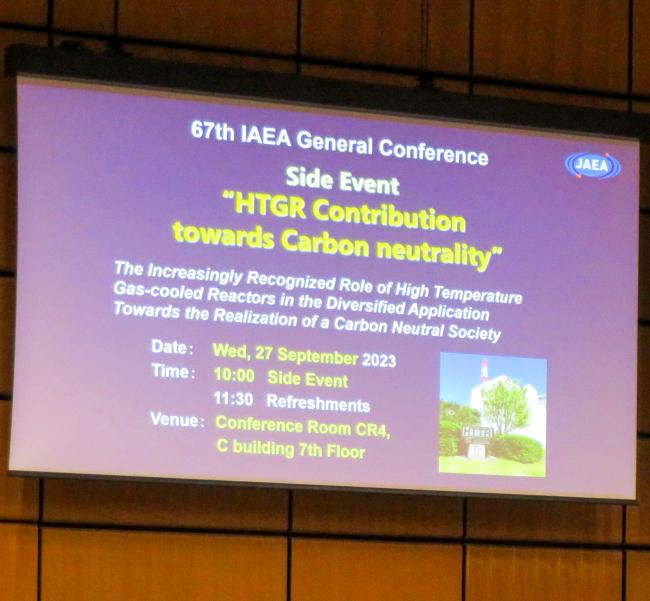
HTGR-POLA research reactor presented during the 67th IAEA General Conference
The conceptual design of the Polish high-temperature gas-cooled reactor (HTGR-POLA), presented in June in Warsaw, was presented last week (September 27) at the international nuclear forum, at the annual general conference of the International Atomic Energy Agency in Vienna.
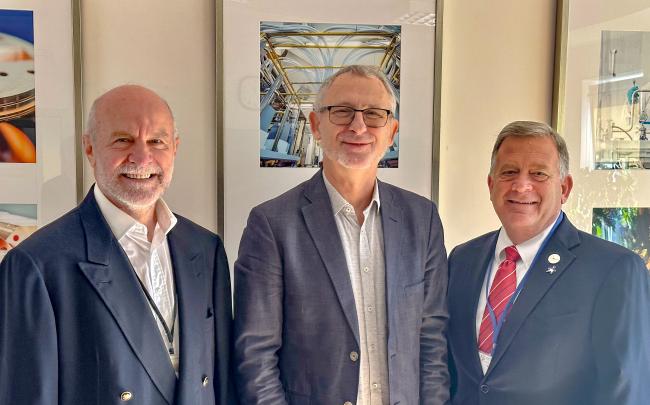
NRC delegation visit
On September 26, 2023, NCBJ was visited by Mr. David Austin Wright, Commissioner of the NRC - the American Nuclear Regulatory Commission. The guest was accompanied by representatives of the Commission and the US Embassy in Warsaw, including the deputy head of mission, Mr. Daniel J. Lawton. The guests met with the Institute's management, learned information about our main research priorities and visited the MARIA reactor.
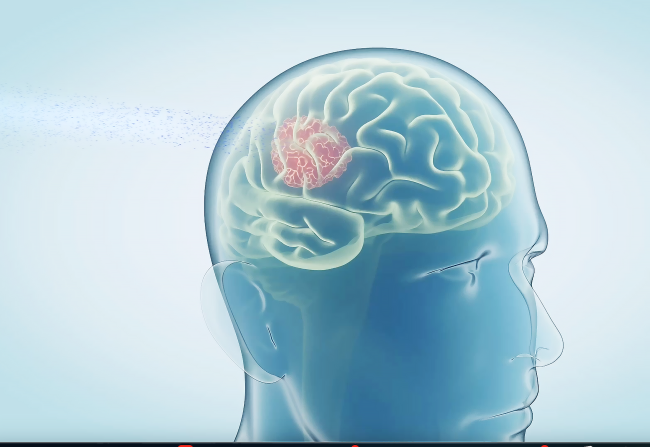
Appropriate amino acids can improve the effectiveness of therapy for hard-to-reach cancers
In the study, the results of which have just been published in the journal "Molecules", scientists have shown that exposing non-small cell lung cancer cells to appropriately selected amino acids can increase the effectiveness of radiotherapy based on local emission of alpha radiation by neutron-activated boron. The so-called BNCT therapy is mainly used to treat particularly sensitive organs, e.g. the brain. The first author of the work is a doctoral student of RadFarm studies conducted at NCBJ.
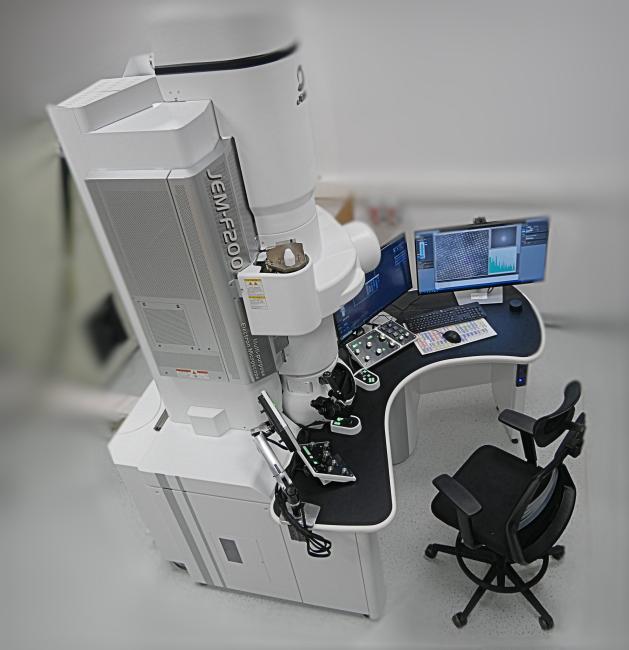
NCBJ scientists study the structure of materials using a new microscope
Material Research Lab and NOMATEN Centre of Excellence study and test, among other things, structural materials and their combinations, using modern, specialised analysis equipment. The laboratories’ research infrastructure now includes a recently launched transmission electron microscope.
![Zdjęcie: Artystyczna interpretacja odpływów galaktycznych. Aktywność gwiazdotwórcza może skutkować powstawaniem potężnych wiatrów (odpływów), które są w stanie przenosić gaz na bardzo duże odległości, aż do przestrzeni międzygalaktycznej. Linie emisyjne [CII] 158 μm wyraźnie wskazują na odpływ gazu atomowego. Źródło: ESA/Hubble, ESO/L. Calçada, M. Romano. Zdjęcie: Artystyczna interpretacja odpływów galaktycznych. Aktywność gwiazdotwórcza może skutkować powstawaniem potężnych wiatrów (odpływów), które są w stanie przenosić gaz na bardzo duże odległości, aż do przestrzeni międzygalaktycznej. Linie emisyjne [CII] 158 μm wyraźnie wskazują na odpływ gazu atomowego. Źródło: ESA/Hubble, ESO/L. Calçada, M. Romano.](/sites/default/files/styles/max_650x650/public/2023-10/press_image_pol.png?itok=0GkUnI74)
Galactic outflows drive the evolution of dwarf galaxies
Stellar feedback is expected to play a key role in regulating the evolution of low-mass galaxies by producing galactic-scale winds (also known as outflows) that push the gas away from the interstellar medium, eventually preventing from the formation of new stars. In this respect, an international team of astronomers led by NCBJ scientist, have published a work on the Astronomy & Astrophysics journal addressing the impact of galactic outflows on the baryonic cycle of nearby dwarf galaxies
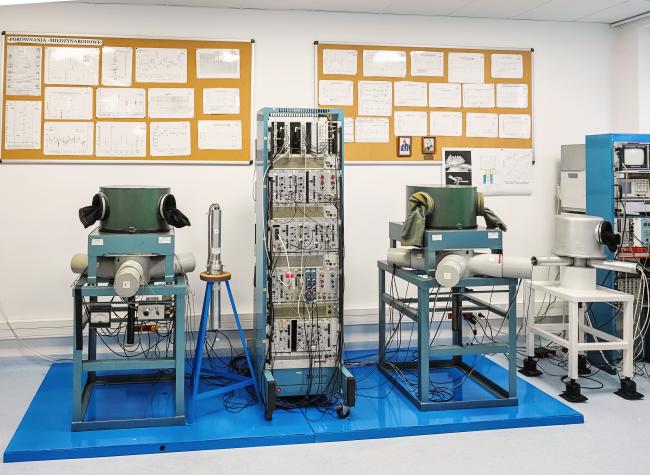
The laboratory at NCBJ, which is a real "standard"
Part of the POLATOM Radioisotope Center operating at NCBJ is the Radioactivity Standards Laboratory (LWR – Laboratorium Wzorców Radioaktywności) accredited by the Polish Center for Accreditation. The technical competence of LWR employees is confirmed by the fact that the laboratory is the depositary of the State Standard for the Unit of Measurement of Radionuclide Radioactive Activity. Employees devote a significant part of their time to monitoring the activity and level of radioactive contamination (radionuclide purity) of radiochemical preparations and radiopharmaceuticals produced in OR POLATOM. They also calibrate dozens of activity meters located in hospitals and diagnostic centers throughout Poland. Scientific and research work is also carried out at LWR. The latest published results concern precise measurements of the activity of 177Lu and 225Ac solutions and the half-life of these radionuclides.
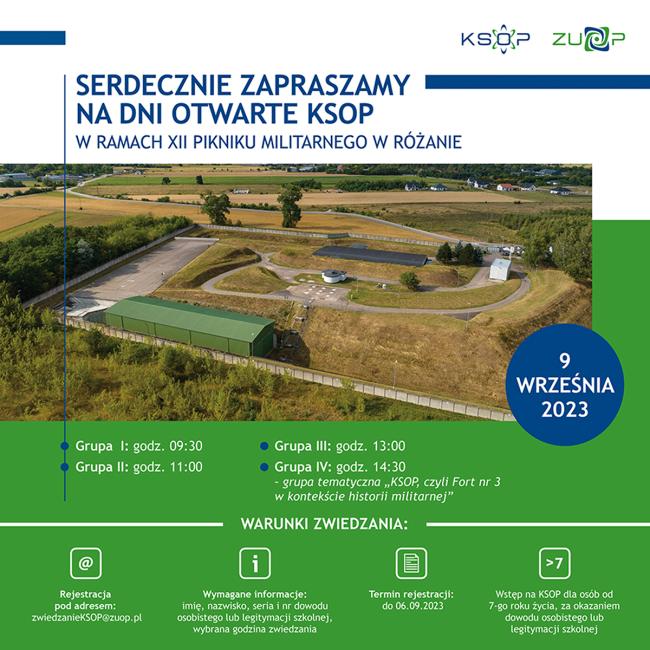
Krajowe Składowisko Odpadów Promieniotwórczych zaprasza na dzień otwarty
9 września (sobota) Krajowe Składowisko Odpadów Promieniotwórczych (KSOP) w Różanie będzie otwarte dla zwiedzających. To nietypowa okazja, żeby zobaczyć obiekt, który zazwyczaj jest niedostępny dla osób postronnych.
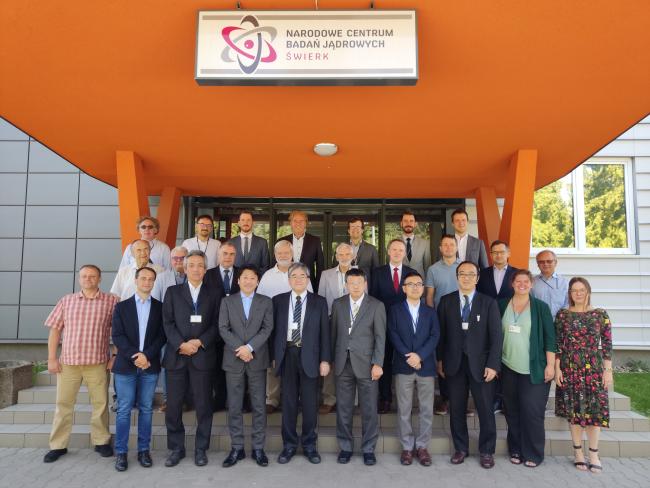
The next stage of cooperation between NCBJ and JAEA on the HTGR-POLA reactor project
On August 21-23, 2023, a meeting was held at NCBJ as part of work on the preparation of the basic research project of the high-temperature gas-cooled reactor HTGR-POLA (High Temperature Gas-cooled Reactor - POLski Atomowy). This was the next stage of reviewing the documentation provided by JAEA (Japan Atomic Energy Agency) under the contract concluded in March 2023 for cooperation in the preparation of the design of this reactor. The purpose of the talks was also to adapt the documentation provided to the requirements set by the Polish design team and to adapt the reactor design to the research, experimental and application requirements of the HTGR reactor for NCBJ and the Polish market.
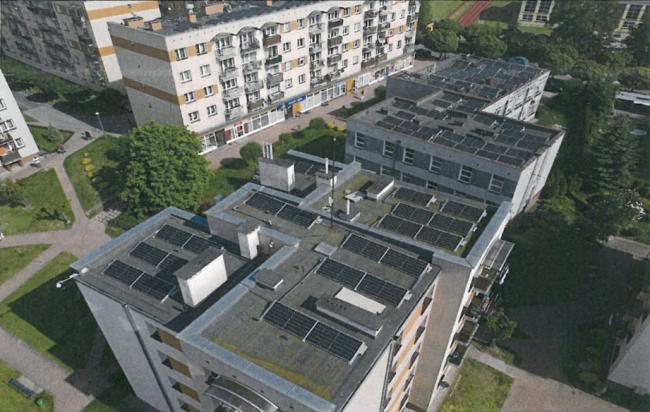
The first collective prosumer in Poland is already operational!
In recent years, the popularity of individual energy production using renewable energy sources has been growing rapidly. At the beginning of July this year, the first collective prosumer in Poland began operating. This was made possible by cooperation in which the Interdisciplinary Department of Energy Analysis (IDEA), which is part of the National Centre for Nuclear Research, participated.
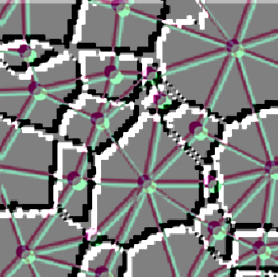
Machine learning helps understand the behavior of magnesium alloys
Machine learning was used to map the distribution of dislocations in Mg alloys and predict their mechanical properties. A group of scientists from Finland, Spain, and NCBJ trained a deep learning model on a dataset of electron backscatter diffraction (EBSD) images of Mg alloys with different dislocation densities. This could lead to the development of novel materials with optimized mechanical properties. Their paper appeared in the July issue of Nature Scientific Reports.
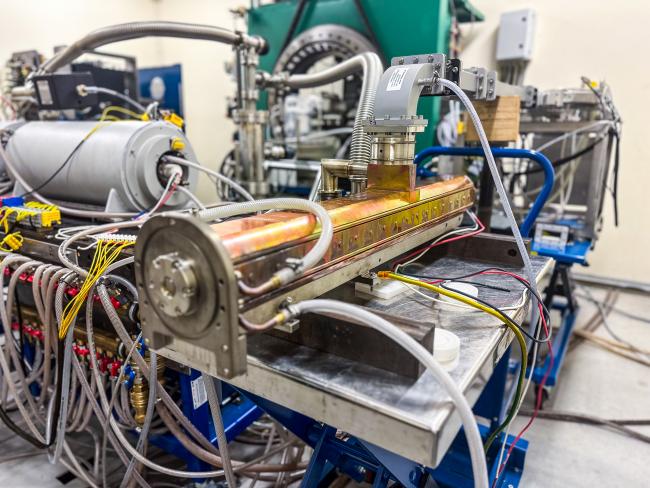
NCBJ is building a station generating an ultra-high dose electron beam (FLASH)
At the NCBJ Nuclear Equipment Department, with the participation of the NCBJ Nuclear Equipment and Techniques Department, the accelerator structure for the new FLASH therapy research station was designed and built. The pioneer stand is to use the construction of the AQURE medical accelerator and is ultimately to operate at the WCO in Poznań.
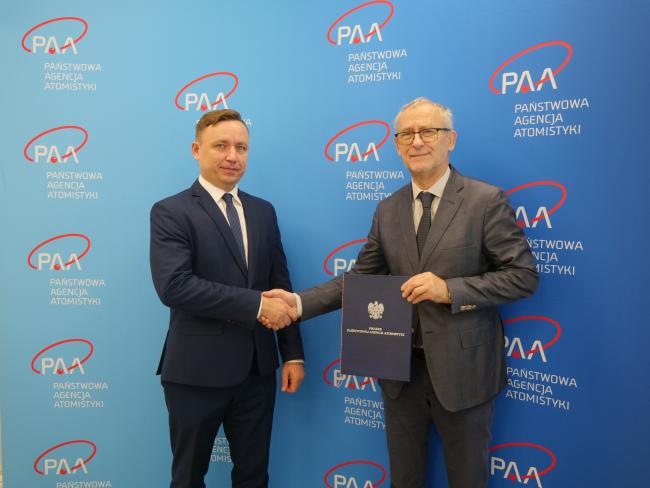
PAA authorization – The first step of NCBJ to fulfill the role of TSO
NCBJ has been authorized by the National Atomic Energy Agency, which will allow the institute to support the activities of the Agency’s President in the field of safety of nuclear power plants and nuclear physics in practical applications. At the current stage, these tasks will be primarily related to the processes of licensing future power plants and supervision over their construction.
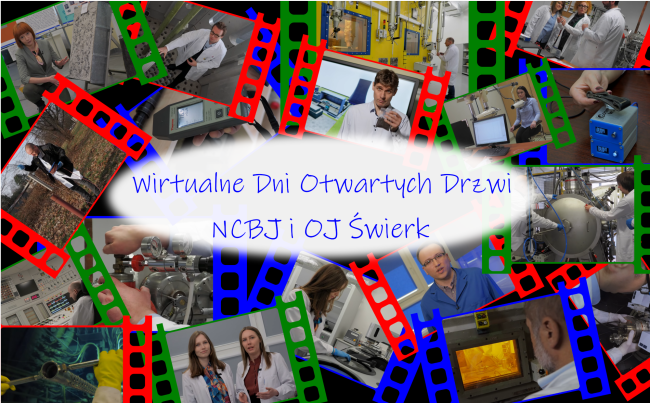
The full series of films „Virtual Days of Open Doors NCBJ and OJ Świerk” is now available
Today at 3 p.m. the premiere of a film about the work of the HITEC Nuclear Equipment Plant and the Department of Physics and Particle Acceleration Technology. It will be the tenth and last film published as part of the Virtual Days of Open Doors project of the National Center for Nuclear Research and OJ Świerk. We warmly invite you to see all the realizations!
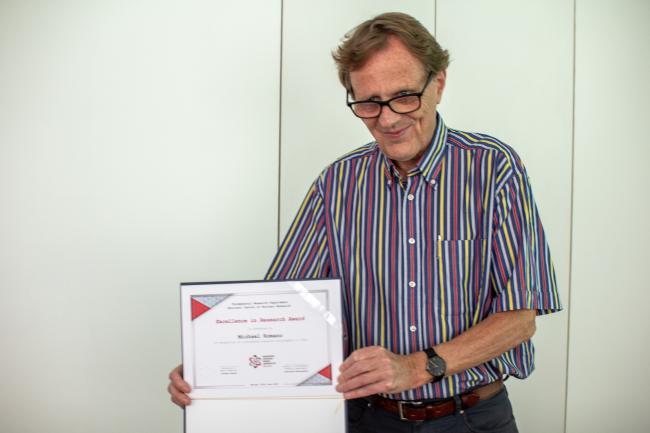
Annual Awards Presented by the Fundamental Research Department of NCBJ
On June 26, 2023, a Special Colloquium was held, during which awards were presented for the best research and popularization activities in 2022 at the Fundamental Research Department. The winners were Prof. Michał Bluj, a team consisting of Prof. Paweł Ziń and Dr. Maciej Pylak, Dr. Michael Romano, and Prof. Jerzy Kowalski-Glikman and Dr. Miguel Figueira
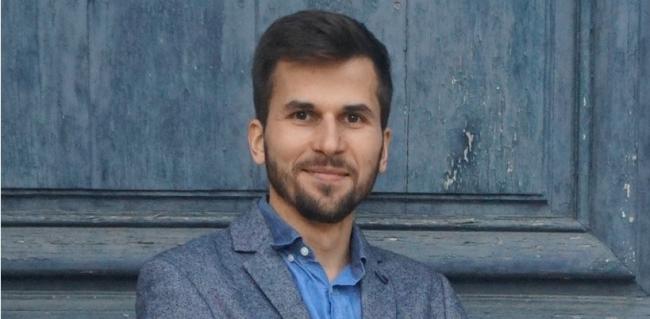
Nagroda 2023 Paul Phelps Continuing Education Grant dla pracownika NCBJ
Dr inż. Tomasz Rajkowski z Zakładu Elektroniki i Systemów Detekcyjnych NCBJ został laureatem nagrody Paul Phelps Continuing Education Grant, przyznawanej corocznie przez Radiation Effects Committee w IEEE Nuclear and Plasma Sciences Society. Nagroda pozwoli naukowcowi na wzięcie udziału w szkoleniu podczas międzynarodowej konferencji NSREC 2023.
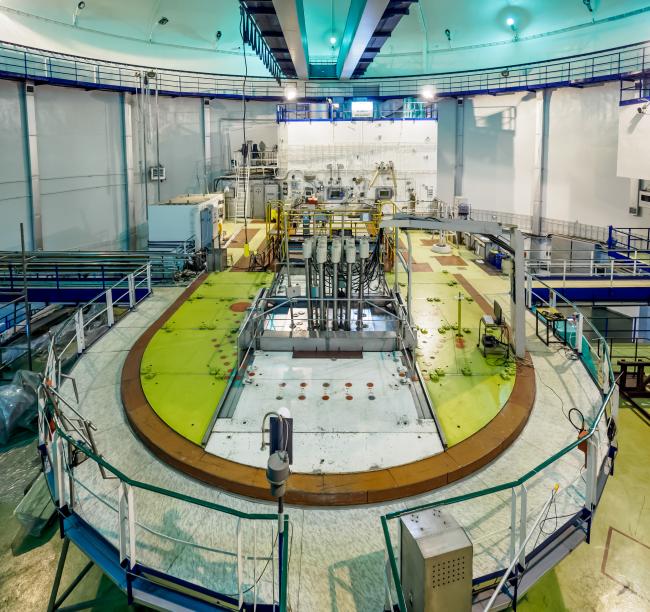
The government adopted a resolution on the project to modernize the MARIA nuclear research reactor
On Tuesday, June 20, a resolution was adopted on a multi-year program called "Program for the modernization of the MARIA nuclear research reactor". The cost of the project will be approximately PLN 91.7 million and will allow the reactor to be operated after 2027. Thanks to the reactor, Poland is at the forefront of the global radiopharmaceutical sector, covering the vast majority of the needs of nuclear medicine in Poland, as well as exporting its products around the world. Radioisotopes produced in the reactor provide Poles with access to cancer imaging and treatment at prices lower than foreign alternatives.
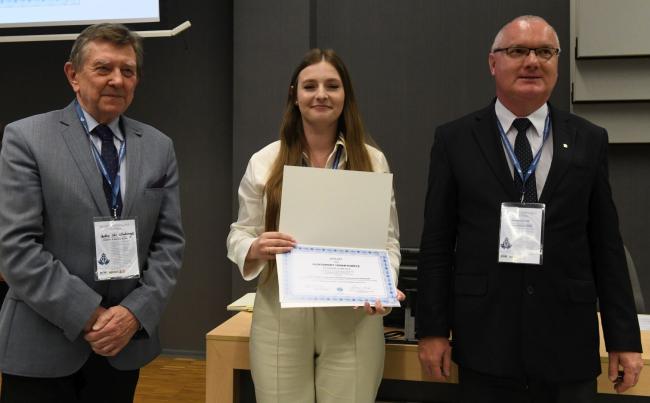
Article about FLASH appreciated by SEP
Promising results of the first studies and tests of radiotherapy using ultra-high FLASH dose rates mean that interest in this technique is constantly growing. Research in this field is appreciated, as confirmed by the award received recently for an article on FLASH therapy by scientists from the NCBJ Nuclear Equipment Department.
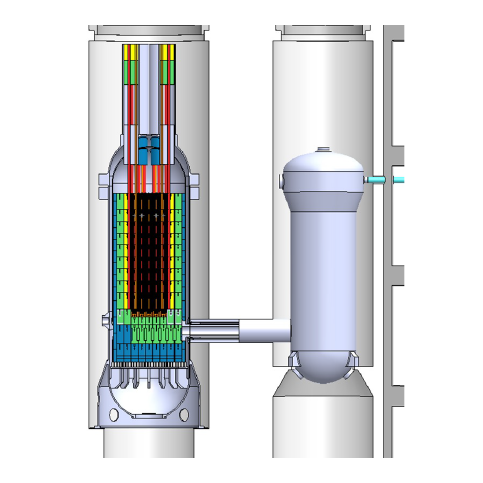
Concept design of the HTGR-POLA research reactor
On June 12, at a conference organized by the Polish Union of Entrepreneurs and Employers, the conceptual design of a new Polish high-temperature research reactor developed at NCBJ was presented to the public for the first time. The helium-cooled reactor will provide 30 MW of thermal power, and the helium temperature at the outlet of the primary cooling circuit will reach 750 ⁰C.
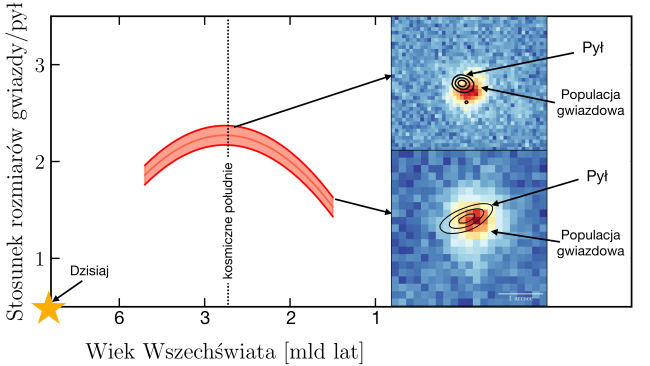
Unveiling the hidden stars: ALMA Shines a Light on Dust Attenuation
Interstellar dust is a key component in galaxies. It favors star formation and drives the chemistry and physics of the interstellar medium. However, it hides the majority of stars in a way that it is impossible to observe them. Astrophysicists use dust attenuation laws that would uncover these hidden stars by reverse-engineering the light from galaxies to quantify how many stars are there.
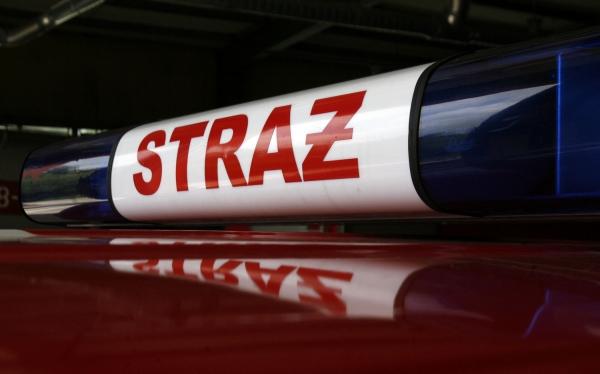
14-15.06.2023 - Ćwiczenia Straży Pożarnej w Świerku
W dniach 14-15 czerwca 2023 odbywają się ćwiczenia Straży Pożarnej w Świerku. Może wystąpić wzmożony ruch pojazdów służb ratowniczych na drogach dojadowych do Ośrodka.
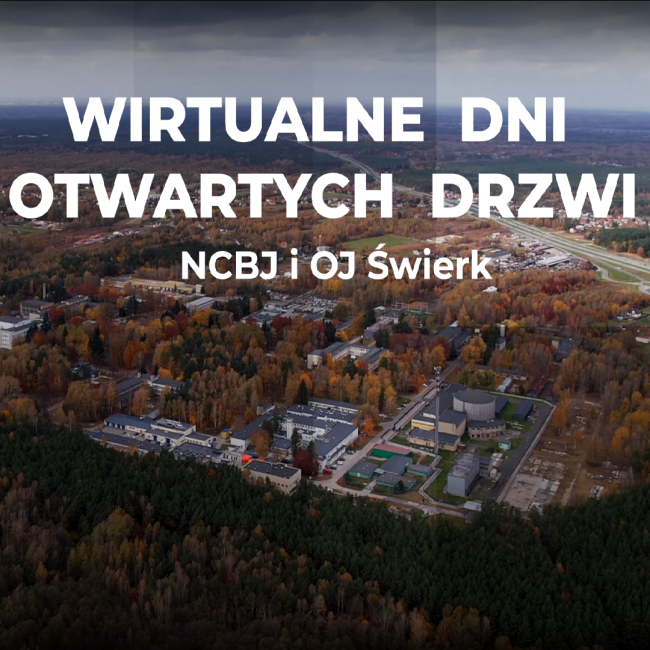
Zapraszamy do wirtualnego zwiedzania!
Nie każdy może zwiedzić NCBJ osobiście, ale już teraz niemal każdy będzie mógł zrobić to „wirtualnie”! Wystarczy dostęp do Internetu. Zapraszamy do wirtualnego zwiedzania NCBJ i OJ Świerk!
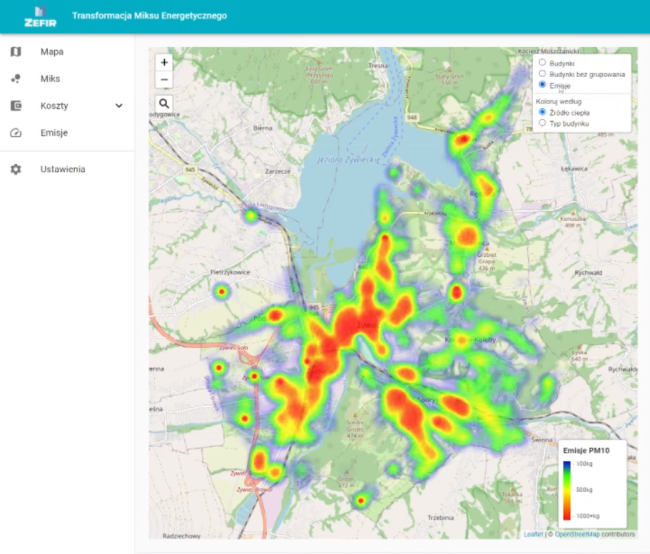
Optimal mix in the „Energy Transformation Observatory” project
Carrying out an effective energy transformation requires, among others: comprehensive monitoring of the progress of its implementation, which must be based on current and reliable data analyses. Such activities will be carried out at NCBJ as part of the „Energy Transformation Observatory” project that is just starting.
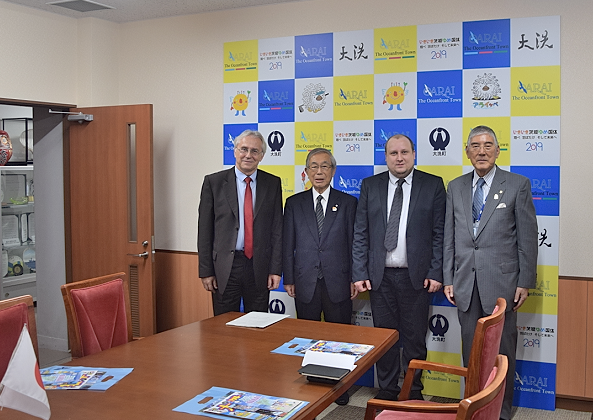
W ramach współpracy NCBJ z JAEA, wysokotemperaturowa sonda materiałowa JMTR trafiła do reaktora MARIA
Współpraca NCBJ z JAEA (Japan Atomic Energy Agency) realizowana jest już od ponad 10 lat. Obok dużych przedsięwzięć, jak działania w obszarze wysokotemperaturowych reaktorów chłodzonych gazem (HTGR), od kilku lat rozwijane są projekty pozwalające na pełniejsze wykorzystanie możliwości reaktora MARIA. Najnowszy z nich dotyczy wysokotemperaturowych sond materiałowych typu JMTR.
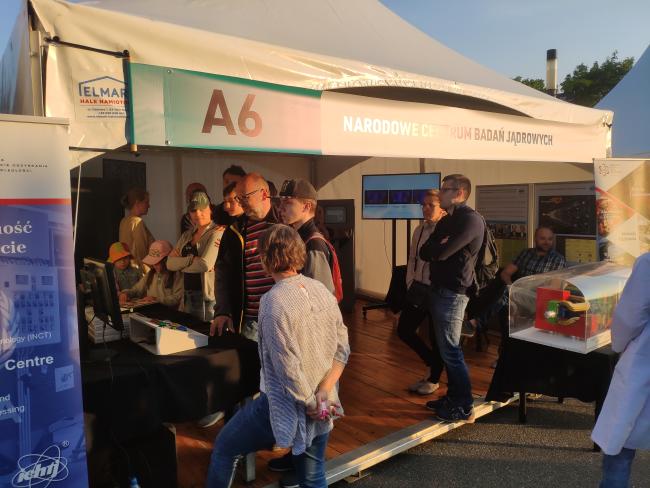
NCBJ ponownie gościło na Pikniku Naukowym Polskiego Radia i Centrum Nauki Kopernik
W sobotę, 27 maja miał miejsce 26. Piknik Naukowy Polskiego Radia i Centrum Nauki Kopernik. Motywem przewodnim tegorocznej edycji były „Rewolucje naukowe”. Tradycyjnie, Dział Edukacji i Szkoleń NCBJ również przygotował swoje stoisko.
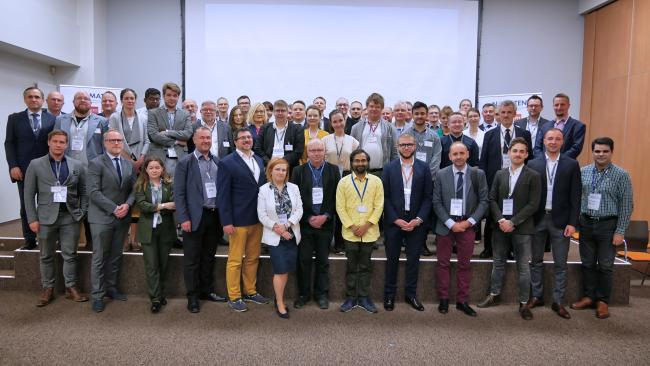
Zakończyły się Dni Innowacji NOMATEN
Dni Innowacji NOMATEN miały na celu dialog z przedstawicielami przemysłu i poznanie ich potrzeb dotyczących wspólnych projektów z sektorem naukowym. Podczas konferencji miały miejsce panele i prelekcje inspirujące współpracę badawczo-rozwojową, a także bloki związane z badaniami materiałowymi w szerokich zastosowaniach (m.in.
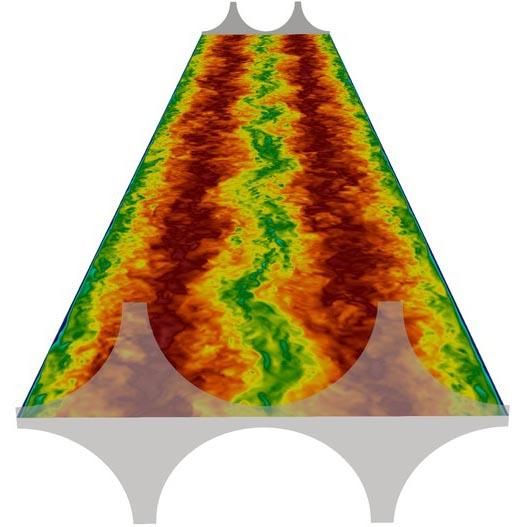
The most accurate picture of the turbulent flows in the heart of a nuclear reactor
Nuclear reactions heat the fuel rods in reactor cores. Reception of the heat generated in this way is critical for the safety of the reactors themselves and the efficiency of the steam turbines that generate electricity. Complex physical phenomena occurring during coolant flows between fuel rods can now be predicted faster and more accurately thanks to unique computer simulations carried out at the National Center for Nuclear Research in Świerk.
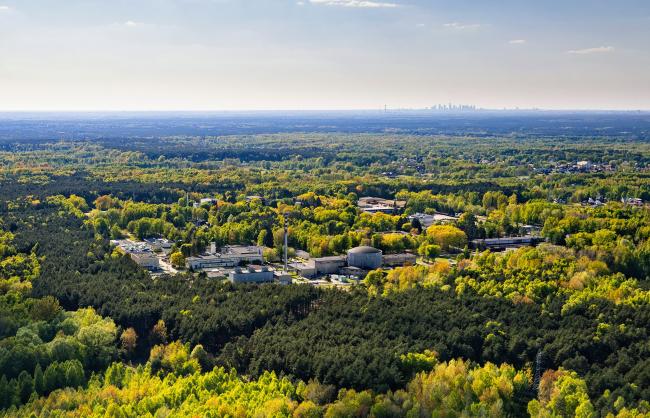
NCBJ seventh among Polish ... universities
It's not a mistake! NCBJ ranks in the top 4% out of 20,531 universities worldwide according to the 2023 edition of the outcome-based Global 2000 list by the Center for World University Rankings, which was published on Monday May 15, 2023 on cwur.org. In Poland, we are in seventh place. Although we do not educate undergraduate and graduate students, we owe our position to the quality of our research.
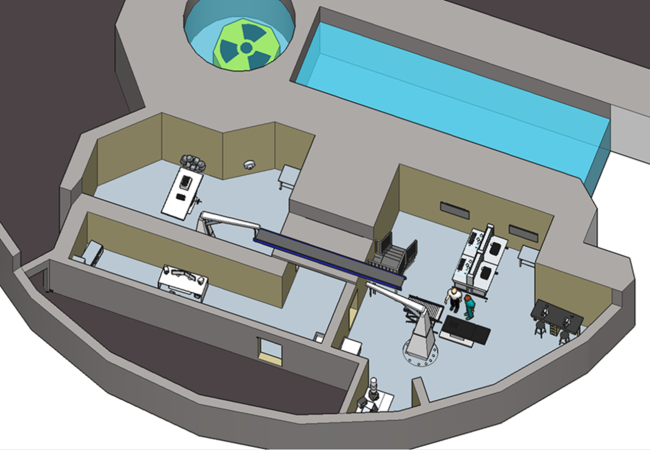
Neutrony z reaktora MARIA posłużą do badań materiałowych i badań nad terapią leczenia nowotworów na nowym stanowisku
Znajdujące się w reaktorze MARIA kanały poziome służą do wyprowadzania wiązki neutronów poza rdzeń, celem wykorzystania jej do badań. W ramach nowego projektu przygotowywane jest stanowisko do prowadzenia badań podstawowych w dziedzinach inżynierii biomedycznej, materiałowej, nauk fizycznych i innych.
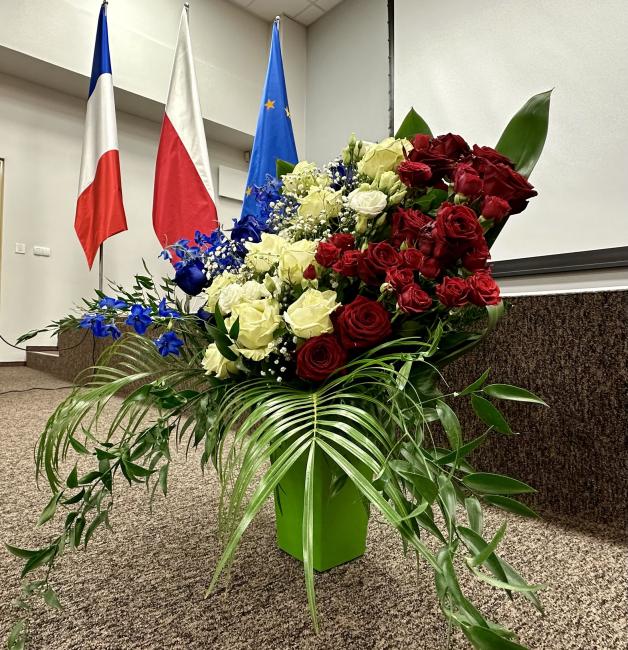
Wizyta Ambasadora Francji
W dniu 10 maja 2023 r. Świerk odwiedził pan Frédéric Billet, ambasador Republiki Francuskiej w Polsce. Gościowi towarzyszyli m.in. pan François Gauché, wiceprezes CERCA - producenta paliwa jądrowego działającego w ramach przedsiębiorstwa Framatome oraz pan Thierry Deschaux, Dyrektor generalny, EDF - Przedstawicielstwo w Polsce. Współgospodarzem wizyty było Ministerstwo Klimatu i Środowiska reprezentowane przez pana Pawła Pytlarczyka, dyrektora Departamentu Energii Jądrowej.

Naukowcy przewidują generowanie mocy przez turbiny wiatrowe wykorzystując metody uczenia maszynowego
Rosnący udział OZE, takich jak turbiny wiatrowe, w miksie energetycznym oraz ich zależność od warunków pogodowych sprawiają, że konieczne staje się precyzyjne przewidywanie generowanej przez nie mocy w znacznym horyzoncie czasowym. Wyniki badań nad wykorzystaniem w tym celu metod uczenia maszynowego zostały ostatnio przedstawione w pracy opublikowanej przez naukowców Interdyscyplinarnego Zakładu Analiz Energetycznych NCBJ i Politechniki Śląskiej.
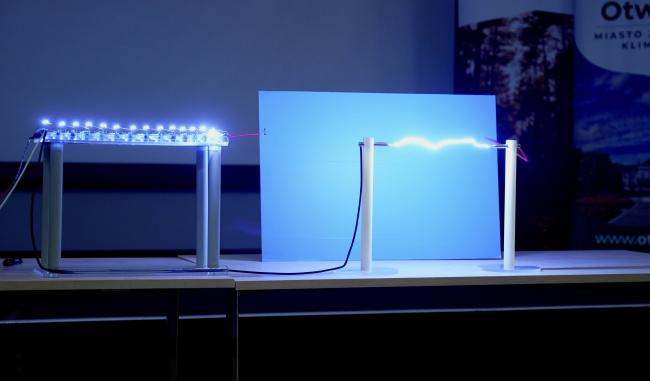
Ogłoszono wyniki XVIII edycji konkursu Fizyczne Ścieżki!
Podczas dwudniowego finału tegorocznej edycji konkursu Fizyczne Ścieżki, organizowanego przez Narodowe Centrum Badań Jądrowych oraz Instytut Fizyki Polskiej Akademii Nauk, laureaci po raz kolejny zaprezentowali swoje dokonania w kategoriach: Pokaz Zjawiska Fizycznego, Praca Naukowa i Esej. Po elektryzujących pokazach oraz burzliwych obradach Jury, ogłoszono wyniki XVIII edycji Konkursu.
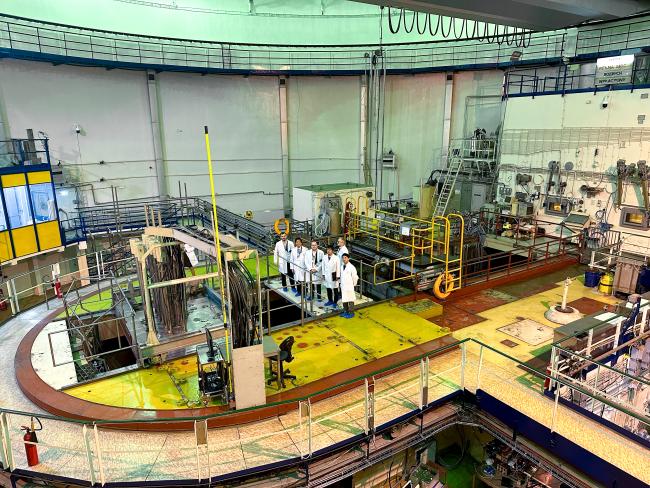
The Japanese ambassador visited Świerk
His Excellency Mr. Akio MIYAJIMA, Ambassador of Japan, visited the National Center for Nuclear Research on April 6, 2023. The guest met with the director of NCBJ, prof. Krzysztof Kurek and visited the MARIA nuclear research reactor.
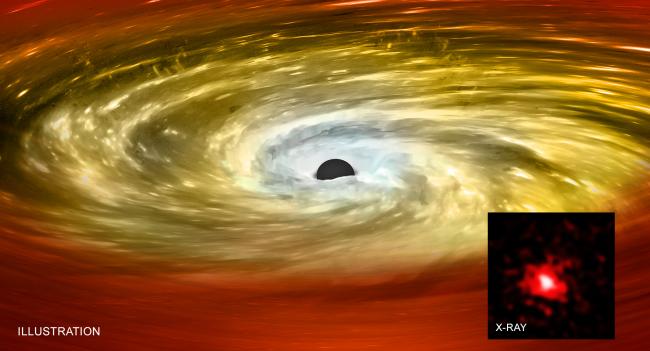
The project of a PhD student of the NCBJ Department of Astrophysics qualified for the „Pearls of Science” program
The first edition of the competition under the „Pearls of Science” program has been settled. One of the scientists qualified for the program is Krzysztof Lisiecki, MSc, a PhD student at the Astrophysics Department of the National Center for Nuclear Research, conducting research in the project „In search of witnesses to the early Universe – studying the properties of red nuggets”.
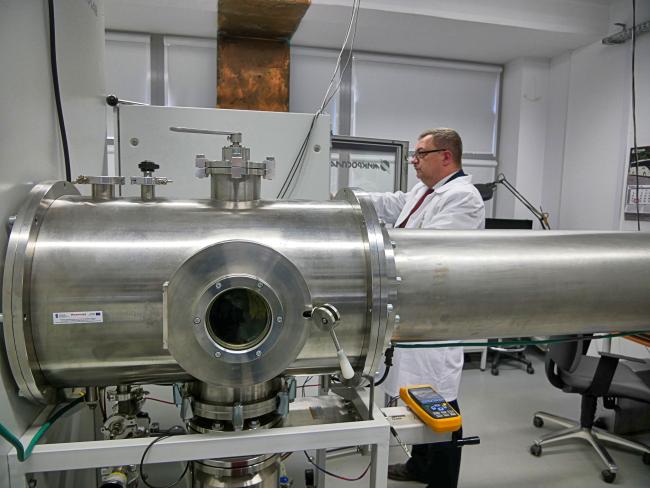
Ions as a chance for monuments containing cellulose
Valuable items made of wood-based materials, such as old books or sculptures, can be more effectively protected against moisture or rotting. Such an optimistic conclusion can be drawn from research on the implantation of cellulose with metal ions and noble gases, carried out at the National Center for Nuclear Research and the Warsaw University of Life Sciences.
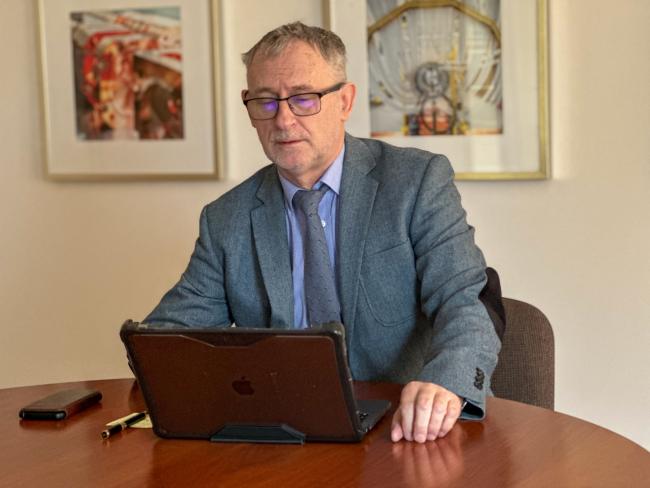
Signing of another contract as part of research cooperation for the implementation of the basic design of the HTGR research reactor
March 29, 2023 prof. Krzysztof Kurek has signed a second contract for the transfer of subsequent elements of the basic design of the HTGR research reactor from Japan. The documentation will be submitted to NCBJ by the Japanese Atomic Energy Agency by the end of March 2024.
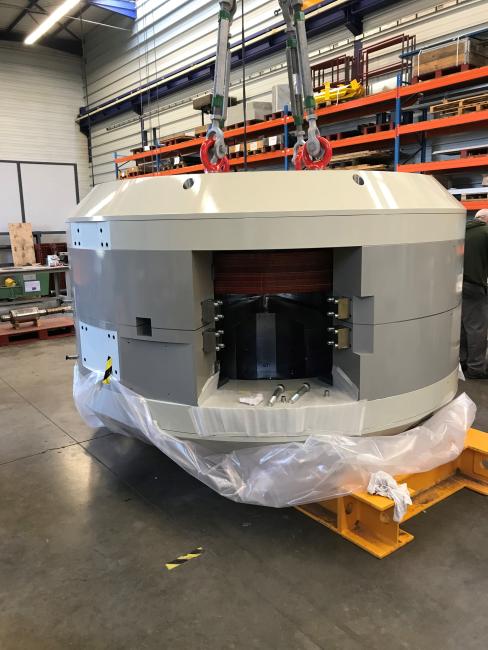
The work of OR POLATOM scientists in a special issue of the journal Molecules
The use of radiopharmaceuticals based on metal isotopes is gaining importance due to the improvement of their production methods. The article by OR POLATOM scientists on the review of the production capacity of the copper-67 radioisotope has been published in a special edition of the international journal „Molecules”.
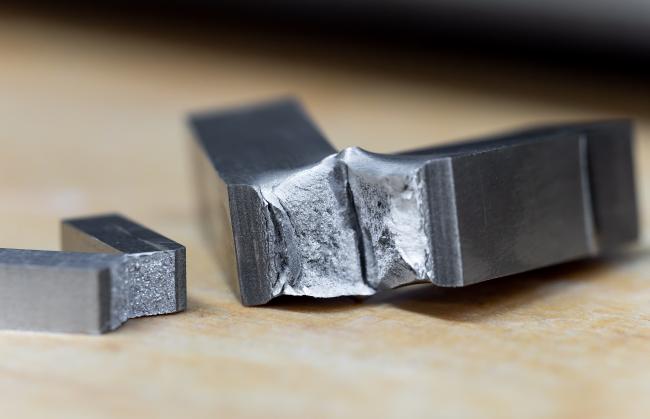
Organizing the European research community on nuclear materials
NCBJ participates in the European project ORIENT-NM. The project aims to investigate the possibilities and critically evaluate the added value that would result from the establishment of a co-funded European partnership (CEP) to support the development of a coordinated European research and innovation program on nuclear materials. It is expected that such a partnership would have a positive impact on Europe's competitiveness in the global nuclear energy field.
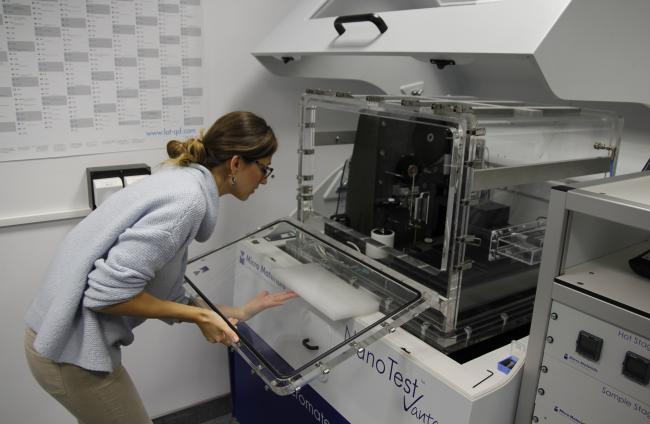
A promising candidate for material for extreme tasks
The search for materials that retain high mechanical parameters in the environment of the interior of high-temperature nuclear reactors is an extremely difficult task. The latest research by scientists from the nuclear center in Świerk suggests that the material capable of withstanding such extreme working conditions may be hidden among alloys whose basic components are nickel and iron.
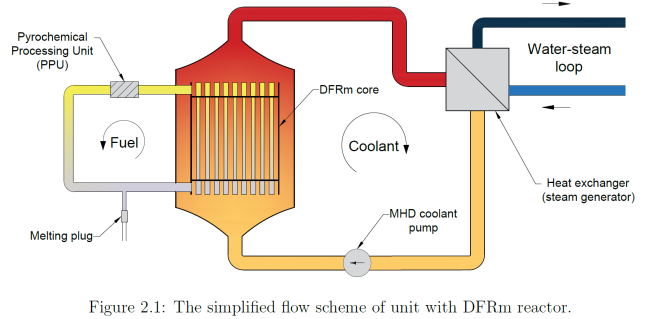
Nagroda w konkursie Polskiego Towarzystwa Nukleonicznego za pracę doktorską dotyczącą reaktora dwupłynowego
Polskie Towarzystwo Nukleoniczne ogłosiło wyniki najnowszej edycji Konkursu na najlepsze prace dyplomowe. Drugie miejsce w kategorii prac doktorskich zajął dr inż. Jakub Sierchuła z Zakładu Energetyki Jądrowej i Analiz Środowiska NCBJ, za pracę dotyczącą reaktorów dwupłynowych.
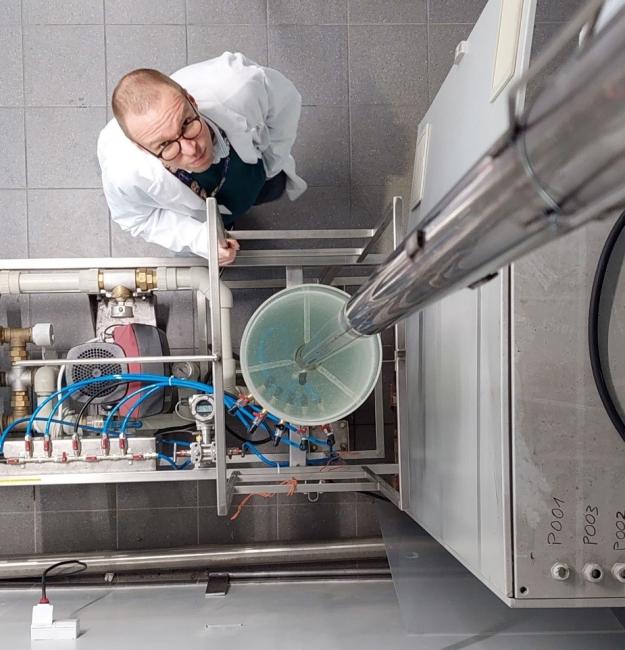
Konstruktorzy eksperymentalnych sond termostatycznych nagrodzeni odznaką honorową
Badania materiałów, jakie mają być używane w przyszłych reaktorach wysokotemperaturowych, czy instalacjach termojądrowych wymagają specjalnych sond, w których podczas napromieniania panują ściśle określone warunki. Zespół pracowników reaktora MARIA zaprojektował i skonstruował już kilka sond tego typu, w których napromieniano próbki materiałowe. Dokonania konstruktorów nagrodzono właśnie odznaką honorową "Za Zasługi dla Wynalazczości".
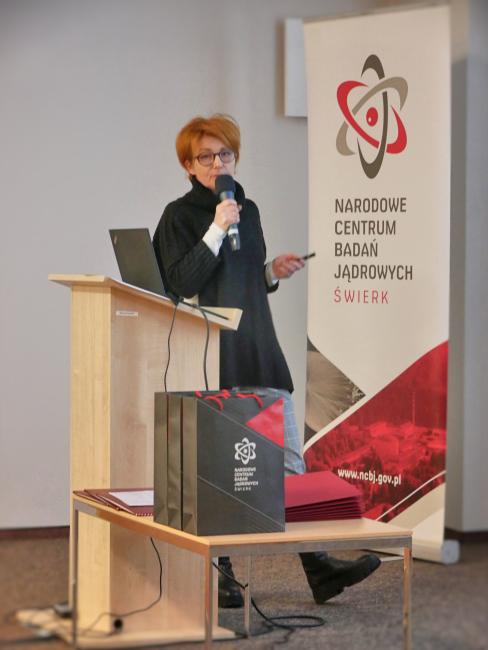
Wyróżnienia Rady Naukowej NCBJ za osiągnięcia naukowe i badawczo-techniczne w roku 2022
8 marca, podczas uroczystego posiedzenia Rady Naukowej NCBJ, zostały zaprezentowane i nagrodzone osiągnięcia pracowników Instytutu, w kategoriach: naukowe, badawczo-techniczne i popularyzatorskie, dokonane w 2022 roku. Serdecznie gratulujemy wszystkim wyróżnionym i życzymy sukcesów w dalszej pracy naukowej!
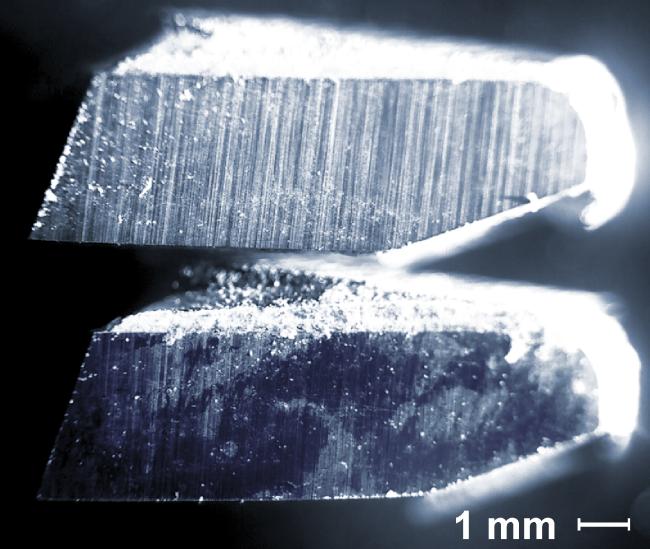
Przemysł drzewny może zyskać na implantacji jonów
Zróżnicowany kształt zębów współczesnych tarcz tnących utrudnia modyfikowanie ich powierzchni czynnych. W testach przemysłowych naukowcy i inżynierowie z Narodowego Centrum Badań Jądrowych w Świerku wykazali, że nawet narzędzia o tak skomplikowanej geometrii można z powodzeniem doskonalić za pomocą implantacji jonów azotu. Co więcej, podczas pracy z materiałami drewnopochodnymi zmodyfikowane powierzchnie tnące okazują się nabierać interesujących właściwości.
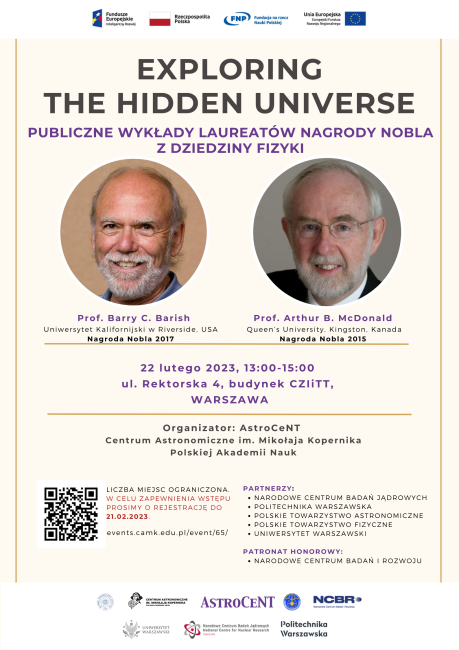
AstroCeNT zaprasza na spotkanie z laureatami Nagrody Nobla z dziedziny fizyki
W dniu 22 lutego 2023 dwaj laureaci Nagrody Nobla z dziedziny fizyki, Prof. Barry C. Barish oraz Prof. Arthur B. McDonald, wygłoszą w Warszawie wykłady publiczne. Organizatorem spotkania jest Międzynarodowa Agenda Badawcza AstroCeNT prowadzona przez polskiego fizyka prof. Leszka Roszkowskiego.
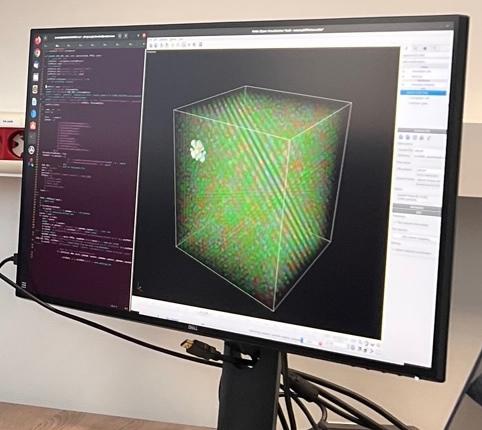
Nieporządek w metalicznych stopach fascynuje świat
Perfekcja nie zawsze jest najlepszym rozwiązaniem. W przypadku materiałów pewne stochastyczne zaburzenia budowy wewnętrznej mogą korzystnie wpływać na ich właściwości mechaniczne. Artykuły dotyczące roli takiego nieporządku w strukturze atomowej stopów, powstające w Narodowym Centrum Badań Jądrowych (NCBJ) w Świerku w zespole prof. Stefanosa Papanikolaou, budzą zainteresowanie naukowców z całego świata.
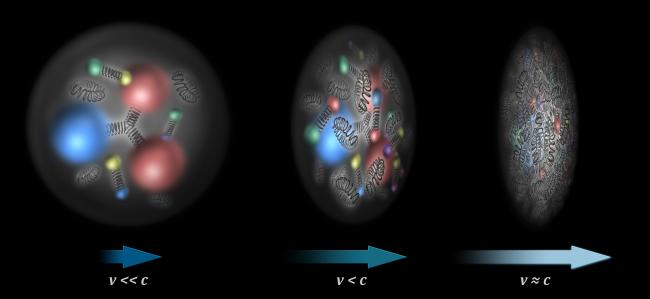
Fizyk „koloru” z NCBJ wśród najczęściej cytowanych naukowców świata
Prace dotyczące poszukiwanego od ponad 20 lat egzotycznego stanu materii – kondensatu kolorowego szkła – zapewniły dr. Guillaume'owi Beufowi, teoretykowi z Narodowego Centrum Badań Jądrowych w Świerku, obecność w prestiżowym rankingu Uniwersytetu Stanforda, obejmującym 2% najczęściej cytowanych naukowców świata.
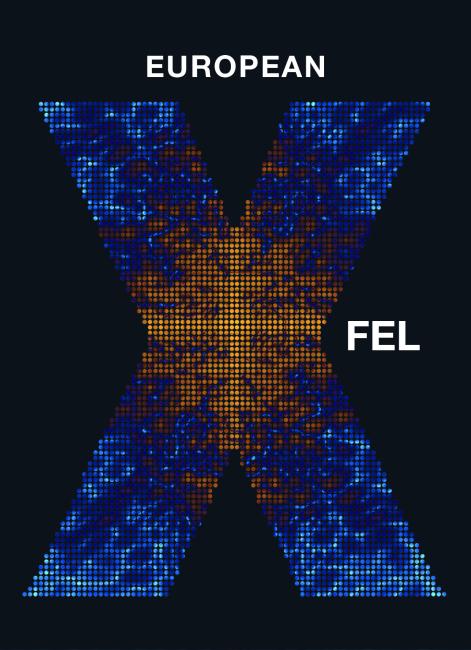
Wsparcie polskich użytkowników EuXFEL
Projekt „Wsparcie polskich użytkowników EuXFEL – Nadzór II (2022-26)” został zaakceptowany do finansowania w ramach programu „Wsparcie udziału polskich zespołów naukowych w międzynarodowych projektach infrastruktury badawczej” Ministerstwa Edukacji i Nauki.
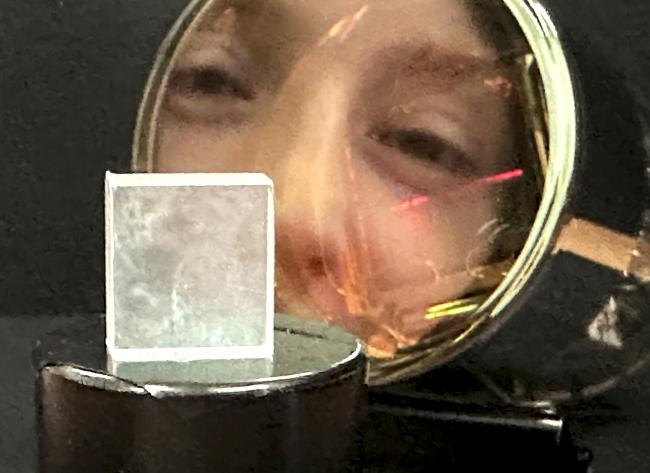
Świetlana przyszłość detektorów scyntylacyjnych
Prawdopodobnie już za kilka lat na rynku pojawią się detektory scyntylacyjne nowej generacji, zdolne do rejestrowania promieniowania jonizującego z bardzo dobrą rozdzielczością energetyczną. Zapowiedzią zbliżającego się przełomu są wyniki najnowszych badań nad kryształami jodku cezu domieszkowanego talem, przeprowadzonych w Zakładzie Fizyki Detektorów i Diagnostyki Plazmy NCBJ.
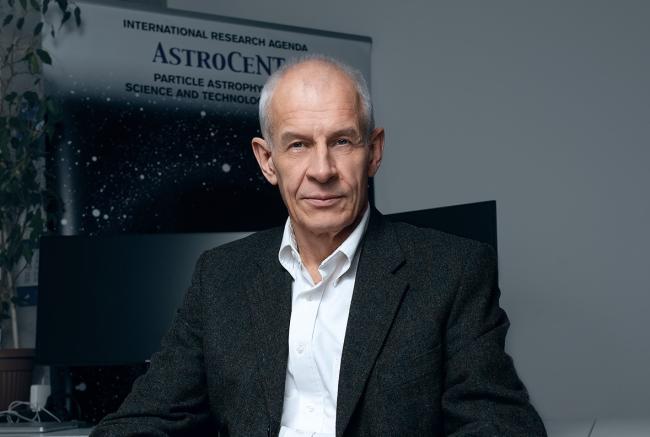
Prof. Leszek Roszkowski elected to EASA
We are happy to announce that Prof. Leszek Roszkowski has become a member of the European Academy of Sciences and Arts (EASA). EASA is one of the most prestigious scientific and artistic organizations in Europe. Prof. Roszkowski is employed in the Division of Theoretical Physics of the National Center for Nuclear Research and he heads the international research agenda AstroCeNT.
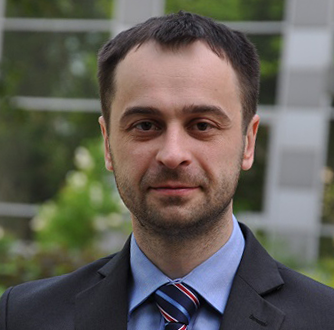
Dr Marcin Kardas zastępcą dyrektora NCBJ ds. innowacji i wdrożeń
Z dniem 1 stycznia 2023 r. dr Marcin Kardas objął funkcję zastępcy dyrektora Narodowego Centrum Badań Jądrowych ds. innowacji i wdrożeń. Nowy dyrektor będzie odpowiadał m.in. za prace ZdAJ i PNT. Marcin Kardas jest doktorem nauk o zarządzaniu (2009, SGH), a od 2013 r. współpracuje z Wydziałem Zarządzania UW.
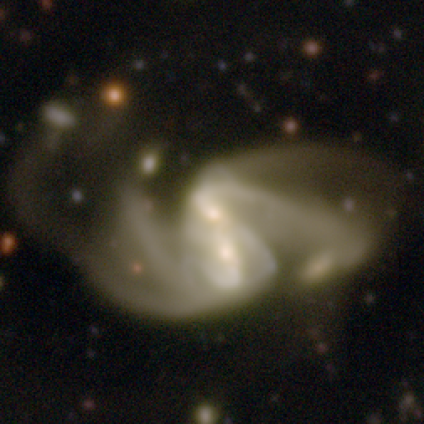
New images of tens of thousands of galaxies have been made available at the Galactic Zoo
Twenty thousand high quality images from the Hawaii Two-0 (H20)/Cosmic Dawn survey have been released to the public on the most popular citizen science project: Galaxy Zoo. Anyone in the world can become a citizen scientist and help astronomers classify images from the Subaru telescope.
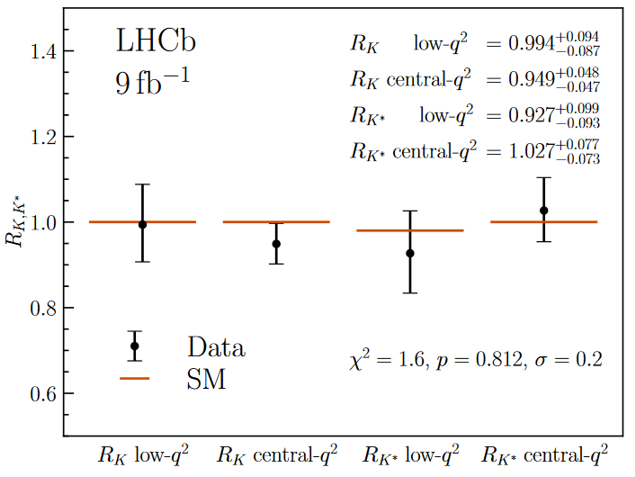
LHCb: Improved lepton universality measurements show agreement with the Standard Model
On December 20, at a seminar at CERN, the LHCb Collaboration team presented new tests for the universality of leptons, one of the fundamental principles of the Standard Model (SM) of particle physics. This rule states that the SM treats the three charged leptons (electrons, muons, and taons) identical except for differences due to their different masses. The results are consistent with MS. Scientists from the Division of Theoretical Physics comment on this important result.
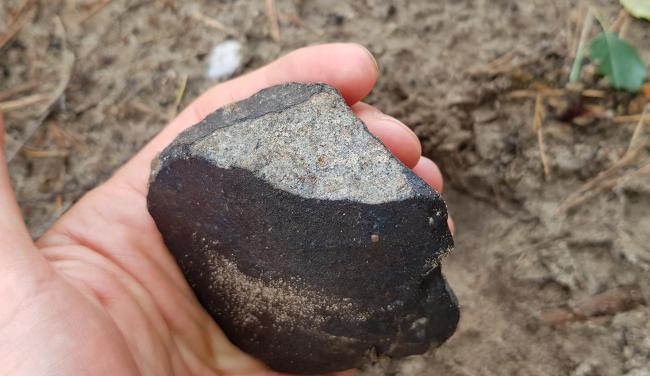
Badania potwierdzają: w Polsce wylądował gość z kosmosu
Nie każdy kamień leżący przy drodze ma ziemskie korzenie. Niepozorne znalezisko z okolic wielkopolskiego Antonina okazało się fragmentem świeżego meteorytu, poszukiwanego od momentu sfilmowania jego spadku latem 2021 roku. Jednoznacznych dowodów na kosmiczny rodowód odłamka dostarczyły pomiary radioizotopowe przeprowadzone w NCBJ.
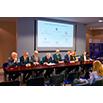
Polskie Konsorcjum Ochrony Radiologicznej
Sześć jednostek naukowych utworzyło Polskie Konsorcjum Ochrony Radiologicznej. Cele Konsorcjum, w skład którego weszło także NCBJ, to współdziałanie i koordynacja badań, kształcenie kadry, wspieranie organizacji rządowych i pozarządowych oraz inicjatyw społecznych, a także promujących wiedzę na temat ochrony radiologicznej.

Krople kwantowe - egzotyczne, ale coraz lepiej rozumiane
Kondensaty Bosego-Einsteina pojawiają się w gazach schłodzonych do ultraniskich temperatur. Od kilku lat wiadomo, że mogą się w nich formować krople kwantowe, niezwykłe obiekty wykazujące cechy zarówno gazów, jak i cieczy. Fizycy z kilku warszawskich instytucji połączyli siły, aby dokładniej opisać ich zachowanie.
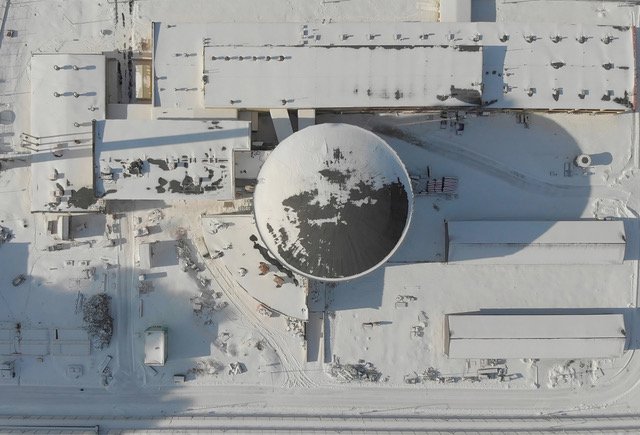
MoU na temat współpracy NCBJ-KAERI
NCBJ i Koreański Instytut Badań Energii Atomowej (KAERI) podpisały protokół ustaleń dotyczący obszarów możliwej współpracy pomiędzy partnerami. Obejmują one m.in. wymianę danych technicznych, wymianę naukową, wspólne prace B+R i wykorzystanie koreańskich zasobów badawczych.
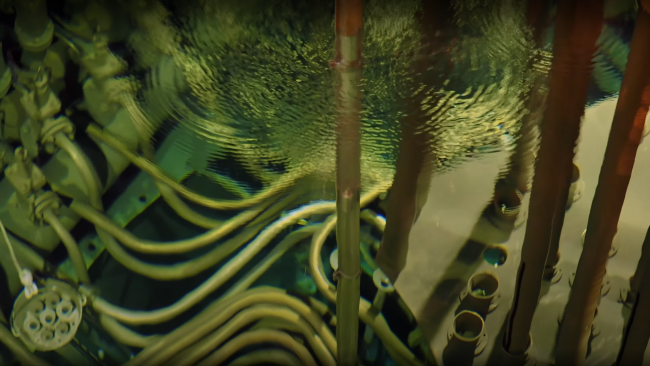
3D printing can help produce valuable radiopharmaceuticals
Radioisotopes essential for modern diagnostics, such as molybdenum-99, are produced in only a few nuclear research reactors in the world. Flat, thin uranium targets play a key role in the molybdenum production process. The European patent, which has just been granted to scientists from the National Center for Nuclear Research in Świerk, can optimize this production thanks to targets made using spatial printing.
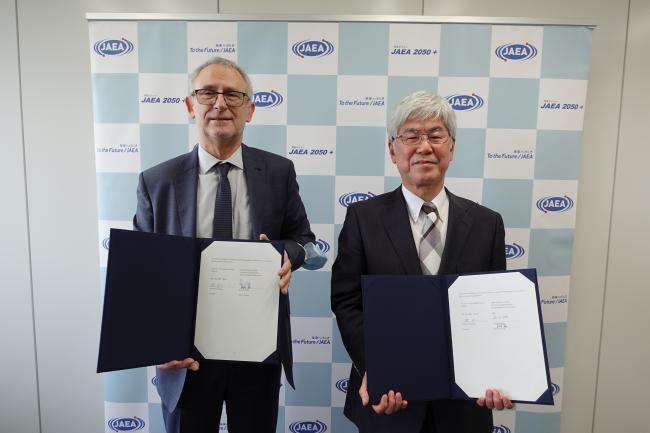
Arrangements in Tokyo - the next stage of Japanese-Polish cooperation in the field of high-temperature reactor technology
On November 22, in Tokyo, the President of the Japanese Atomic Energy Agency (JAEA), Mr. Koguchi Masanori and the Director of the National Centre for Nuclear Research (NCBJ, Poland), prof. Krzysztof Kurek signed an Implementing Arrangement regarding the institution's cooperation in research and development in the field of high-temperature gas-cooled reactors technology.
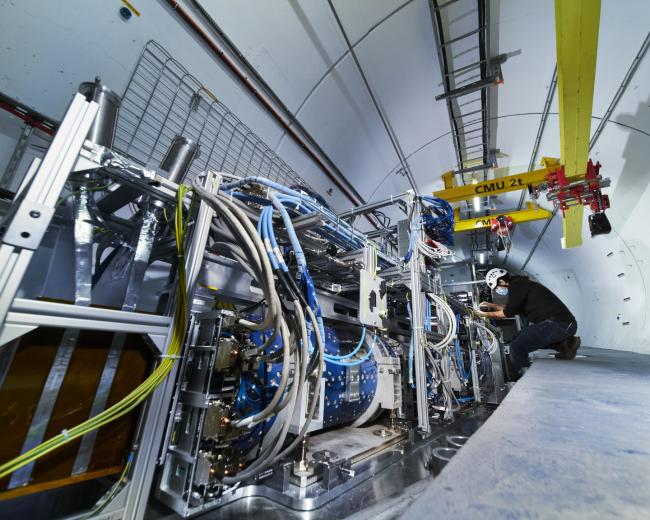
Progress and future of the neutrino research program at the LHC
The program of the current LHC cycle will include measurements of high-energy neutrinos, research into the nature of the interactions that bind atomic nuclei together, and the search for traces of so-called new physics. On November 15–16, the 5th international meeting tentatively summarized the operation of the new FASER and SND@LHC detectors and discussed plans for new facilities.
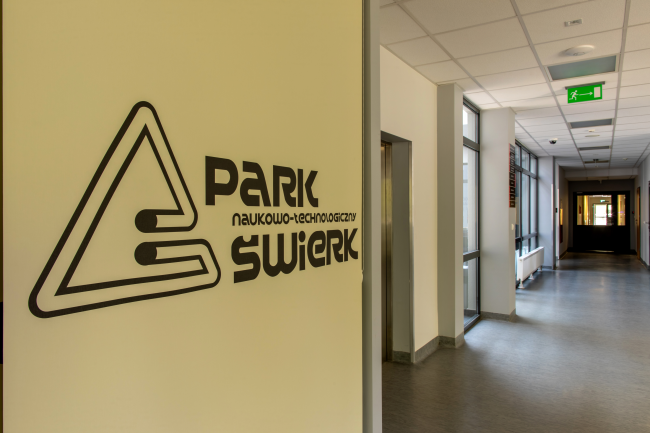
Science and Technology Park Świerk has been accredited by the Mazovian Business Environment Institution (IOB)
IOBs support entrepreneurs, in particular micro, small and medium-sized enterprises, in contacts between science and business. They deal with consulting and researching the company’s needs. They offer assistance in applying for programs (related to, among others, technology transfer) on a national and international scale. PNT has been accredited for two years.
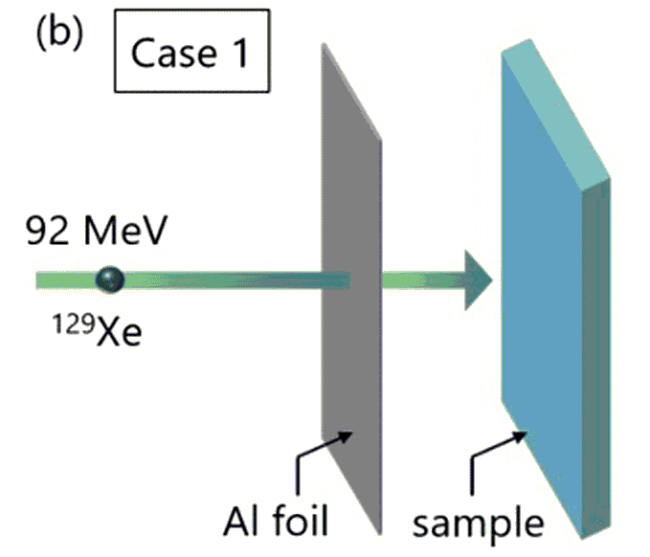
How does electronics deal with ionizing radiation?
Necessary in most branches of physics, detection systems are largely based on electronic systems. Many of such systems operate in conditions of exposure to ionizing radiation, which is why research is constantly being carried out, e. g. on semiconductors, scintillators or photomultipliers in order to better understand their behavior in such an environment.
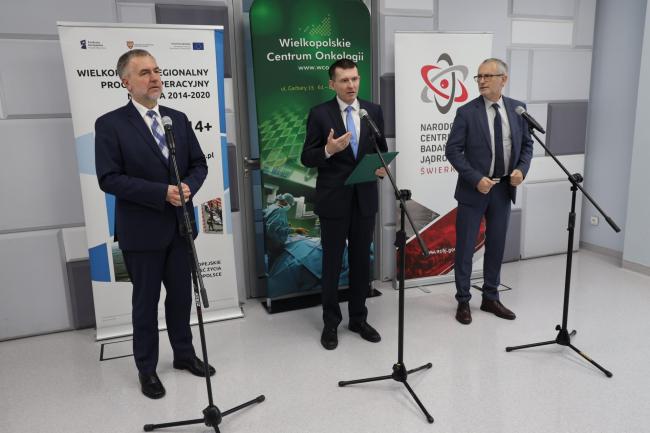
FLASH type accelerator: a new method of fighting cancer
Two projects implemented jointly with the National Center for Nuclear Research and financed from the funds for science of the Wielkopolska Region were presented at the Wielkopolska Oncology Centre. A completely new solution is the FLASH electron accelerator, which sends microsecond therapeutic impulses with a dose rate of several dozen grays per second. Preclinical trials with the device will begin next year.
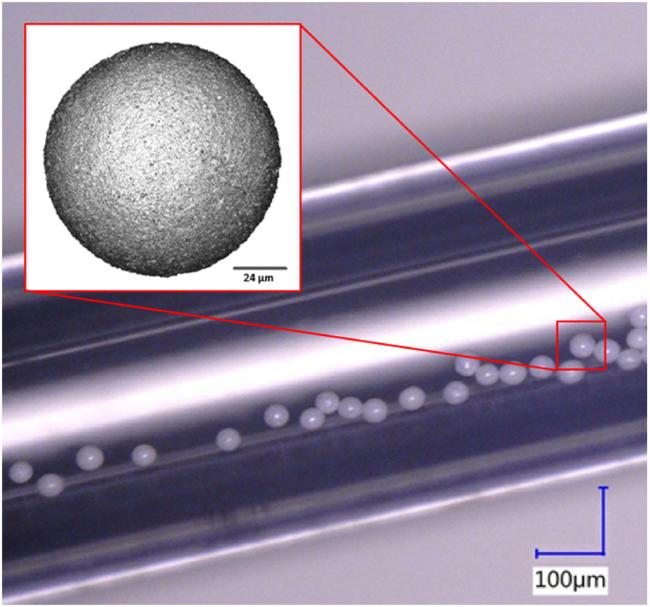
"Tailor-made” microspheres as a chance to save the liver more effectively
In a few years, yttrium oxide gel microspheres manufactured by the National Center for Nuclear Research may be among the agents used to fight liver cancer. The results of the latest research on the impact of new microspheres on biological material appear to be promising. If further tests confirm them, in the future microspheres can be produced quickly and cheaply, precisely matching their characteristics to the needs of a particular patient.
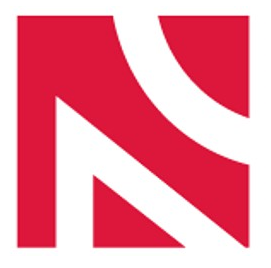
Dr Karol Kozioł zdobywcą grantu NCN MINIATURA 6
Dr Karol Kozioł z Zakładu Fizyki Detektorów i Diagnostyki Plazmy NCBJ, uzyskał grant NCN w konkursie MINIATURA 6 na realizację pojedynczych działań naukowych. Badania dr. Kozioła dotyczą naruszania parzystości oraz efektów elektrodynamiki kwantowej w spektroskopii jądrowego rezonansu magnetycznego.
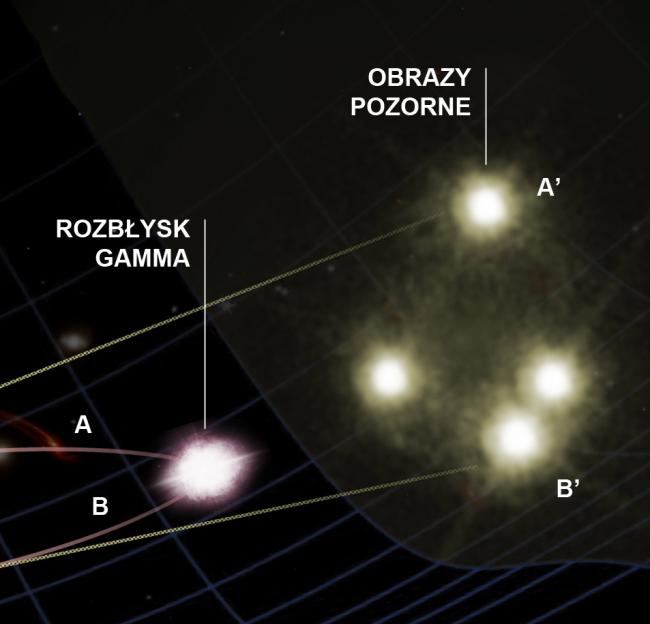
Wyścigi fotonów pod lupą grawitacji
Fotony przemierzają Wszechświat z niezmienną prędkością. Tylko czy zawsze wszystkie z tą samą? Aby sprawdzić, czy potencjalne efekty kwantowej grawitacji nie wpływają na prędkości fotonów o bardzo dużych energiach, polsko-chiński zespół naukowców zaprzągł do pracy dwa spektakularne zjawiska kosmiczne: soczewki grawitacyjne i wybuchy promieniowania gamma.
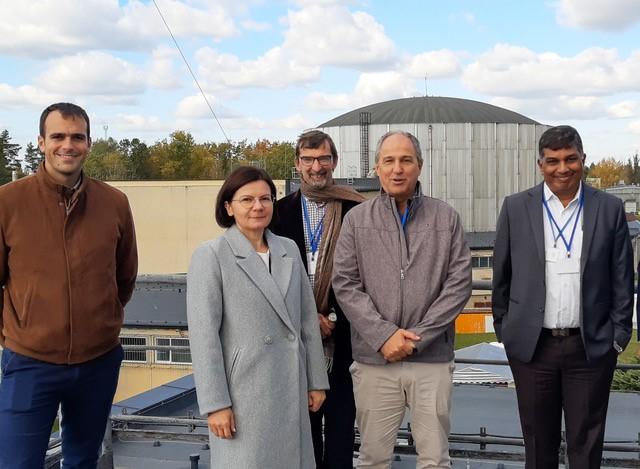
The mission of the International Atomic Energy Agency (IAEA) is helping to improve the operation of the MARIA reactor
On October 10–14, 2022, an international group of IAEA specialists under the OMARR (Operation and Maintenance Assessment for Research Reactors) mission carried out a review aimed at increasing the efficiency of the MARIA reactor operation and maintenance program.
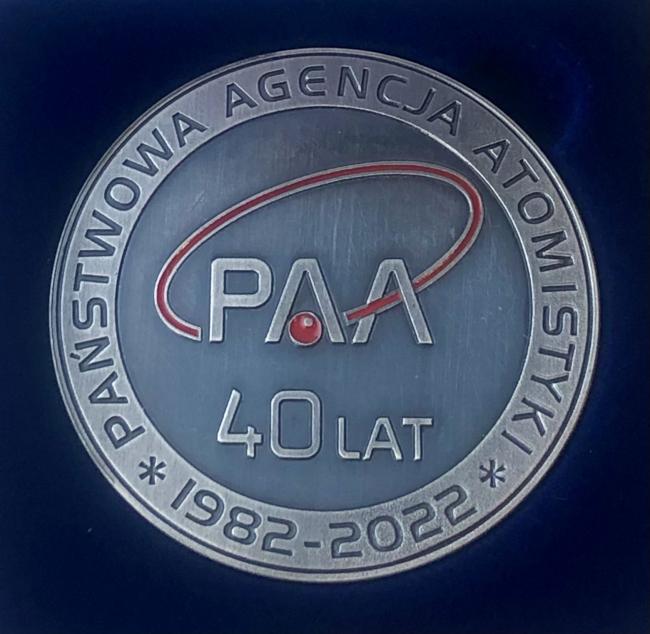
40th anniversary of the National Atomic Energy Agency
On October 17, a ceremony Was held on the occasion of the 40th anniversary of the National Atomic Energy Agency. NCBJ Director sent a congratulatory letter to the National Atomic Energy Agency President on the occasion of the anniversary. During the ceremony, our institute was awarded a commemorative medal, and Professor Krzysztof Kurek received the badge of honor „Meritorious for Energy” from the Minister Anna Moskwa.
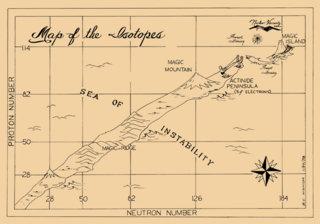
Superheavy nuclei: between land and island
The synthesis of super-heavy elements takes place as a result of heavy ion collisions. The resulting super-heavy nucleus can be both strongly excited (hot) and slightly excited (cold). Until now, there were no examples showing that both nuclear reaction scenarios could lead to the same terminal nuclei. The work of an international team of scientists with the participation of Polish physicists, published in September, shows that such a situation is possible.
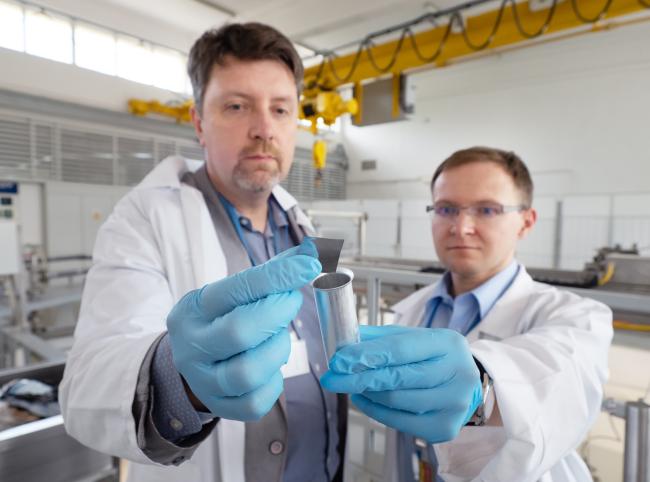
Nowe, najdokładniejsze pomiary czasu życia izomeru 184mRe
Zespół naukowy Departamentu Aparatury i Technik Jądrowych NCBJ wraz z ekspertami z Laboratorium Badawczego Armii USA przeprowadzili nową, udaną eksperymentalną próbę produkcji izomerów renu, wykorzystując pola neutronowe reaktora MARIA. Eksperyment zaowocował wyznaczeniem najdokładniejszej do tej pory wartości czasu życia izomeru 184mRe.
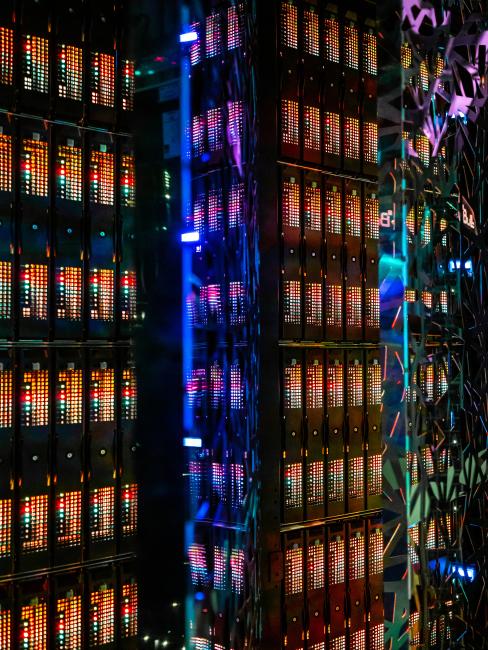
Uczenie maszynowe - uniwersalne narzędzie badawcze
Konferencja "International Workshop on Machine Learning and Quantum Computing Applications in Medicine and Physics" (WMLQ2022) odbyła się w dniach 13-16 września w Warszawie i była poświęcona zastosowaniu metod statystycznych, w tym uczenia maszynowego w medycynie i naukach fizycznych. Głównym organizatorem konferencji było NCBJ. Współorganizatorami byli naukowcy z Uniwersytetu Jagiellońskiego, z Uniwersytetu Wiedeńskiego oraz projekt EuroCC.

From super-sealings to the detection of dangerous cables thanks to ion beams
When accelerated neutrons or ions bombard a material, its surface layer undergoes dramatic physical and chemical transformations. The National Center for Nuclear Research has managed to learn in detail about the processes occurring in such situations in polymers. The collected knowledge was used by physicists to create a method of producing supersealings, they also proposed a simple and quick way to detect dangerous cables whose polymer insulation begins to lose their insulating properties.
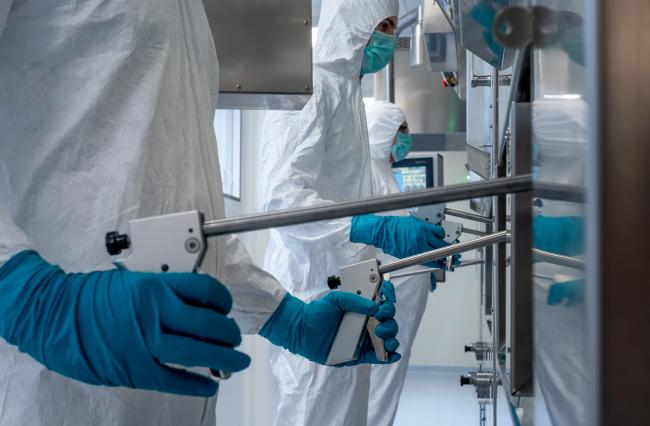
Małe dawki promieniowania docenione!
Gdy organizm najpierw otrzyma niewielką dawkę promieniowania jonizującego, a po pewnym czasie drugą, wyraźnie większą, ryzyko wystąpienia negatywnych skutków będzie mniejsze niż w sytuacji, gdyby otrzymał tylko tę ostatnią. Zjawisko, znane jako efekt Rapera-Yonezawy, z powodzeniem opisali naukowcy z NCBJ. Ich badania nagrodzono dziś w Gliwicach prestiżową nagrodą Polskiego Towarzystwa Badań Radiacyjnych.
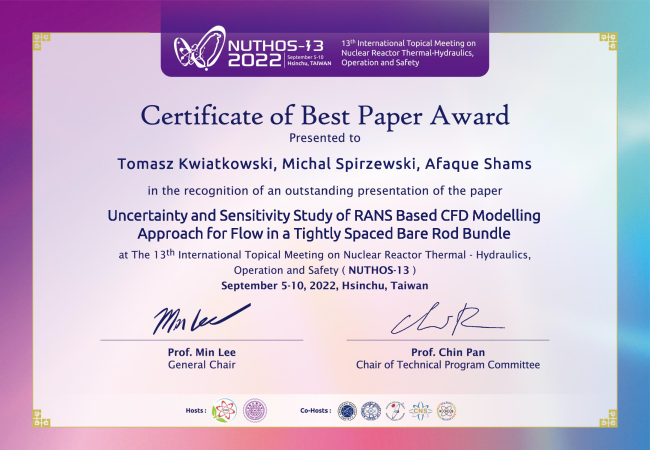
Best Paper Award konferencji NUTHOS-13 za pracę na temat modelowania przepływu turbulentnego
Mgr inż. Tomasz Kwiatkowski z Zakładu Energetyki Jądrowej i Analiz Środowiska NCBJ otrzymał nagrodę Best Paper Award za pracę zaprezentowaną podczas 13th International Topical Meeting on Nuclear Reactor Thermal-Hydraulics, Operation, and Safety (NUTHOS-13). Nagrodzona praca dotyczy analizy niepewności modeli turbulentnych przepływu chłodziwa w ściśle upakowanych kasetach paliwowych w reaktorach jądrowych.
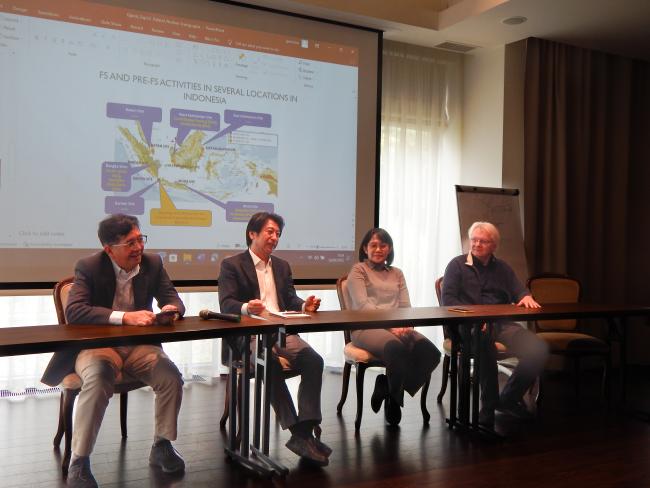
Międzynarodowa Szkoła Letnia “New High-Temperature Technologies for Poland”
W dniach 12-15 września 2022 roku w Kazimierzu Dolnym odbyła się Międzynarodową Szkoła Letnia w trakcie której zaprezentowano wykłady ekspertów ze Szwecji, Włoch, Szwajcarii, Japonii, Holandii i Indonezji oraz z NCBJ. Doktoranci NCBJ mieli okazję przedstawić wyniki swoich badań oraz uzyskać informację zwrotną ze strony zaproszonych gości.
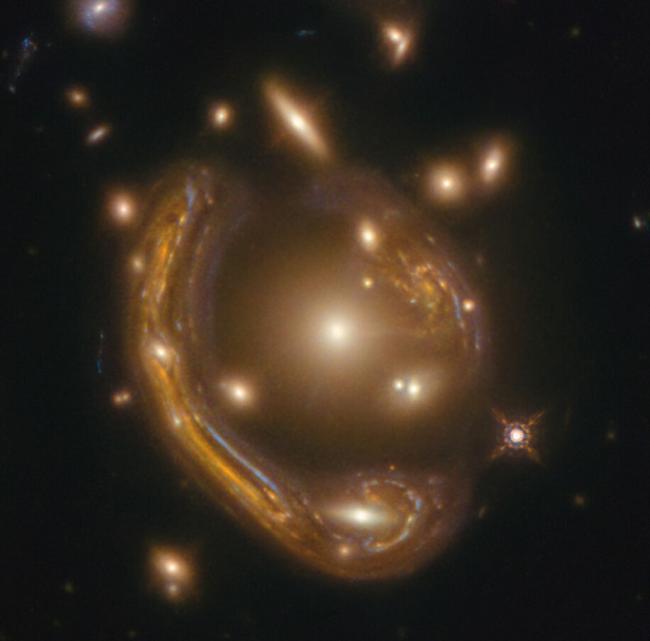
Artificial intelligence will track down gravity lenses
Images of distant galaxies, distorted by powerful gravitational lenses, are visually the most out-of-the-box phenomena photographed by telescopes. Their automatic detection is difficult for many reasons. During the international workshop in Warsaw, dedicated to machine learning, NCBJ scientists demonstrated theoretical models and software that deal with this task with high efficiency and reliability.
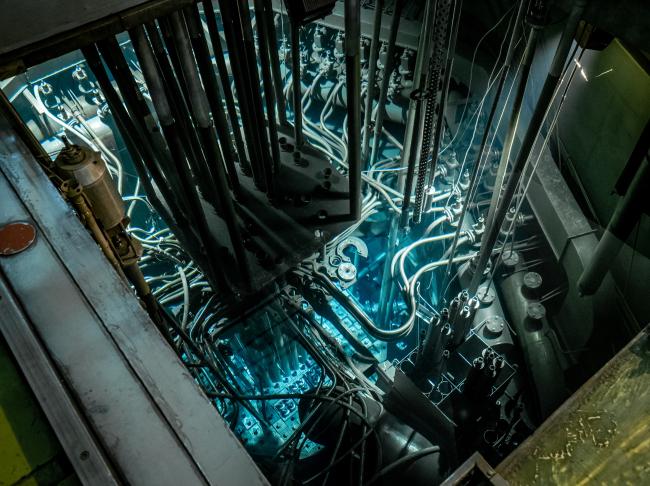
The MARIA research reactor will test the components of the ITER fusion reactor, which is under construction in France
NCBJ) signed a framework agreement with the ITER Organization (IO) under which material samples and diagnostic windows for use in the ITER fusion reactor will be tested. Special thermostatic capsules will be designed to recreate the conditions in the place of their final installation. They will be placed in the core of our reactor, irradiated and then tested.
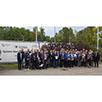
The participants of the radiographic research conference visited Świerk
On September 13, NCBJ hosted the participants of the twenty-second National Conference on Radiographic Research. The topics traditionally included, among others contemporary trends in the development of X-ray radiography, interesting cases encountered in the course of research, technical and technological innovations and new areas of application of X-ray imaging.

NCBJ scientists awarded with NCN grants: POLONEZ BIS and SONATINA
Two NCBJ scientists were awarded with grants from competitions of the National Science Center. Wenyi Huo, PhD. from the NOMATEN Center of Excellence received a POLONEZ BIS grant for a project on high entropy alloys, while PhD. Ilkka Samuli Mäkinen received a grant from the SONATINA competition for a project on loop quantum gravity.
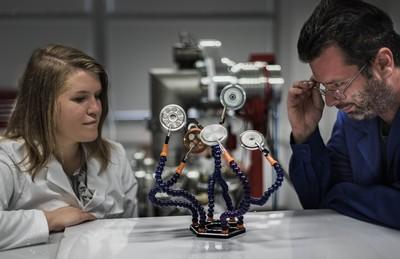
Metallic layers with high entropy are formed in NCBJ
Aluminum, titanium, nickel, niobium and tungsten – as many as five elements make up the high-entropy layers just produced at the National Center for Nuclear Research. Their production means that the center in Świerk joined the research on coatings considered to be one of the most innovative in contemporary surface engineering.
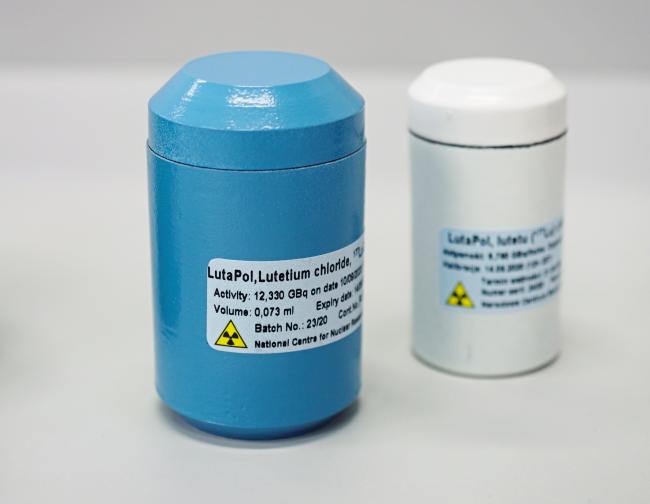
Incorrect reports about problems with the availability of LutaPol
In connection with the article in Gazeta Stołeczna entitled „Treatment of a patient with cancer was canceled. The reason? The radioisotope is imported from Russia" we explain that the reasons for the described situation do not lie on the part of NCBJ and we do not know anything about that could be associated with problems with supplies from Russia.
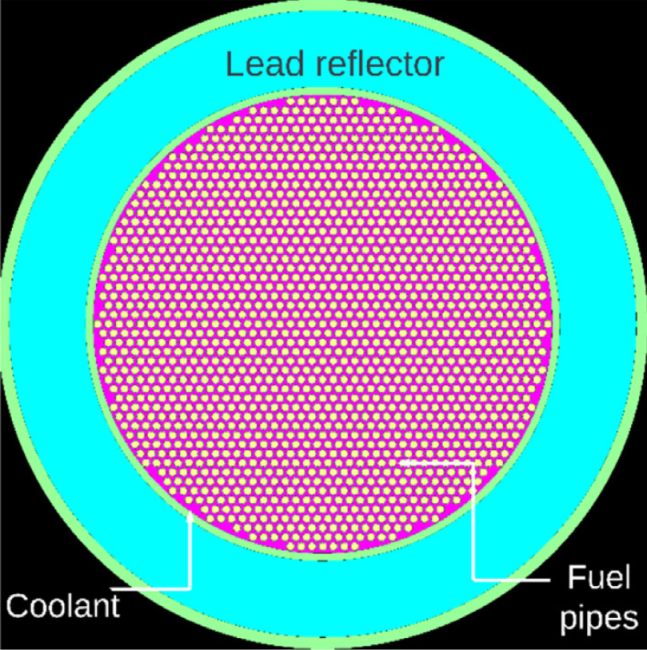
First Transient Calculation of DFR Two-fluid Reactor
Comprehensive research and models of their operation are an important stage in the introduction of the concept of generation IV nuclear reactors. On the basis of the analyzes, the passive safety of the DFRm reactor Was confirmed, thanks to the determination of the temperature coefficient of reactivity. In a recent paper published in the International Journal of Energy Research, the calculation of the transients for such a reactor Was presented for the first time.
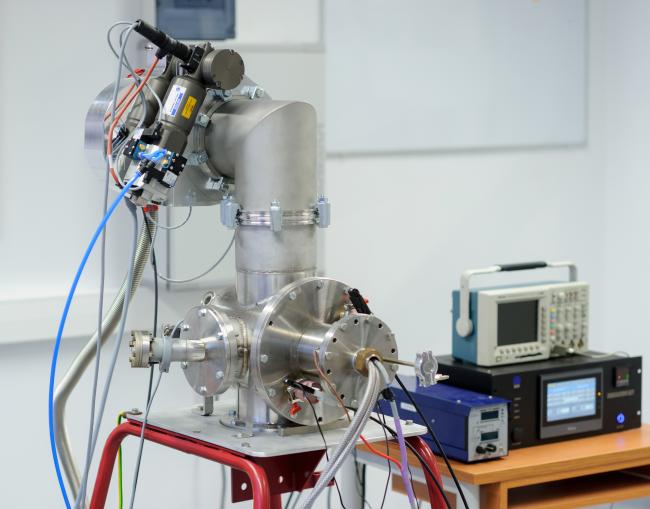
Przedłużanie trwałości narzędzi dzięki inżynierii powierzchni materiałów
Narzędzia stosowane do obróbki w przemyśle meblarskim są narażone na szybkie zużywanie się. Modyfikacja powierzchni może zapewnić przedłużenie ich trwałości, co wpływa na zużycie energii, wykończenie powierzchni oraz szybkość produkcji. Badania wpływu implantacji jonów azotu na trwałość stalowych wierteł przeprowadzili naukowcy Zakładu Technologii Plazmowych i Jonowych NCBJ oraz Katedry Mechanicznej Obróbki Drewna SGGW.
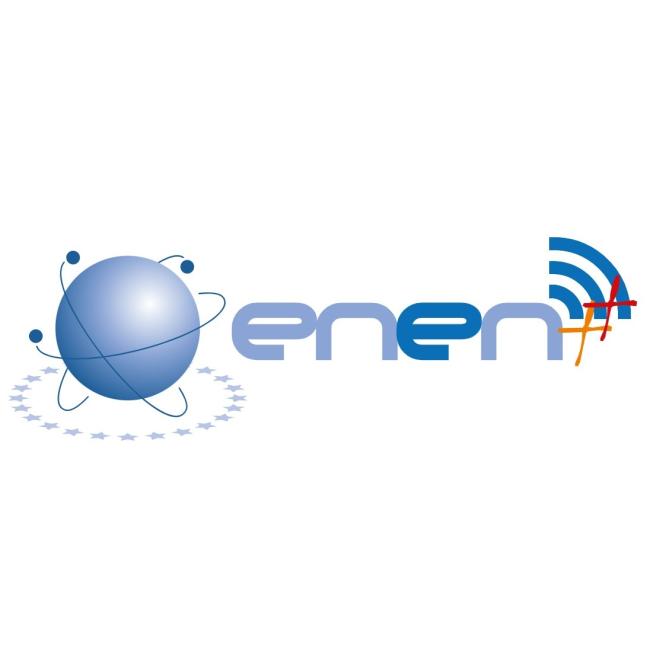
The NCBJ Education and Training Department takes part in the ENEN2plus project
At the end of June, the inaugural meeting of the international ENEN2plus project Was held in Brussels in a hybrid format. The project aims to build competences in the field of nuclear technologies through educational and training activities. The NCBJ Education and Training Department also participates in it.
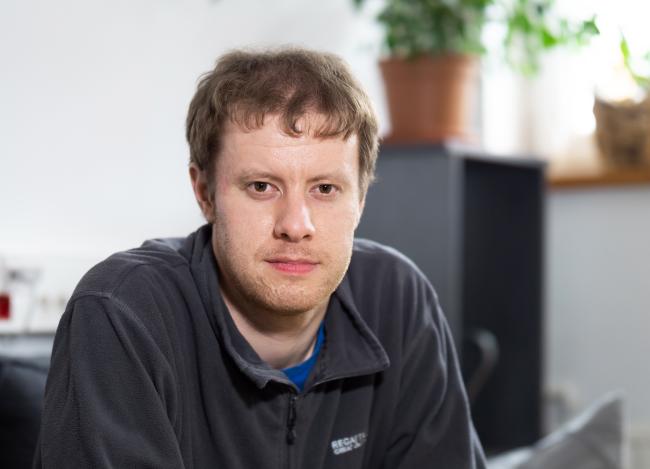
Dr. William Pearson receives the scholarship for outstanding young scientists
"My work so far was focused on the formation and evolution of galaxies using modern machine learning methods" - explains Dr. William James Pearson of the NCBJ Astrophysics Division. Dr. Pearson received one of this year's scholarships from the Minister of Education and Science for outstanding young scientists demonstrating significant achievements in scientific activity.
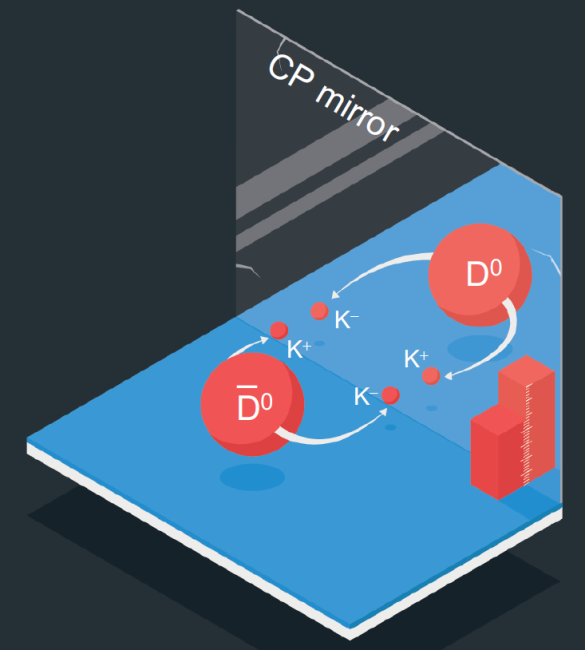
LHCb: The differences between antimatter and matter are becoming clearer
Until now, we have not been able to measure directly and with the appropriate precision how the breaking of CP symmetry manifests itself in the decays of charm mesons. The results of the analysis of the LHCb experiment, presented at the just completed ICHEP conference in Bologna, perfectly fill this gap.
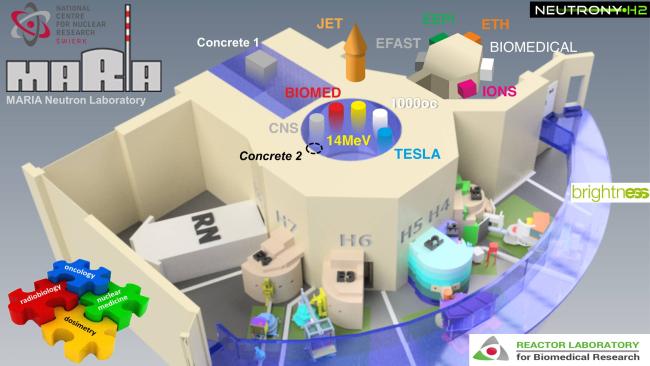
Symposium: Neutron Sources
On June 22–23, 2022, a symposium devoted to the development of neutron research in Poland and Europe Was held in Świerk. The symposium initiated cooperation between Polish institutions, universities and scientists on the part of neutron source users (the „Neutrons for Polish Science” consortium) with operators and constructors of neutron generating infrastructure (including the MARIA, DONES, ESS reactor).
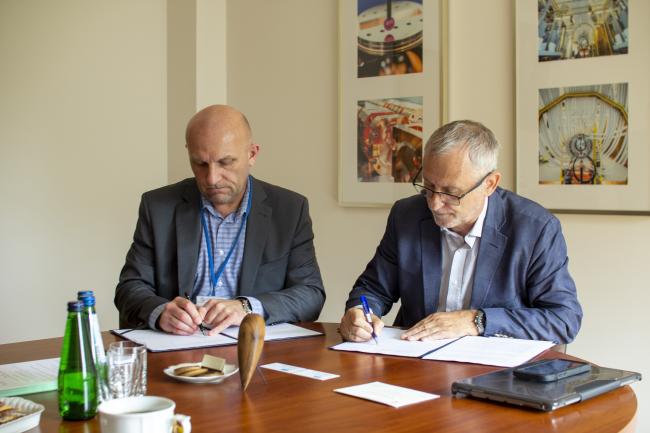
SEFAKO will cooperate with NCBJ in the HTGR project
On July 5, NCBJ signed a letter of intent with Boiler Factory SEFAKO S.A. on cooperation in the field of research and development activities concerning the preparation of the technical description of the research of the HTGR editor. The task of SEFAKO will be to design and, if a decision is made to start the investment, build a Reboiler Equipment Complex in the conventional part of the installation.
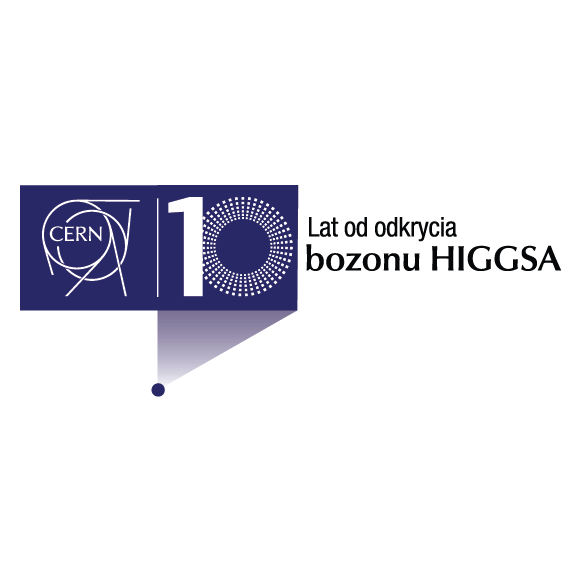
It has been 10 years since the first observations of the Higgs boson were announced
High-energy physicists today celebrate the tenth anniversary of the discovery of the Higgs boson. On July 4, 2012, the long-awaited results were simultaneously announced by the ATLAS and CMS experiments at the Large Hadron Collider. NCBJ scientists have made a significant contribution to the construction, collection and analysis of CMS data. The occasional symposium is currently underway and it is possible to follow it remotely.
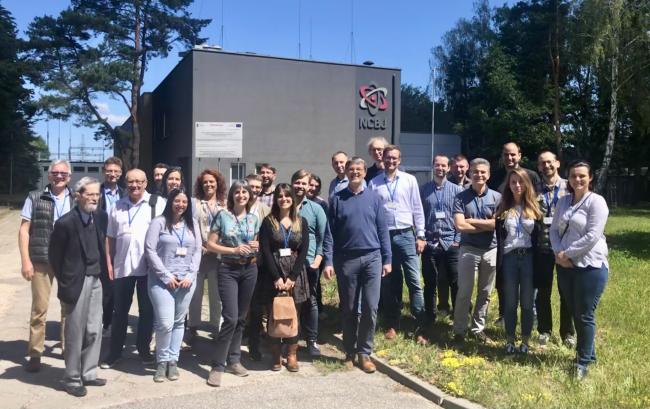
REVaMP - to use metals efficiently
On June 21 and 22, at the National Center for Nuclear Research in Otwock, a meeting of the participants of the REVaMP Project took place. The main goal of the project is to develop, adapt and apply new metal recycling technologies. The consortium consists of 16 European partners. NCBJ tasks are performed by scientists from the TJ3 Division.
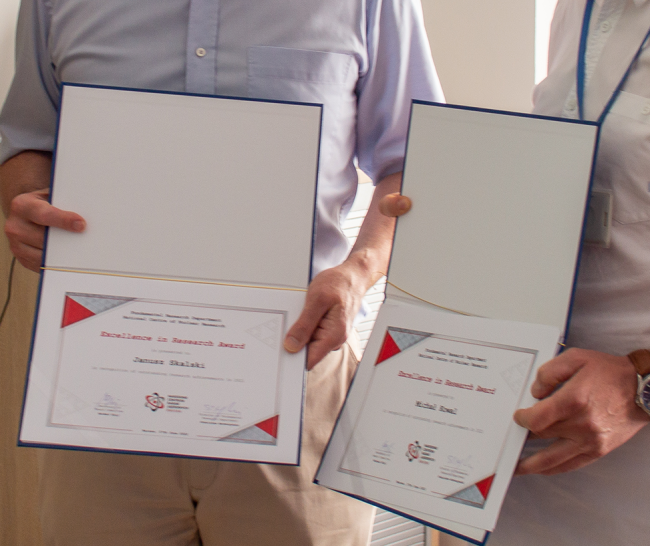
Awards of the Director of DBP NCBJ for scientific achievements in 2021
On June 27, the Awards of the Director of the Fundamental Research Department of NCBJ were presented for scientific achievements and popularizing activities for 2021. This year, the following were awarded: PhD. Varvara Batozskaya from the Department of High Energy Physics, prof. Marek Biesiada from the Department of Astrophysics, professors Michał Kowal and Janusz Skalski from the Department of Theoretical Physics and prof. Katarzyna Małek from the Department of Astrophysics for achievements in the area of popularization.
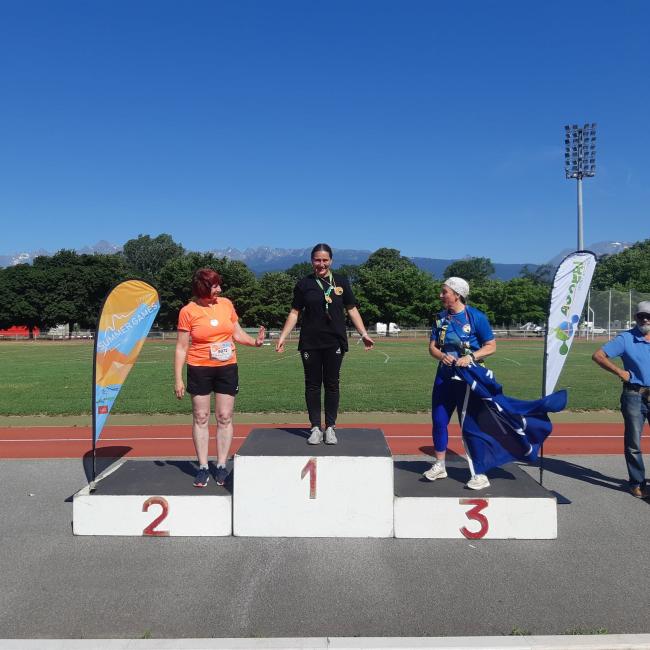
Achievements of NCBJ athletes during the Atomiade 2022 Games
On June 10–13, 2022, 17 Olympic Games of Scientific Institutes took place. This year the organizer Was the CEA Grenoble. Over 1,000 scientists representing 26 research institutes from 10 European countries participated in the competition, including NCBJ employees who won many medals.
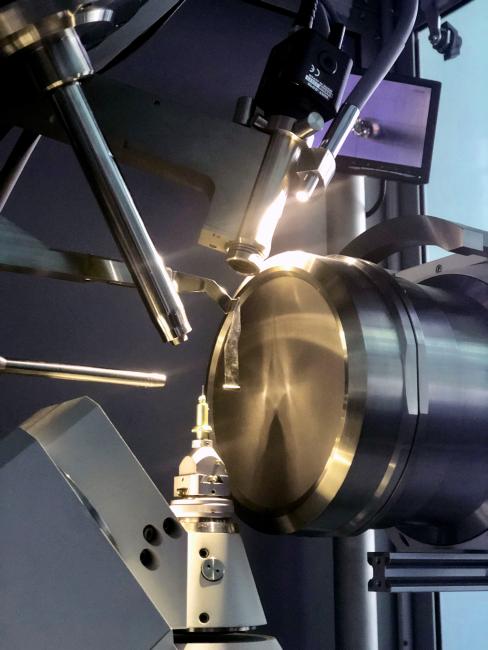
Badania fizyki ciała stałego pomagają projektować nowe leki
Badania z zakresu medycyny kojarzą się w NCBJ z Ośrodkiem Radioizotopów POLATOM. Nie jest to jedyny Zakład zajmujący się w Instytucie tą dziedziną nauki. Duży wkład w opracowanie nowych związków, przydatnych z punktu widzenia medycyny, mają również naukowcy z Zakładu Metod Jądrowych Fizyki Ciała Stałego, dzięki zastosowaniu badań krystalograficznych.
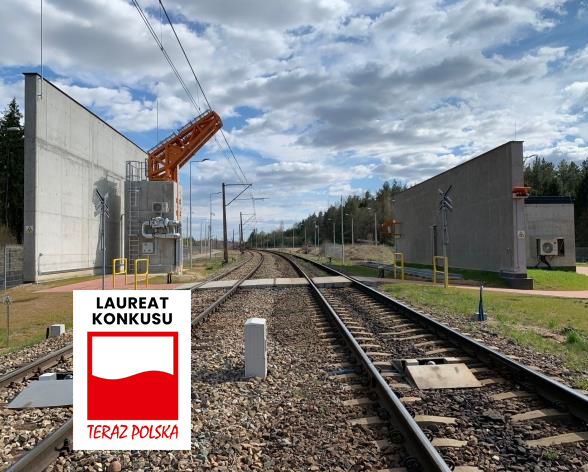
CANIS is the laureate of the TERAZ POLSKA competition
The system for non-invasive inspection of large-size goods CANIS, a joint work of PID Polska and the NCBJ Nuclear Apparatus Department, Was this year’s winner of the Teraz Polska emblem in the innovation category. In Świerk, among others, the heart of the device, i. e. the accelerator being the source of the gamma ray scanning beam. Today, at the ceremony at the Presidential Palace, Agata Kornhauser-Duda presented the representatives of our institutions with the diploma and the statuette of the emblem.
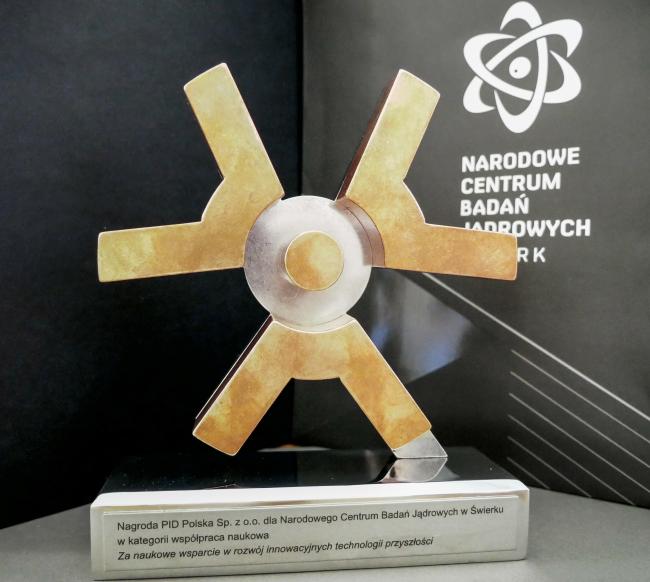
Opening of the new headquarters of our partner’s Research and Development Center
NCBJ delegation participated in the opening ceremony of the PID Poland Research and Development Center. The center conducts research in the area of radiographic inspection and detection. Thanks to cooperation with Polish research institutions, it will be possible to develop proprietary technologies applicable both in industrial X-ray detectors and in cargo scanners.

3.06.2022 – Fire drills in Świerk
Today, in the NCBJ area, fire-fighting exercises are held. Increased traffic of emergency services vehicles is expected on the access roads to the Świerk center.
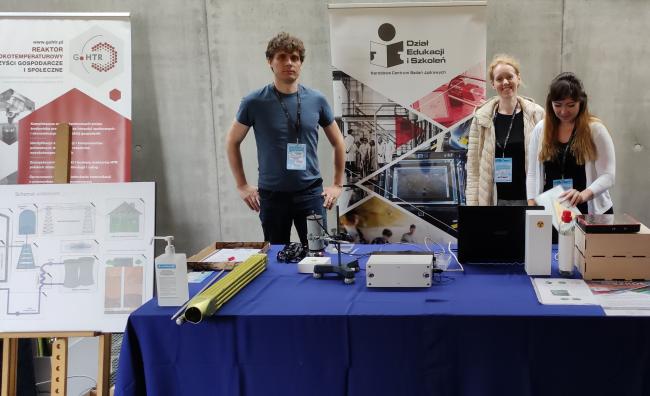
NCBJ at the 25th Science Picnic of Polish Radio and the Copernicus Science Center
On Saturday, May 21, the 25th Science Picnic of Polish Radio and the Copernicus Science Center took place. The theme of this year’s Picnic was water – its role in nature and human life, as well as its properties and phenomena related to it. The event took place at the Copernicus Science Center. NCBJ also exhibited its stand, prepared by the Education and Training Department.
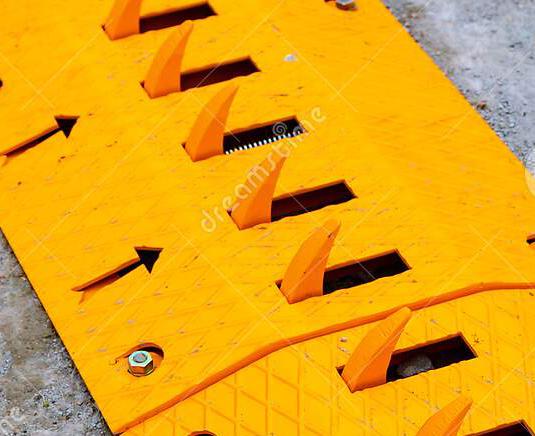
Safety exercises in Świerk
Today (01/06/2022) exercises in the field of safety are taking place at the Świerk nuclear center. Therefore, there may be difficulties in traffic on the access roads to NCBJ.
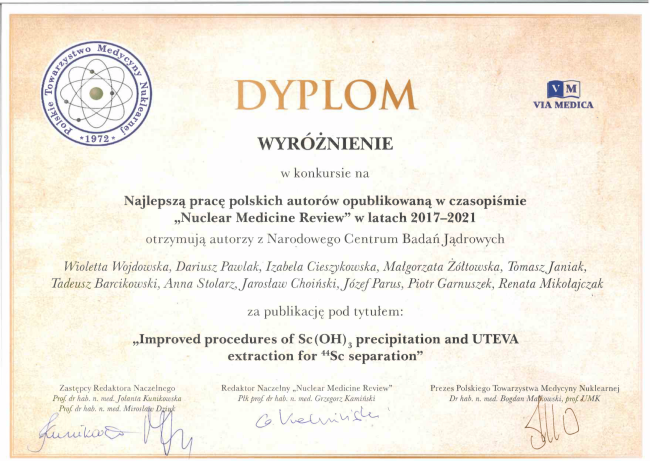
The work of OR POLATOM scientists among the most cited publications of the Nuclear Medicine Review
Once again, the article describing the research of scientists from the POLATOM Radioisotope Center Was among the five most cited publications of the Nuclear Medicine Review journal in 2017-2021. The diploma awarded by the Editorial Board Was presented to the authors during the 17th Congress of the Polish Society of Nuclear Medicine in Białystok on May 26–28, 2022.
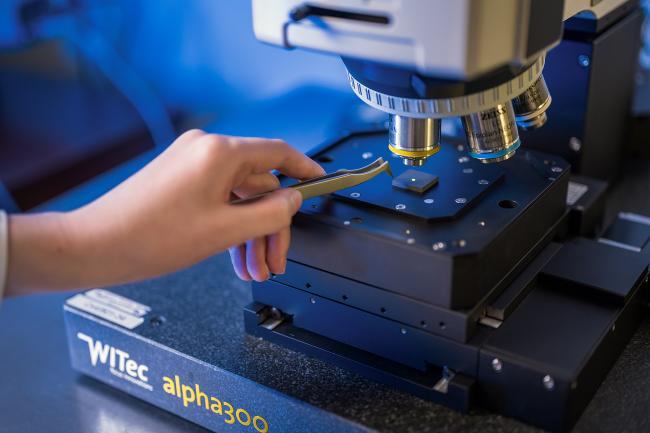
How to prepare the surface of the new generation titanium implants?
Titanium-based materials are often used in the manufacture of medical implants. For the first time, scientists from the Materials Research Laboratory and the Center of Excellence NOMATEN NCBJ used the Raman imaging research technique to determine the spatial distribution and quantitative proportion of individual titanium oxide phases covering the surface of the material, which determines its properties.
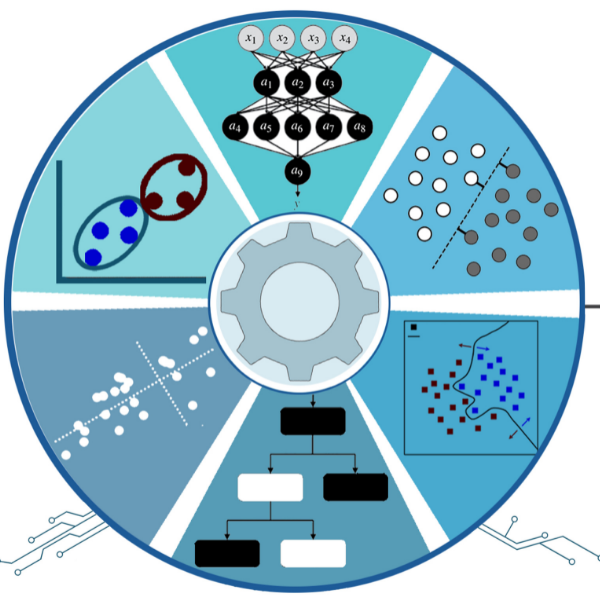
International conference on materials science – the first of its kind in Poland
NCBJ organizes the 1st NOMATEN International Conference on Materials Informatics. Materials informatics is a new field of research that uses advanced IT tools to better understand and design materials needed primarily for work in extreme physical and chemical conditions, as well as in medicine. This subject is dealt with, among others, by originators and organizers of the conference – scientists from the NOMATEN Center of Excellence operating in Świerk.
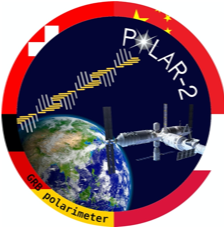
Preventing the synthesis of super heavy elements nuclei
Scientists from NCBJ and UW have published a paper explaining what determines the success of the synthesis of the nuclei of the heaviest elements in fusion reactions. The performed calculations show that the dramatic decrease in the probability of synthesis with the increase in the atomic number of the nucleus formed can be explained assuming that the fusion takes place in the process of diffusion.
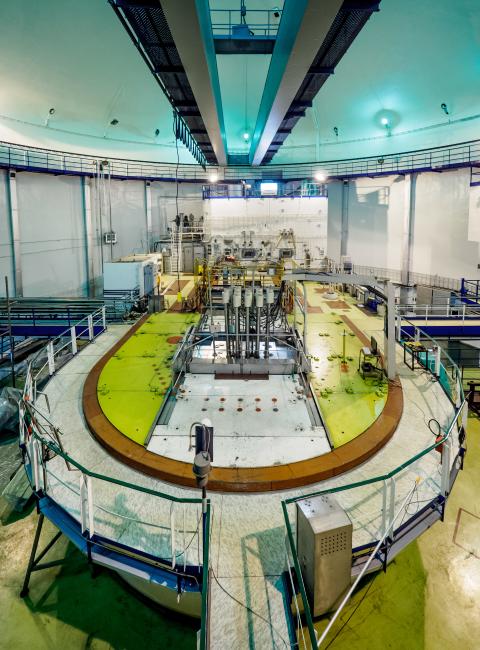
Thematic review of nuclear facilities – ongoing public consultations
Every 6 years, EU countries carry out mutual, thematic assessments of the safety of nuclear installations. In Poland, such an object is the MARIA research reactor. Until 27 May 2022, public consultations of the documents regulating the thematic review of nuclear facilities are ongoing.

Graphene as a magnetic field detector in fusion reactors
In fusion projects it is necessary to use materials resistant to high temperatures and radiation damage. Carbon-based materials, especially carbon nanotubes and graphene, are promising in this respect. Scientists from the NCBJ Reactor Research Department participated in the research on the resistance of graphene detectors to high neutron fluxes.

The results of this year’s edition of the Physical Paths competition!
The results of the 17th edition of the Physical Paths competition, organized by the National Center for Nuclear Research and the Institute of Physics of the Polish Academy of Sciences, have been announced. The winners of the 1st, 2nd and 3 rd place were awarded cash prizes, as well as funds for equipping school laboratories for academic tutors. For the first time, the prof. Ludwik Dobrzyński award Was also granted for the teacher who is the guardian of the competition participant.
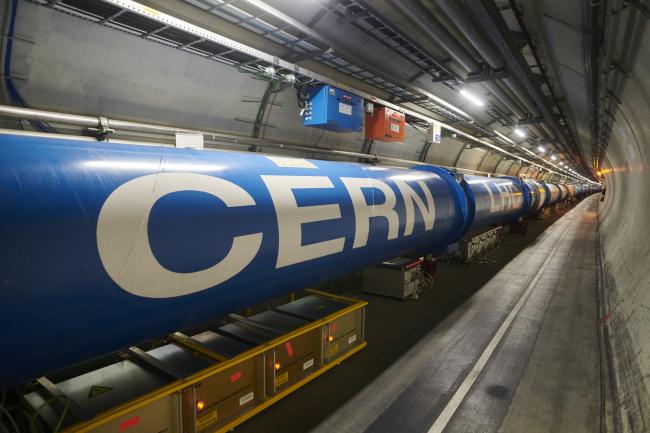
The LHC enters its next startup phase after Long Shutdown 2
For several months, scientists from CERN have been preparing the accelerator complex located there for awakening. After more than 3 years, the so-called Long Shutdown 2 and the successive testing of subsequent acceleration steps, the first proton beam has already appeared in the LHC ring.
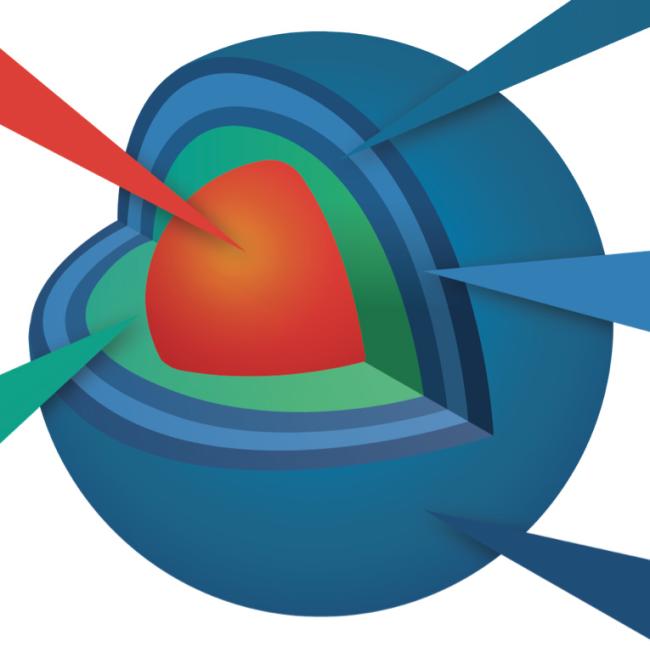
TRISO fuel – fuel with its own „containment”
High-temperature reactors use modern TRISO (TRIstructural-ISOtropic) nuclear fuel. NCBJ scientists conducted preliminary tests of the resistance of fuel pellets „shields” to mechanical damage. The work is carried out in cooperation with the European Research Center (JRC).
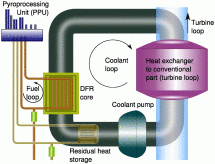
Negative reactivity coefficient of a two-fluid reactor
NCBJ scientists are analyzing the concepts of future solutions for new generation nuclear reactors. One of the promising solutions is the two-fluid reactor (DFR). In a paper published in the April issue of the journal Progress in Nuclear Energy, researchers showed that DFR has a negative temperature reactivity coefficient, which is one of the key figures for the passive safety of a nuclear reactor.

How heavy can a graviton be?
Scientists are trying to determine the properties of the graviton – the hypothetical particle that carries the gravitational force. In a study published in the Journal of High Energy Astrophysics, based on the analysis of 12 galaxy clusters, prof. Marek Biesiada and his colleagues presented a new limit on the mass of graviton. It is seven orders of magnitude stronger than the limitations of observing gravitational waves.
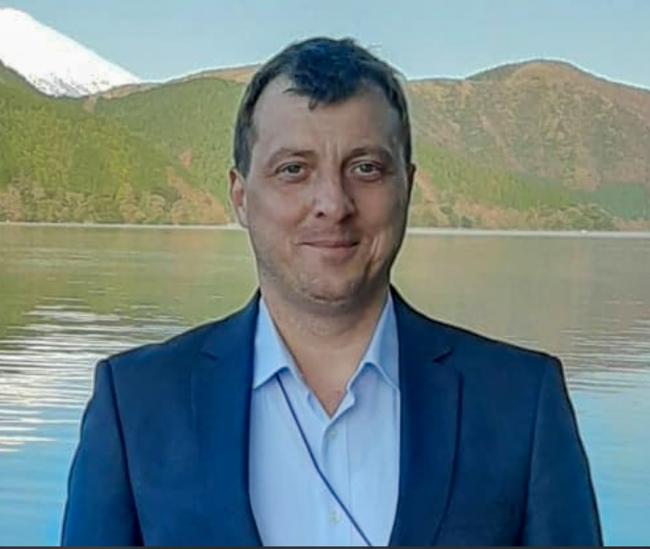
Prof. Michał Kowal in the Scientific Council of the GANIL research center
Prof. Michał Kowal, Head of the NCBJ Theoretical Physics Department, joined the Scientific Council of the French research center GANIL (French: Grand Accélérateur National d’Ions Lourds – Great National Heavy Ion Accelerator). Along with other members of the Council, prof. Kowal will shape the institute’s research program.
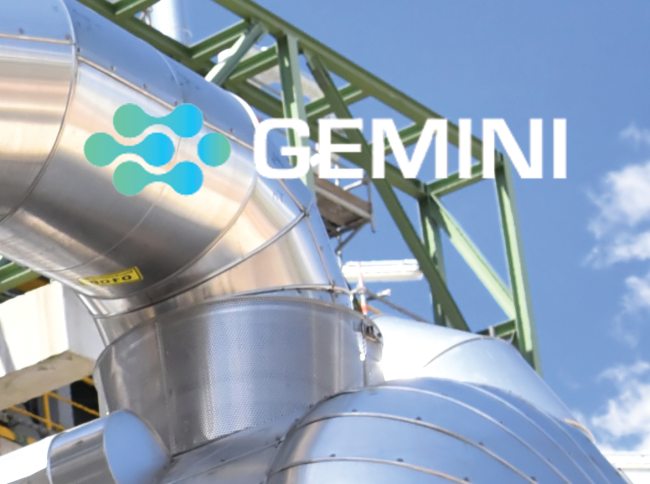
GEMINI 4.0 – polygeneration for industry and heating
The National Center for Nuclear Research takes part in the implementation of the international GEMINI 4.0 project carried out by over 20 institutions from Europe, Asia and the USA. The partners will develop a concept for the use of a high-temperature reactor for emission-free production of process and municipal heat, hydrogen, ammonia and other applications.
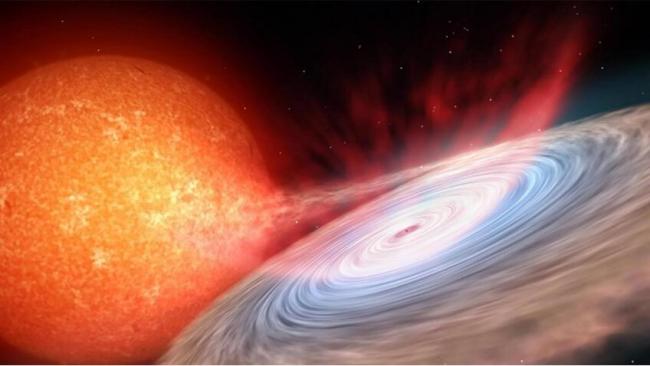
Influence of gravitational darkening on the spectrum of rotating objects
Exotic, rapidly rotating objects are of interest to astrophysicists. Polish astronomers are trying to obtain information about the physical conditions inside fast-rotating neutron stars. In a work published in The Astronomical Journal, they enriched the analysis with effects resulting from the phenomenon of gravitational darkening.
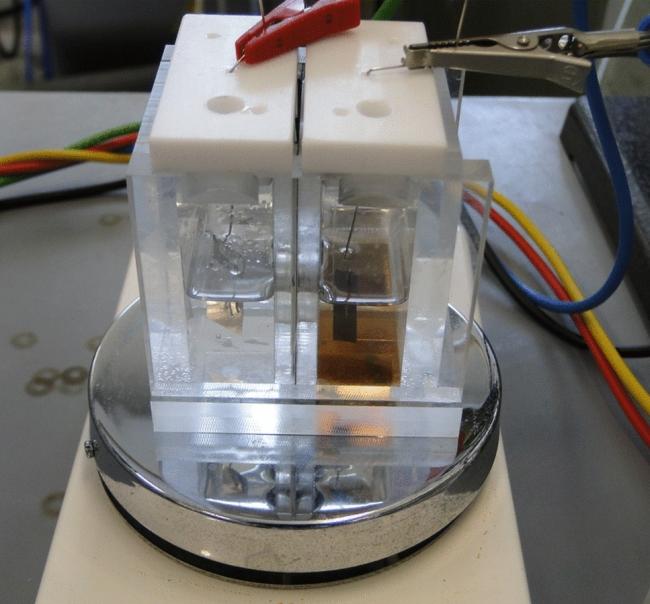
Research on new methods of producing 99mTc for nuclear medicine
In recent years, work has been underway on alternative routes to the production of technetium-99m, used in nuclear medicine. An example is the use of cyclotrons or linear accelerators. One of the stages of obtaining technetium using this method is currently being investigated by scientists from OR POLATOM at NCBJ.
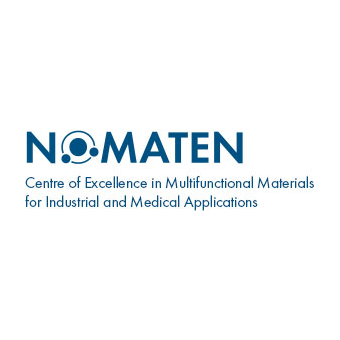
Cosmology July – open registration for 5th Cosmology School
Registration for the 5th edition of the International Conference „Cosmology School – Introduction to Cosmology” co-organized by the National Centre for Nuclear Research (NCNR) has started. The conference has already become part of the schedule of Polish astrophysical scientific events and is recognized in the arena of cosmological conferences worldwide.
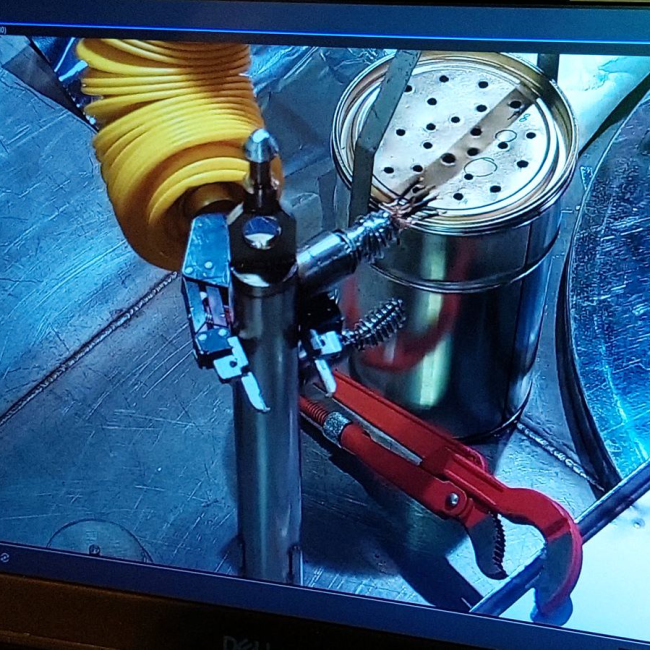
The success of irradiation of materials in the ISHTAR capsule at the MARIA reactor
The works carried out by the MARIA reactor team, related to the study of construction materials for the fourth generation helium-cooled reactors, have been successfully completed. The ISHTAR (Irradiation System for High-Temperature Reactors) capsule has been taken out of the reactor core, and the irradiated samples inside have been submitted for further study.
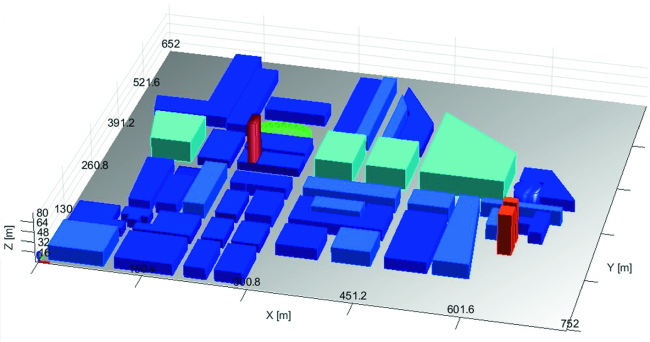
Scientists train artificial neural networks to detect real-time releases of toxins
When a release of hazardous substances is detected, it is most important to locate the source quickly and precisely and predict the direction of further spread. Instead of computationally demanding dispersion models, models based on Artificial Neural Networks can help. This will allow the contamination to be monitored in real time. Scientists from NCBJ are participating in the study of the possibility of using such models.
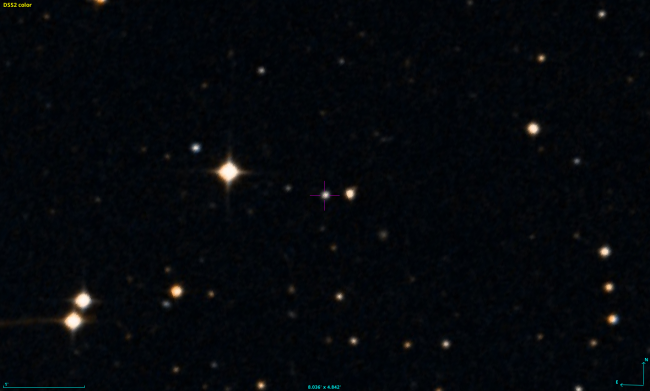
The history of the quasar HE 0435-5304 – the distance matters!
Publicly available data is not too popular among scientific breakthrough seekers. Usually they were extensively researched and there is nothing more to discover. However, there are exceptions, such as the quasar HE 0435-5304, which sounds boring by name.

Scientists from the NOMATEN Center of Excellence at NCBJ show how to link the structure of materials with their properties thanks to the tools of materials informatics
The Materials Structure, Informatics and Function (MASIF) group at NOMATEN deals with the search for relationships between the structure of materials and their properties. The data obtained in an experimental way or generated in various simulations are processed using materials informatics. The work of the group at NOMATEN is led by Ph.D. Stefanos Papanikolaou.

Two new BIS Sonatas in the Department of Theoretical Physics
Two scientists from NCBJ received grants from the National Science Center in the next, 11th Sonata BIS competition. Sebastian Trojanowski, Ph.D. presented a project entitled „Investigation of light particles in the dark sector of the Universe”. The second awarded project was submitted by Ph.D. Andrzej Hryczuk. It is entitled „Dark Matter and Baryogenesis in Multicomponent Dark Sectors and Extended Cosmological Models”.
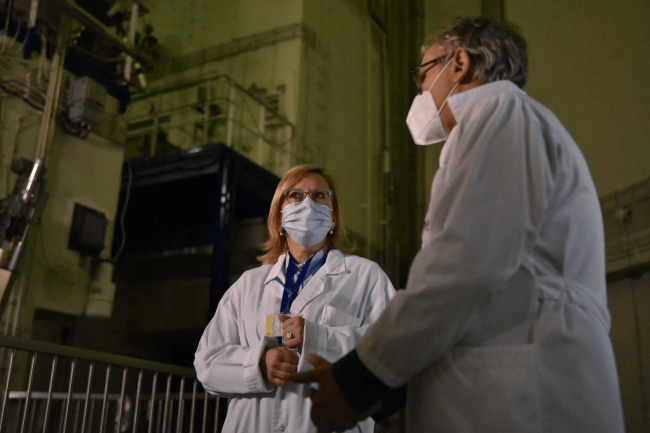
Meeting of the Minister of Climate and Environment Anna Moskwa with the NCBJ Director, Prof. Ph.D. Eng. Krzysztof Kurek
During the meeting, which took place on Thursday, February 17 at the National Center for Nuclear Research, Minister of Climate and Environment Anna Moskwa and NCBJ Director Prof. Ph.D. Eng. Krzysztof Kurek raised many topics related to the functioning and development of NCBJ, including extension of the license to operate the MARIA reactor, large CERAD and PolFEL projects and the status of nuclear institutes in the light of the development of nuclear energy in Poland.
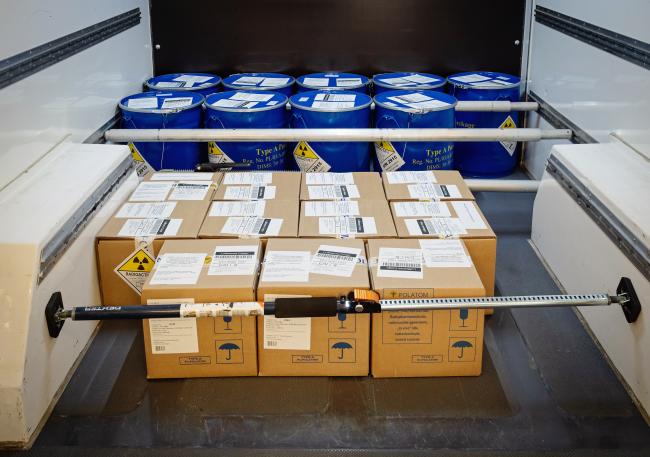
The POLATOM Radioisotope Center delivers radiopharmaceuticals to patients in a more secure way thanks to the status of a Known Consignor
A large part of the radiopharmaceuticals produced by OR POLATOM is shipped to recipients around the world by air. Obtaining the certificate of a Known Consignor is a proof of recognition of internal safety procedures and ensures that the preparations will reach patients faster and in a safer way.

KEK, UTokyo and NCBJ Sign MoU to Promote Hyper-Kamiokande Project
NCBJ, High Energy Accelerator Research Organization (KEK) and The University of Tokyo ( UTokyo) signed a memorandum of understanding (MoU) until the end of January in 2022, which aimed to promote the Hyper-Kamiokande international scientific research project. The Polish consortium of the project included nine institutions. An electron accelerator for beam calibration (NCBJ) and light detectors (PW and CAMK) will be built in Poland.

W ramach przygotowań do restartu LHC, w akceleratorze Linac4 pojawiła się pierwsza wiązka
10 lutego 2022 roku CERN poinformował, że w akceleratorze Linac4, będącym częścią kompleksu akceleratorowego LHC, pojawiła się pierwsza wiązka protonów. Jest to jeden z etapów przygotowywania całego kompleksu do ponownego rozruchu po tzw. Long Shutdown 2, trwającym od 2019 roku. Część struktur przyspieszających akceleratora została wykonana w NCBJ.
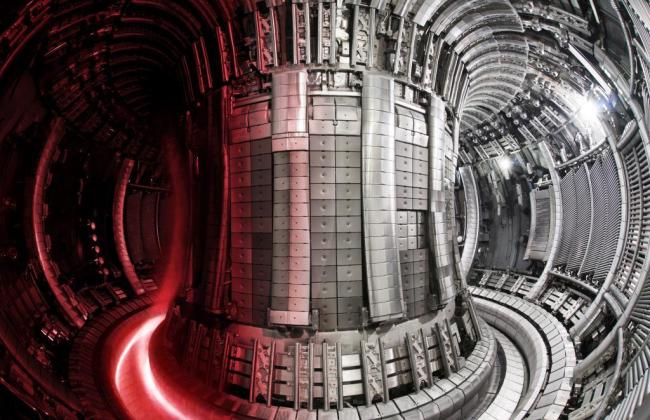
JET: a record fusion energy of deuterium and tritium
An international team of scientists working on the largest working JET tokamak (Oxford, UK) reported a record energy of 59 MJ achieved during a deuterium-tritium fusion lasting 5 seconds. NCBJ researchers contributed to the JET program through detector upgrades and plasma analysis. In Świerk, research is also carried out on materials that may be used in thermonuclear installations.
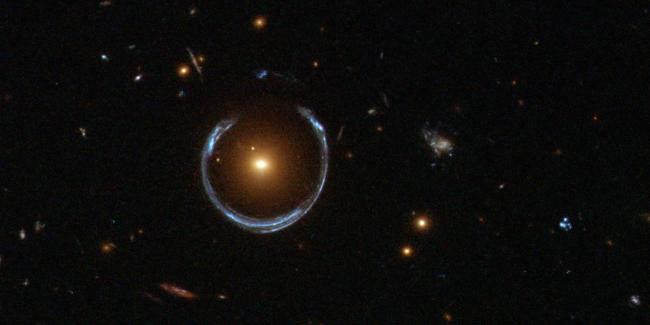
Searching for the gravitationally lensed glow of gamma-ray bursts
NCBJ participates in the study of gamma-ray bursts (GRBs), in particular the gravitational lensing of their glow. GRBs are one of the most energetic processes in the universe.Scientists propose to extend the search for GRBs with multi-range observations of the glow of these phenomena.
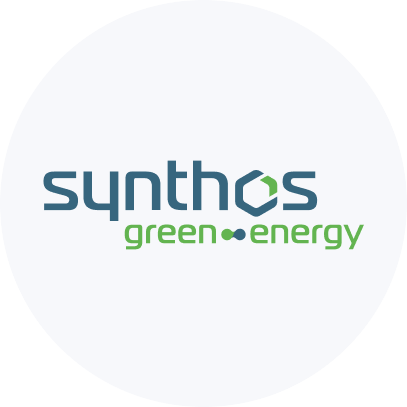
Cooperation between NCBJ and Synthos Green Energy in the area of new generation nuclear reactors
On February 4, 2022, the National Center for Nuclear Research (NCBJ) and Synthos Green Energy SA (SGE) signed a letter of intent on cooperation in the use of nuclear technology in industry and energy. The planned cooperation is related to the implementation by SGE of projects related to the construction of small modular light-water reactors (LW-SMR) for the production of electricity and possibly municipal heat and the construction of small modular high-temperature gas-cooled reactors (HTGR). The latter would be oriented towards cogeneration, i. e. industrial heat generation and hydrogen production.
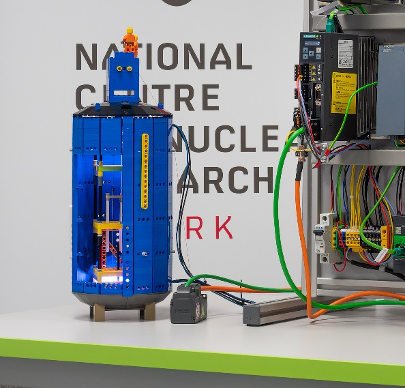
CyberLAB shows how a cyberattack on a nuclear power plant can proceed
The NCBJ Cybersecurity Laboratory has prepared an installation illustrating the hypothetical course of an attack on a controller in a nuclear power plant. Scientists show that devices responsible for even seemingly insignificant elements of the system can cause an emergency shutdown of the reactor when its weaknesses are found and exploited.
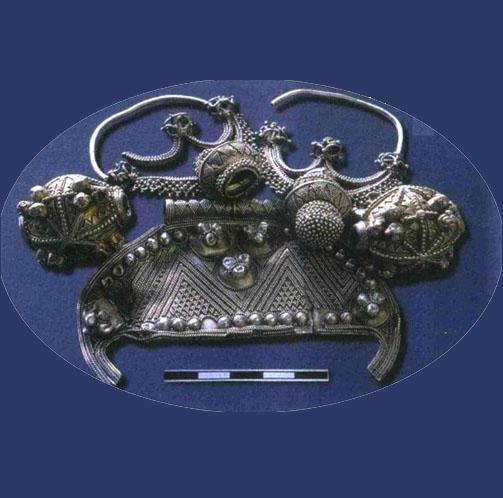
What secrets are hidden in the treasures of Vikings found in Polish lands?
The physicochemical analyzes of silver lunula from the early medieval treasury conducted by NCBJ allowed to establish the techniques of soldering necklaces ornaments. The research shows that the main components of the solders were copper compounds, with the addition of resin glue and lead oxide – a component of the solder mixture described in the historical goldsmithing guide – in the 10th Papyrus of Leiden.
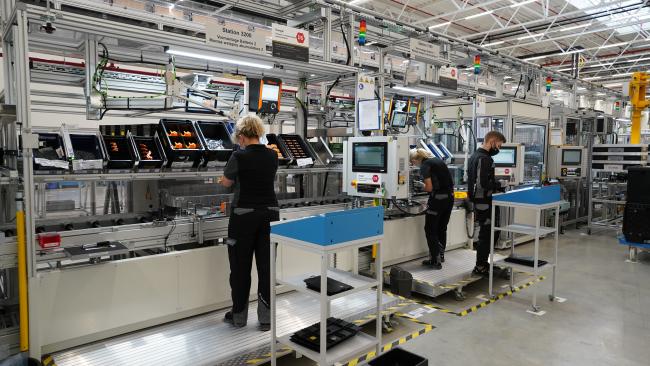
NCBJ has established research cooperation with Mercedes
NOMATEN, the NCBJ research agency, will conduct material research for Mercedes Benz Manufacturing Poland, which manages the engine and battery factory in Jawor, Lower Silesia. Thomas Kaiser, director of production and maintenance at the factory, has joined the NOMATEN Network of Industrial Advisors.
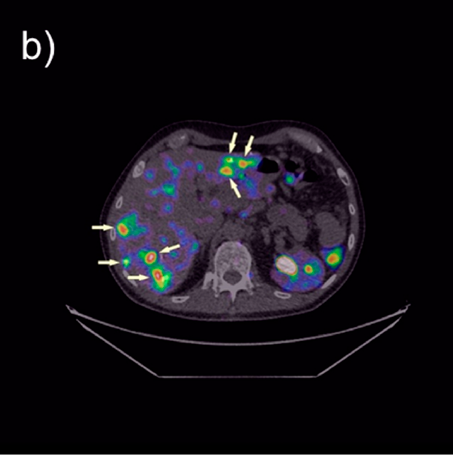
New perspectives in the treatment of difficult-to-diagnose neoplasms
Long-term research on radiopharmaceuticals targeting certain types of cancer, including medullary thyroid carcinoma that is difficult to diagnose and treat, has finally brought promising results in the preclinical phase. The obtained results give hope for the development of cancer theranostics. Scientists from the POLATOM Radioisotope Center at the National Center for Nuclear Research are also working on this.

The MARIA reactor has quickly filled the gap in the global supply of life-saving radioisotopes
The Polish nuclear reactor MARIA was able to rapidly rearrange its work schedule to respond to the shortages of medical molybdenum-99 due to a fault in the Dutch HFR reactor. Molybdenum-99 is a radionuclide widely applied in nuclear medicine to save human life.
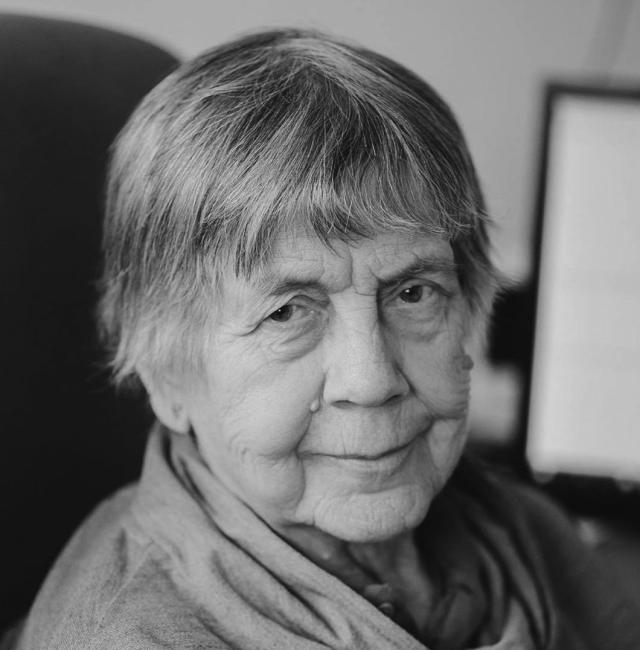
The memory of the late prof. Maria "Hula" Szeptycka
"It was important to understand exactly what and why you were doing something, all questions were allowed, but you had to be able to defend your results and the methods used." This is how Prof. Ewa Rondio recalls the collaboration with Prof. Maria Szeptycka.

Reaktor MARIA wspiera badania nad syntezą termojądrową
Wraz z początkiem roku, do infrastruktury reaktora MARIA został włączony nowy element – sonda termostatyczna MAKARONI. Urządzenie pozwoli na badanie materiałów mających znaleźć zastosowanie w technologiach termojądrowych.
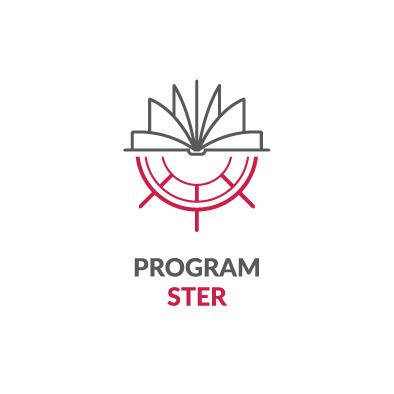
The NCBJ and IChTJ Graduate School gains a new look thanks to participation in the STER program
For the next 3 years, the NCBJ (National Centre for Nuclear Research) and IChTJ (Institute of Nuclear Chemistry and Technology) Graduate School of Physics and Chemistry will participate in the STER program – Internationalization of Doctoral Schools by NAWA. This will allow young scientists from around the world to gain education and conduct research in cooperation with the best research centers.
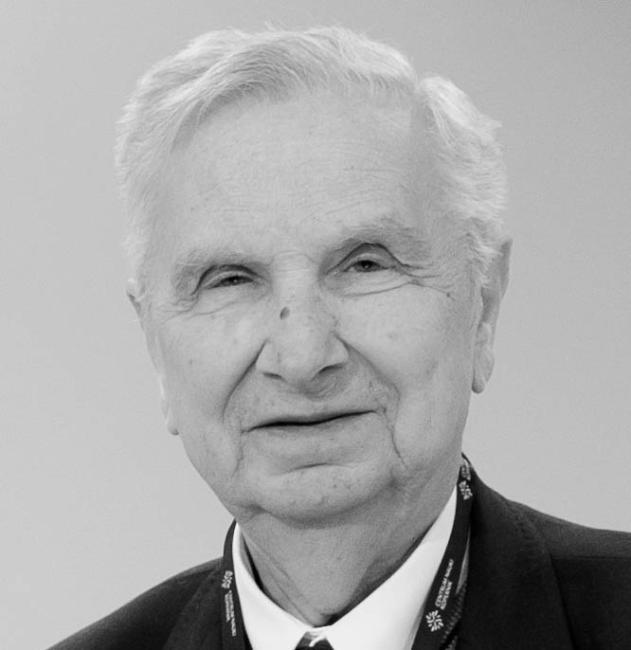
Wspomnienie o prof. Ludwiku Dobrzyńskim
„Na całym świecie mogłem się chwalić, że nasz Instytut odwiedza rocznie 7-8 tysięcy uczniów i obserwować zachwyt i zazdrość w oczach kolegów z innych krajów" – napisał Profesor Wrochna. Do Świerka napływają kolejne listy i wspomnienia.

How do you weigh galaxies for the greatest sky surveys?
NCBJ coordinates Polish participation in the largest observational astronomy project in history. The field of view of a telescope built in Chile will cover an area 40 times larger than the Moon’s disc. The observations planned for 10 years will provide, among others data about variable objects. Scientists from NCBJ working as part of the ASTROdust team are already preparing algorithms that will enrich the set of information obtained from the observations.
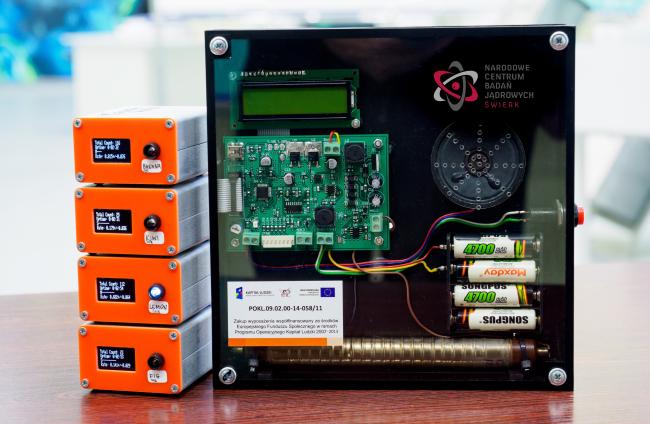
New educational projects addressed to students and enthusiasts
In the coming year, we plan to invite everyone to the Open Door Days in Świerk. This time, however, we will open these doors virtually, thanks to which we will show more and everyone willing. We will also extend the campaign of lending detectors to schools that enable them to conduct lessons on radiation.
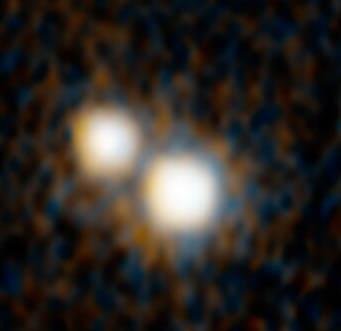
A new method of determining distances in the universe uses quasars
Astronomers use many methods of determining the distance to celestial bodies, but each of them has limits of its applicability. An international group of scientists, with the participation of Professor Marek Biesiada from the National Center for Nuclear Research, proposes the use of quasars for this purpose. The method could be applied to objects whose image reaches us even 13 billion years ago.

The past to the future, or how physicists study the functioning of the first Homo Sapiens cultures
The end of the year is a good time in research institutions to recall the particularly interesting results achieved in the previous twelve months. These undoubtedly include those that are the result of collaboration between scientists of various specialties. Their example is the joint work of archaeologists, chemists and physicists on the archaeological site in Ćmielów, published last year.
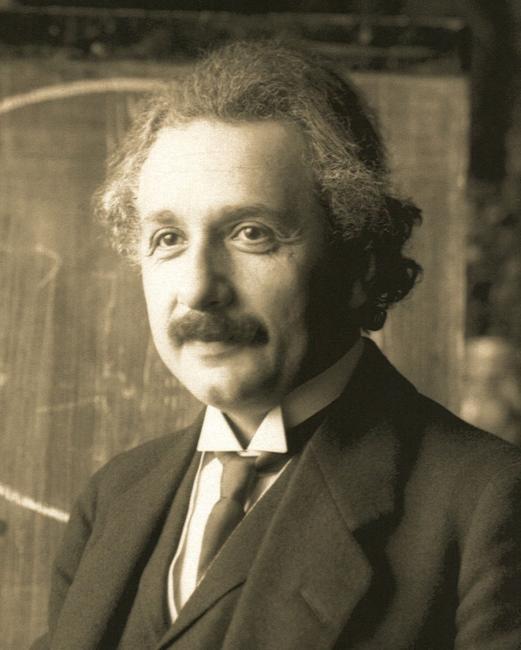
Gravitational waves allow us to test the General Theory of Relativity
Based on the latest research results from the LIGO / Virgo gravitational wave observatories, scientists conducted tests of General Relativity (GRT). Nine different methods were used to verify the consistency of Einstein’s theory with the observational data. No discrepancies were found. Polish scientists from the Polgraw group, including scientists from NCBJ, participated in the research.
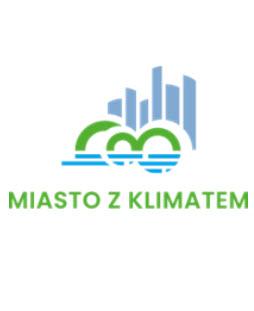
NCBJ cooperates with „Cities with Climate” as part of specialist strategic consulting
At the turn of November and December, a meeting inaugurating strategic consulting under the City with Climate initiative was held. Cities distinguished in the project start cooperation with renowned institutions. One of the advisory institutions invited to this cooperation is the National Centre for Nuclear Research.
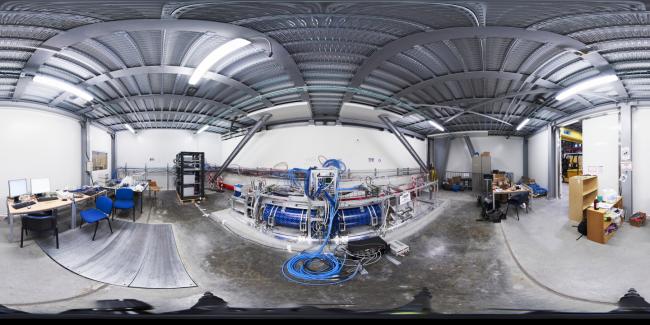
Catching neutrinos in the Large Hadron Collider
In an article published this week in the journal Physical Review D, the FASER experimental collaboration reported on the possible first historic observation of neutrinos at the Large Hadron Collider (LHC). One of the initiators of this experiment Was Dr. Sebastian Trojanowski from the International Research Agenda AstroCeNT at the Astronomical Center. Nicolaus Copernicus PAS and the National Center for Nuclear Research (NCBJ).
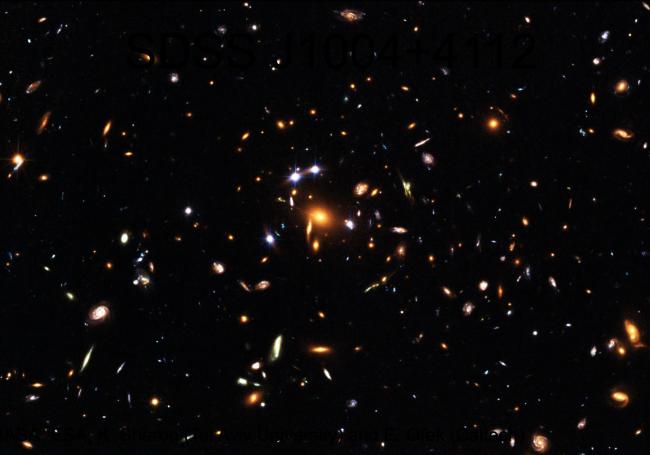
Can dark matter help solve the problem of how fast the universe is expanding?
Scientists from NCBJ have recently proposed a mechanism for the production of self-interacting dark matter, resulting from decays that occur after the end of the recombination era. The authors showed that self-interacting dark matter can simultaneously solve the problems of the ΛCDM model on small and large scales.
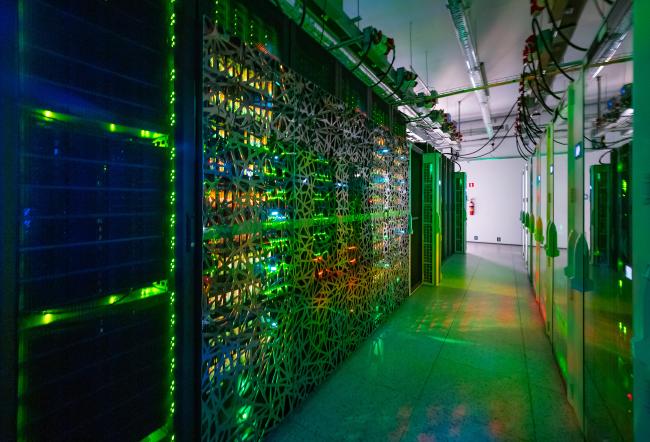
Prof. Wojciech Wiślicki represents Poland in the Advisory Board of CERN Quantum Technology Initiative
Prof. dr hab. Wojciech Wiślicki, Director of the Complex Systems Research Department at NCBJ, Was nominated by the representatives of the CERN Council as a member of the CERN QTI (Quantum Technology Initiative) Advisory Board. Prof. Wiślicki, as one of the 22 members of the Council composed of experts in the field of quantum technologies, will, together with the Program Management Team, build and conduct both national and international activities and cooperation in the field of quantum technologies.

POLAR-2 at the POLSA conference
W dniach 23-24 listopada odbędzie się konferencja „O Lemie i kosmosie” organizowana przez Polską Agencję Kosmiczną POLSA. Dr Adam Zadrożny oraz mgr inż. Dominik Rybka – naukowcy z Narodowego Centrum Badań Jądrowych, będą mówić na niej o międzynarodowym projekcie POLAR-2 i polskim wkładzie w tę misję.
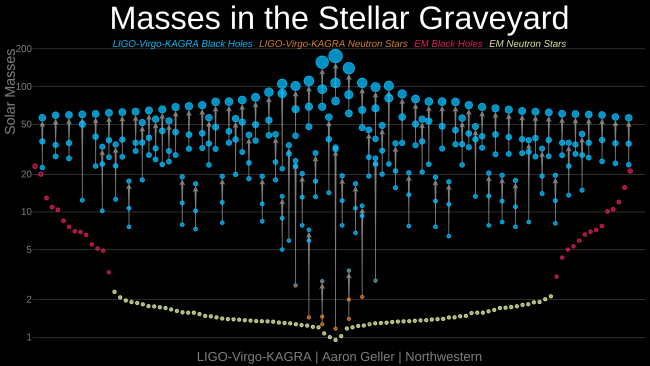
LIGO and Virgo extend the catalog of gravitational waves
In the data from the third observatory campaign of Advanced-LIGO and Advanced-Virgo observatories (from November 2019 to March 2020), another 35 sources of gravitational waves were found, thus extending their list to 90 objects. 32 sources come from the merger of two black holes, and 3 from the merger of the black hole system with a neutron star. Scientists from the NCBJ Astrophysics Department are participating in the work of the LVK consortium.
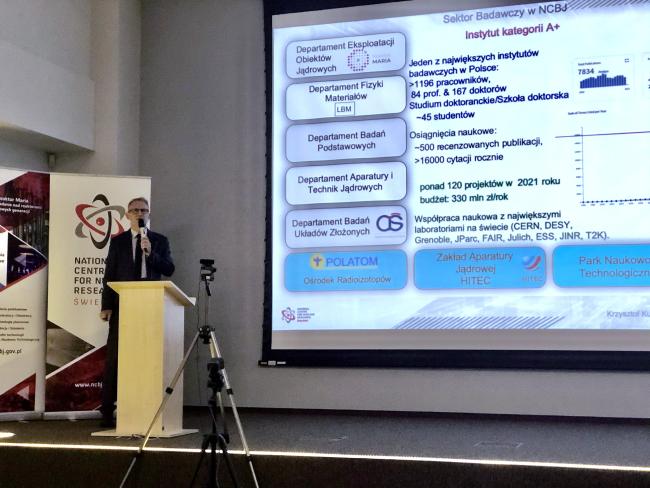
10th Anniversary Symposium – congratulations and recordings
On November 5, 2021, a ceremonial Symposium was held on the occasion of the tenth anniversary of the Institute. On this occasion, we have received nice congratulatory letters, for which we would like to thank you! Recordings of the Symposium presentations are now available on the institute’s YouTube channel.
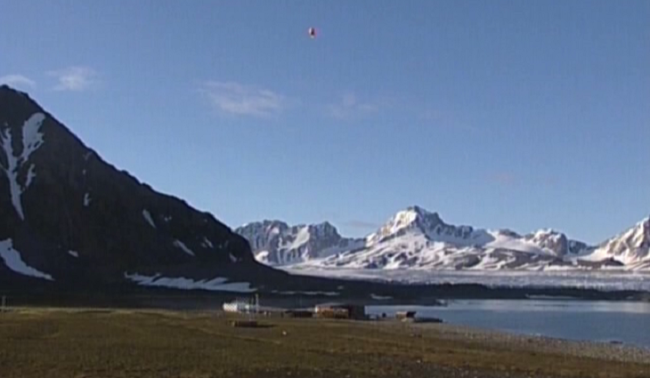
The concentration of radionuclides in the polar air as a source of valuable information
Scientists from NCBJ and the Institute of Geophysics of the Polish Academy of Sciences have published the results of many years of research on radionuclide concentrations in the polar region and in Poland. The collected data enriches the knowledge about the movement and mixing of air masses on a regional to global scale, and about environmental dust.
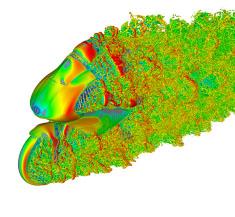
”Speed is our domain” – advanced simulations in vehicle design
Designers ideas can be verified without incurring the cost of building a prototype. Numerical simulations using high-power computers accelerate calculations up to several hundred times compared to standard workstations. The Świerk IT Center (CIŚ) at NCBJ offers such opportunities. They were presented on the example of a simulation of air flow around an electric motorcycle designed by students.
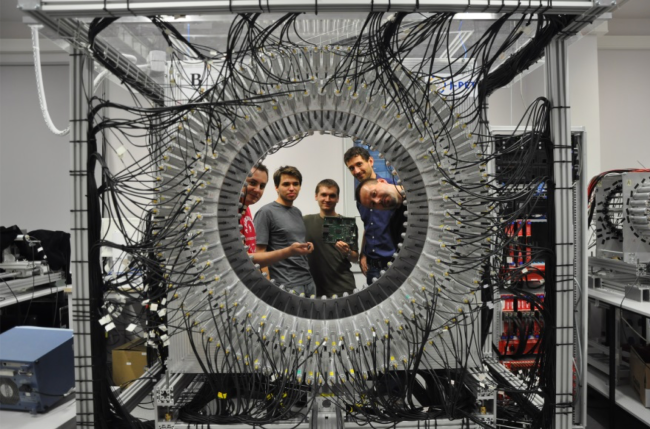
J-PET: positron annihilation allows for even more precise imaging of lesions
For the first time in the world, the creators of the Krakow-based J-PET showed how to obtain additional valuable information about the location of lesions. The method is based on the analysis of processes involving positronia arising in the patient’s body. The first very promising images have already been obtained, and the results have been published, among others in the journal Nature Communications. Scientists from NCBJ are the co-authors of the new method.
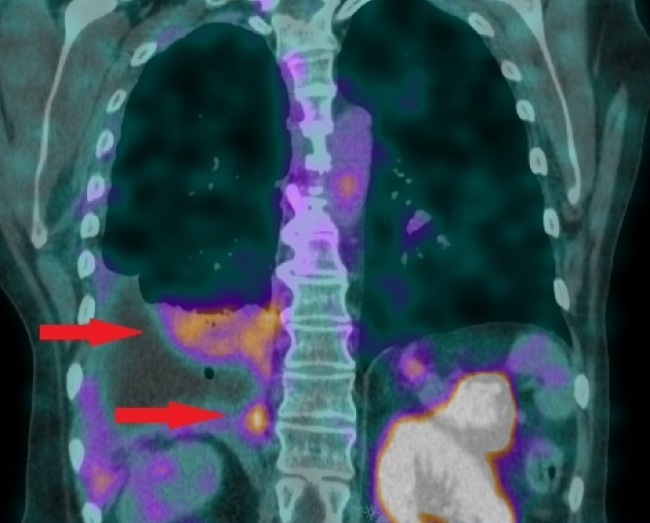
A new marker for imaging cancer cells
An international team of scientists, including scientists from the POLATOM Radioisotope Center of the National Center for Nuclear Research in Świerk, proposed the use of a new chemical compound[99mTc] Tc-DB15 for imaging prostate and breast cancer.
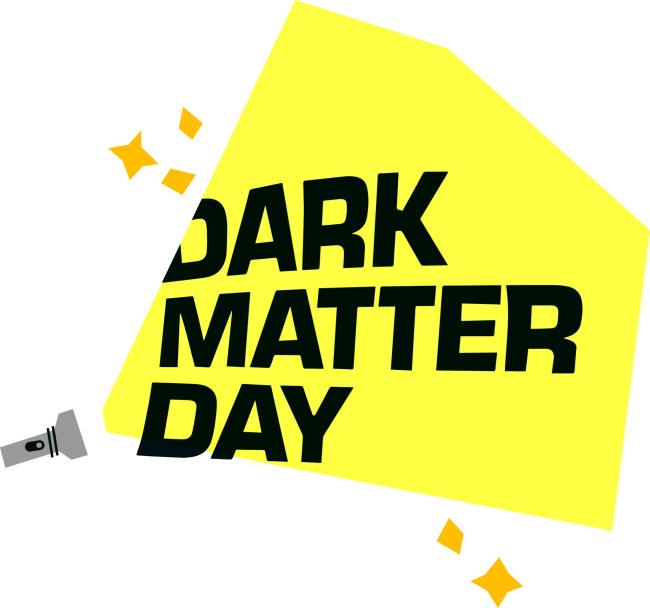
Dark Matter Day
Serdecznie zapraszamy do wzięcia udziału w tegorocznym spotkaniu online, które odbędzie się 28 października i wysłuchania wykładów popularnonaukowych na temat ciemnej materii przygotowanych m. in. przez pracowników NCBJ.
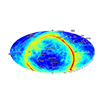
HELP – a modern and standardized catalog of extra-galactic objects
An international team of scientists has provided scientists and enthusiasts with the most complete catalog of extragalactic objects to date, covering an area of over 3% of the full angle of the sky’s solid and containing 170 million sources. The modeling of their energy spectra was the responsibility of Ph. D. Katarzyna Małek from the NCBJ Astrophysics Department.
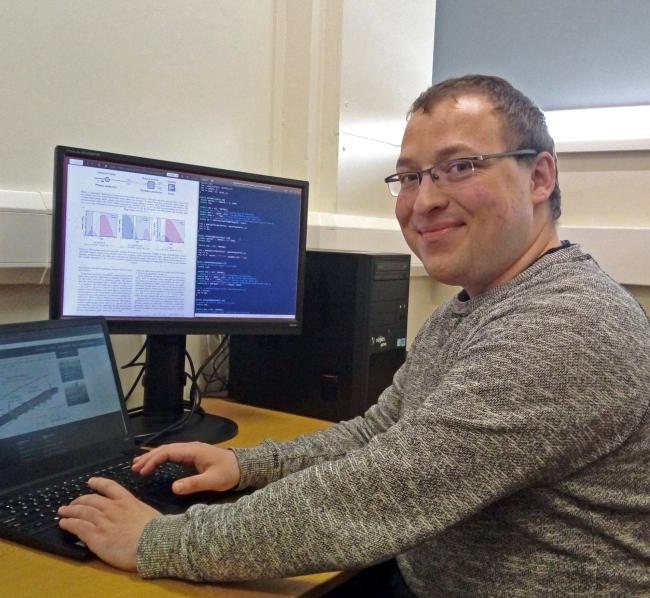
Dr. Sebastian Trojanowski won this year's Polityka Science Award
Congratulations! Dr. Trojanowski is an employee of the Department of Theoretical Physics (as well as the Astronomical Center of the Polish Academy of Sciences). His achievements include co-design of a new experiment at the LHC: FASER is to search for dark matter particles.
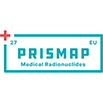
NCBJ becomes one of the partners of the European medical radionuclide programme PRISMAP
NCBJ participates in the European programme of production of medical isotopes – PRISMAP. With our experience in the field of production and research of radionuclides for medical purposes, we will be one of the elements of the communication network for the users of new radionuclides for diagnostics and therapy created within the project.
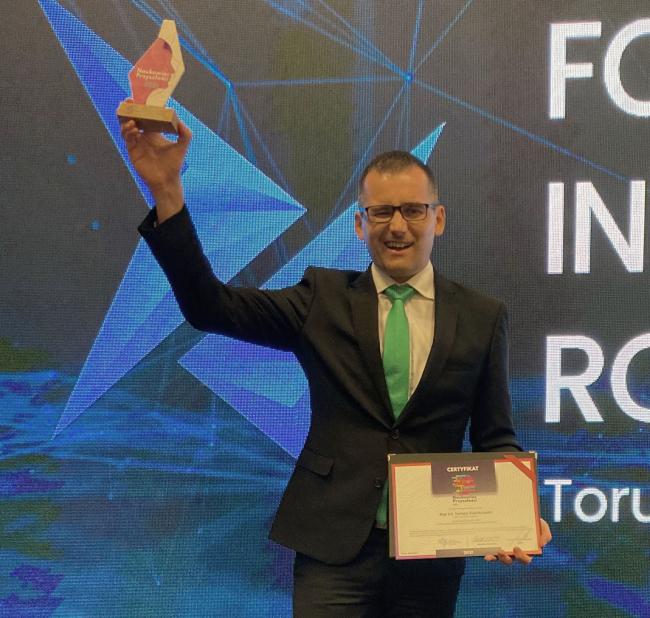
Tomasz Kwiatkowski „Naukowcem przyszłości” za badanie wpływu turbulencji na chłodzenie reaktorów
Na 6 Forum Inteligentnego Rozwoju odbywającym się w tym roku w Toruniu wyróżniono młodych naukowców, których praca i efekty badań mogą skutkować pozytywnymi zmianami w bliższej lub dalszej przyszłości. Tytuł „Naukowca Przyszłości” w dziedzinie nauk ścisłych i technicznych otrzymał mgr inż. Tomasz Kwiatkowski z Zakładu Energetyki Jądrowej i Ochrony Środowiska.
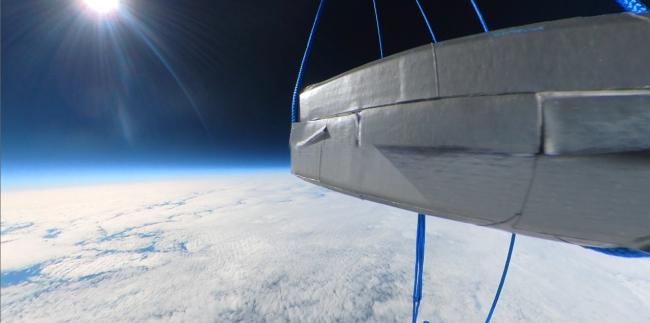
During 47 Congress of Polish Physicists, a probe with CosmicWatch detectors was sent into the stratosphere
47 Congress of Polish Physicists takes place in Bydgoszcz on 19–23 September 2021. On September 19, the part of the Congress dedicated to teaching physics was inaugurated by sending a tandem stratospheric probe, which included cosmic rays detectors provided by NCBJ.
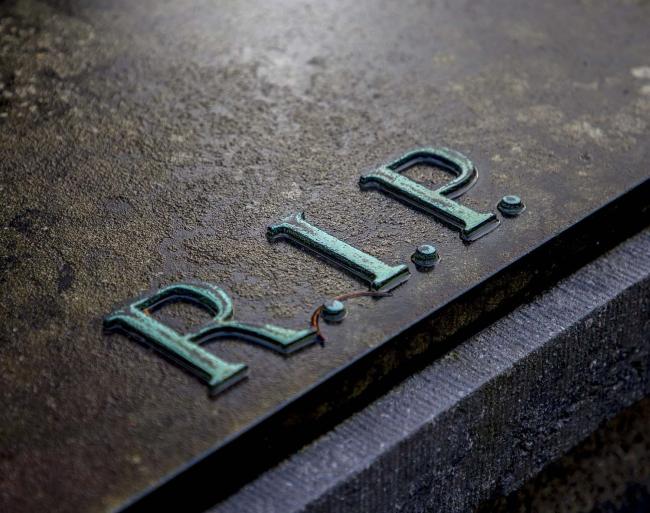
Pożegnanie dra Jerzego Kubowskiego
"Żegnamy Człowieka o wielkiej wiedzy, ogromnych kompetencjach zawodowych i dużym doświadczeniu, a także osoby o horyzontach intelektualnych wykraczających daleko poza obszar uprawianego zawodu" - pisze w swoim wspomnieniu o dr. Kubowskim pan Janusz Jaroszewicz.

Dr Sebastian Trojanowski finalistą konkursu o Nagrodę Naukową Polityki
Dr Trojanowski jest jednym z 15 tegorocznych finalistów. Reprezentuje kategorię nauki ścisłe - fizyka. Był on współpomysłodawcą nowego eksperymentu FASER przy Wielkim Zderzaczu Hadronów (LHC). Jego prezentację będzie można zobaczyć na zbliżającym się Warszawskim Festiwalu Nauki
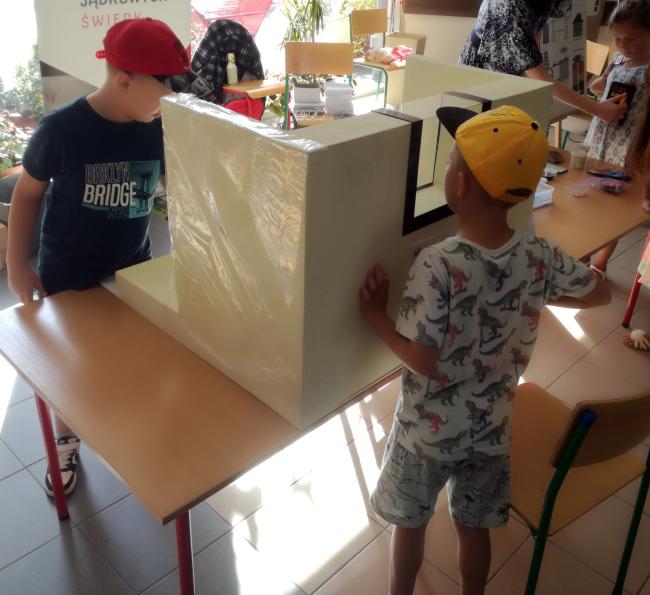
Sezon festiwalowy w pełni
Wrzesień i pażdziernik to tradycyjnie już pora masowych imprez popularyzujących naukę. Naszą obecność na tych imprezach przygotowują przede wszystkim koleżanki i koledzy z Działu Edukacji i Szkoleń. W minioną sobotę był Józefosław, wkrórce rozpocznie się Festiwal Nauki w Warszawie, a w październiku Rzeszów i może Katowice.
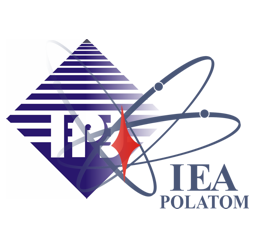
NCBJ was established 10 years ago
"On August 22 (2011), an ordinance of the Council of Ministers was published establishing the National Center for Nuclear Research as of September 1, 2011. The government's decision to merge the POLATOM Institute of Atomic Energy and the Institute for Nuclear Problems ends the nearly 30-year period of the destruction of Świerk. The Institute for Nuclear Research is being reborn under a new name and with new tasks. "
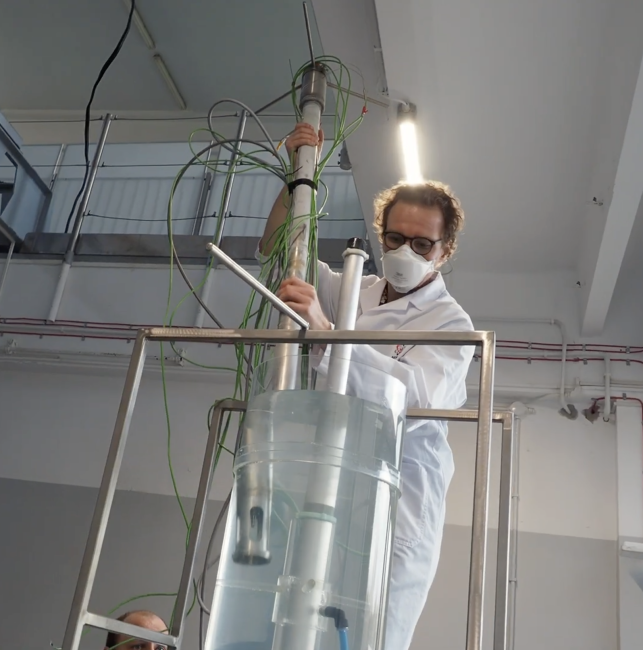
High-temperature irradiation rig started its operation in the MARIA reactor core
Since 27th of August, 2021 irradiation rig has been successfully operating in the core of MARIA reactor. This installation allows irradiation of material samples at temperature of 1000°C, that’s under conditions prevailing in HTGR reactors. The device was built at Polish National Centre for Nuclear Research (NCBJ) as part of the GoHTR project.
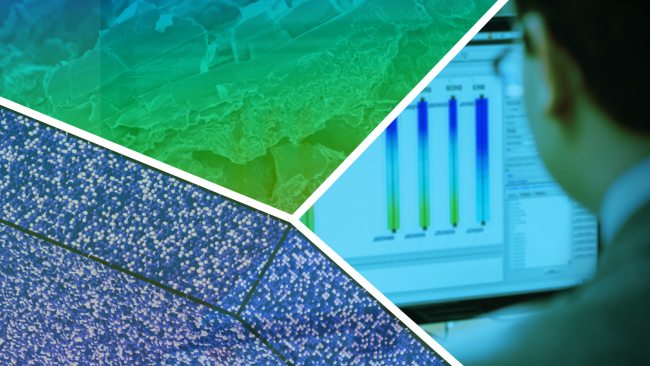
NOMATEN: software for analyzing microscopic images of materials using machine learning
Large Data is common across materials science. Cross-correlating and understanding data from material surfaces is very important since there is typically a direct connection to physical properties. Also, it is very important to use this data to reconstruct the actual microstructure and perform simulations in a computer at the molecular or larger scale. However, understanding of Large Data requires the application of statistical and machine learning techniques. Further, simulations require efficient microstructural reconstruction techniques. Stefanos Papanikolaou's group at NOMATEN investigates such issues.
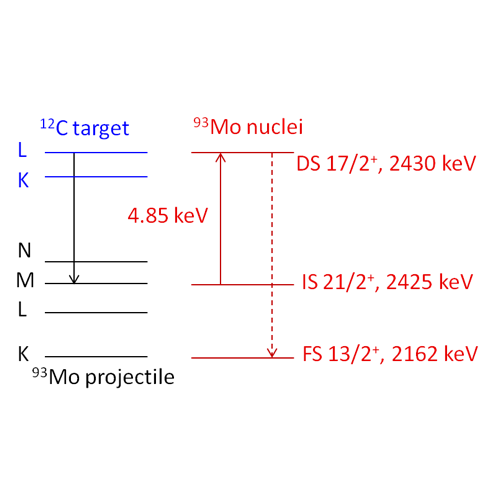
A new theoretical description of the forced release of energy from nuclear isomeric states
Polish and American scientists have published a paper presenting an attempt to describe a promising process that allows the use of "on demand" energy previously stored in nuclear isomeric states. This process has recently been experimentally observed. The presented approach improves the results of previous theoretical analyzes.
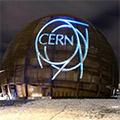
30 years of Poland at CERN
On July 1, 1991, Poland gained the status of a full member of CERN. Located near Geneva, CERN's constantly expanded complex of accelerators and laboratories forms the most powerful research center on Earth. Polish scientists collaborated with him since the end of the 1950s. Our scientists have also been among them for several decades.
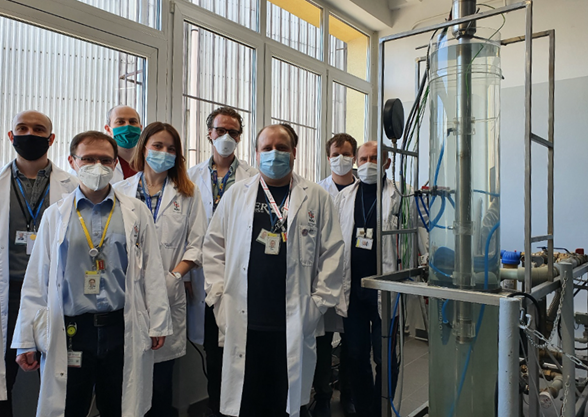
The new research equipment for HTGR undergoes the first tests in the MARIA reactor
Scientists from the NCBJ Reactor Research Department have designed a probe that allows samples to be irradiated at a temperature of over 1000 degrees, which is under the conditions prevailing in HTGR reactors. The first tests in the MARIA reactor turned out to be very promising.
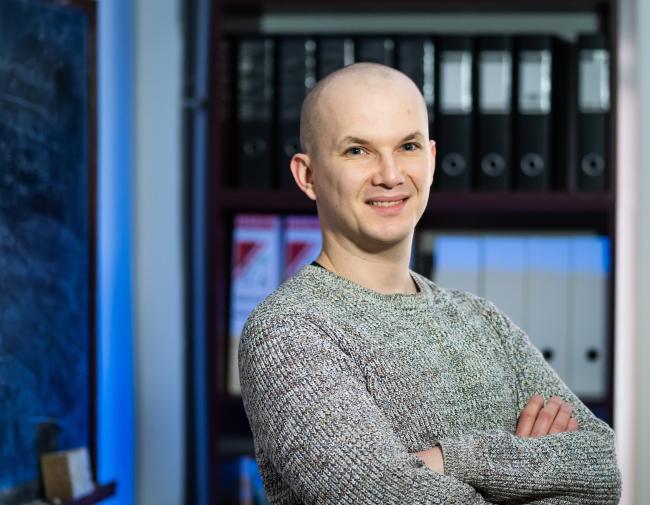
Minister's scholarship for Dr. Paweł Sznajder
Dr. Paweł Sznajder from the NCBJ Department of Theoretical Physics received a three-year scholarship from the Minister of Education and Science for outstanding young scientists demonstrating significant achievements in scientific activity in 2021. Research interests of Dr. Paweł Sznajder are related to comprehensive studies of generalized parton distributions (GPDs).
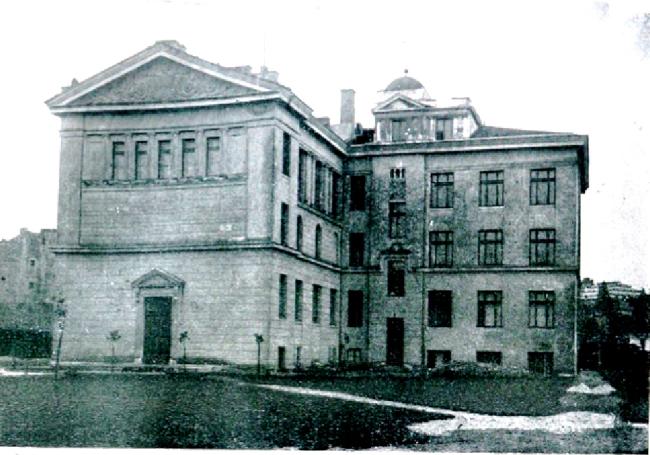
100 years of physics at the University of Warsaw
In September, the centenary of the Institute of Physics of the University of Warsaw - the precursor of the present Faculty of Physics, will be celebrated. Many of our scientists have been or are associated with FUW as graduates, former employees or associates. Until July 15, you can register your participation in the planned celebrations. The organizers hope that it will be massive.
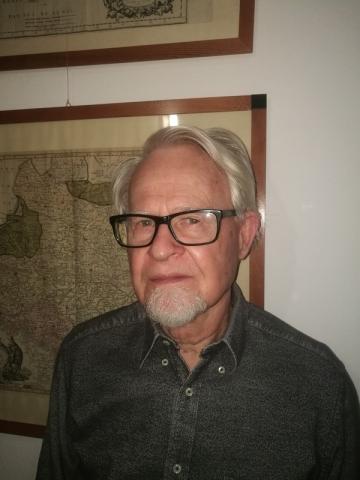
The achievements of prof. Sławomir Wycech appreciated at a special session
At the European Center for Theoretical Research in Nuclear Physics, ECT * Trento, a working session entitled 'Hot topics in STRAngeness NUclear and Atomic Physics' took place at the end of May. The organizers devoted one day of the session to papers on the scientific achievements of Professor Sławomir Wycech from ZFT NCBJ.

Awards of the DBP Director were awarded
The Committee of the Director of the Fundamental Research Department Award has announced the list of this year's winners. For scientific achievements in 2020, equal prizes were awarded to: professor Lech Szymanowski, Dr. hab. Paweł Bielewicz and Dr. Artur Ukleja. Dr. Anna Durkalec received the award for popularizing activities. Congratulations to the winners!
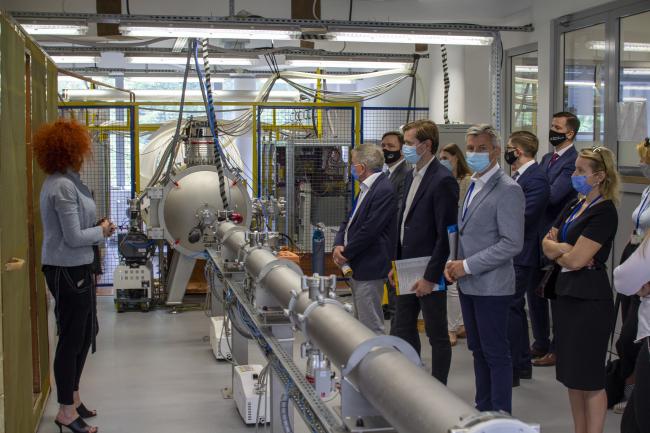
Wizyta parlamentarzystów
9 czerwca 2021 r. instytut odwiedziła grupa posłów na Sejm RP. Goście zwiedzili OR POLATOM, reaktor MARIA, miejsca nowych inwestycji CERAD i PolFEL, a także laboratoria fizyki plazmy i ZdAJ oraz skaner pojazdów Sowa. Parlamentarzystom towarzyszyli: Prezes Państwowej Agencji Atomistyki, który przedstawił działania nadzoru jądrowego w Polsce oraz dyrektor Departamentu Energii Jądrowej w Ministerstwie Klimatu i Środowiska, który przedstawił założenia i stan realizacji Polskiego programu energetyki jądrowej.
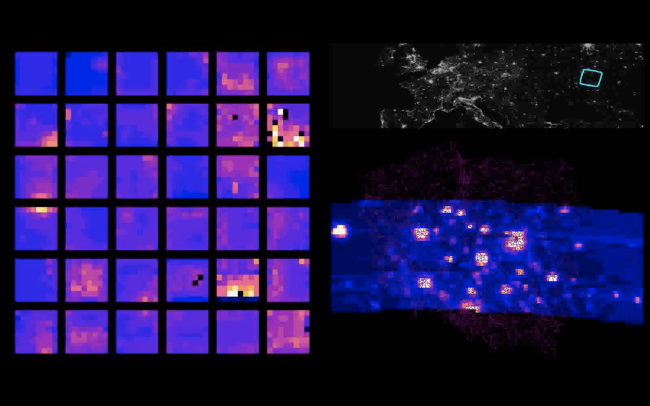
Mini-EUSO over Poland
The Mini-EUSO telescope is a device that has been floating on board the International Space Station (ISS) since August 2019, enabling the creation of an ultraviolet map of the Earth's nighttime atmosphere and the observation of its variability over time. The project, in which Polish scientists from the National Center for Nuclear Research participate, is the next step of the International JEM-EUSO Collaboration to the study of the atmospheric Extensive Air Showers generated by the highest energy cosmic rays using measurements from space.
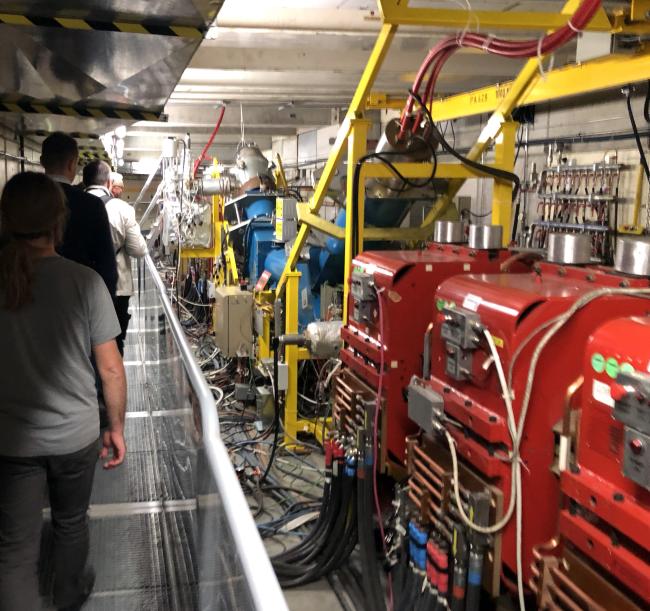
Antyprotony pomogą zbadać jądra nietrwałe
Eksperyment PUMA, który ma zbadać powierzchnie szeregu jąder atomowych nie istniejących trwale w przyrodzie, został zatwierdzony do realizacji w CERN. Profesor Sławomir Wycech z Zakładu Fizyki Teoretycznej NCBJ podjął się zadania analizy kluczowych pomiarów tego eksperymentu.
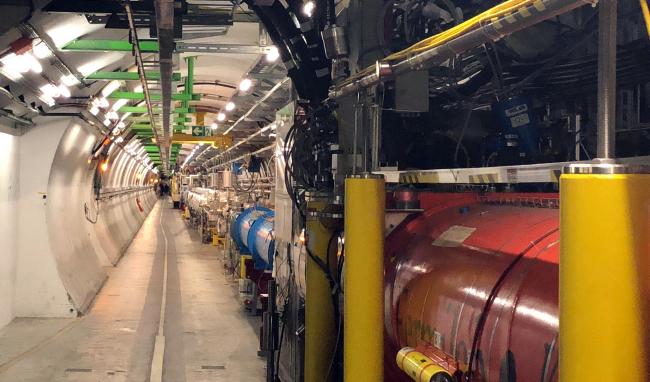
Nowy kierunek badań w LHC
Badacze z całego świata będą po raz drugi debatować nad przyszłością nowego kierunku badań w Wielkim Zderzaczu Hadronów pod Genewą, który ma zaowocować szczegółowymi pomiarami wysokoenegetycznych neutrin oraz otworzy nowe drogi poszukiwań ciemnej materii. Współautorem dyskutowanej propozycji nowego eksperymentu FLArE jest dr Sebastian Trojanowski z AstroCeNT i Zakładu Fizyki Teoretycznej NCBJ.
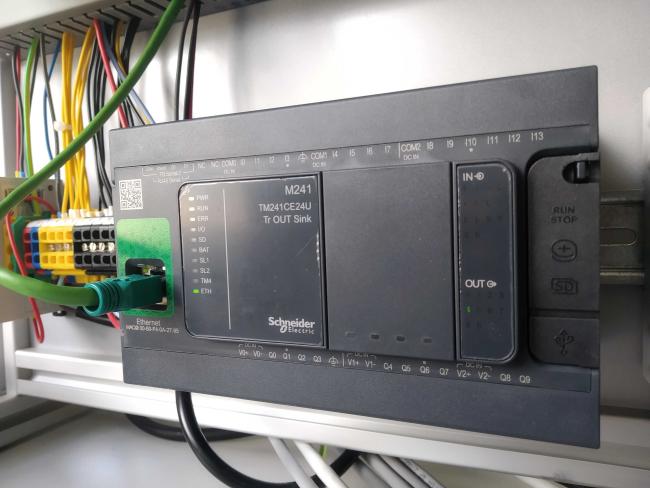
CyberLAB detects and fixes another network security issue.
The Team of the Cybersecurity Laboratory (CyberLAB) of the National Centre for Nuclear Research using so-called fuzz testing detected a vulnerability in commonly used PLCs. The manufacturer has already applied solutions to eliminate the detected threat.
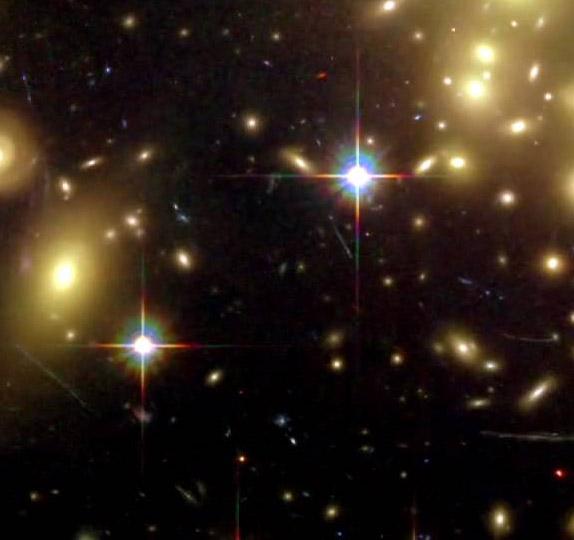
Nagroda za esej grawitacyjny dotykający podstaw fizyki cząstek
Profesor Jerzy Kowalski-Glikman z Zakładu Fizyki Teoretycznej NCBJ wraz z trzema współautorami został w tym roku laureatem drugiej nagrody za Eseje o Grawitacji. Konkurs organizowany jest od 1949 roku przez Gravity Research Foundation. Nagrodzona praca nosi tytuł „Fenomenologia kwantowej grawitacji w podczerwieni”.
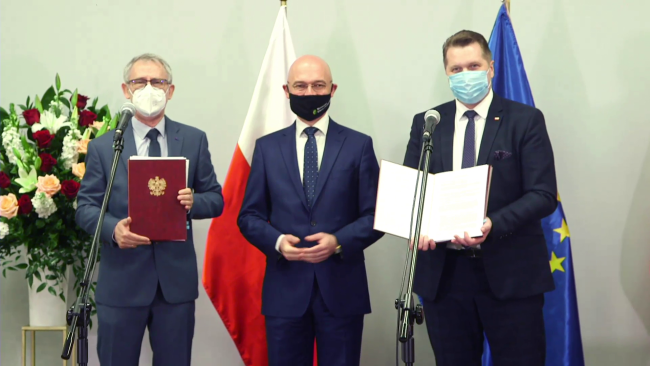
Realizacja prac projektowych reaktora HTGR – umowa podpisana
NCBJ oraz Ministerstwo Edukacji i Nauki podpisały umowę na realizację kolejnej partii prac projektowych wysokotemperaturowego reaktora chłodzonego gazem (ang. High Temperature Gas cooled Reactor, HTGR). W wydarzeniu, które odbyło się 12 maja 2021 r. w Otwocku-Świerku, uczestniczyli Minister Edukacji i Nauki Przemysław Czarnek, Minister Klimatu i Środowiska Michał Kurtyka oraz dyrektor Narodowego Centrum Badań Jądrowych Krzysztof Kurek.
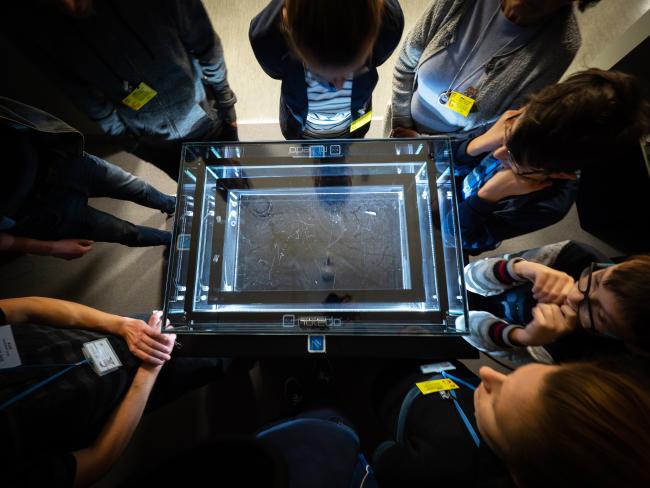
NCBJ współorganizatorem „Popularyzacji wiedzy o energetyce jądrowej”
Warsztaty „Popularyzacja wiedzy o energetyce jądrowej”, które odbyły się na przełomie marca i kwietnia 2021 r. na Pomorzu i w rejonie Bełchatowa, zorganizowało Stowarzyszenie Narodów Zjednoczonych w Polsce we współpracy z Departamentem Energii Jądrowej Ministerstwa Klimatu i Środowiska, Narodowym Centrum Badań Jądrowych i spółką PGE EJ1.

Dr hab. Marek Rabiński nowym Prezesem Polskiego Towarzystwa Nukleonicznego
17 kwietnia 2021 r. dr hab. Marek Rabiński z Narodowego Centrum Badań Jądrowych został powołany na stanowisko Prezesa Polskiego Towarzystwa Nukleonicznego (PTN). Polskie Towarzystwo Nukleoniczne od 1991 roku inicjuje i popiera działalność naukową i techniczną we wszystkich dziedzinach atomistyki. Informuje społeczeństwo o warunkach bezpiecznego wykorzystania procesów i technik jądrowych oraz działa na rzecz ich wykorzystania w zakresie pozyskiwania energii, rozwoju przemysłu i rolnictwa, a także ochrony środowiska naturalnego.

Konkurs Fizyczne Ścieżki rozstrzygnięty. Ogłaszamy wyniki!
Wyłoniono zwycięzców XVI edycji konkursu Fizyczne Ścieżki organizowanego wspólnie przez Narodowe Centrum Badań Jądrowych w Świerku oraz Instytut Fizyki Polskiej Akademii Nauk w Warszawie. Laureaci zaprezentowali wyniki swoich prac w kategoriach: Praca Naukowa, Esej i Pokaz Zjawiska Fizycznego. Zdobywcy I, II i III miejsca otrzymali nagrody pieniężne, a na ręce opiekunów naukowych zwycięzców przekazano środki na wyposażenie szkolnych pracowni fizycznych.
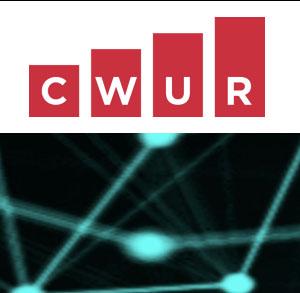
The NCBJ takes eighth place in the ranking of Polish universities
It’s not a mistake! The just-announced World University Ranking 2021-2022 places the NCBJ in the eighth position in the country, even though we conduct only third-degree studies. Our position was determined primarily by our high scientific results, which gave us 40% of the points in the ranking.

Jeszcze bardziej wydajna produkcja jodu 131 jest możliwa w reaktorze MARIA
NCBJ od wielu lat jest wiodącym producentem promieniotwórczego jodu, stosowanego w terapii i diagnostyce medycznej. Naukowcy z Zakładu Badań Reaktorowych nieustannie badają i optymalizują procesy tej produkcji. Najnowszy sposób napromieniania pozwoli na zwiększenie aktywności uzyskanego materiału, ograniczy ilość ciepła wydzielanego podczas produkcji i zmniejszy ilość odpadów promieniotwórczych.
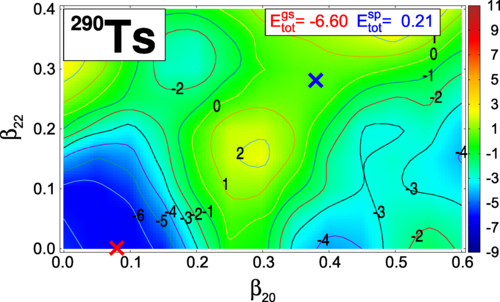
Obliczenia wskazują nierozważaną dotąd drogę wytwarzania superciężkich pierwiastków
Opublikowane dziś wyniki zespołu badaczy z udziałem polskich naukowców pokazują, że prawdopodobieństwo syntezy nowego jądra nie maleje tak gwałtownie ze wzrostem energii wzbudzenia jak dotąd zakładano. Wykonane obliczenia przekonują, że scenariusze, w których nowe jądro miałoby powstać po emisji 6, 7, a nawet większej liczny neutronów, powinny być brane pod uwagę przez eksperymentatorów.

Trwa finał Fizycznych Ścieżek
W dniach 20-21 kwietnia2021 roku odbywa się finał XVI edycji Konkurs Fizyczne Ścieżki. Do tegorocznej edycji zostało zgłoszonych 59 prac przygotowanych przez 87 uczniów ze szkół z całego kraju. Wyniki zostaną ogłoszone w poniedziałek 26 kwietnia.

NCBJ is one of the best companies in Mazovia
The europejskafirma.pl portal announced the list of Great Modernizers 2020 of the Mazowieckie Voivodeship. NCBJ was honored with this title as one of 652 entities with the highest scores among over 85 thousand Polish entrepreneurs. The analysis of financial data covered the years 2018-2019, and the company values were estimated for 2020.
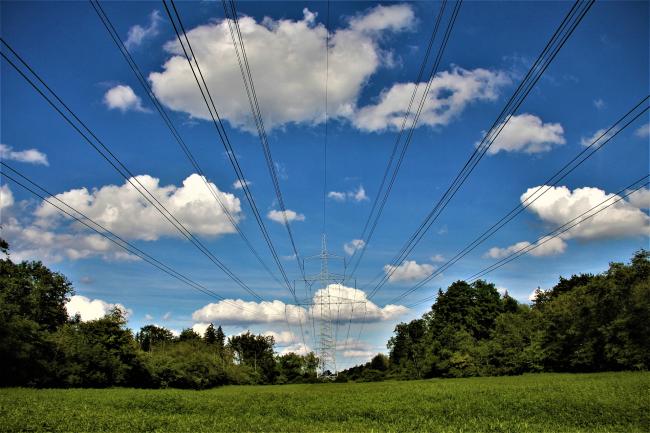
Cooperation with Tauron Dystrybucja S.A. and development of the Flexon system
The National Center for Nuclear Research and Tauron Dystrybucja S.A., the largest electricity distributor in Poland, have signed a cooperation agreement aimed at analyzing and assessing the possibility of using dispersed flexibility resources by the Distribution System Operator and developing exemplary business models in a pilot area.
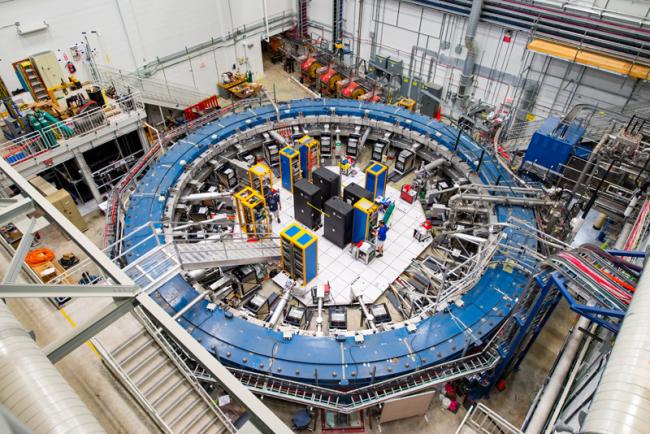
Fermilab has announced an exciting measurement of the anomalous magnetic moment of the muon
The Muon g-2 experiment at the Fermi National Accelerator Laboratory in Chicago announced the first results of measurements of the anomalous magnetic moment of the muon, which support suspicions that this magnitude is not in line with the predictions of the Standard Model. NCBJ scientists comment on the result.
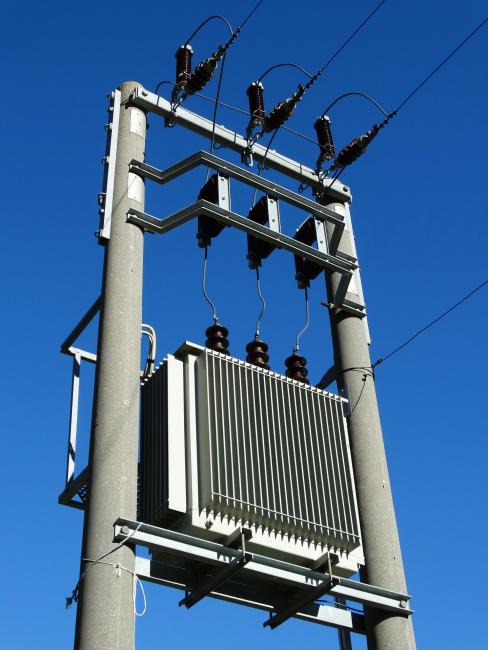
Chronos zadba o optymalne wykorzystanie energii w Zgorzelcu i nie tylko
NCBJ podpisało umowę o współpracy z Klastem Zgorzeleckim (ZKlaster). Celem współdziałania ma być opracowanie nowych modeli biznesowych wykorzystujących elastyczność klastra energii, a także implementacja i rozwój inteligentnego systemu sterowania Chronos stworzonego i rozwijanego w naszym Interdyscyplinarnym Zakładzie Analiz Energetycznych IDEA.
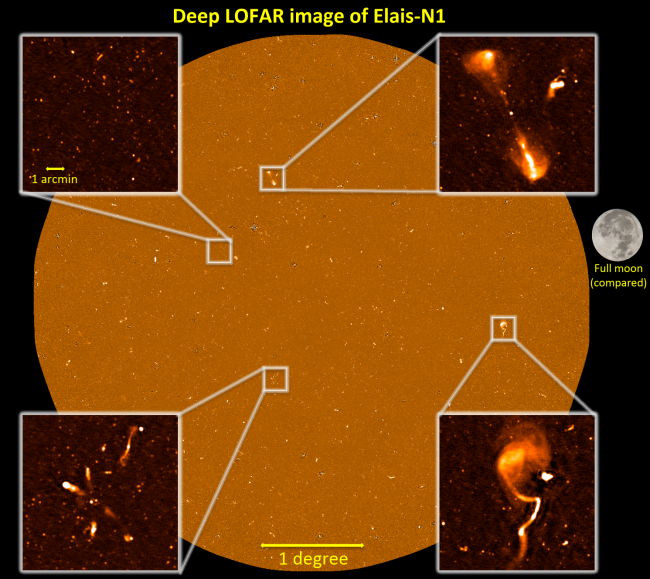
Obrazy radiowe młodego Wszechświata
Międzynarodowy zespół astronomów, w którego składzie znajdują się także naukowcy z Polski, opublikował w czasopiśmie "Astronomy and Astrophysics" najdokładniejszą w historii mapę Wszechświata w zakresie niskich częstotliwości radiowych. Mapę stworzono dzięki europejskiej sieci odbiorników LOFAR. Naukowcy wykryli m.in. słabe poświaty radiowe od gwiazd, które eksplodowały jako supernowe w dziesiątkach tysięcy galaktyk.
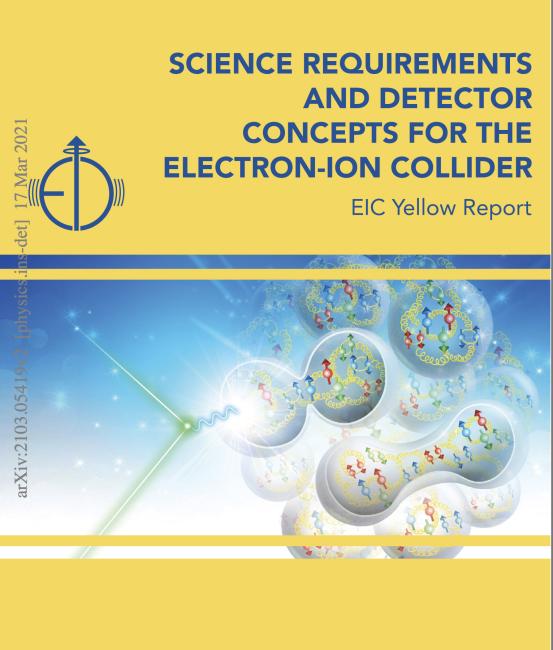
The detailed assumptions of a new large research device are created
In mid-March, the so-called yellow report of the new Electron-Ion Collider (EIC), which is to be built in the USA. It was created by scientists from over 150 institutions around the world, including NCBJ. The report formulates expectations regarding the research carried out in the future device and indicates ways to create the best design for this purpose.
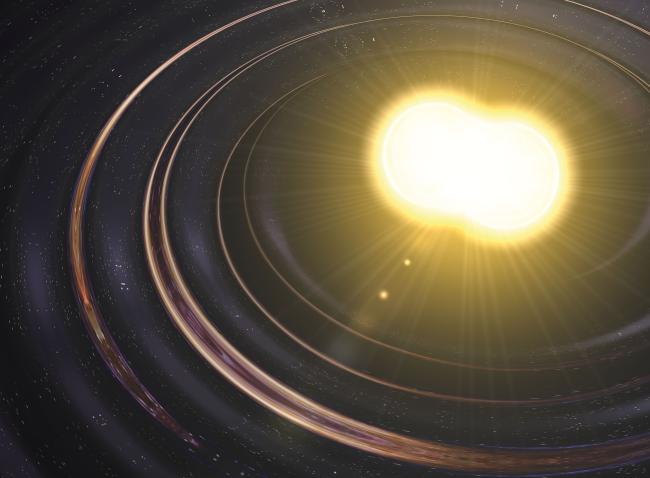
Gravitational signals can help measure the viscosity of dark matter in the future
If gravitational waves traveled through a medium filled with sticky dark matter, then the wave amplitude would be (weakly) damped. The analysis of this effect could shed new light on the nature of dark matter - argues Prof. Marek Biesiada (NCBJ) together with Chinese colleagues in a work published in the MNRAS Letters journal.
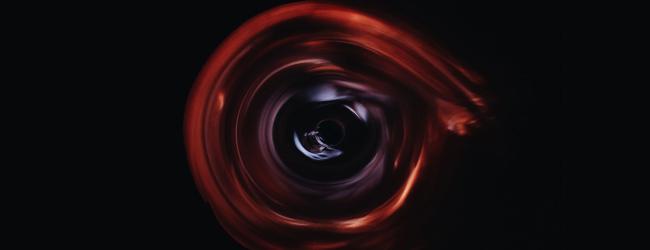
Giant hidden black hole discovered in the early universe
An international team of astrophysicists has discovered a giant black hole hidden among dust in a galaxy that already existed 1.4 billion years after the Big Bang. This is one of the first results of a project called Herschel Extragalactic Legacy Project (HELP). The lead co-author of the work is dr hab. Katarzyna Małek from the NCBJ Astrophysics Department.
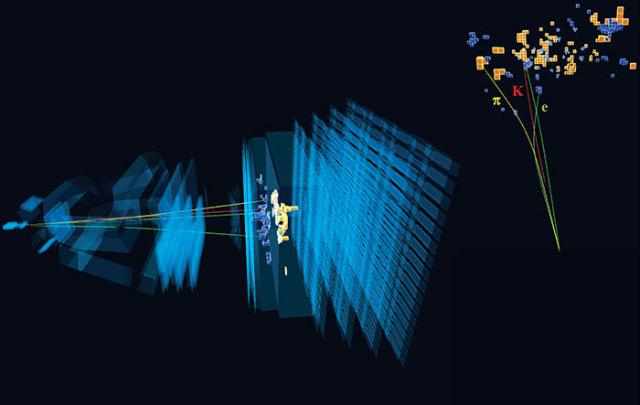
The LHCb experiment at CERN has announced intriguing new results
The LHCb experiment at CERN today announced new results which, if confirmed, could suggest a violation of the standard model of particle physics. The results focus on the potential violation of the universality of the so-called the flavor of the leptons. We present a CERN communiqué and a comment by prof. Wojciech Wislicki.
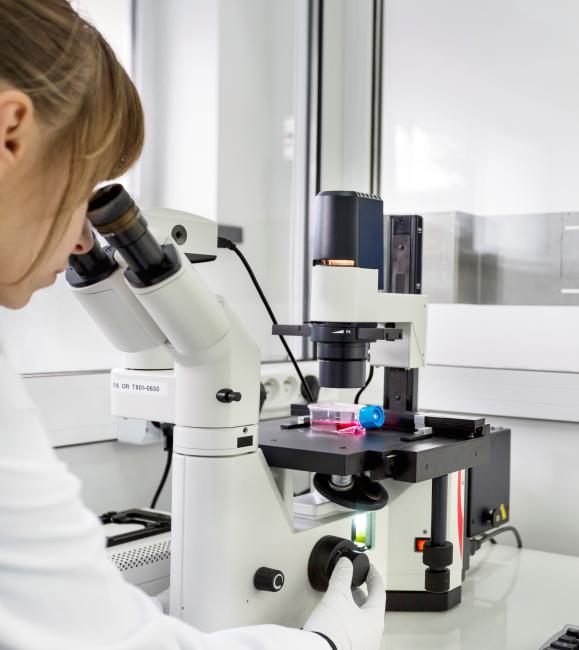
IAEA supports women in radiopharmaceutical science
The International Atomic Energy Agency (IAEA) supports women active in the field of radiopharmaceuticals through the Network of Women in Radiopharmaceutical Sciences.
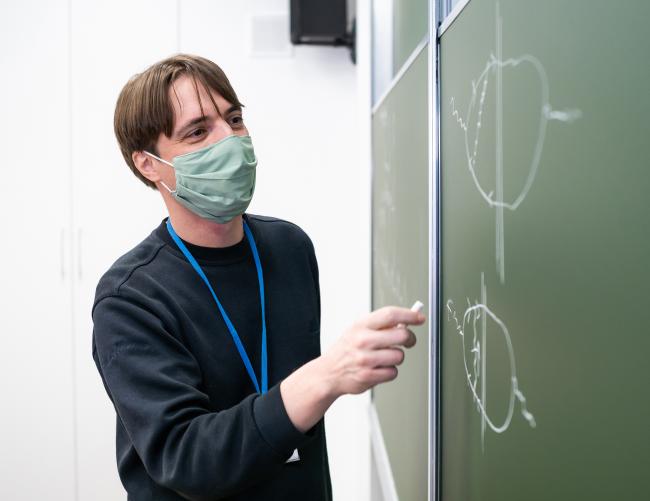
SONATA BIS: The search of precision in nonlinear high-energy QCD
Three NCBJ scientists received grants in the 10th edition of the NCN SONATA BIS competition. One of them is Dr. Guillaume Clement Beuf from the Department of Theoretical Physics. The project 'The search of precision in nonlinear high-energy Quantum Chromodynamics' focuses on the theory's regime, which can be studied by high-energy particle collisions without wide-angle scattering or heavy particle production.
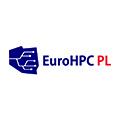
Building the Polish part of the European computer ecosystem with the participation of NCBJ
Powstaje EuroHPC - sieć superkomputerów eksaskalowych, czyli zdolnych do wykonywania ponad jednego biliona operacji na sekundę wyposażonych w innowacyjne technologie i aplikacje służące społeczeństwu, nauce i gospodarce. Zadaniem NCBJ wchodzącego w skład polskiego konsorcjum EuroHPC PL będzie m.in. rozwinięcie platformy do symulacji kwantowych i obrazowania medycznego.
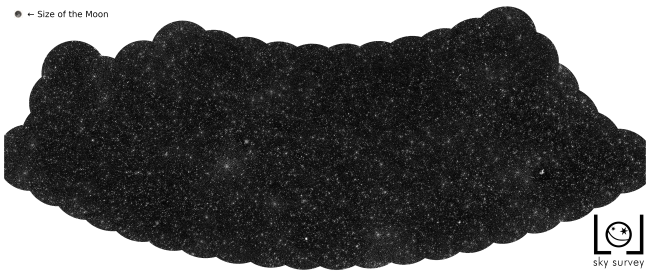
A starry sky made of more than 25,000 supermassive black holes
The map published in the journal Astronomy & Astrophysics reveals more than 25,000 active supermassive black holes in distant galaxies. It is the result of a survey of the sky carried out over radio frequencies. Dr hab. Katarzyna Małek from the NCBJ Astrophysics Division participated in the preparation of the work.
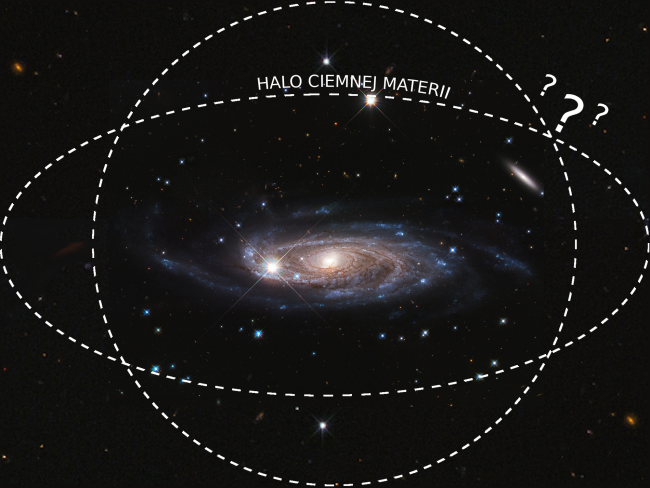
What is the shape of the dark matter halo?
Ph.D. Anna Durkalec from the NCBJ Astrophysics Division belongs to the group of 12 associate professors awarded in the Institute in 2020. Dr. Durkalec begins the description of her research by asking a few questions.
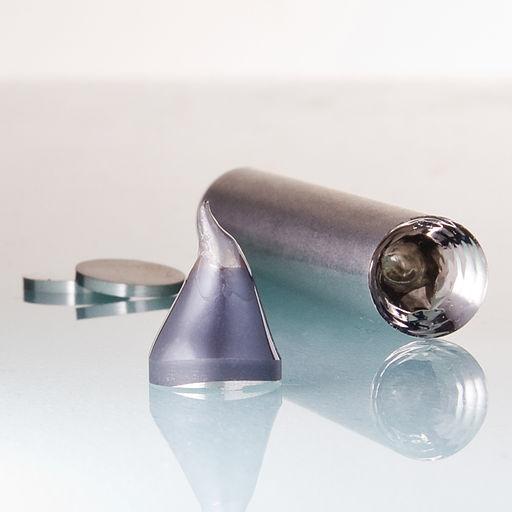
NOMATEN examines metal glass and alloys with high entropy
The NOMATEN group of scientists is looking for configurational entropy and glass transition relationships in high-entropy alloys (HEA) using dynamic simulations at the molecular level. Dr. Rene Alvarez-Donado presented some of his team’s results in January at the web conference “Recent advances on the glass problem” organized by the Center Européen de Calcul Atomique et Moléculaire (CECAM).
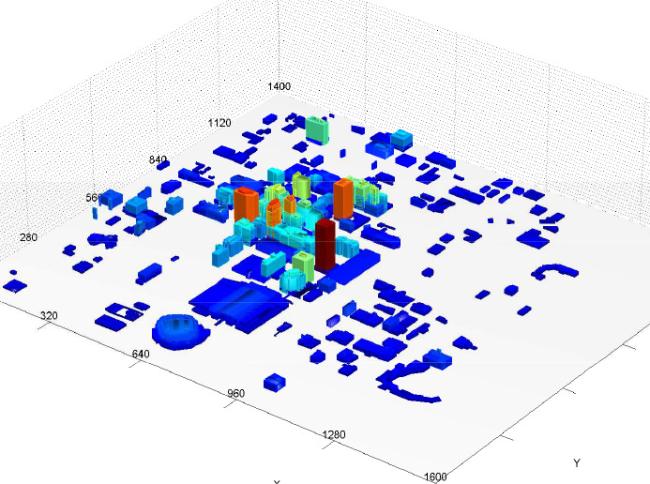
Modelowanie odwrotne awaryjnych uwolnień niebezpiecznych substancji
Szybka oraz precyzyjna identyfikacja źródła uwolnienia niebezpiecznych substancji to sprawa kluczowa dla odpowiedniego reagowania na zagrożenia. Modelowaniem odwrotnym niebezpiecznych uwolnień zajmuje się dr Piotr Kopka - jeden z 12 adiunktów NCBJ wyróżnionych w 2020 r.
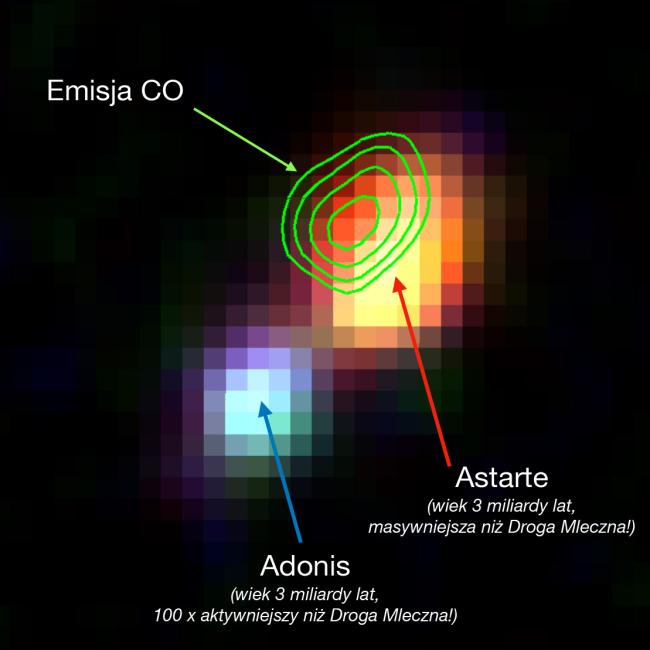
Sudden Death in the Universe - The agony of a massive dusty galaxy as seen by its blue companion
Heavily dust-obscured ultramassive star-forming galaxies in the early Universe contributed significantly to the cosmic star formation rate. But, how did such objects manage to build up their stellar masses at a relatively short time? Were they once starburst galaxies or were they gradually forming stars, exhausting their hydrogen reservoirs?
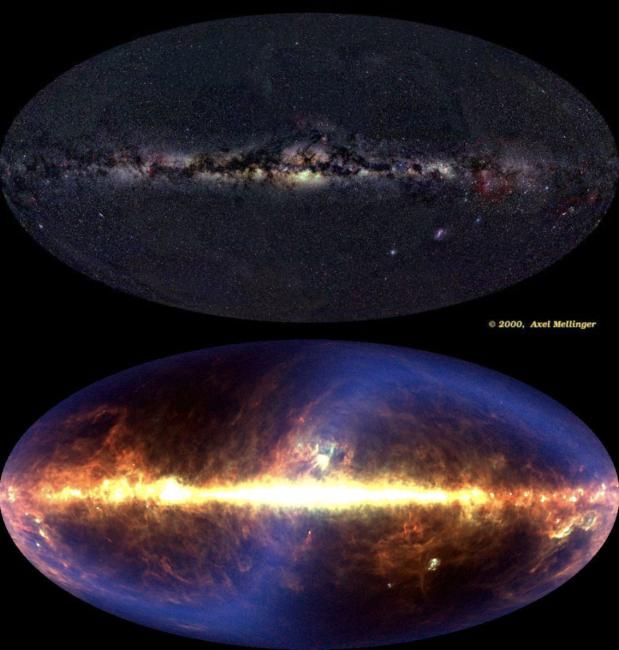
SONATA BIS: DINGLE - Dust IN Galaxies
Three NCBJ scientists received NCN SONATA BIS grants, which will allow them to build or strengthen their own research groups at the Institute. The project entitled "DINGLE - Dust IN Galaxies: Looking through its Emission" was prepared by Dr. Ambra Nanni from the NCBJ Astrophysics Division. The author explains its assumptions:
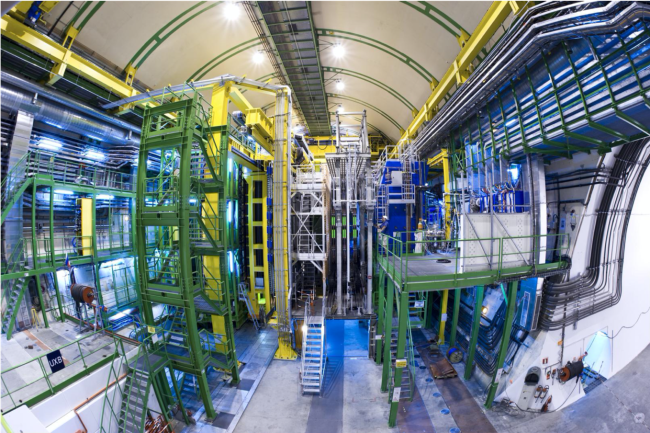
SONATA BIS: beyond the Standard Model
Three NCBJ scientists received NCN SONATA BIS grants, which will allow them to build or strengthen their own research groups at the Institute. One of the distinguished is dr hab. Enrico Sessolo from the Theoretical Physics Division, who received a grant for a project entitled „Searching high and low: a multi-scale approach to the physics beyond the Standard Model”.
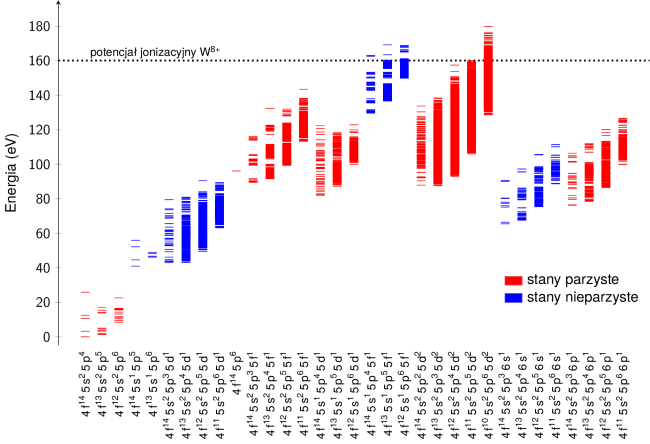
W plazmie reaktorów termojądrowych ważne są też jony metali
„Opisaliśmy strukturę spektroskopową ośmiokrotnie zjonizowanych atomów wolframu, wyznaczając energię ponad 27 tysięcy poziomów atomowych oraz intensywności ponad 300 milionów przejść między nimi” - informuje dr Karol Kozioł, jeden z 12 adiunktów NCBJ wyróżnionych w wyniku oceny dokonanej w 2020 r.
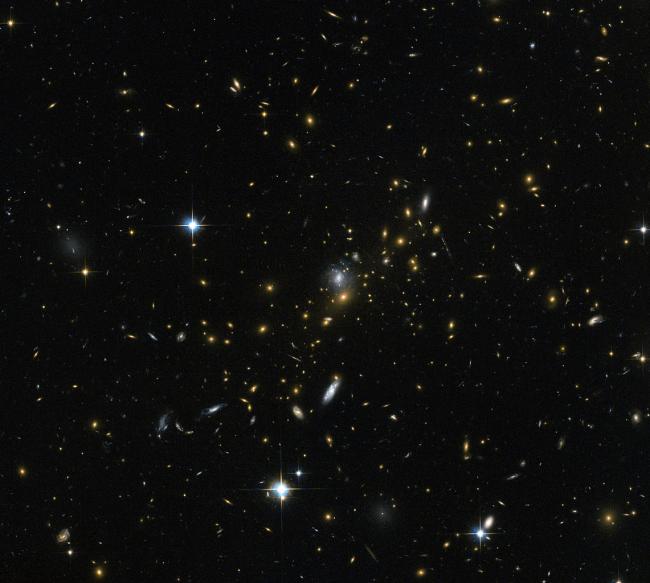
Jak odtworzyć wielkoskalowy obraz Wszechświata?
"Analizując ewolucję gromad galaktyk, doszliśmy do wniosku, że nasze przewidywania dotyczące tych największych gromad różnią się od oczekiwań na bazie standardowego modelu kosmologicznego" - pisze dr Jan Jakub Ostrowski z Zakładu Fizyki Teoretycznej NCBJ. Autor - jeden z 12 adiunktów NCBJ wyróżnionych w 2020 r. - wyjaśnia czym zajmuje się w swoich badaniach.
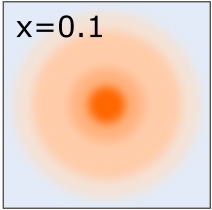
Tomografia nukleonów - w oczekiwaniu na nowe eksperymenty
Dra Pawła Sznajdera - jednego z 12 adiunktów NCBJ wyróżnionych w ubiegłym roku w instytucie - interesuje wnętrze nukleonów: protonów, neutronów i podobnych im cząstek. Dr Sznajder nie tylko opracowuje narzędzia teoretyczne, które będą przydatne przy analizie już przygotowywanych eksperymentów, ale potrafi też w bardzo przystępny sposób wyjaśnić co i po co robi.
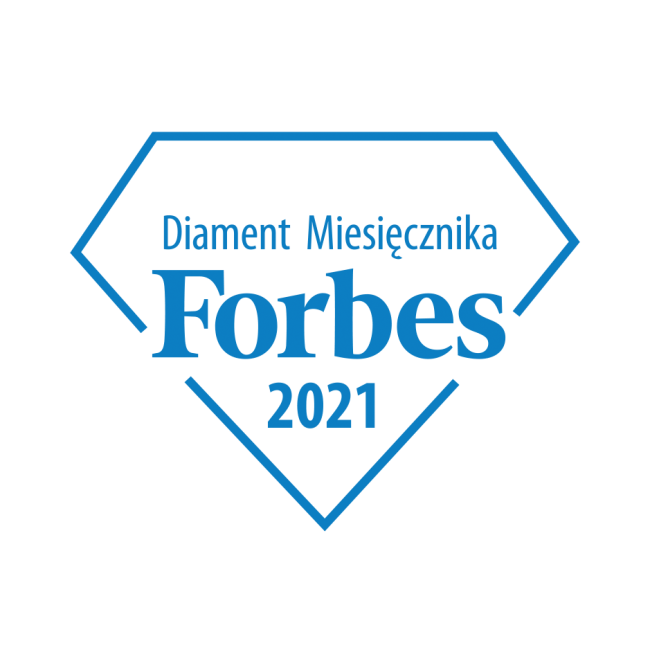
NCBJ jednym z Diamentów Forbesa
NCBJ znalazło się w gronie podmiotów gospodarczych wyróżnionych Diamentami Forbesa 2021. Zestawienie najdynamiczniej rozwijających się firm w latach 2015-2019 przygotowali eksperci Bisnode Polska na zlecenie miesięcznika gospodarczego Forbes. Analitycy wycenili przedsiębiorstwa, stosując metodę szwajcarską, łączącą metodę majątkową i dochodową.
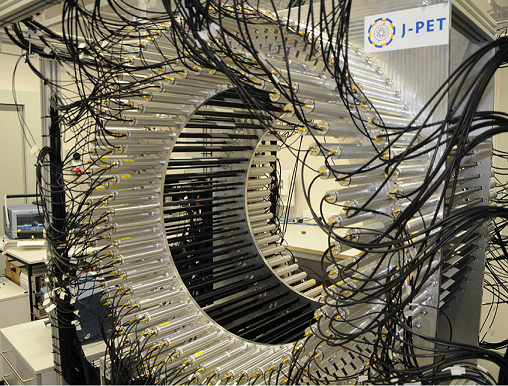
Zagadka sygnałowa w projekcie J-PET
Jednym z ważniejszych wyzwań, przed którym stają naukowcy, jest rekonstrukcja badanego procesu na podstawie niewielkiej liczby dostępnych na jego temat informacji. Dr Lech Raczyński – jeden z 12 adiunktów wyróżnionych w 2020 r. w instytucie – wyjaśnia jak z tym wyzwaniem radzą sobie twórcy nowego polskiego tomografu J-PET.
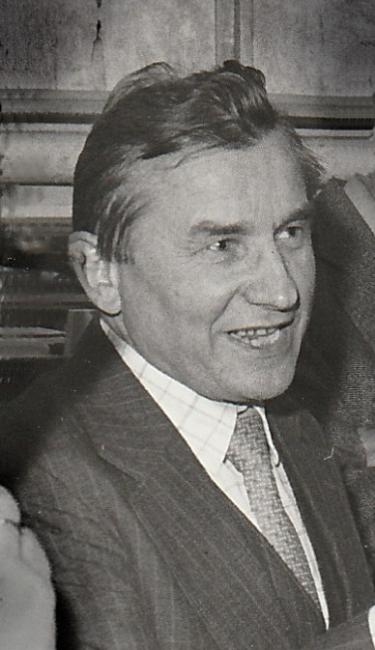
Wspomnienie o profesorze Stanisławie Kulińskim
18 stycznia 2021 roku odszedł w wieku 92 lat profesor Stanisław Kuliński – człowiek, dzięki któremu w Świerku – jednym z nielicznych miejsc na świecie – konstruowane i budowane są dziś akceleratory liniowe.
Wspomnienia współpracowników i przyjaciół o zmarłym zebrała pani profesor Anna Wysocka-Rabin.
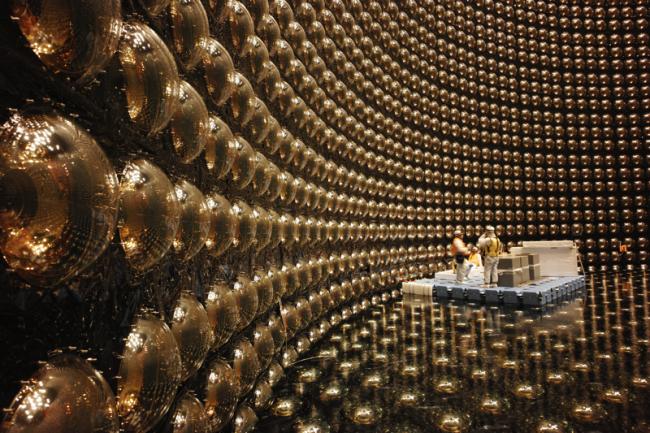
Ciemna materia jeszcze bardziej nieuchwytna
Próbę wykrycia śladów ciemnej materii w naszej Galaktyce podjął m.in. eksperyment neutrinowy Super-Kamiokande prowadzony z udziałem polskich naukowców. Dr Piotr Mijakowski (NCBJ) tłumaczy czego i jak szukamy oraz co wynika z negatywnego wyniku dotychczasowych poszukiwań. Autor jest jednym z 12 adiunktów NCBJ wyróżnionych w instytucie pod koniec 2020 r.
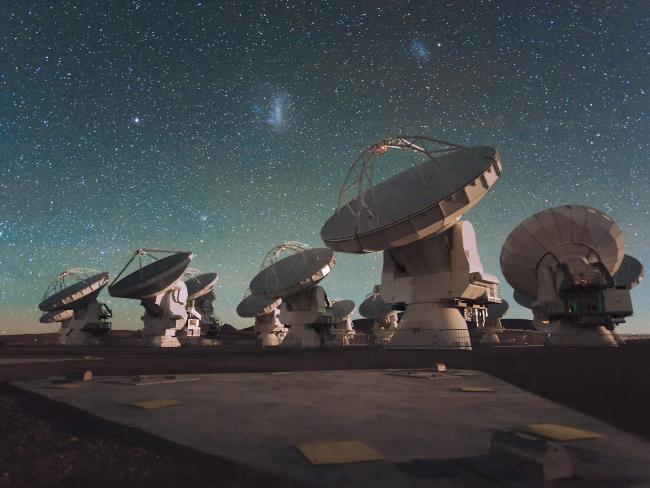
Stukając do wrót Pyłowych Gigantów
Międzynarodowy zespół naukowców, w tym dwoje naukowców z NCBJ - Katarzyna Małek i William Pearson - przedstawił dowody na szybki wzrost pyłu w młodych, ale już bogatych w metale galaktykach w odległym Wszechświecie. Badanie, opublikowano właśnie w czasopiśmie Astronomy & Astrophysics.
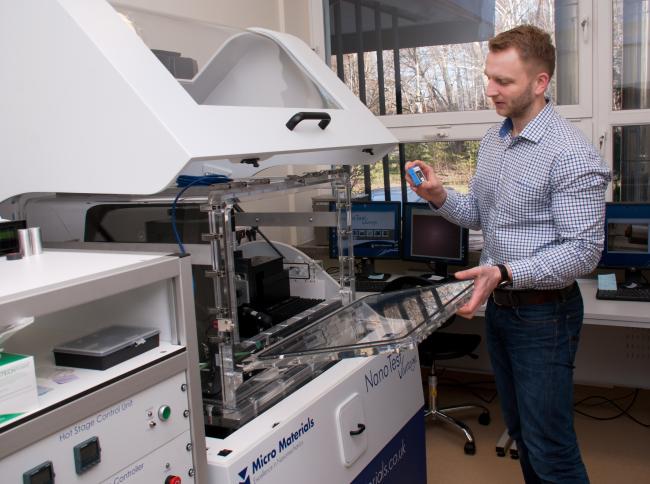
Stypendium Fulbrighta dla lidera badań nad materiałami do pracy w warunkach ekstremalnych
Dr hab. Łukasz Kurpaska z Narodowego Centrum Badań Jądrowych (NCBJ) został jednym z trzech polskich tegorocznych laureatów konkursu stypendialnego Fulbright STEM Impact Award. Program przeznaczony jest dla aktywnych naukowców, którzy zarządzają projektami badawczymi w obszarze nauka, technologia, inżynieria, matematyka (STEM) w polskich uczelniach i instytucjach badawczych.
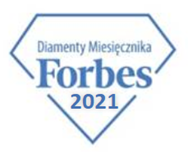
Oficjalne ogłoszenie listy "Diamentów Forbesa 2021"
Oficjalne ogłoszenie listy zaplanowane jest na 28 stycznia 2021 r. Czekamy z niecierpliwością. Nie wiemy jeszcze, czy będzie organizowana gala.
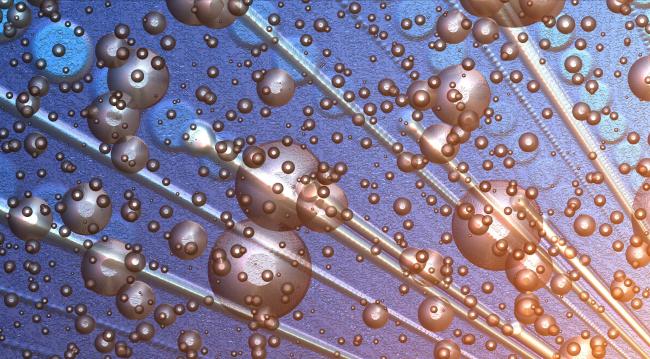
Przewidywania dla ponad tysiąca najcięższych jąder atomowych
Fizycy teoretycy z NCBJ i Uniwersytetu Zielonogórskiego wyznaczyli i podali niezwykle istotne parametry dla ponad 1300 jąder, w tym dla jąder pierwiastków superciężkich, które do tej pory nie zostały wytworzone w laboratoriach. Wyniki te zostały właśnie opublikowane w podstawowym czasopiśmie referencyjnym fizyki jądrowej: Atomic Data and Nuclear Data Tables.
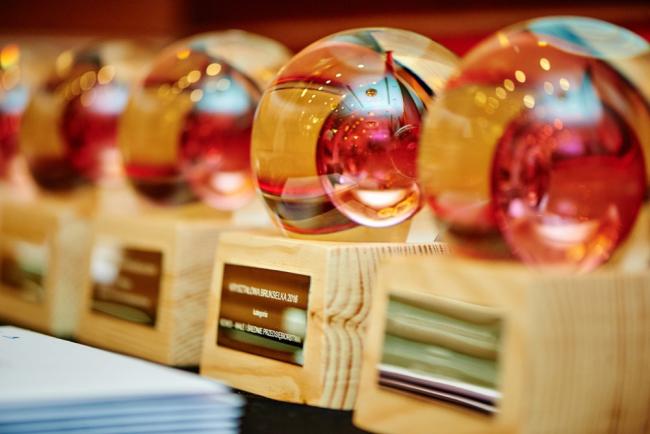
The NCBJ and Dr Jacek Gajewski awarded the Crystal Brussels Sprouts Prize
The Crystal Brussels Sprouts Prize is awarded by a jury appointed by the National Contact Point for Research Programmes of the European Union. The prize is given for successes in the research and innovation framework programs of the European Union. On December 18, 2020, at the remotely organized Gala, the NCBJ had received the award in the „science – research institute” category, and Dr Jacek Gajewski received an individual award.
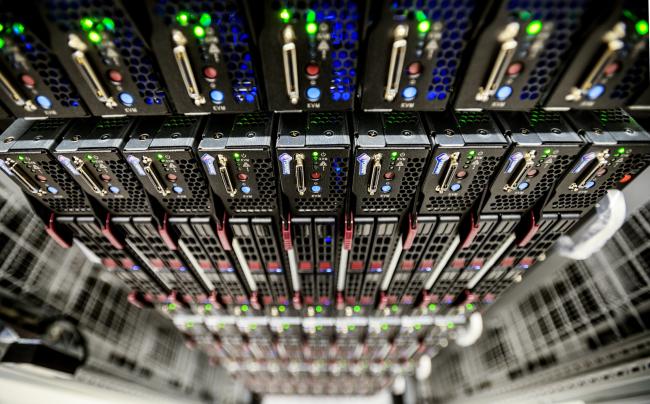
Addendum to the agreement with European XFEL regarding Big Data analyzes in pandemic conditions
On December 8, 2020, NCBJ director, professor Krzysztof Kurek and European XFEL GmbH director, professor Robert Feidenhansl signed an addendum to the cooperation agreement between their institutions. The agreement was enriched with conditional provisions that set the framework and goals of possible collaboration in the Conceptual Project phase of he Scientific Big Data Analysis project.
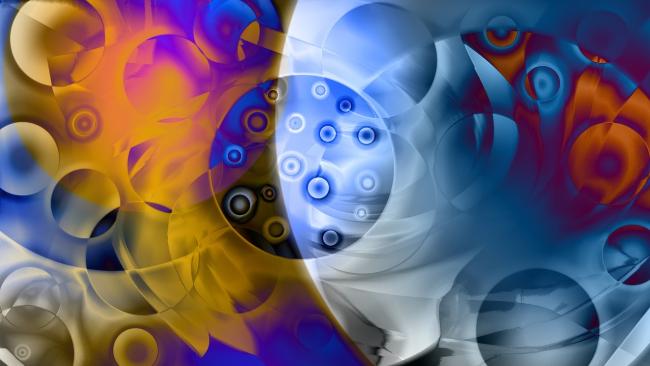
Nowy opis procesu rozszczepienia ciężkich jąder nieparzystych
Wykorzystanie idei instantonowego podejścia do tunelowania kwantowego pozwalaj obliczać szybkości rozpadu ciężkich i superciężkich jąder nieparzystych bez stosowania przybliżenia adiabatycznego. Praca na ten temat autorstwa profesora Janusza Skalskiego (BP2) i doktoranta Wojciecha Brodzińskiego ukazała się w listopadowym numerze Physical Review C.
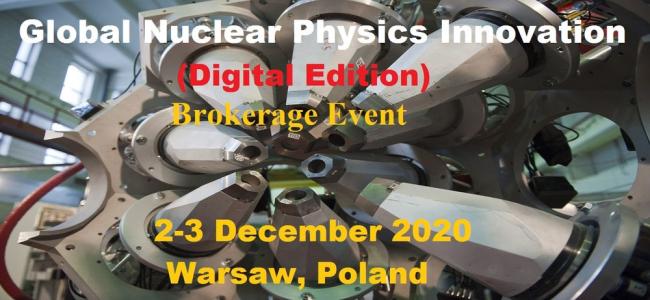
Trwa spotkanie brokerskie Global Nuclear Physics Innovation
Spotkanie prowadzone jest w wersji zdalnej i gromadzi naukowców i firmy (zarówno kupujących, jak i dostawców) z całego świata. To wyjątkowa okazja do wygenerowania nowych kontaktów kooperacyjnych i umów. NCBJ jest współorganizatorem tegorocznego wydarzenia.

Top 2% ranking
Stanford University, together with the publishing house Elsevier and SciTech Strategies, has created a ranking of 2% of the best scientists in the world. It contains 159,648 names, including 726 from Polish scientific institutions.

Trzy nowe granty w konkursie OPUS
Trzech naukowców z Departamentu Badań Podstawowych NCBJ uzyskało granty w 19 edycji konkursu NCN OPUS. Zaakceptowane projekty dotyczą procesu formowania się gwiazd w zderzających się galaktykach, poszukiwania ciemnej materii poprzez analizę rozbłysków w atmosferze oraz badania struktury nukleonu w ramach współpracy COMPASS.
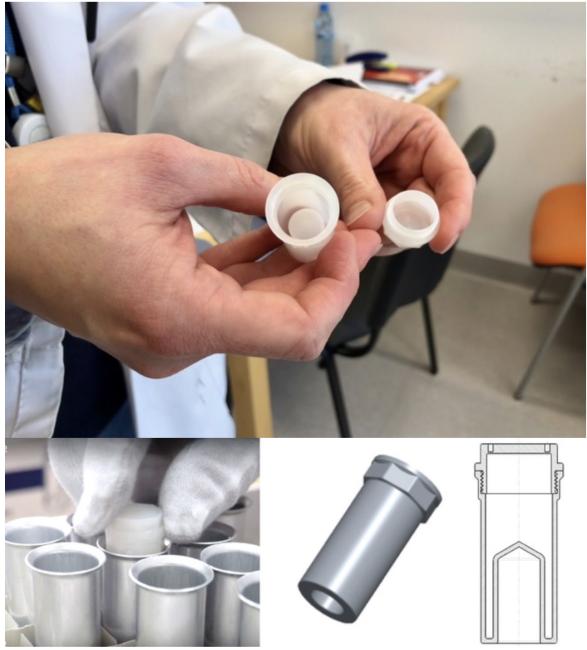
The microspheres from Świerk help patients with liver cancer
The MARIA reactor is one of the main irradiation centres for microspheres containing radioactive holmium, which are used in the treatment of liver tumors. The technology developed at NCBJ at the request of Quirem Medical - a global manufacturer of QuiremSpheres therapeutical microspheres - serves patients in several specialized centres in Europe.
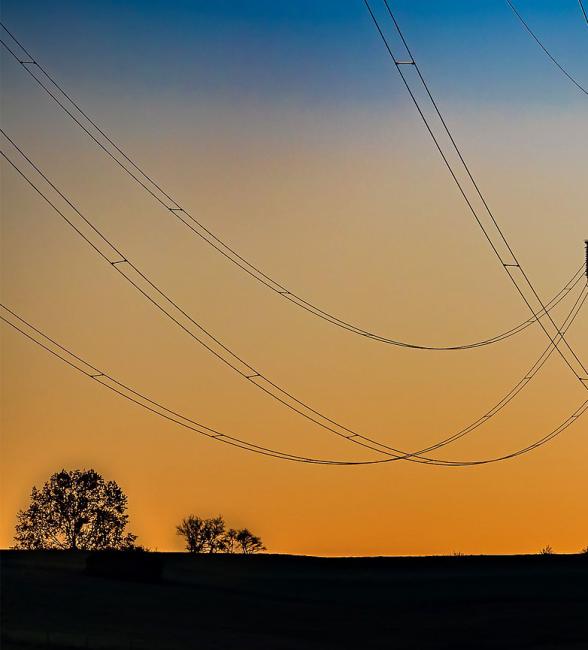
OneNet Project: One Electrical Network Infrastructure for Europe
The OneNet project aims to meet the challenges faced by Transmission Network Operators (TSO), Distribution Network Operators (DSO) and consumers in the European electricity market. The consortium of contractors consists of over 70 entities. The Interdisciplinary Division of Energy Analyses of NCBJ will develop an algorithm to optimize the TSO-DSO coordination in the Polish demonstrator.
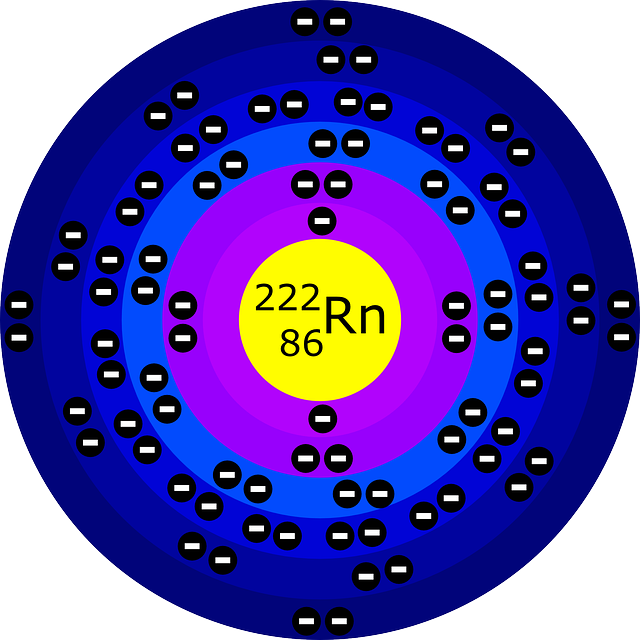
Ech, ten radon!
Kilka lat temu jedna z organizacji ogłosiła 7 listopada „Europejskim dniem radonu”. Profesor Ludwik Dobrzyński przygotował komentarz ekspercki na temat obaw co do skutków zdrowotnych obecności niewielkich ilości radonu w środowisku. Bo czy rzeczywiście mamy się czego bać?
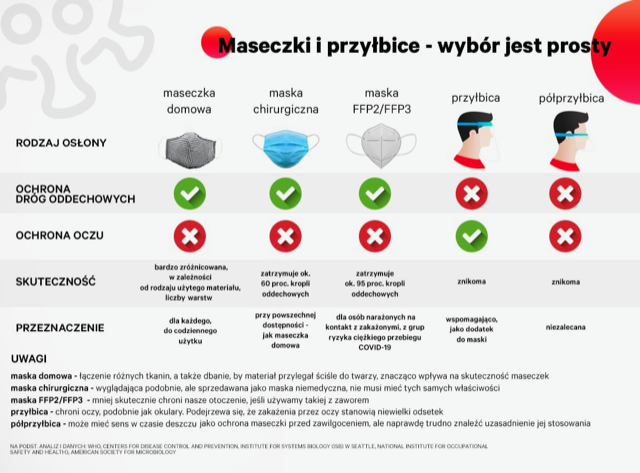
Druga fala epidemii - dbajmy o siebie i kolegów
Rozwój epidemii koronawirusa zmusza nas wszystkich do jeszcze większej dbałości o zdrowie i bezpieczeństwo w naszym otoczeniu. To od codziennych decyzji nas wszystkich zależy, jak bardzo epidemia wpłynie na funkcjonowanie naszego wspólnego miejsca pracy.
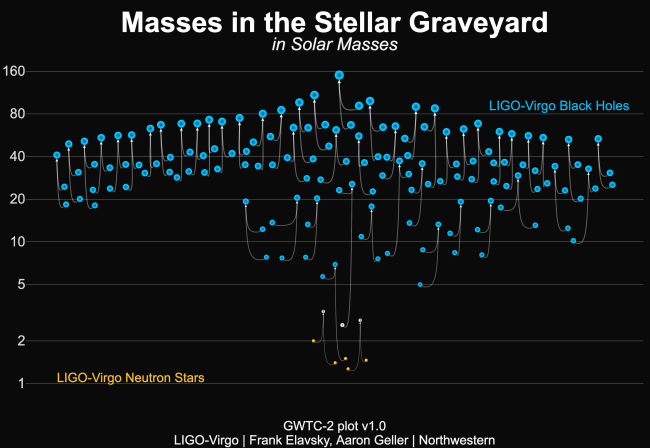
LIGO i Virgo udostępniają nowy katalog obserwacji fal grawitacyjnych
Kolaboracje LIGO i Virgo zaprezentowały dziś nowy katalog GWTC-2 obserwacji fal grawitacyjnych z okresu od kwietnia do października 2019 r. czyli pierwszej części kampanii obserwacyjnej O3 (O3a). Zbiór zawiera w sumie 39 zdarzeń. Jednocześnie opublikowano nowe prace badawcze, a także obszerne popularne podsumowania ich wyników.
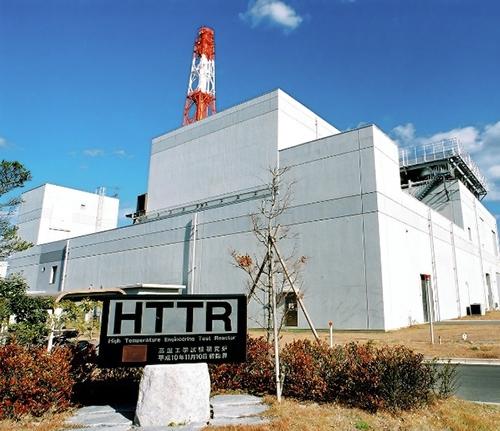
3rd Polish-Japanese HTGR Seminar - summary
This year, the Polish-Japanese Seminar devoted to the technologies of high-temperature rectors took place remotely, just like most events of this type. The organizers of this successful project have prepared a short summary and an invitation to participate in the next edition.

Tak powstaje cyklotron projektu CERAD
Trwają prace nad cyklotronem, który już niebawem stanie w murach Centrum Projektowania i Syntezy Radiofarmaceutyków Ukierunkowanych Molekularnie „CERAD”. Belgijska firma IBA (Ion Beam Applications S.A.) konstruuje urządzenie przyśpieszające protony i cząstki alfa do energii 30 MeV oraz deuterony do 15 MeV.
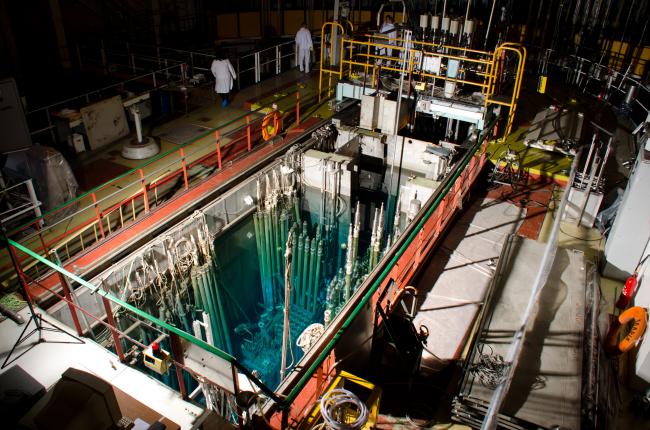
Safe operation of the Maria Reactor has been confirmed
The President of the National Atomic Energy Agency (PAA), as the regulatory body, approved the Periodic Safety Review report of the MARIA research reactor.
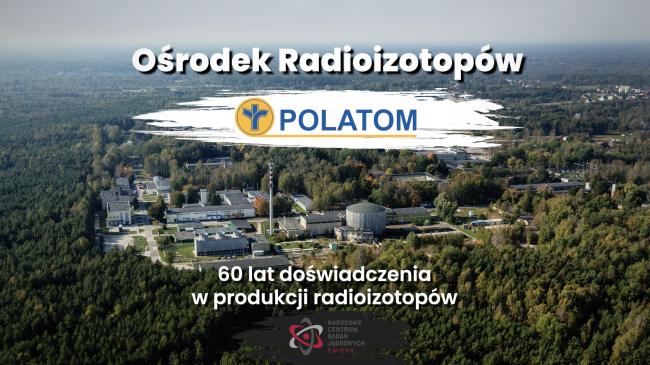
Nowy film prezentujący OR POLATOM jest już dostępny
W Świerku od 60 lat produkowane są radioizotopy, a na ich bazie radiofarmaceutyki. Zajmuje się tym nasz Ośrodek Radioizotopów POLATOM eksportujący produkty do ok. 80 krajów na wszystkich kontynentach. Przygotowany na zlecenie NCBJ film pokazuje dzisiejszą produkcję i laboratoria POLATOMu.

Aktualizacja „Programu polskiej energetyki jądrowej”
Rada Ministrów przyjęła uchwałę w sprawie aktualizacji rządowego programu wieloletniego „Program polskiej energetyki jądrowej”, przedłożoną przez ministra klimatu. W tej chwili dokument oczekuje na ogłoszenie w Dzienniku Urzędowym Monitor Polskim - informuje ministerstwo klimatu.
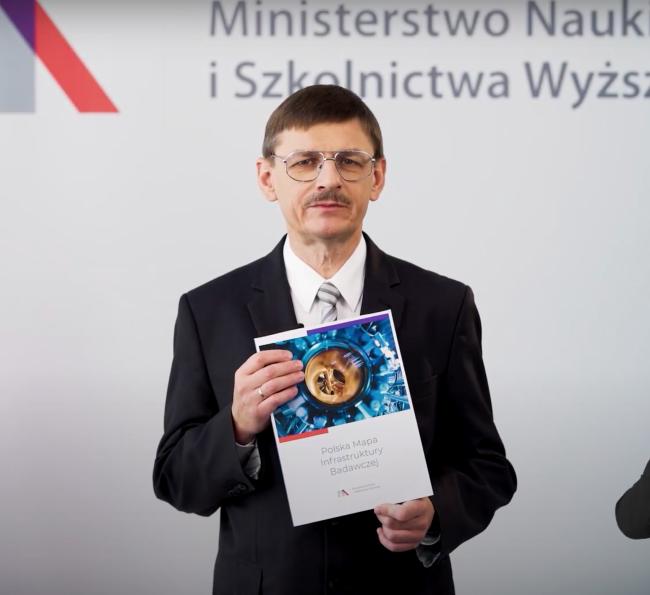
Dwadzieścia jeden z siedemdziesięciu na PMIB
21 z 70: w realizację tylu projektów z Polskiej Mapy Infrastruktury Badawczej zaangażowani są naukowcy z NCBJ. W przypadku siedmiu projektów jesteśmy ich głównym wnioskodawcą. Cztery infrastruktury mają powstać w Świerku. Informację na temat nowej mapy przedstawił minister Grzegorz Wrochna.
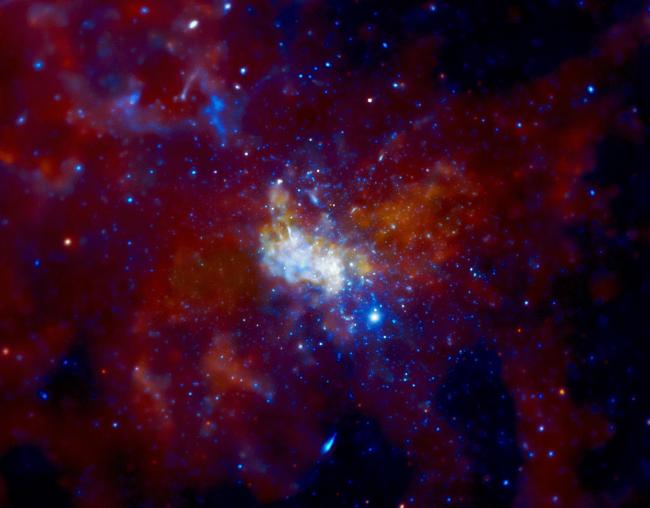
Nobel 2020 za czarne dziury - prof. Marek Biesiada wyjaśnia
Tegoroczną nagrodą Nobla w dziedzinie fizyki podzielili się Sir Roger Penrose oraz Reinhard Genzel i Andrea Ghez. Prof. Marek Biesiada z Zakładu Astrofizyki NCBJ wyjaśnia za co ta nagroda: jak prace profesora Penrose'a przyczyniły się do zrozumienia sensu osobliwych rozwiązań OTW (ogólnej teorii względności) oraz co i jak zaobserwowały zespoły kierowane przez profesorów Gentzela i Ghez.
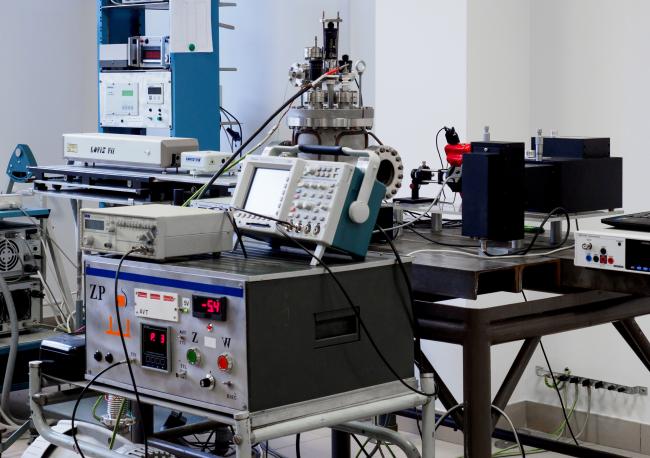
A superconducting photocathode with an innovative design will power PolFEL
Scientists from the NCBJ have been developing an innovative superconducting photocathode, that will allow the currently built Polish free-electron laser PolFEL to operate effectively in a continuous wave mode. This will allow distinguishing PolFEL from other such devices in the world. Detailed information was inclosed in the September issue of Vacuum magazine.
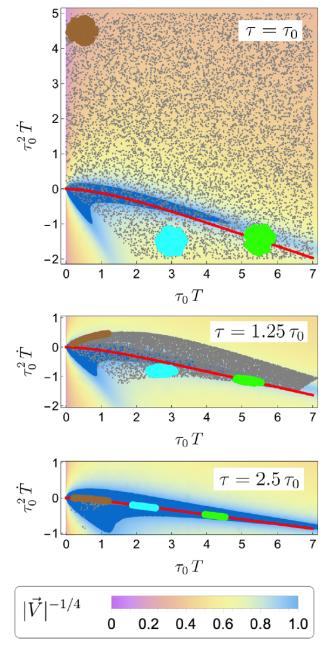
Quark-gluon plasma and hydrodynamic attractor
The last issue of PRL has published a paper on the use of the known from thermodynamics concept of a hydrodynamic attractor to analyze the formation processes of quark-gluon plasma. Professors Michał Spaliński and Michał Heller (BP2) together with a doctoral student and co-author from MPI argue that their approach is well suited to treatment by machine learning techniques.
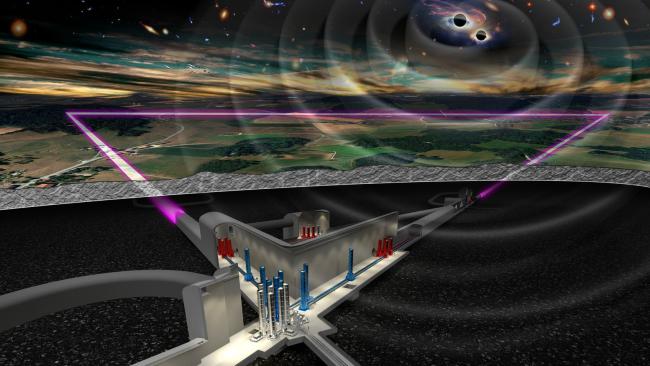
Teleskop Einsteina pozwoli poznać "ciemną stronę" Wszechświata
Naukowcy z wielu ośrodków, w tym także z NCBJ, zabiegają o budowę detektorów fal grawitacyjnych kolejnej generacji o dziesięciokrotnie większej czułości w porównaniu z już działającymi detektorami LIGO i VIRGO. Teleskop Einsteina miałby ponad trzykrotnie dłusze ramiona interferometru i - podobnie jak rozważany amerykański odpowiednik Cosmic Explorer - naszpikowany byłby najnowszą technologią.
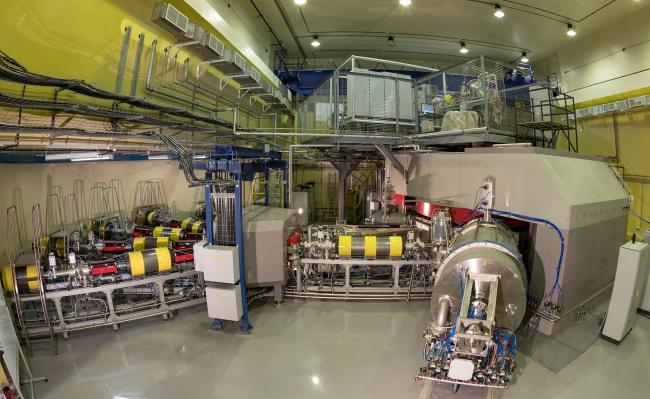
New superheavy isotopes are likely to be produced soon
Calculations made by Polish scientists in cooperation with a group of scholars from Dubna (Russia) allow predicting with previously unavailable accuracy the possibility of producing new isotopes of superheavy elements. In the article published in the prestigious journal Physics Letter B, they presented the most promising production channels for a wide range of isotopes with the atomic numbers from 112 to 118 in various configurations of nuclear collisions leading to their formation. The predictions appear to be reliable, as they are confirmed with excellent compatibility by the experimental data available for processes already tested.
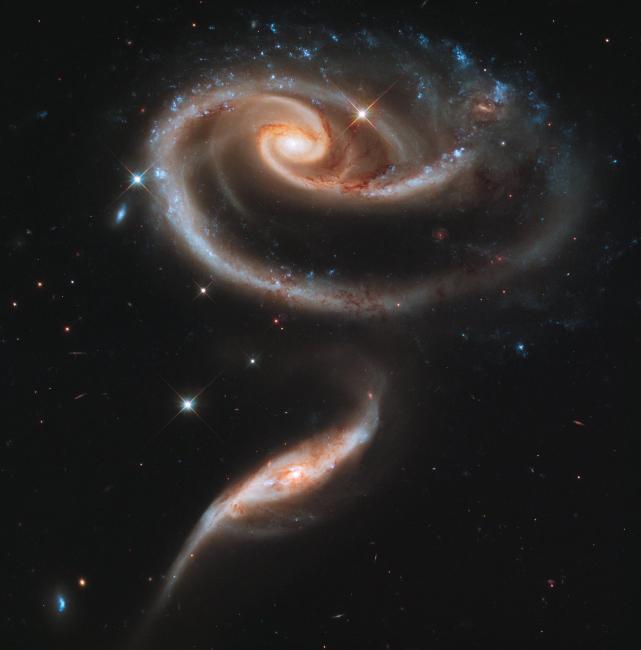
The first consistent study of galaxy mergers in real and simulated universes
For the first time, merging pairs of galaxies have been found using an identical method in both simulations and observations of the real universe, using artificial intelligence. The co-author of the pioneering work is Dr. William Pearson from the Astrophysics Department of the Fundamental Research Department of NCBJ.

Virgo i LIGO odkrywają nową i niezwykłą populację czarnych dziur
Virgo i LIGO ogłosiły wykrycie fal grawitacyjnych z układu dwóch czarnych dziur, które połączyły się tworząc czarną dziurę o masie około 142 mas Słońca. Utworzony obiekt znajduje się w zakresie mas, w którym nigdy wcześniej nie obserwowaliśmy czarnych dziur: ani za pomocą fal grawitacyjnych, ani obserwacji elektromagnetycznych. W badaniach biorą udział naukowcy z NCBJ.
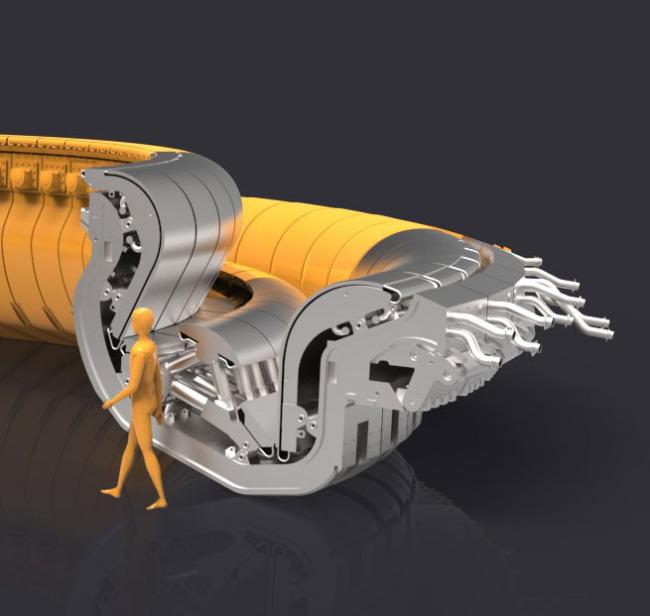
Niezwykle precyzyjne obliczenia struktury poziomów energetycznych wolframu pomogą konstruktorom reaktorów termojądrowych
Naukowcy z NCBJ wykonali niesłychanie precyzyjne obliczenia poziomów energetycznych i przejść kwantowych pomiędzy dziesiątkami tysięcy poziomów energetycznych jonów wolframu - jednego z najważniejszych materiałów konstrukcyjnych przyszłych reaktorów termojądrowych. Ich praca ukazała się w prestiżowym czasopiśmie Atomic Data and Nuclear Data Tables.

It is worth checking whether radiation can help suffering patients with COVID-19
Prof. Ludwik Dobrzyński, one of the most prominent experts on the field of the influence of ionizing radiation on organisms, states in his text, that small doses of radiation can potentially stimulate the body’s defence reactions in COVID patients. The expert refers to the analogy with pneumonia and explains how the immune system can be supported by radiation provided by equipment commonly used in hospitals
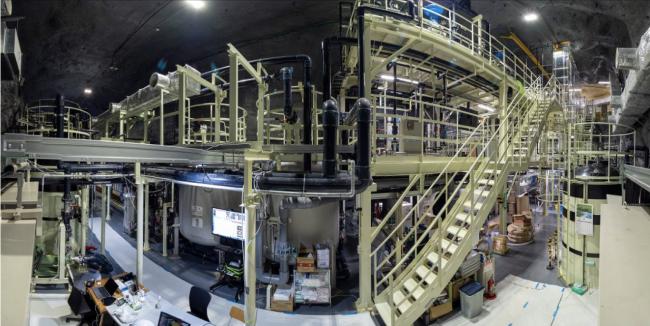
Gadolinium offers new research opportunities for Super-Kamiokande
Today in Japan, a collaboration of scientists on the Super – Kamiokande (SK) experiment announced the completion of the modernization of the huge neutrino detector. This modernization opens up completely new research opportunities. Physicists – including those from Poland – will be able to investigate, e. g. neutrino signals from supernova explosions in the distant past.
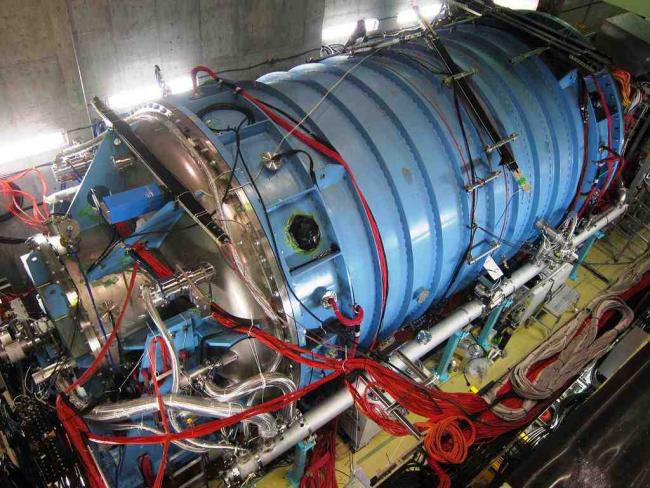
The FASER will check whether there is an anomalous kaons decay
According to the authors of the latest work published in Physical Review D, the FASER experiment proposed for the LHC by several scientists, including Dr Sebastian Trojanowski (NCBJ), will probably allow confirming the KOTO anomaly.
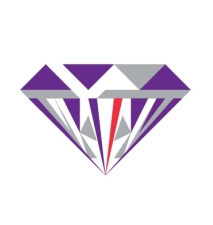
Diamentowy Grant dla studenta FUW na badania w NCBJ
Pan Oskar Grocholski, student Wydziału Fizyki UW został laureatem Diamentowego Grantu. Celem uhonorowanego projektu realizowanego w Zakładzie Fizyki Teoretycznej NCBJ jest obliczenie poprawek pętlowych w procesie produkcji dwóch fotonów w reakcji foton + proton: pγ → pγγ′, przy zastosowaniu perturbacyjnej chromodynamiki kwantowej. Student i jego opiekunowie - prof. Jakub Wagner (NCBJ) i prof. Piotr Chankowski (UW) spodziewają się, że osiągnięte wyniki posłużą do udowodnienia twierdzenia o faktoryzacji w przypadku procesów produkcji dwóch cząstek i będą miały znaczenie dla analizy danych przyszłych eksperymentów.
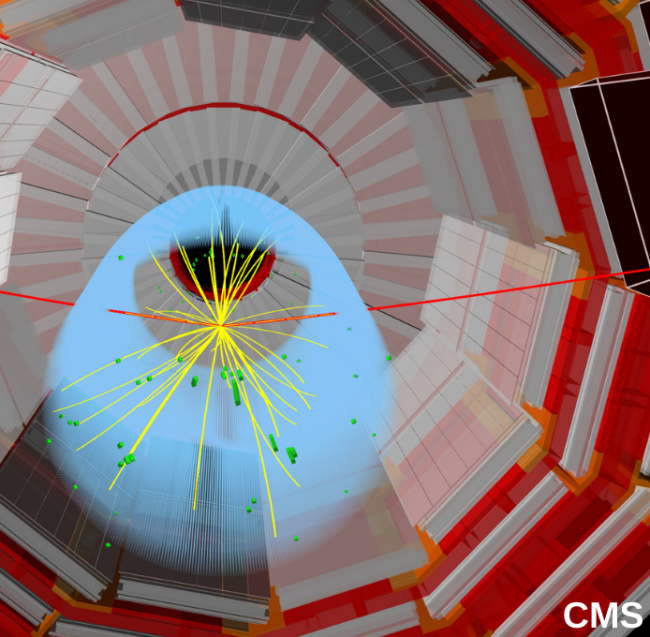
Higgs coraz bardziej standardowy - CMS i Atlas donoszą o prawdopodobnych obserwacjach rozpadów Higgsa na miony
Na 40 konferencji ICHEP zespoły eksperymentów ATLAS i CMS ogłosiły nowe wyniki, które zaświadczają (na poziomie 3 sigma), że bozon Higgsa rozpada się na dwa miony. Potwierdzenie tego procesu ma kluczowe znaczenie dla fizyki fundamentalnej - po raz pierwszy wskazuje, że bozon Higgsa oddziałuje z cząstkami elementarnymi drugiej generacji. Wynik i nasz udział w jego otrzymaniu komentuje prof. Piotr Zalewski.
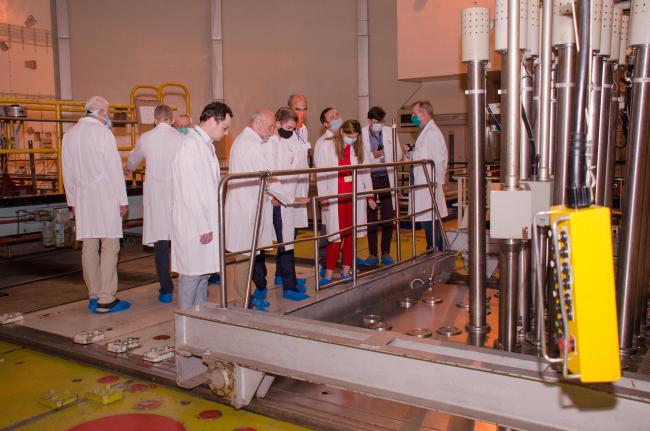
Prezes PAA i Generalny Dyrektor Ochrony Środowiska z wizytą w Świerku
20 lipca 2020 r. gościliśmy w NCBJ Prezesa Państwowej Agencji Atomistyki, pana Łukasza Młynarkiewicza oraz Generalnego Dyrektora Ochrony Środowiska pana Andrzeja Szweda-Lewandowskiego wraz ze współpracownikami. Goście zwiedzili reaktor MARIA i laboratoria Ośrodka Radioizotopów POLATOM.
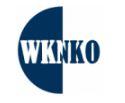
Pierwsza wirtualna konferencja naukowa Kampusu Ochota za nami!
W dniach 30 czerwca - 1 lipca br. odbyła się Pierwsza Wirtualna Konferencja Naukowa Kampusu Ochota (WKNKO-1) adresowana do doktorantów nauk matematyczno-przyrodniczych oraz wszystkich pracowników Uniwersytetu Warszawskiego. Wirtualne spotkanie przeprowadzono w językach polskim oraz angielskim. W konferencji wzięło udział 315 uczestników.
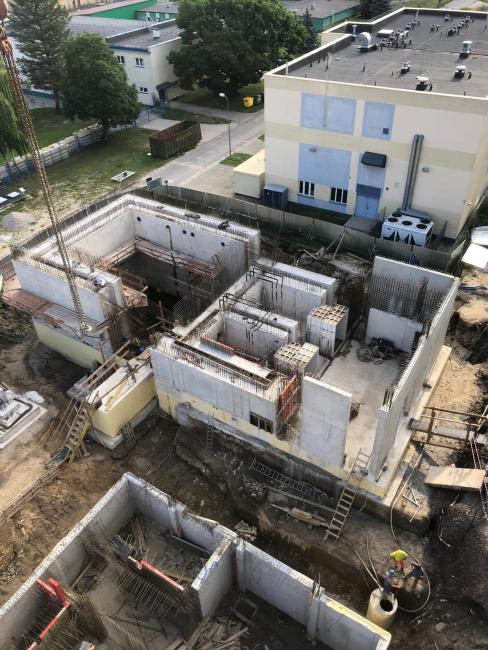
Construction of the modern CERAD research complex is progressing rapidly.
Over 2,500 m2 of research and infrastructure space, worth nearly PLN 117 million, is being built in the nuclear center in Świerk. The investment is carried out as part of a project co-financed by the European Union called Centrum Projektowania i Synetezy Radiofarmaceutyków Ukierunkowanych Molekularnie – CERAD (Design and synthesis of molecularly targeted radiopharmaceuticals – Centrum CERAD).
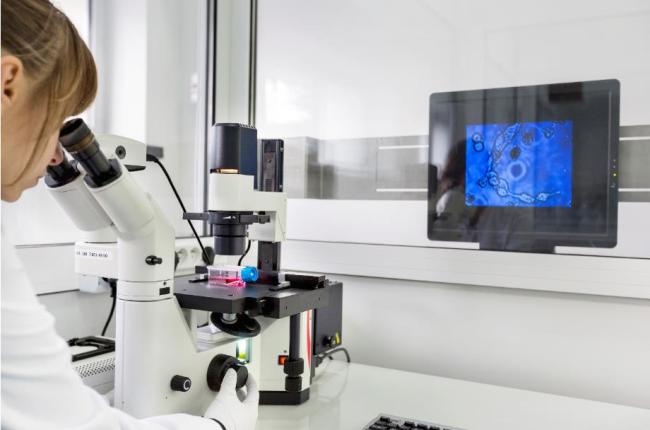
Ponad 16 mln zł dla projektu DuoNen na zwiększanie skuteczności w leczeniu nowotworów neuroendokrynnych.
Ponad 16 mln zł ze środków Agencji Badań Medycznych (ABM) zostanie przeznaczonych na realizację projektu DuoNen pn. „Zastosowanie terapii tandemowej LutaPol/ItraPol (177Lu/90Y-DOTATATE) jako skutecznego narzędzia w leczeniu nowotworów neuroendokrynnych”.
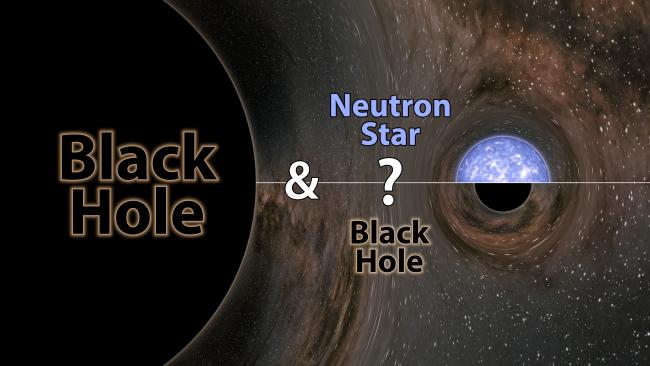
GW190814 - fale grawitacyjne pochodzące ze zlania się nietypowego układu podwójnego
Detektory LIGO-Virgo zarejestrowały fale grawitacyjne ze zlania się nietypowego układu podwójnego zawierającego czarną dziurę i inny zwarty, dziewięciokrotnie lżejszy obiekt, który może być albo najlżejszą wykrytą czarną dziurą albo najcięższą zaobserwowaną gwiazdą neutronową. Tak duża asymetria masy układu pozwala na nowe, precyzyjne testy ogólnej teorii względności. W badaniach biorą udział Polacy, w tym trzech naukowców z NCBJ.

Sześć habilitacji w pół roku. Tak trzymać!
Tolga Altinoluk, Michał Bluj, Katarzyna Małek, Jacek Rzadkiewicz, Jakub Wagner i Paweł Ziń to sześcioro nowych doktorów habilitowanych w NCBJ, którzy stopień doktora habilitowanego uzyskali w pierwszej połowie 2020 roku. Pracują oni w Departamencie Badań Podstawowych i w Departamencie Aparatury i Technik Jądrowych.
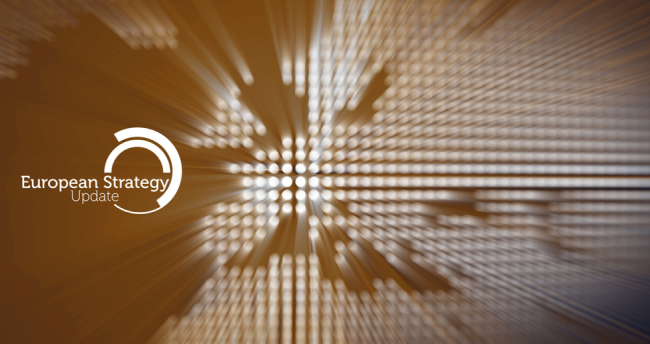
Fizycy cząstek aktualizują strategię dla przyszłości tej dziedziny nauki w Europie
19 czerwca b.r. Rada CERN jednogłośne przyjęła aktualizację strategii dotyczącej przyszłości fizyki cząstek elementarnych w Europie w kontekście światowym. Przyjęte rekomendacje kładą szczególny nacisk na naukowy, ekonomiczny walor fizyki cząstek oraz związany z nią kapitał ludzki.
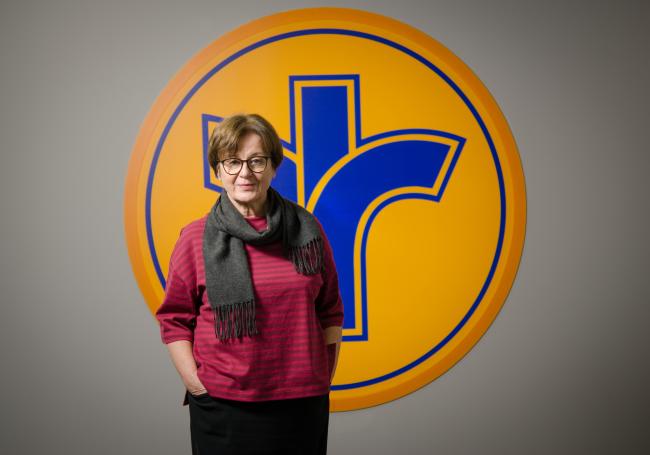
Professor Renata Mikołajczak became the chairwoman of the working group of the European Pharmacopoeia Commission.
The European Pharmacopoeia (Ph. Eur.) is a compact reference document for the quality control of medicines. Its official standards include a specific and legal basis for quality control throughout the entire product life cycle. Ms. Renata Mikołajczak will lead a working group on the development of monographs on radiopharmaceutical precursors (Precursors for Radiopharmaceutical Preparations – PRP Working Party). She is the first person from Poland to whom the European Pharmacopoeia Commission has entrusted such a responsible role.
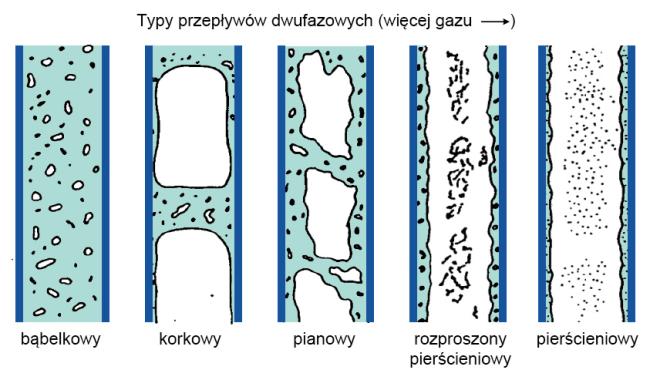
Doktorat z przepływów w reaktorach wrzących
Nasi naukowcy interesują się także wieloma typami reaktorów jądrowych wykorzystywanych na świecie jako źródła energii. Dr inż. Michał Spirzewski z Zakładu Energetyki Jądrowej i Analiz Środowiska NCBJ poświęcił swoją właśnie obronioną pracę doktorską zjawiskom mogącym mieć wpływ na bezpieczeństwo i efektywność pracy Wrzących Reaktorów Wodnych (BWR). W swoich badaniach wykorzystał m.in. stworzony przez siebie kod komputerowy DARIA.

NCBJ trzecią instytucją w Polsce w rankingu Nature Index
Jesteśmy trzeci w Polsce w rankingu Nature Index za okres 1 kwietnia 2019 r. - 31 marca 2020 r. W rankingu tym punkt jest przypisany, jeśli jeden lub więcej autorów artykułu badawczego pochodzi z danej instytucji. W obliczeniach brane są pod uwagę najbardziej wpływowe czasopisma naukowe na świecie.
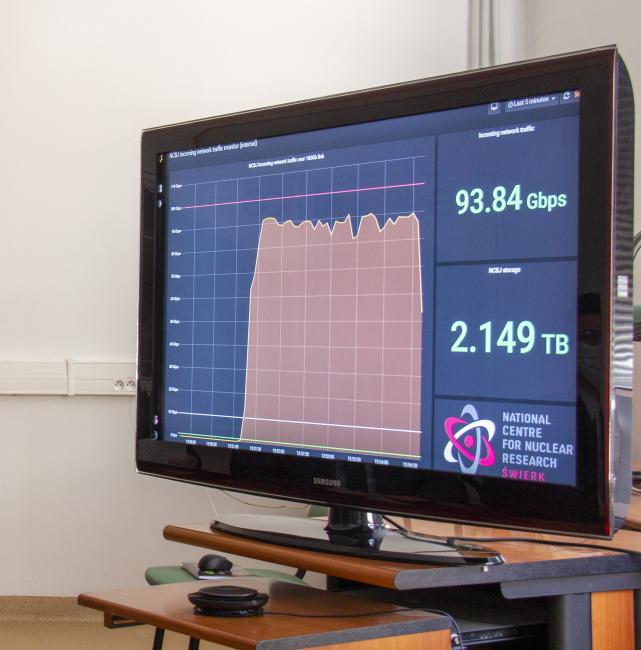
Inauguration of super-fast internet connection with Hamburg
A high – speed internet connection for scientific data transfer at 100 Gbps is already in operation between the DESY research center in Hamburg and the National Centre for Nuclear Research (NCBJ) in Świerk. The full functionality of the connection was demonstrated on 12th June during a ceremony attended by Polish and German Deputy Ministers of Science, which took place simultaneously on both sides of the link.

Czy aktywność Słońca ma wpływ na awarie energetycznych linii przesyłowych?
Zespół polskich naukowców z udziałem dr Anny Wawrzynczak-Szaban (UZ3@NCBJ) przeanalizował awarie energetycznych linii przesyłowych, które mogą mieć związek ze zjawiskami pogody kosmicznej. Badacze pokazują, że liczba awarii jest skorelowana z fazami cyklu słonecznego. Pracę opublikowało czasopismo Energies.
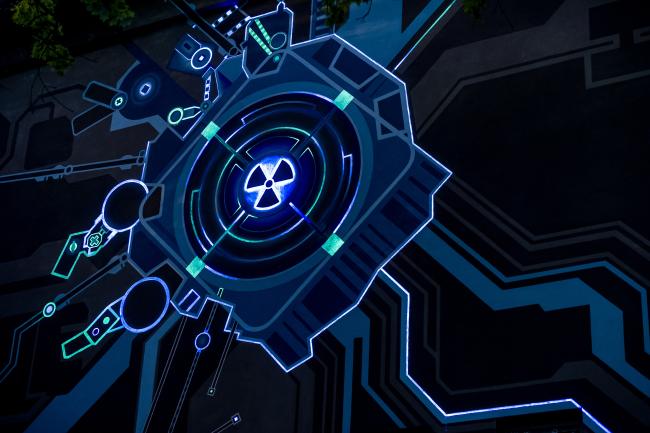
Świerk Computer Centre brightens the night
The IT Center Świerk (CIŚ) building opened in 2014 in National Centre for Nuclear Research (NCBJ) was decorated with a magnificent mural. Since the institute operates primarily during the day, likely, many employees do not even know that luminescent paints have been used for paintings. The author of the work Olaf Cirut is preparing to carry out another work in Ostrzeszów.
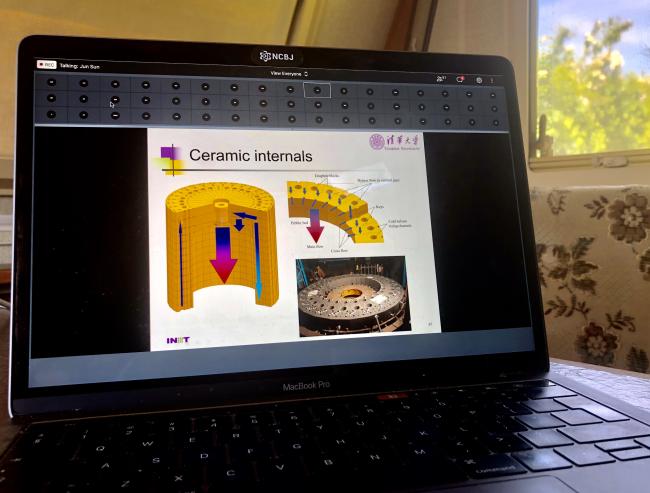
Online High Temperature Hot Reactors School
Rozpoczęła się międzynarodowa Letnia Szkoła Reaktorów Wysokotemperaturowych organizowana przez NCBJ w ramach programu kształcenia doktorantów PHD4GEN. Odbywa się ona w trybie zdalnym. Przemówienie powitalne adresowane do jej wykładowców i uczestników wygłosił profesor Grzegorz Wrochna, wiceminister nauki i szkolnictwa wyższego.
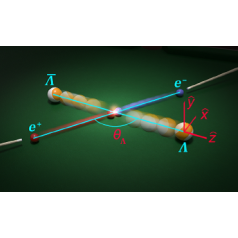
PRELUDIUM BIS: Jak zaobserwować łamanie symetrii CP w rozpadach hiperonów - Oferta dla kandydatów na studia doktorskie
Celem konkursu PRELUDIUM BIS jest wsparcie kształcenia doktorantów w szkołach doktorskich. Dr hab. Andrzej Kupść z Zakładu Wysokich Energii NCBJ - autor projektu, który uzyskał finansowanie w konkursie - proponuje przyszłym doktorantom pracę nad problemem łamania sypertii CP w ramach nowego podejścia opublikowanego niedawno w czasopiśmie Nature.
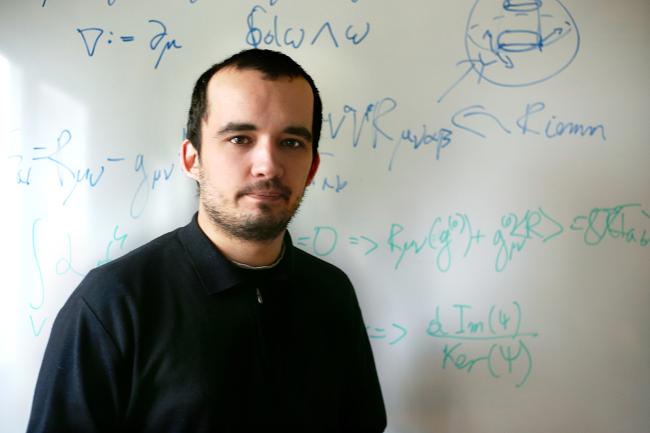
SONATA na kosmologię bez teorii zaburzeń
Dr Jan Jakub Ostrowski z Zakładu Fizyki Teoretycznej NCBJ będzie starał się wyjaśnić niektóre zagadki kosmologiczne bez użycia rachunku perturbacyjnego lecz w ramach pełnych równań Ogólnej Teorii Względności. Jego projekt zatytułowany „Kosmologia bez teorii zaburzeń” otrzymał grant w konkursie SONATA rozstrzygniętym przez Narodowe Centrum Nauki.
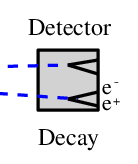
Scientists from the NCBJ are onto new particles in LHC/FASER
A certain limitation of experiments aimed at finding new, light, long-lived particles are the lifetimes of the searched objects. In a recently published article in Physical Review D, scientists from NCBJ and SLAC have shown that these limitations need not apply to more realistic versions of theoretical models with more new, long-lived particles.
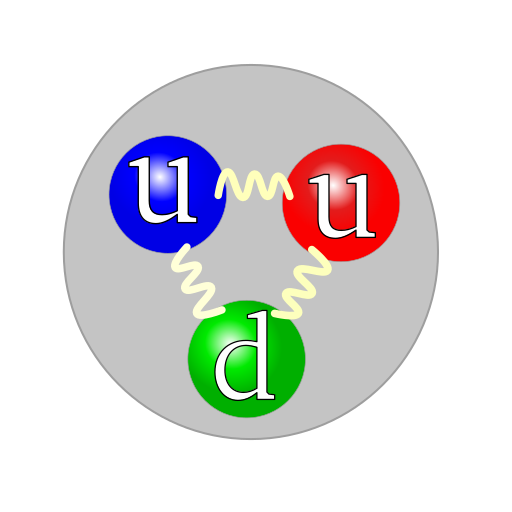
SONATA na obliczenia teoretyczne dla tomografii hadronów
Projekt dra Pawła Sznajdera z Zakładu Fizyki Teoretycznej NCBJ zatytułowany „Badanie trójwymiarowej struktury nukleonu w planowanym zderzaczu elektron-jon” uzyskał grant Narodowego Centrum Nauki w ramach konkursu SONATA. Obliczenia będą miały ogromne znaczenie dla przyszłego zderzacza elektron-jon (EIC), który powstanie w USA.
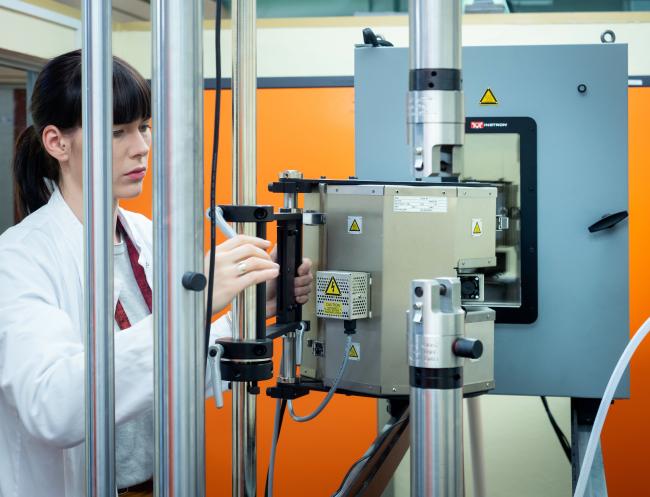
PRELUDIUM na badanie stali umacnianych nowymi tlenkami
Mgr inż. Małgorzata Frelek-Kozak (LBM) otrzymała grant Narodowego Centrum Nauki przyznany w konkursie Preludium. Projekt pt. „Wpływ rodzaju tlenku wzmacniającego na właściwości mikrostrukturalne i mechaniczne stali ODS” przewiduje wytworzenie i zbadanie stali ODS wzmacnianych tlenkiem glinu Al2O3 oraz tlenkiem cyrkonu ZrO2.
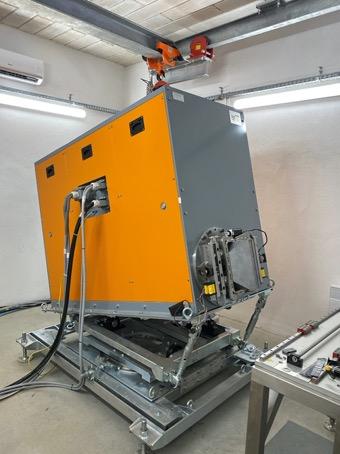
Polish accelerator on the Polish border of the EU
At the Kuźnica Białostocka-Grodno border crossing, an X-ray device for scanning of railway wagons works with full functionality. It was built using solutions developed in the NCBJ. The core of the system is called Canis and it is an electron accelerator with switched energy of 6 and 9 MeV produced by the NCBJ Nuclear Equipment Division (HITEC).
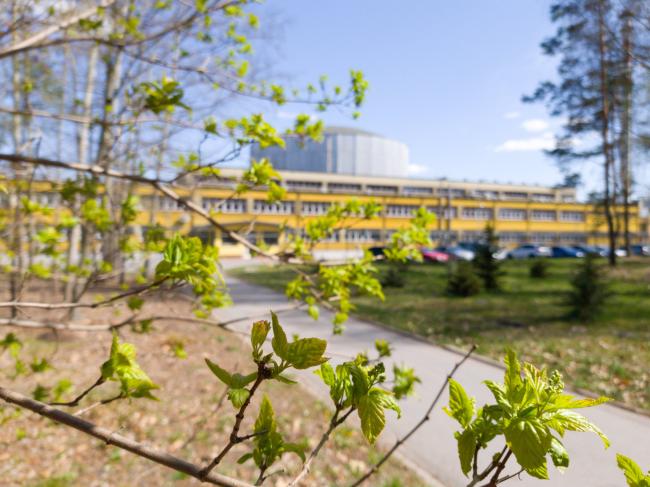
Komunikat NCBJ: Brak problemów technicznych, brak anomalii promieniowania tła
Narodowe Centrum Badań Jądrowych pracuje normalnie, biorąc pod uwagę warunki epidemiologiczne. W instytucie nie występują i nie miały miejsca żadne zdarzenia nietypowe czy problemy techniczne, które mogłoby budzić niepokój. Nasze służby ochrony radiologicznej nie rejestrują też żadnych odczytów wskazujących na anomalie w poziomie promieniowania tła.
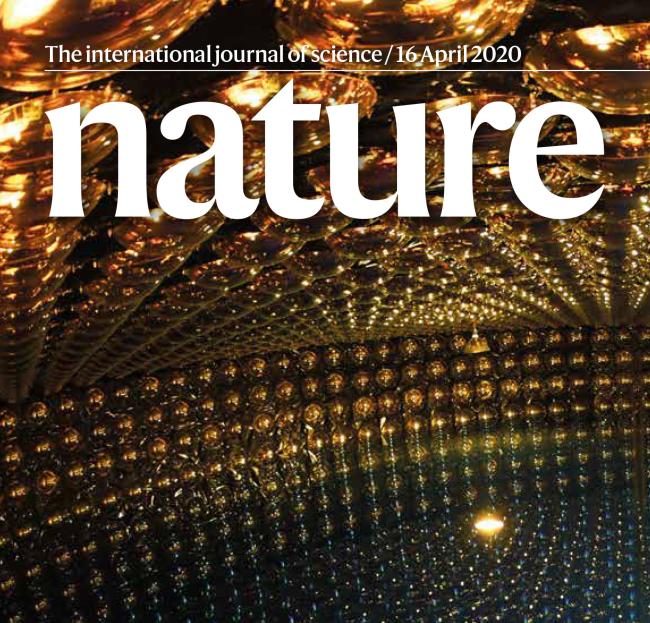
The T2K results limit the possible values of the CP symmetry violating phase for neutrinos
T2K’s Collaboration published new results in the prestigious scientific journal Nature regarding the largest parameter limit to date determining the violating phase of symmetry between matter and antimatter in neutrino oscillations. Almost half of the possible values of the parameter δCP were excluded, thus revealing the basic ownership of neutrinos that had not been measured so far.
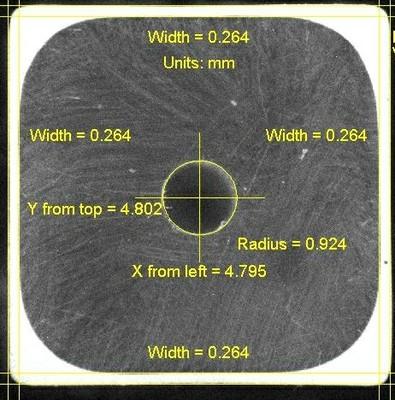
Polish participation in the Japanese T2K experiment
An international team of scientists collaborating on the T2K experiment today announced in the journal Nature significant research results that broaden knowledge of the lack of symmetry between matter and antimatter. This is a good time to recall that Polish scientists from six centers, cooperating within the Polish Neutrino Group, are also contributing to this experiment.
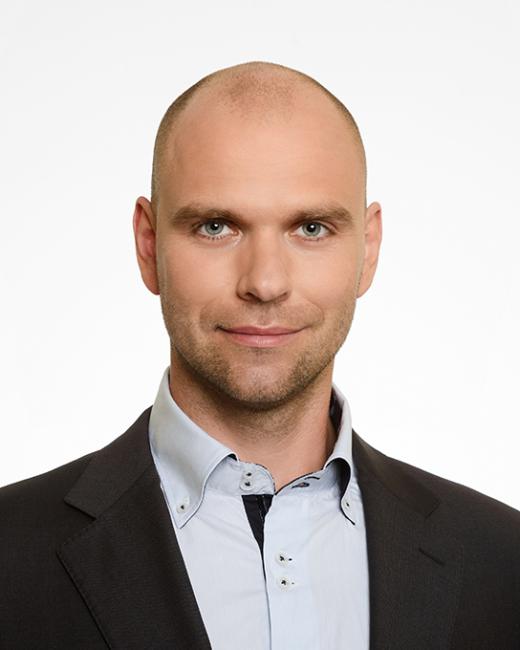
Dr. Eng. Karol Wawrzyniak joined the RES team
April 2 this year Minister of Climate Michał Kurtyka has set up a Team for the Development of the Renewable Energy Sources Industry and Benefits for the Polish Economy. It will be a consultative and advisory body that attaches to the Minister, who is responsible for climate and energy. Dr Eng. Karol Wawrzyniak from the Interdisciplinary Department of Energy Analysis NCBJ is now in charge of the local energy dimension.

SARI statement on the incorrectness of the NLT hypothesis
Scientists are once again questioning the accuracy of the hypothesis that any low dose of radiation poses a threat to human health. On the contrary, they say – there are good reasons to believe that small doses have a positive effect on our health. These are the conclusions of the recently published statement by the Scientists for Accurate Radiation Information (SARI) and XNLT foundations.
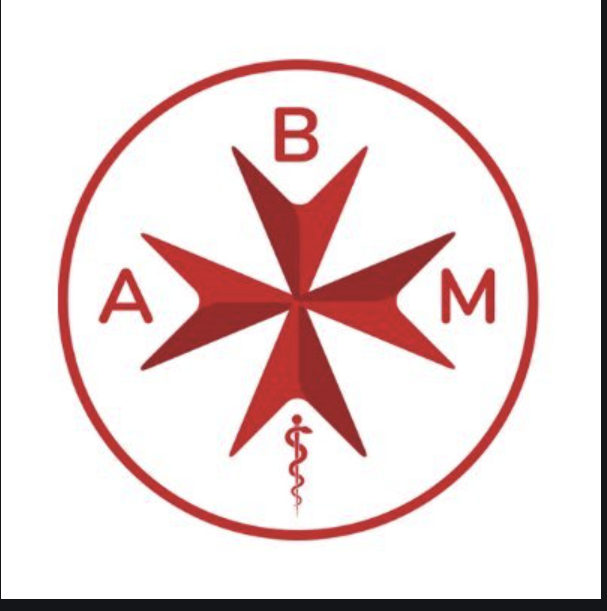
16 million for clinical research on tandem therapy
The Project „The use of the LutaPol/ItraPol (177Lu/90Y-DOTATATE) tandem therapy as an effective tool for the treatment of neuroendocrine tumors” coordinated by POLATOM was eligible for funding in the Medical Research Agency’s competition to support non-commercial clinical research.
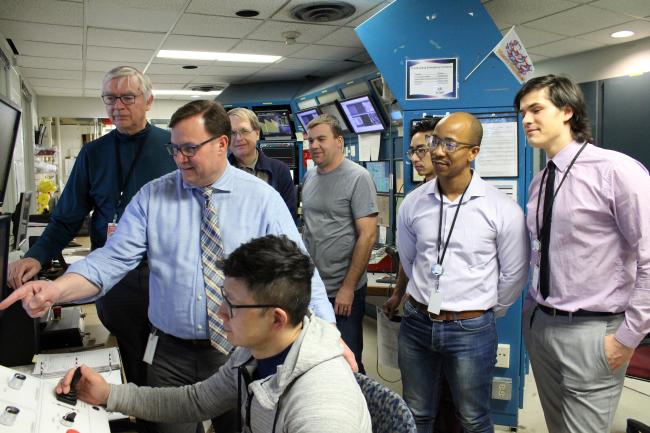
Accelerator-based method of 99Mo production The first foreign internship of a RadFarm PhD student
Tobiasz Zawistowski MSc, a student of the RadFarm interdisciplinary doctorate studies, was an intern at CANADIAN ISOTOPE INNOVATIONS Corp. and carried out experiments at Canadian Light Source related to the accelerated production of molybdenum 99 for medical purposes. Research is ongoing on the possibility of using a similar method in Świerk.
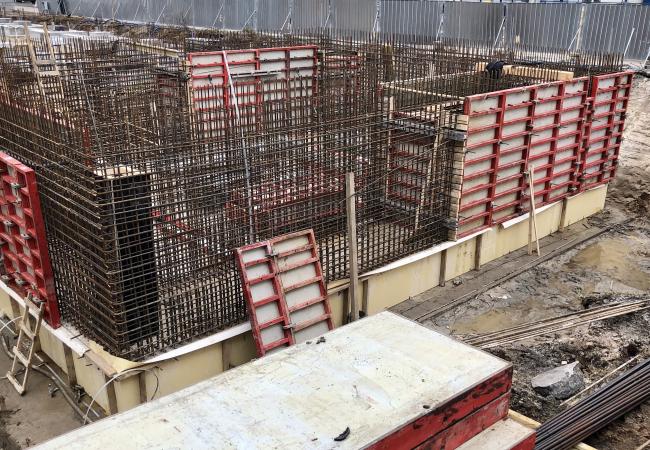
Trwają prace na budowie Centrum Radiofarmaceutyków CERAD
Widać już fundamenty przyszłego kompleksu laboratoriów Centrum Projektowania i Syntezy Radiofarmaceutyków Ukierunkowanych Molekularnie „CERAD”, w którym będzie umieszczony m.in. cyklotron pozwalający na produkcję radionuklidów poprzez bombardowanie tarcz rozpędzonymi protonami, deuteronami i cząstkami alfa. Pracom sprzyja dobra pogoda.
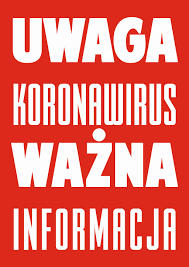
Informacja dotycząca zasiłku opiekuńczego w związku z koronawirusem
Zgodnie z obowiązującymi przepisami, w przypadku zamknięcia żłobka, klubu dziecięcego, przedszkola lub szkoły, do której uczęszcza dziecko, z powodu COVID-19 pracownikowi, który sprawuje opiekę nad takim dzieckiem i w związku z tym nie pracuje, przysługuje zasiłek opiekuńczy…
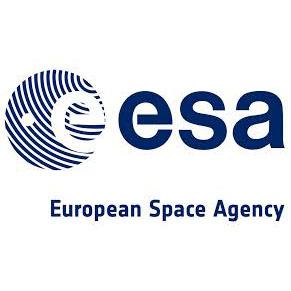
ESA open day
The Ministry of Science and Higher Education and the European Space Agency (ESA) invite you to participate in the information day, which will take place on February 6, 2020 at the headquarters of the Ministry of Science and Higher Education at ul. Hoża 20. The information day will be devoted to the ESA scientific program and the PRODEX research instruments development program.

The location of the new American EIC collider has been chosen
In early January, the US Department of Energy announced the location of a new powerful high energy physics research device. The Electron-Ion collider (EIC) is to be built in Brookhaven National Laboratory (NY) at a cost of approx. 2 billion. dollars. The research program of planned experiments is co-created by scientists from the NCBJ.
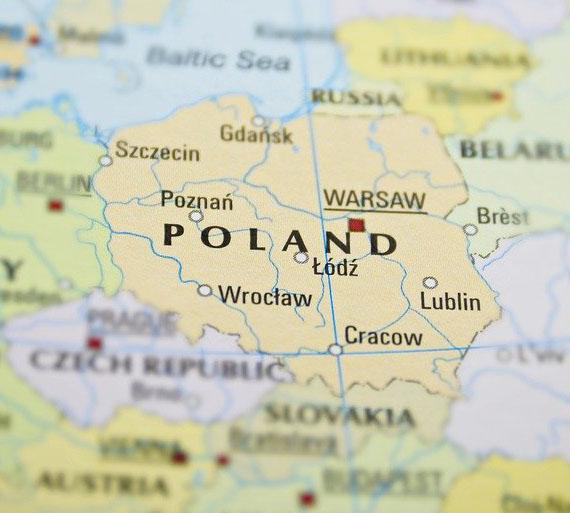
100% of our projects made it to the Map
On January 14th, Minister of Science and Higher Education published a list of strategic research infrastructures present on the Polish Map of Research Infrastructure. Among 70 approved projects, 7 proposals were prepared by scientists form NCBJ. These include four projects for the new national research structures and three projects of participation in international projects.
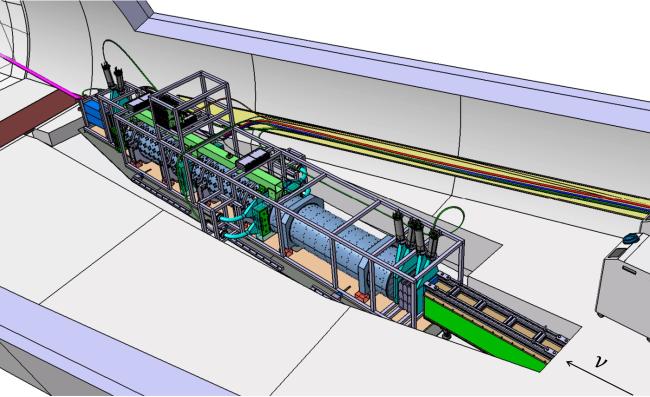
FASERnu ma łapać neutrina z LHC
CERN zatwierdził nowy eksperyment, który będzie badał własności neutrin. Jest to pierwszy tego typu eksperyment przy Wielkim Zderzaczu Hadronów (LHC), który rozpocznie nową erę badań nad neutrinami. W pracach nad projektem istotną rolę odegrał dr Sebastian Trojanowski z Departamentu Badań Podstawowych.
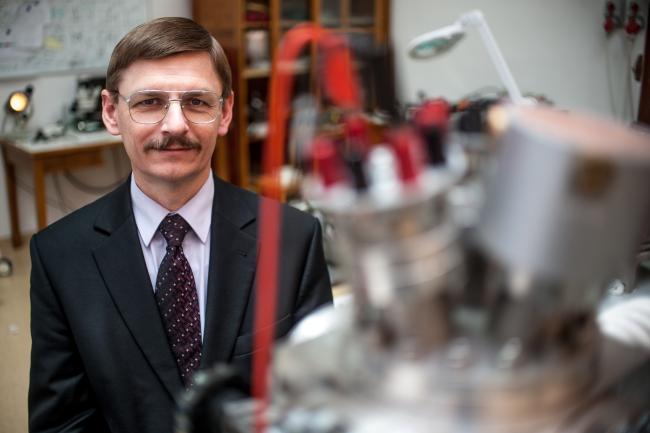
Professor Grzegorz Wrochna appointed Deputy Minister of Science and Higher Education
On December 16th, Professor Grzegorz Wrochna, a long-time Director General – first, of the Institute of Nuclear Problems, and then of National Centre for Nuclear Research – has been appointed Undersecretary of State in the Ministry of Science and Higher Education. Congratulations!
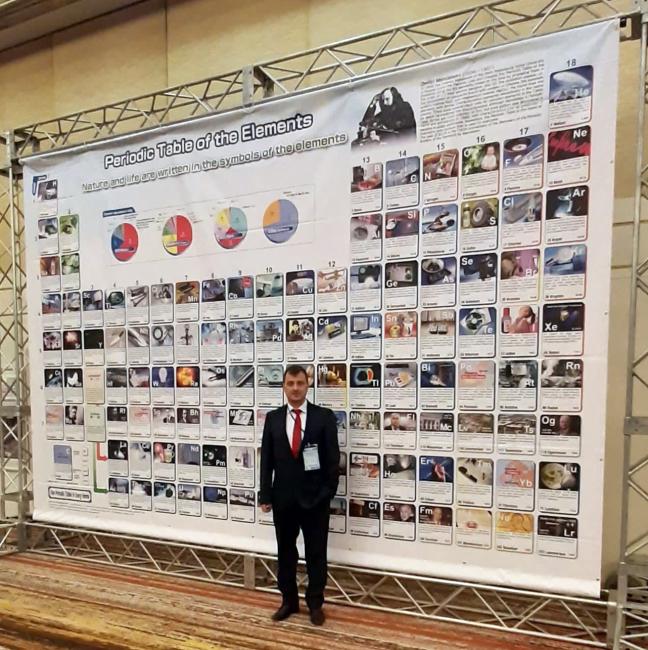
End of the year of Periodic Table – with our accent
Closing ceremony for the International Year of the Periodic Table of Elements, established by UNESCO on the 150th anniversary of the publication of the first version of the table of elements by Dmitry Mendeleev, has been held in Tokyo. On the conference preceding the celebration, Professor Michał Kowal (NCBJ) presented new theoretical analyses crucial to the possibility of production of superheavy nuclides in laboratory conditions.
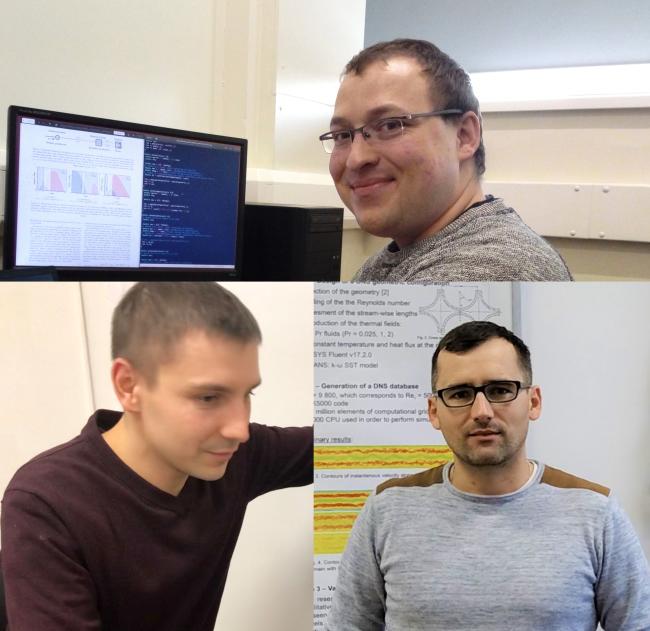
Funds for or talented young scientists
Young scientists from NCBJ have obtained prestigious funds to conduct their work. Sebastian Trojanowski, PhD, has received a scholarship from the Minister of Science and Higher Education for outstanding young scientists, Łukasz Bartosik, PhD Eng, received a NCN Miniatura grant, and Tomasz Kwiatkowski, MSc Eng, reviened a NCN Preludium grant.
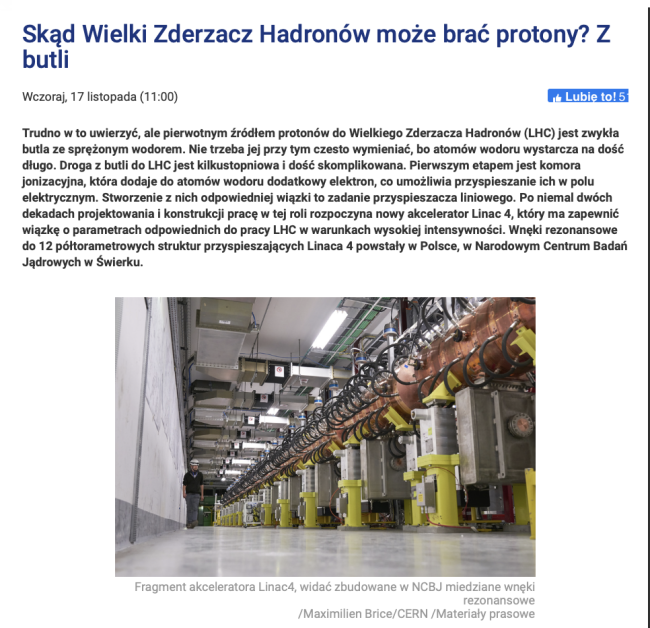
O LHC i LINAC4 w ciekawym materiale RMF24
Ciekawą relację z wizyty w CERN przygotował red. Grzegorz Jasiński z RMF. Główną rolę odgrywa w niej LINAC4, który zasilać będzie w protony cały kompleks akceleratorowy w Genewie. To nowe urządzenie powstało przy naszym znaczącym udziale, co zostało sympatycznie docenione.
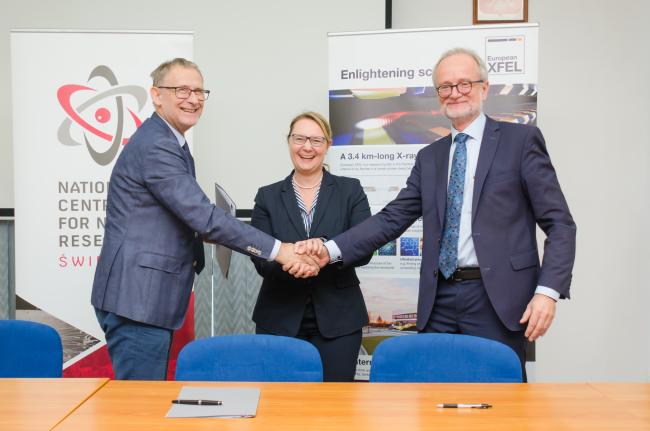
Scientific Big Data Analysis for the European XFEL
On October 23rd, Professor Robert Feidenhans’l, Executive Director of European XFEL GmbH and Professor Krzysztof Kurek, NCBJ Director General have signed an addendum to the NCBJ-XFEL agreement, as well as an agreement on implementing the Scientific Big Data Analysis project. The XFEL delegation also met with the potential Polish users of the laser and with the representatives of the Ministry of Science and Higher Education.
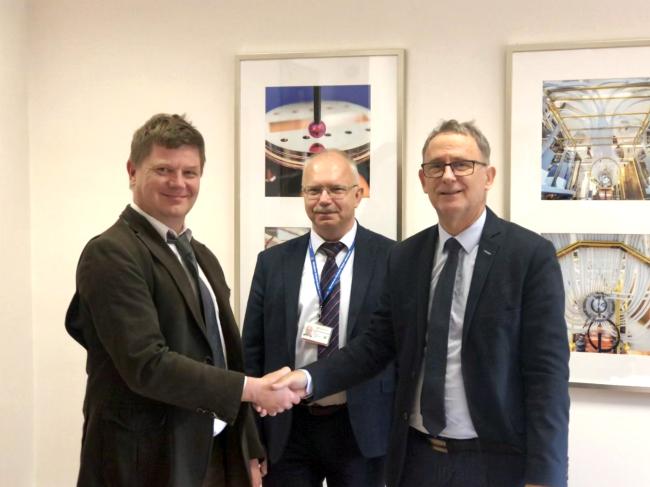
Professor Mikko Alava was appointed director of the NOMATEN CoE
The process of creating the NOMATEN Center of Excellence is entering a decisive phase: Professor Mikko Alava has assumed the position of director and will soon start completing research teams. CoE NOMATEN is to explore new functional materials. It was created thanks to a grant in the Teaming for excellence competition and thanks to the support of the Foundation for Polish Science.
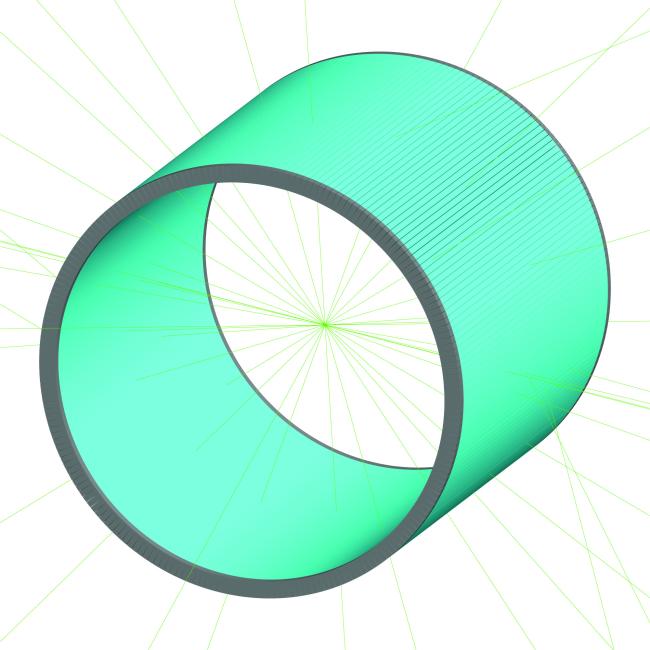
J-PET has been presented in Cracow
Today J-PET, a positron emission tomography scanner, designed and constructed in the Marian Smoluchowski Institute of Physics on the Jagiellonian University, has been presented in Cracow. Employees of National Centre for Nuclear Research were among the team resposible for this project. The device allows for utilizing completely new methods of body imaging based on multi-photon decays. So far, those types of decay have never been utilized for this purpose.
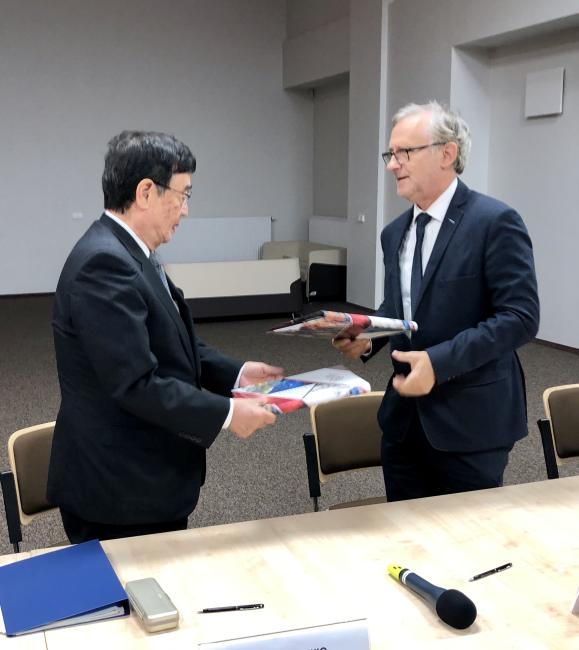
Cooperation between NCBJ and JAEA enters the next phase
On the 20th September 2019, a delegation from the Japanese Atomic Energy Agency, with its president, Mr. Toshio Kodama, visited NCBJ. During the visit an implementation contract for the cooperation agreement, which was signed two years ago, was concluded. The contract put an emphasis on the field of high-temperature reactor technology. The guests also went on a tour around the Institute.

Rekrutacja uzupełniająca na studia doktoranckie RadFarm
Ogłoszona rekrutacja trwa do 15 września. Więcej informacji na stronie studium: https://www.ncbj.gov.pl/radfarm
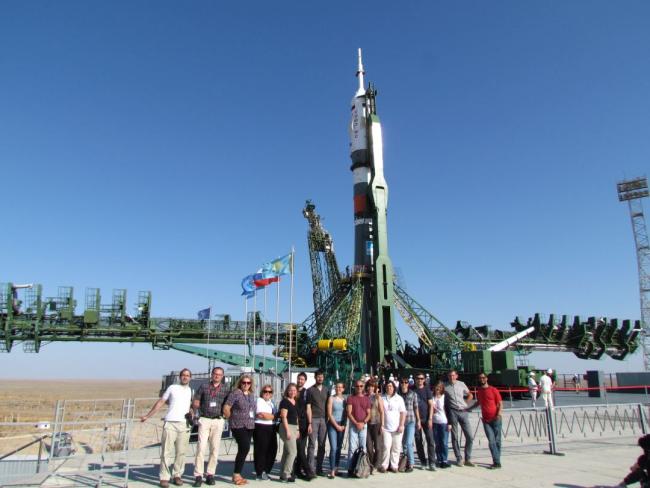
Mini-EUSO is flying to space: the Earth as a huge detector
On August 22, 2019, a rocket carrying the Soyuz MS-14 module launched towards the International Space Station (ISS) from the Baikonur Cosmodrome in Kazakhstan. Among the loads there is the Mini-EUSO telescope. The device makes it possible to create an ultraviolet map of the Earth’s atmosphere and allows to observe its variability in time. The project is attended by the scientists from NCBJ.
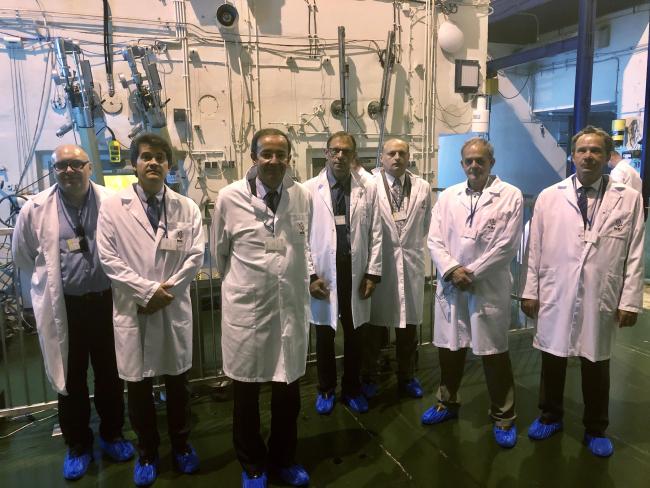
Guests from FramAtome and Warsaw University of Technology in Świerk
On 31 July 2019, a delegation from the French company FramAtome, with its president, Mr. Bernard Fontana, visited the NCBJ. The French guests traveled to Poland at the invitation of the Warsaw University of Technology. In Świerk, they were accompanied by the WUT delegation with Professors Janusz Frączek – Dean of the WUT PAE Faculty. The delegations also visited the the Maria research reactor, which is located in Świerk
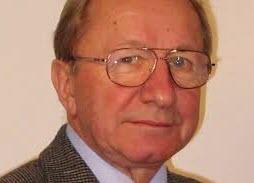
In memory of Director Jerzy Kozieł
On 14th July 2019, Mr. Jerzy Kozieł, who was associated with our institute for a few decades, passed away. He finished his career on NCBJ as the Director for Radiological Safety and Protection of the Świerk Institute. Janusz Jaroszewicz, Deputy Director of NCBJ Nuclear Facilities Operations Department, reminisces the late, who will forever remain in the memory of older employees.

European XFEL plans ultrahigh-speed network connection to Poland
Euroean XFEL press release: Data from experiments will also be processed at partner institute NCBJ in Otwock-Swierk.
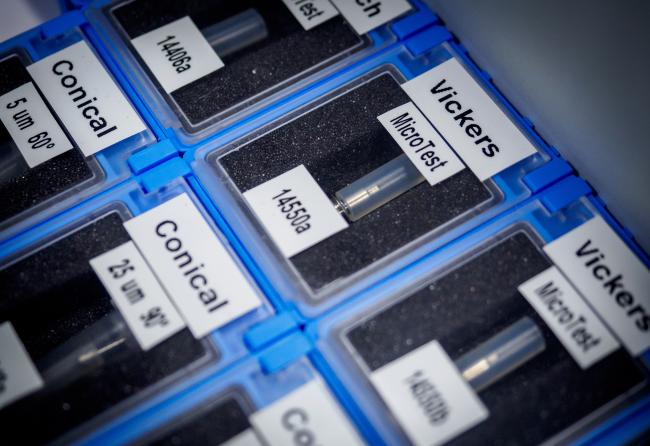
New materials for NP were discussed in Warsaw
Meeting of the JPNM EERA working group (Joint Programme for Nuclear Materials European Energy Research Alliance) was held in Warsaw from 17th to 19th June. EERA is an advisory unit of EC, which handles funding of research related to power generation. JPNM is a platform which handles research of materials for nuclear power industry.
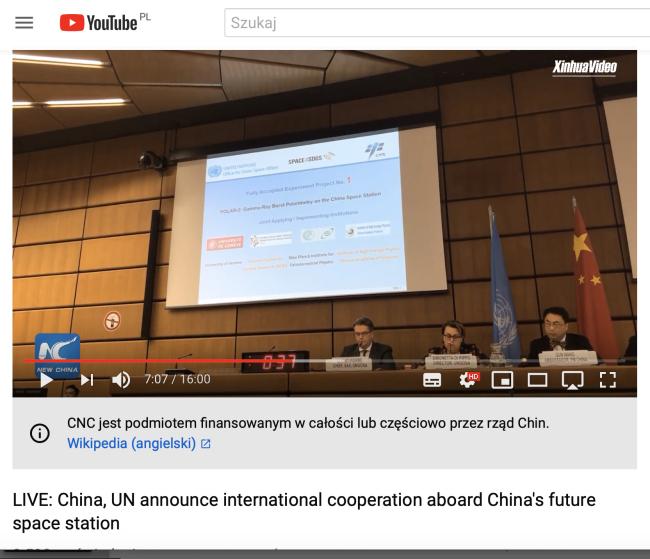
POLAR-2 will fly into space
A list of experiments, which will be placed on board the Chinese space station, as a part of cooperation between China and ONZ, has been announced on 12th of June in Vienna. Among the nine experiments accepted for execution there is the POLAR-2: Gamma-Ray Burst Polarimetry on the China Space Station. The project has been prepared by a consortium with participation of NCBJ.

Pozostały jeszcze dwa miejsca na studiach doktoranckich
19 kwietnia 2019 roku Narodowe Centrum Badań Jądrowych zaprosiło do składania dalszych zgłoszeń na studia doktoranckie z fizyki reaktorowej w ramach projektu “New reactor concepts and safety analyses for the Polish Nuclear Energy Program” POWR.03.02.00-00.I005/17. Projekt jest poświęcony badanion nad nowymi technologiami reaktorów wysokotemperaturowch HTGR. Studia obejmują wszystkie aspekty czwartej generacji reaktorów, a więc fizykę neutronową i reaktorową, procesy cieplne i analizy bezpieczeństwa.
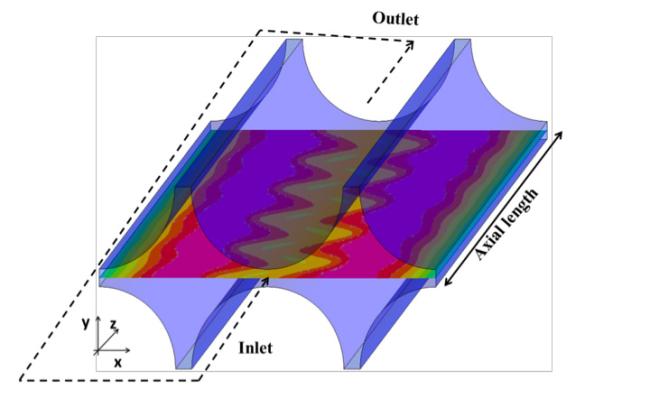
How to check if turbulence is dangerous for the reactor?
Doctoral project of Tomasz Kwiatkowski, MSc Eng, has been nominated by the international association NUGENIA to be presented in the young scientist competition at the periodic world conference FISA 2019 / EuradWaste’19 beginning on the 4th June in Romania. The Polish scientist researches impact of turbulent flow of the coolant on safety of nuclear reactors.

Can we make even heavier elements?
Researchers from Faculty of Physics UW (University of Warsaw) and National Centre for Nuclear Research point out, that, within a short time there, might be a possibility of creating two new superheavy elements, as well as a few isotopes of elements, which have already been discovered. The calculations which led to this conclusions used theoretical model created in Warsaw and took into account previously omitted processes.
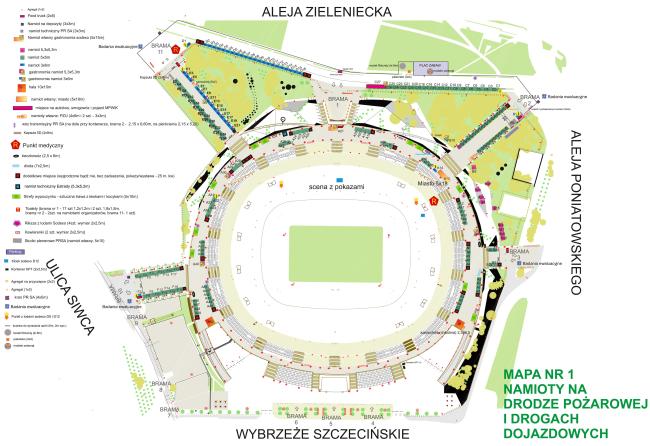
NCBJ zaprasza na Piknik Naukowy. Naszym gościem będzie XFEL
11 maja NCBJ weźmie udział w tegorocznej 23 edycji Pikniku Naukowego (stoisko A41). Tematem przewodnim Pikniku jest hasło „My i Maszyny”. Wybraliśmy strefę przyszłości i skupiliśmy się na reaktorze jądrowym, ale pokażemy też akcelerator IntraLine i system CANIS. Naszym gościem specjalnym będzie European XFEL prezentujący wirtualną wycieczkę po najpotężniejszym laserze na świecie.
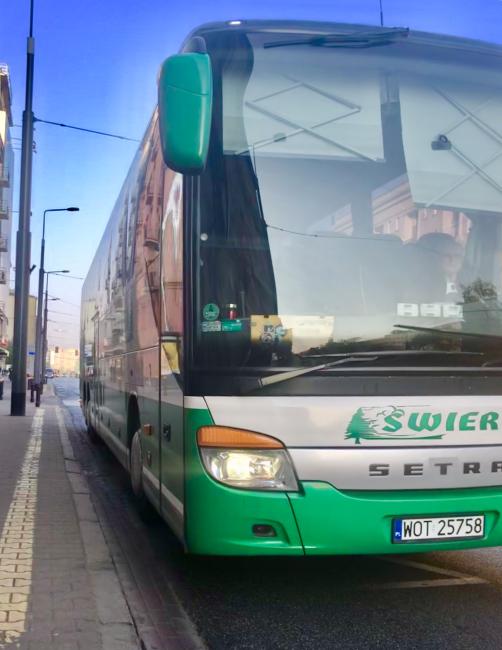
20 lat ZTS
Zakład Transportu Samochodowego NCBJ obchodzi dwudziestolecie swojej działalności. 33 pojazdy wożą nas do pracy i świadczą usługi dla wielu podmiotów. Załodze ZTS życzymy, by woziła nas szybko i bezpiecznie - miejmy nadzieję, że wkrótce po znacznie lepszych drogach.

Announcement of recruitment conditions for PhD School
The recruitment conditions for the PhD School, jointly coordinated by National Centre for Nuclear Research and Institute for Nuclear Chemistry and Technology, have been announced.
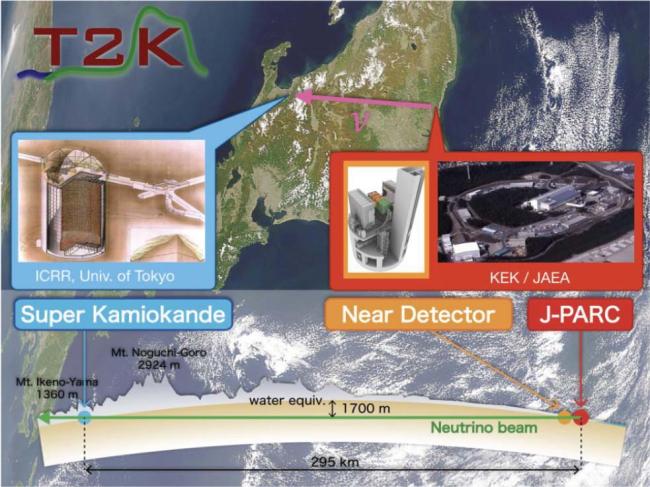
Award for a method of localizing places of dangerous substances release
Piotr Kopka, MSc, from the MANHAZ Centre, operating in NCBJ, received the second prize for young scientists on the NERIS conference in Roskilde, Denmark. The awarded paper concerned implementation of stochastic analyses in the issue of localisation of hazardous substances release in urban area. The implementation has been successfully evaluated on data acquired during an experiment in the centre of London.
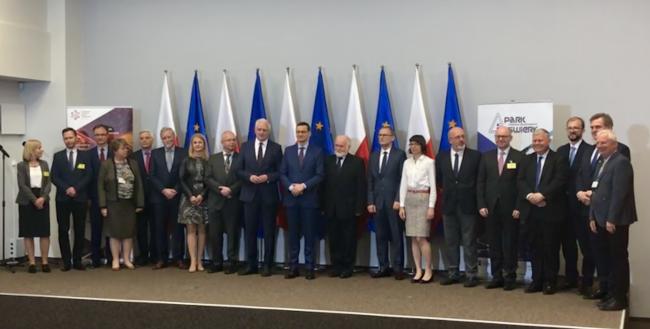
Press conference of Prime Ministers Morwiecki and Gowin – NCBJ Director General Professor Krzysztof Kurek’s speech
On the 23rd April Prime Ministers Mateusz Morawiecki and Jarosław Gowin have visited Świerk. The visit was concluded by a joint press conference with NCBJ Director General Krzysztof Kurek. The topic of the conference was awarding Polish applicants with 3 out of 13 EU grants in the Teaming for Excellence competition. The grants were expected to aid in creation of Excellence Centres and our NOMATEN project was one of the winners.

Konferencja prasowa Premiera i Wicepremiera odbędzię w Świerku: ogłoszenie wyników konkursu Teaming for Excellence
ZAPROSZENIE NA KONFERENCJĘ PRASOWĄ ZWIĄZANĄ z ogłoszeniem zwycięzców prestiżowego konkursu Teaming for Excellence w ramach programu Horyzont 2020. W wydarzeniu wezmą udział: Mateusz Morawiecki, prezes Rady ministrów i Jarosław Gowin, wiceprezes Rady Ministrów, minister nauki i szkolnictwa wyższego. Miejsce i czas: 23 kwietnia 2019 r, NCBJ Świerk g. 12:30.
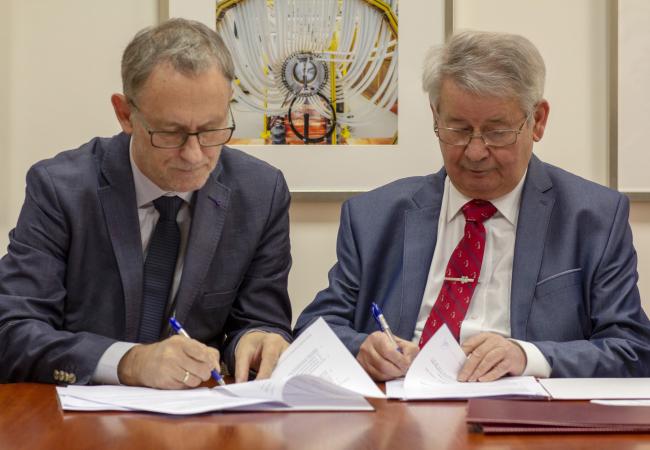
IChTJ and NCBJ PhD school: agreement signed
Today, Directors of both Institutes, Professor Andrzej Chmielewski and Professor Krzysztof Kurek, have signed an agreement on coordination of PhD school. The agreement’s validity is for an indefinite period. The student will be able to obtain a PhD title in physics or chemistry. The courses will begin in October.
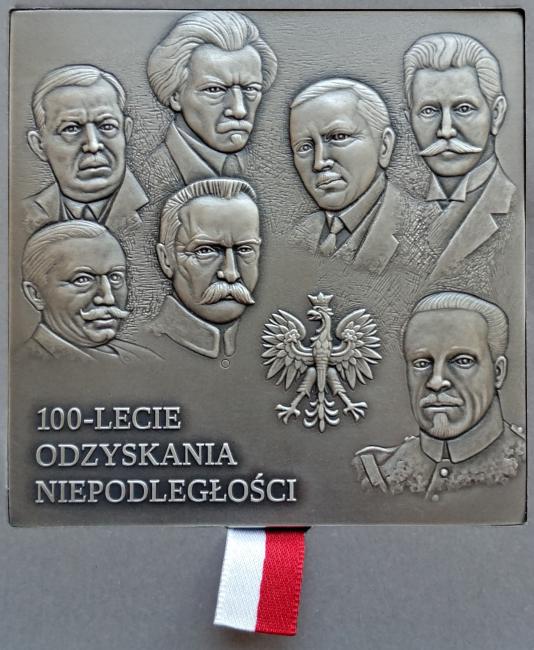
Centenary medals for Professor Strupczewski and Professor Wrochna
Today, Minister Krzysztof Tchórzewski has awarded NCBJ Professor Andrzej Strupczewski and Professor Grzegorz Wrochna with Independence Centenary Medals. They were given to the honoured researchers by the Prime Minister Mateusz Morawiecki.
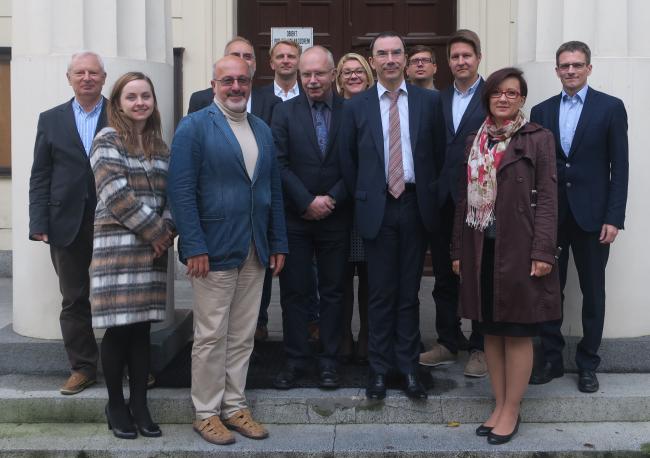
NOMATEN Excellence Centre an important element of European Research Area
NOMATEN Centre of Excellence, created in Świerk in NCBJ, will receive 15 million euro of assistance from European Union. The project was prepared in NCBJ with the contribution from the French CEA and Finnish VTT company. The scientists from the Centre will research materials intended for use in extreme conditions.

Professor Krzysztof Kurek
With great satisfaction we would like to inform, that on the 2nd April 2019 in Presidential Palace there was a ceremony of presenting professor nominations. The title of professor of physical sciences was awarded to NCBJ Director General, Associate Professor Eng. Krzysztof Kurek, now Professor Eng. Krzysztof Kurek. Sincere congratulations!
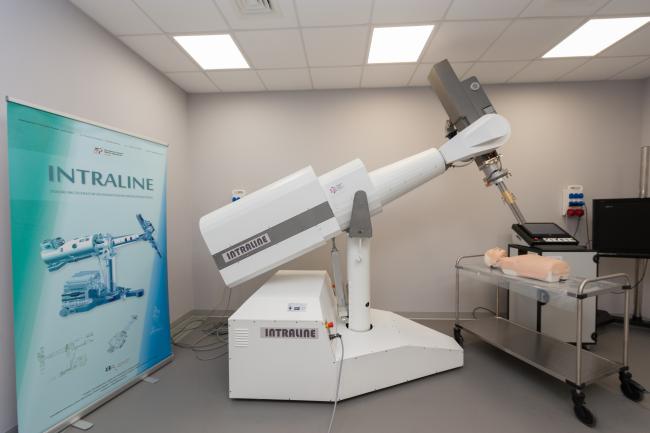
Accelerator for intraoperative therapy will be installed in Poznań
An intraoperative accelerator produced in Świerk will be installed in Greater Poland Cancer Center until the end of 2020. Accelerator will be installed in a dedicated room and will utilise current achievements of NCBJ and WCO (Greater Poland Cancer Centre), attained during the implementation of AiD and INTRADOSE projects. The creators of this device take into account both the technological advancement related to accelerator-based solutions and current worldwide experience in intraoperative irradiation.

Two „Miniatures” in Life Sciences
For the first time, scientists from NCBJ were awarded with a grant from NCN Miniatura competition in the field of Life Sciences. The receivers of these grants, Dr Kamila Maliszewska-Olejniczak and Dr Karolina Wójciuk, are working in Nuclear Facilities Operations Department and their projects are related to the research for boron-neutron therapy (BNCT).
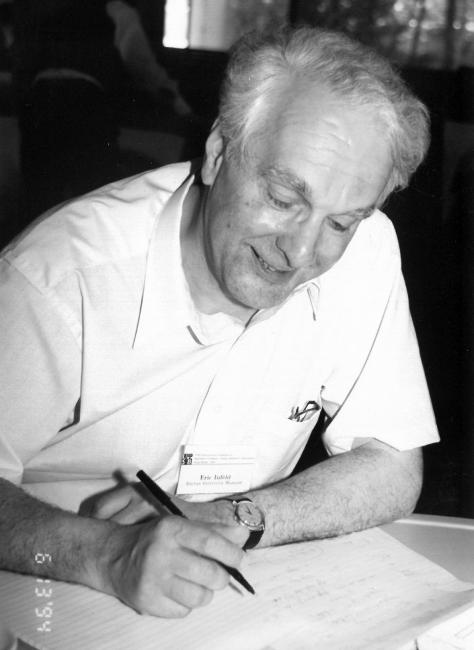
In memory of Professor Eryk Infeld
He combined talent with great diligence and enthusiasm. He had a particular ability to create and perform detailed analyses of complex mathematical models for practical physical problems. He was also a humanist, he was familiar with literature and art. He was a man of thought, inspiring for his surroundings. Always smiling, with great sense of humour. He was kind and patient towards everyone. He passed away on 14th March 2019. We will truly miss Him.
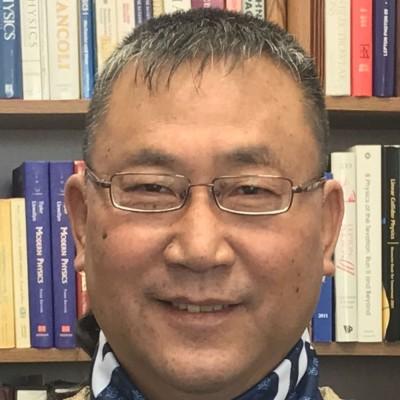
JENNIFER zaprasza na wykład o ... fizyce sportu
Na zaproszenie grupy neutrinowej NCBJ i dzięki wsparciu europejskiego projektu JENNIFER, przyjeżdża do Polski jeden ze światowych liderów badań tych nieuchwytnych cząstek, prof. Chang Kee Jung. Poza zaangażowaniem w fizykę cząstek elementarnych, prof. Jung jest zapalonym popularyzatorem nauki, toteż został poproszony o wygłoszenie wykładu "Capturing Innovations and Underlying Physics in Sports (Selected Topics: Basketball, High Jump, Gymnastics and Swimming)". Wykład odbędzie się w poniedziałek 18 marca o godzinie 15:30, w sali B2.38 na Pasteura 5 (Wydział Fizyki UW) na konwersatorium Departamentu Badań Podstawowych NCBJ.
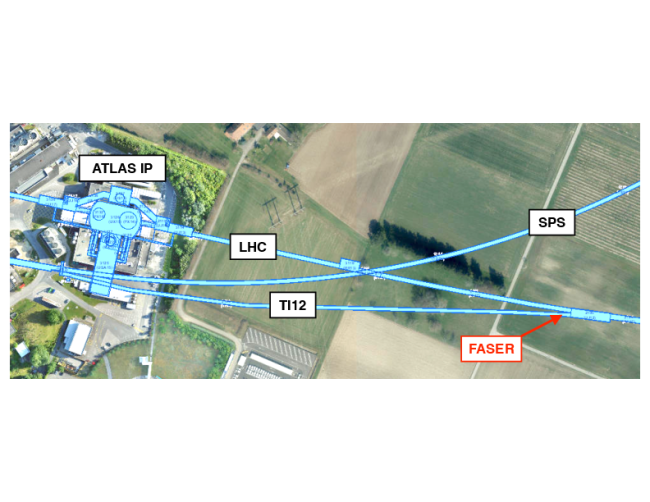
FASER – new LHC experiment with strong Polish accent
Another experiment by the Large Hadron Collider (LHC) will be built in CERN. One of its originators is Polish, Dr Sebastian Trojanowski from NCBJ Theoretical Physics Division. FASER – as the new installation is to be called – will be a multidetector designed to search for long-lived particles that are produced during collisions in LHC and which can be a signal of existence of the hypothetical dark matter.
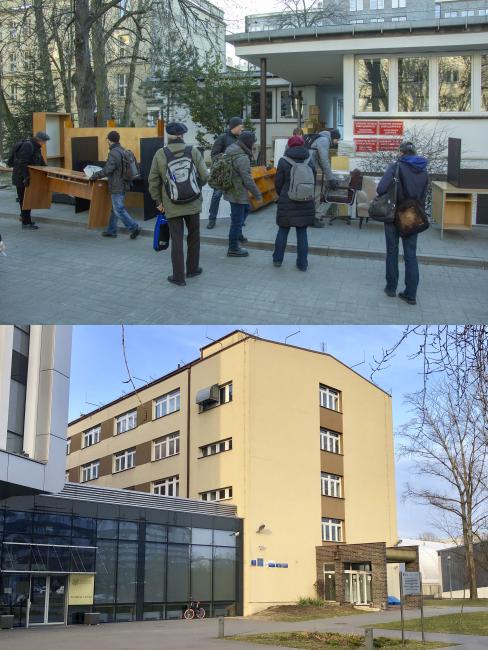
Hoża is just history now
The last professors have carried out last desks from the previous NCBJ pavilion at Hoża 69. Now our Warsaw divisions will be placed Pasteur Street 7 on the Ochota Campus. Specifically, on the second, fourth and fifth floor of a building shared with Faculty of Physics and other units of University of Warsaw.
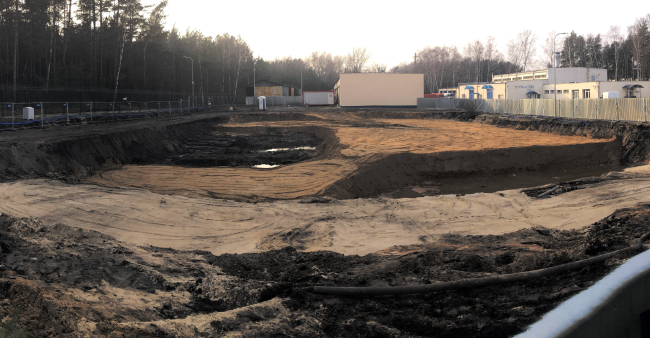
Excavation for foundations of CERAD laboratory is waiting for the first concrete
Work for preparing the construction site of Centre for Design and Synthesis of Molecularly Targeted Radiopharmaceuticals „CERAD” has been done. The whole investment is to be completed in 2021.

NCN: Over 6 million PLN grants for scientists from Department of Fundamental Research
Results of the most recent competitions from National Science Centre MAESTRO, HARMONIA and SONATA BIS. HARMONIA grant will be given to Professor Agnieszka Pollo for project VIPERS and furthermore… SONATA BIS grants will be given to Professor Justyna Łagoda (Precise measurement of neutrino oscillations… T2K), Dr Katarzyna Małek (ASTROdust project…) and Dr Przemysław Małkiewicz (for research on quantum origin of cosmic expansion and primordial structures).
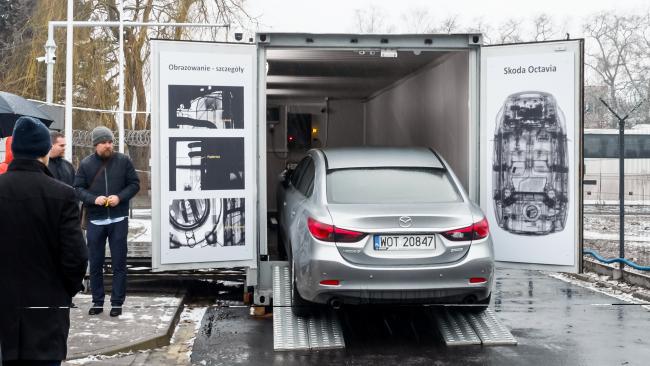
Sowa has been presented to the potential users
On 13th February, Science and Technology Park „Świerk” held a presentation of a relocatable automobile scanning system Sowa, which was designed in NCBJ. Guests of the presentation included journalists, customs service representatives, as well as potential distributors. Sowa is the first relocatable automobile X-ray scanning system in the world, which ensures safety, high speed and precision of inspection.
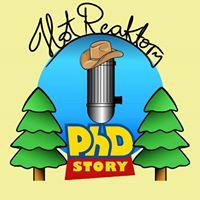
Further call for Ph.D. studentships in new reactor technologies
The National Centre for Nuclear Research announces the further round of applications for doctoral studies in reactor physics within the framework of the project “New reactor concepts and safety analyses for the Polish Nuclear Energy Program”. All the candidates with both science and engineering undergraduate degrees are welcome to apply though a very strong educational background is expected from the candidates. The deadline for applications is 25th of March 2019.
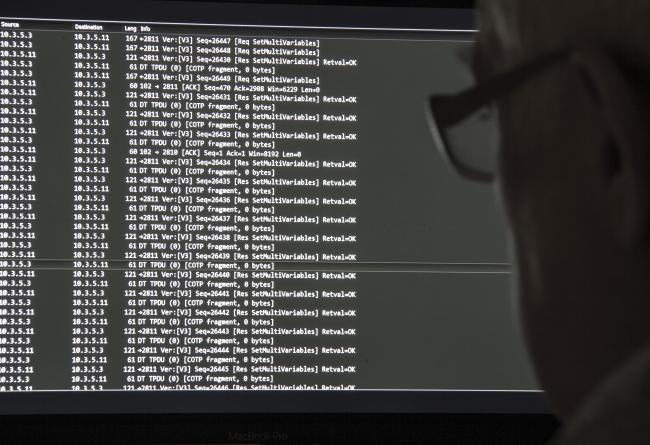
Simulation of cyberattack for training in European Union Agency for Network and Information Security
CyberLab cybersecurity laboratory in Świerk is expanding their research work and international cooperation. At the end of last year the lab generated examples of network traffic that happens during a cyberattack on an industrial network. The data will serve to train security experts by European Union Agency for Network and Information Security (ENISA) and were recently added to Agency’s training materials.
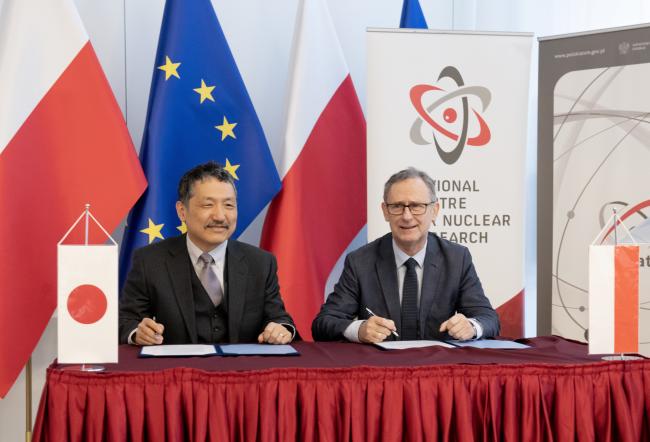
NCBJ agreement: Joint research on nuclear technology with the Japanese
On 28th January Professor Tatsuya Okubo, Dean of School of Engineering, University of Tokyo and Professor Krzysztof Kurek, Director General of National Centre for Nuclear Research have signed an agreement on academic exchange between institutions they represent. The agreement was signed during Polish-Japanese seminar on high temperature reactor technology, which was held in Warsaw.
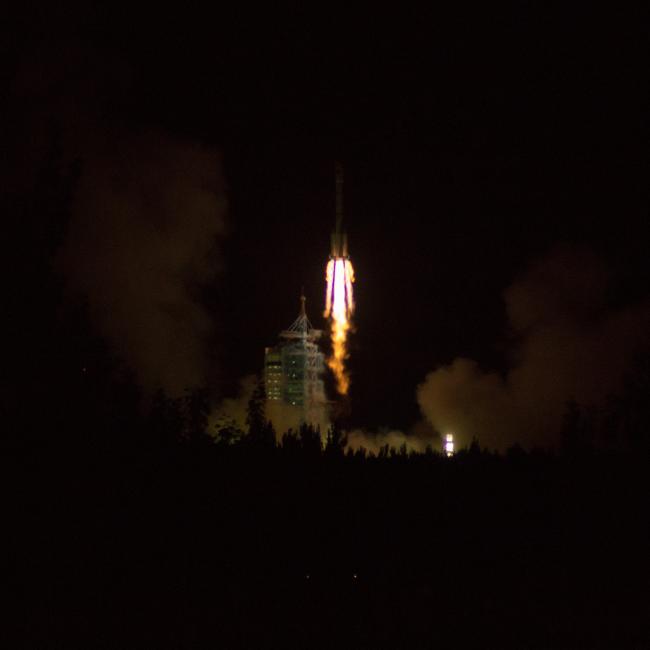
POLAR reports mysterious polarisation of cosmic gamma ray bursts
POLAR detector was launched in September 2016 on board of the Chinese space laboratory Tiangong-2. Scientists just published the first research results in Nature Astronomy. POLAR is the result of cooperation between Switzerland (University of Geneva and Paul Scherrer Institut), Poland (National Centre for Nuclear Research) and China.
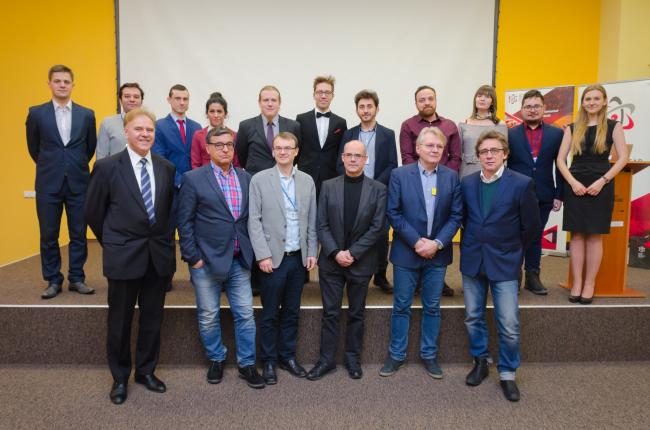
PhD studies of 4th generation reactors inaugurated
On 11th January in Świerk the grand inauguration ceremony of new PhD studies PHD4GEN, devoted to newest nuclear reactor technology, was held. A cycle of 15 lectures led by an international team of specialists is provided for 11 students, along with educational trips, conferences… and high scholarships.
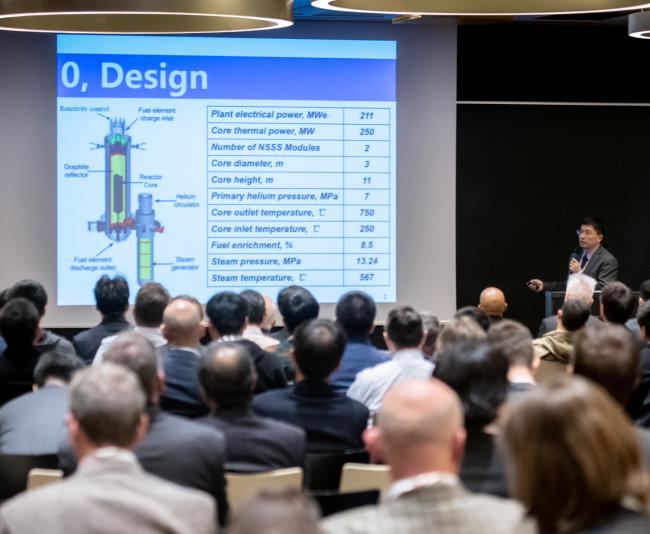
HTR on the list of National Smart Specializations
High temperature nuclear reactors (HTR) are on the list of National Smart Specializations (KIS) in group KIS 4: Highly efficient, low-emission and integrated systems for production, storage, transmission and distribution of energy. This opens a way for NCBJ to conduct research in this field with aid from the EU funds, among other things.

C-BORD: Cargo control can be faster and more effective
Mission of the European C-BORD project, finalised in November 2018, was to develop and test a complex, affordable solution for inspecting containers and large cargo on EU borders. The project involved five control methods and the obtained results prove, that their integration into a functioning system is entirely possible. The participants of the project were, among others, scientists from NCBJ and the National Revenue Administration.
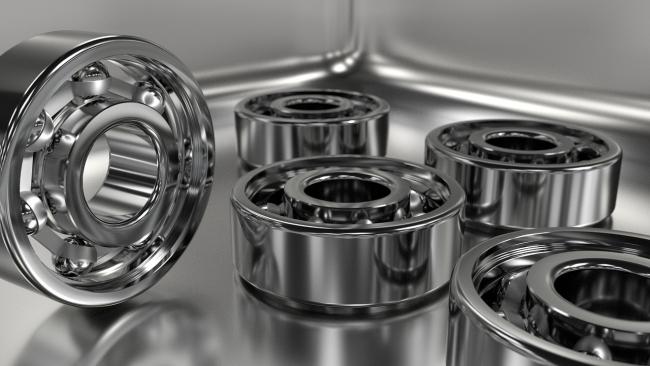
Production of titanium nitride layer on metallic base
Scientists from NCBJ and ITME have patented an innovative method of titanium nitride layer production on metallic bases. Using this invention, the layer of titanium nitride has uniform phase composition, high durability and is characterized by low friction coefficient. This method can find its practical use in production of bearings, for example.
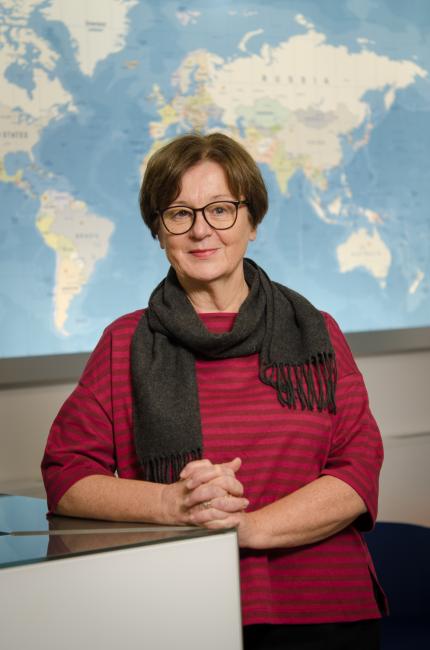
Associate Professor Engineer Renata Mikołajczak in scientific committee of ARRONAX institute
Associate Professor Engineer Renata Mikołajczak (POLATOM@NCBJ) joined the International Scientific Committee of ARRONAX institute in France. Institute, the name of which is an abbreviation of Accelerator for Research in Radiochemistry and Oncology at Nantes Atlantic possesses a cyclotron with energy up to 70 MeV used mainly for production of strontium-82, as well as germanium-68 and astatine-211. Experience in production of the last of these isotopes can be very valuable for cyclotron CERAD constructed in Świerk.

Detection of four additional gravity wave signals
Analysis of data from Advanced LIGO detectors revealed four new sources of gravitational waves. The signal GW170729 is connected to the most massive and distant source that was observed so far. Another one, GW170818, was discovered thanks to global network of three LIGO-Virgo detectors. It corresponds to the binary system located around 2,5 bilion light years from Earth.
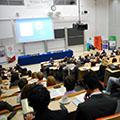
10th School on Nuclear Power amassed over 200 listeners
On 26th – 29th November 2018 in Warsaw, Świerk and Różan, lectures and workshops of tenth edition of School on Nuclear Power were held, organized by NCBJ, Faculty of Physics University of Warsaw and ZUOP. The attendees had a chance to listen to presentations of 20 lecturers from the whole world, discuss the project „Polish Power Policy to year 2040 [Polityka Energetyczna Polski do 2040]” and take part in educational excursions.
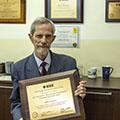
Professor Marek Moszyński awarded by IEEE NPSS
On 12th November 2018 Professor Marek Moszyński was given an award of Glenn F. Knoll in Sydney on annual Nuclear Science Symposium of Institute of Electrical and Electronics Engineers (IEEE-NSS). In the inscriptions of this award it was stated: "For outstanding contribution to the modern scintillation detectors in application to physics, medicine and homeland security". Professor Moszyński explains what this award is (YT).
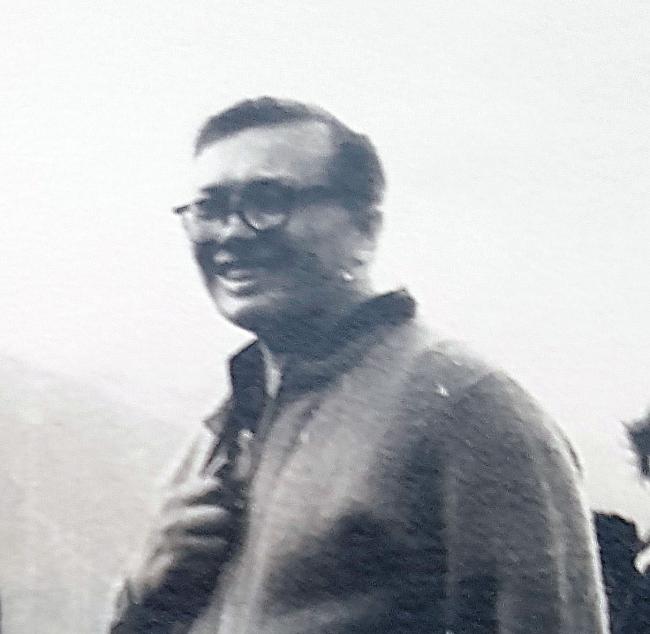
Memento of Professor Roman Żelazny by Krzysztof Andrzejewski
... We have gotten a permission for purchase from USA, but under condition, that the computer would be frequently inspected by the Americans, which in turn required to break the local reluctance. This was achieved and in 1973 CYBER 72 was placed in Świerk in the CYFRONET computing centre, that was led by Professor Żelazny. The institute employed about 100 people, both with Reactor Computing Division. ...
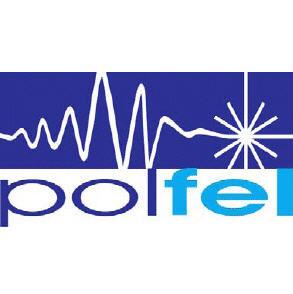
Agreement on funding the construction of PolFEL signed
NCBJ Director General Professor Krzysztof Kurek and Director of National Information Processing Institute Dr Olaf Gajl, have signes an agreement on funding the construction of Polish free electron laser in Świerk. It is the next step in implementation of this investment. Professor Kurek mentioned this project during an inauguration on cybersecurity conference (video).
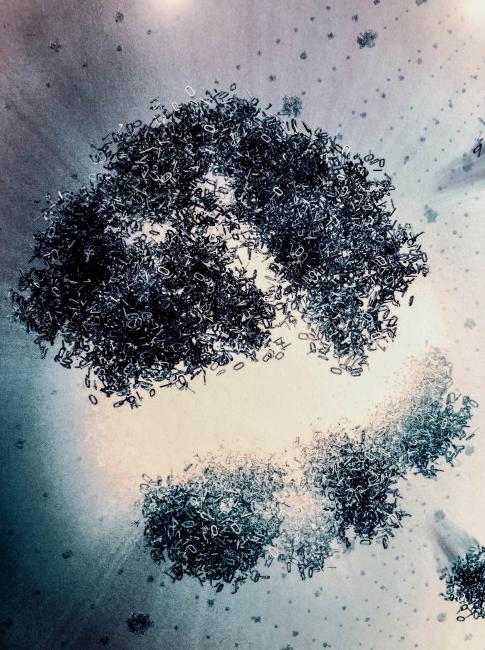
NCBJ and Kozminski University will cooperate in the field of Big Data
On 16th October 2018 an agreement on scientific and educational cooperation between Kozminski University and National Centre for Nuclear Research was signed. The range of the agreement includes, among other things, joint leadership in research projects, development of analytic tool and implementation of artificial intelligence in analysis of huge sets of data.
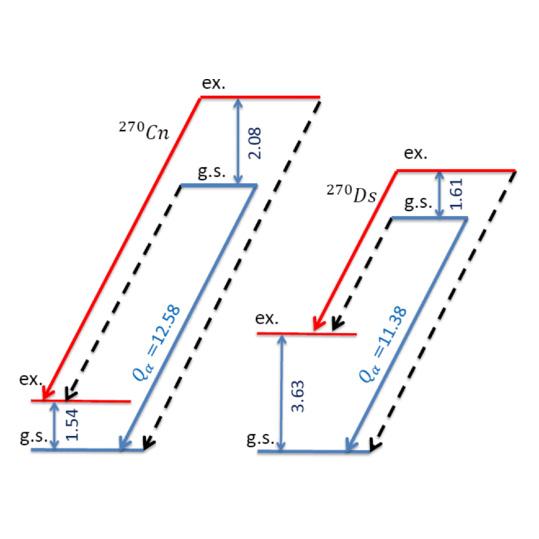
Isomers of superheavy elements can be much more stable than assumed so far
Work of a team of theoreticians from NCBJ and University of Zielona Góra points, that some isomeric states of superheavy elements can have half lives measured in seconds, so tens of thousands times longer than half lives of their very unstable ground states. Should such exotic nuclear states be produced experimentally, they will be stable enough to research their chemical properities.
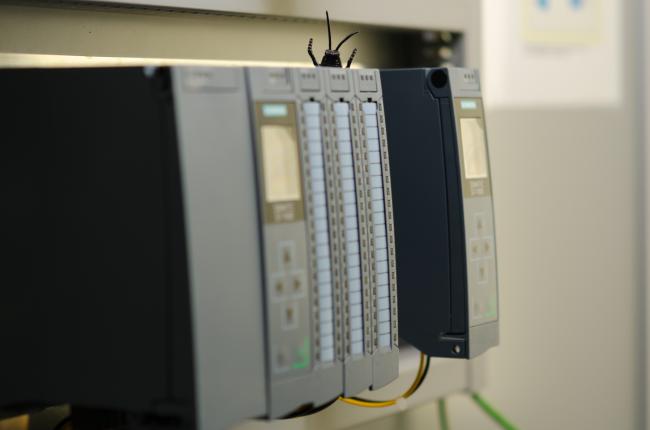
CyberLAB in Świerk efficiently researches cybersecurity
Recently launched NCBJ's Laboratory of Cybersecurity has recorded its first success: the scientists discovered a dangerous loophole in default software of a widely used logic driver PLC utilized, for example, in nuclear installations. The manufacturer has already fixed the issue and recommended the necessary adjustments to all its clients.

Over 200 specialists from the whole world discuss high temperature reactors in Warsaw
The cyclical world conference on high-temperature reactors HTR 2018 is happening in Warsaw. Thie year's ninth edition is organized by National Centre for Nuclear Research. Scientists, practicians and decision-makers from five continents are discussing, among other things, the perspectives of quick implementation of HTR technology in countries with advanced chemical industry, such as Poland.
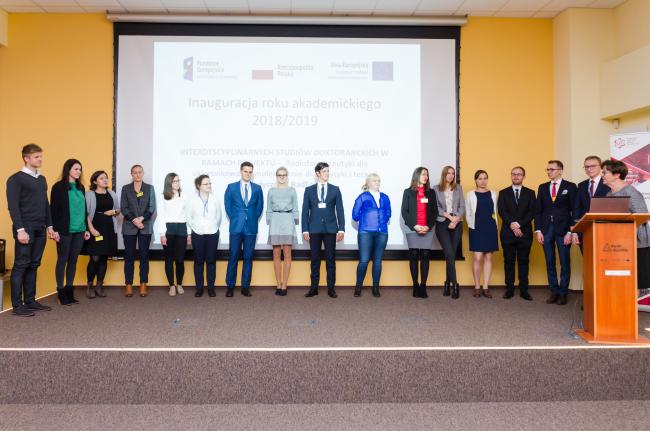
RadFarm Doctorate Studies Inauguration
On 4th October doctorate studies were inaugurated in Świerk under RadFarm project - Radiopharmaceuticals for molecularly targeted diagnostics and medical therapy. 17 listeners will be attending the lectures and led their own research in four cooperating scientific units. The course is co-funded by National Centre for Research and Development's POWER programme.
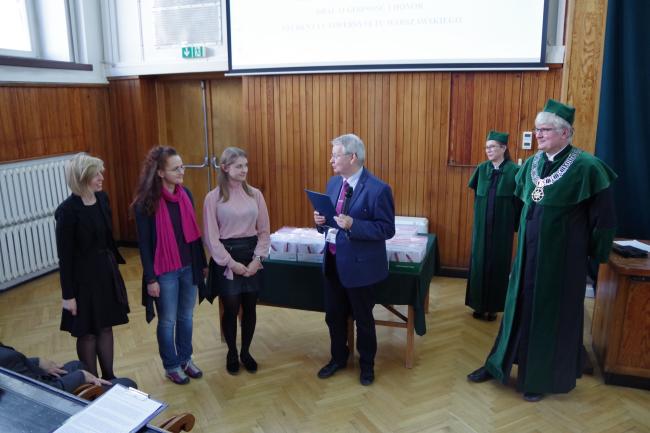
3rd PTN award for master's thesis on reactivity of MARIA reactor
Monika Panfil, Nuclear Chemistry and Power Engineering graduate (the course led thgether by Faculty of Physics and Faculty of Chemistry of University of Warsaw) has won the 3rd award in this year's competition of Polish Nucleonic Society for best papers in the field of atomistics, master's theses category, for the work "Research on effects of daily ambient temperature fluctuation on reactivity supply of MARIA reactor".
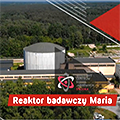
New movie about MARIA reactor available on Youtube
We have published the newest six-minute version of a promotional film of the MARIA reactor on our Youtube channel. It was prepared in two language versions (pl: https://youtu.be/JSgyYTqTKvE, en: https://youtu.be/tPHRjmQYXuY). NCBJ Communication and Promotion Office provides files with HD version of the movie to both employees and the media. The movie can be also watched by expanding this article.
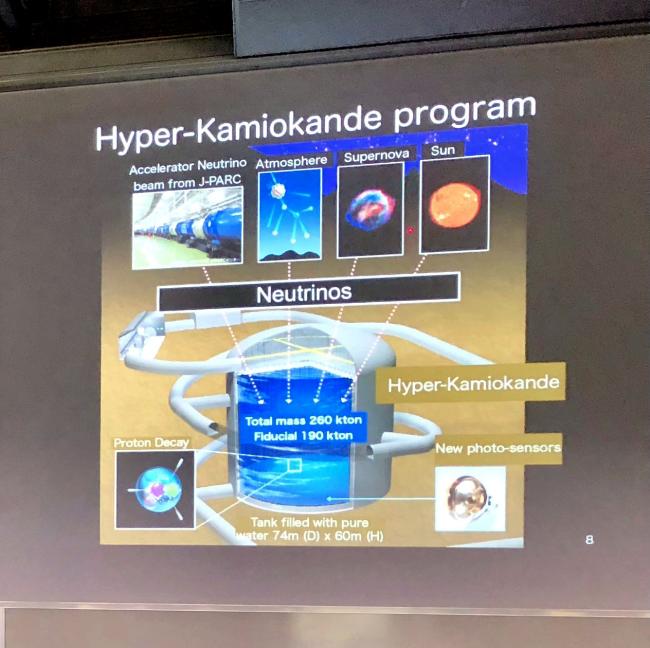
The biggest detectors of smallest particles were discussed in Warsaw
Neutrinos are (almost) undetectable particles, that can provide us with incredibly interesting information about the very beginning of the Universe. Construction of yet another powerful neutrino detector Hyper-Kamiokande will soon begin in Japan. This project, among many other topics, was discussed by guests from the whole world during the conference organized I Warsaw on 19th – 21st September by NCBJ (along with other institutions).
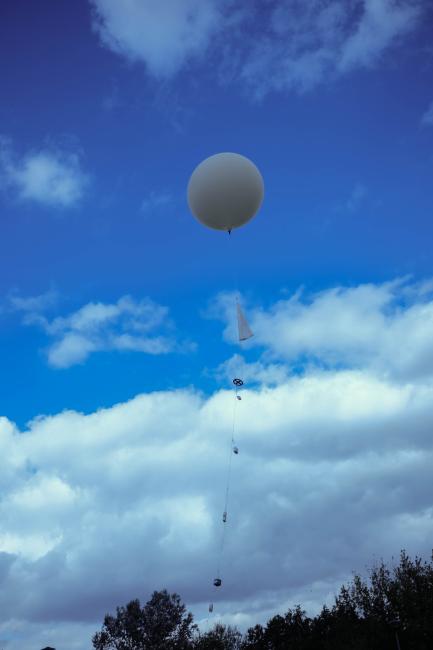
Scientists from NCBJ sent educational detectors in near outer space
On 22nd September, Saturday, during an international conference Near Space 2018 in Toruń, a weather balloon sent a capsule with specially adapted set of two educational detectors CosmicWatch into near outer space. The capsule was prepared by scientists from National Centre for Nuclear Research.
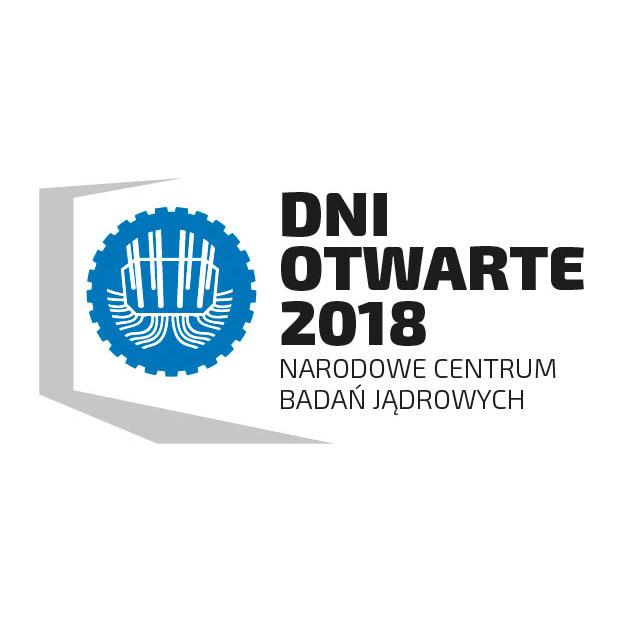
Dni Otwarte: 6-7 października, rezerwacja od 24 września
W dniach 6–7 października NCBJ wraz z PPUP ZUOP zaprasza na Dni Otwarte ośrodka jądrowego Świerk. Dla chętnych przygotowaliśmy 12 tras zwiedzania, wystawy, konkurs i pokazy filmów. Do ośrodka będzie można dojechać specjalnym transportem z Warszawy, Garwolina i Otwocka. 24 września uruchomimy rezerwację internetową na ok. połowę miejsc.
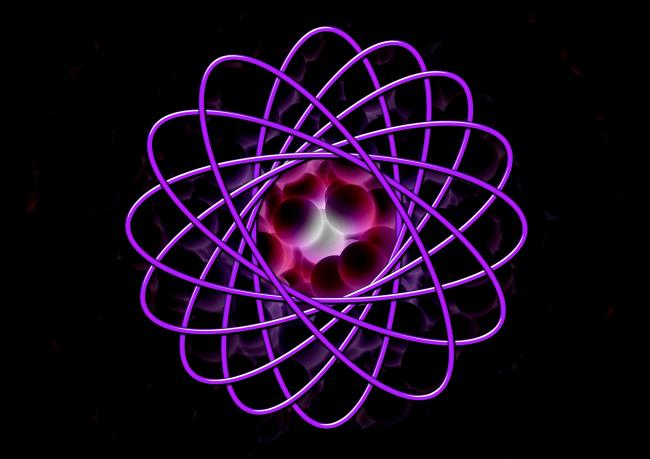
Recruitment for doctoral studies PHD4GEN still ongoing
The organizers of doctoral studies on new generation nuclear reactor would like to inform, that despite a very attractive scholarship offer, there is still a few spots left. With this in mind, recruitment is prolonged indefinitely. For more information please refer to the announcement.

FNP will guarantee national funding for NOMATEN Centre of Excellence
The project of creating a Centre of Excellence in new materials NOMATEN, prepared in NCBJ, will receive funding from Foundation for Polish Science – as predicted by the agreement signed in Warsaw on September 6th. According to the rules of MAB PLUS competition, the proposal to FNP was submitted by two scientific leaders of the project: prof. Sergio Bertolucci, and prof. Paweł Sobkowicz. The competition was addressed towards beneficiaries of the Teaming programme, led by the European Commission.
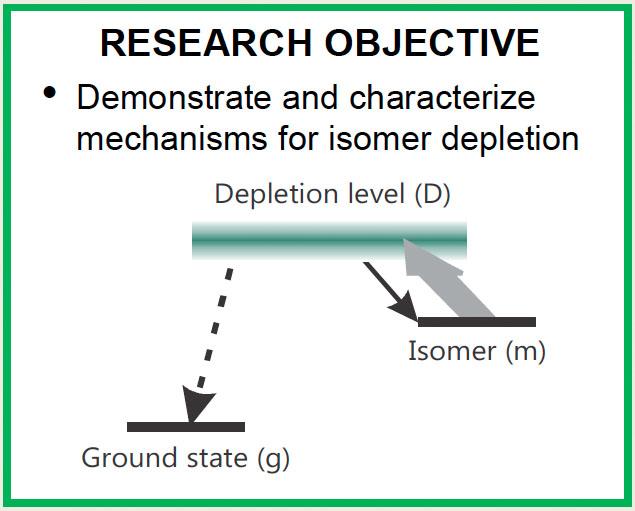
Isotope energy storage?
Research work with metastable isotope of rhenium-186m has started in National Centre for Nuclear Research. Half-life of this isomer is approx. 200 thousand years, but it can be forced into a fast decaying nuclear state, which releases a much greater energy in its decay than the energy required to initiate the process. Because of this property, rhenium nuclei can be a viable energy storage. This research in Świerk will be funded by U. S Army Research Laboratory (ARL).
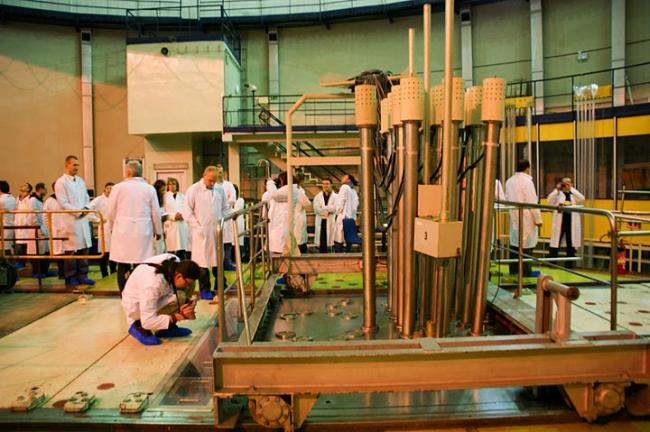
Book an educational excursion to Świerk
You may book an educational excursion to Świerk for the September-December 2018 period by phone (+48 22 273 16 12) starting August 20, 2018 8:30AM.
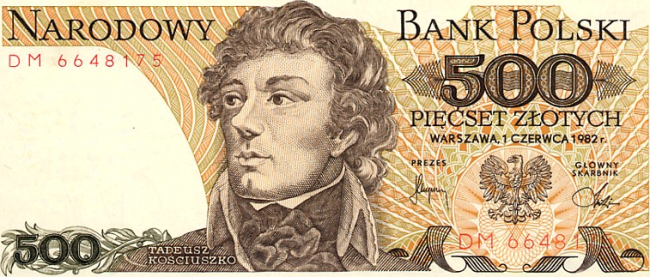
Efekt A+: dotacja statutowa wyższa o 50%
Dotacja MNiSW na utrzymanie potencjału badawczego NCBJ będzie zwiększona o 50% – wynika z decyzji, która właśnie dotarła do Świerka. To bezpośredni skutek uzyskania przez instytut najwyższej kategorii naukowej A+ w zeszłorocznej ocenie jednostek naukowo-badawczych. Choć dotacja to tylko jedno ze źródeł przychodów Instytutu, jej wzrost pozwoli na zwiększenie wynagrodzeń pracowników.

PHD4GEN: Second recruitment for doctoral studies
The second recruitment for doctoral studies in the field of new concepts of nuclear reactors (HTGR, DFR) is in progress. Applications for candidates can be sent by September 3; two weeks later an exam is provided. The studies will start from October 2018.
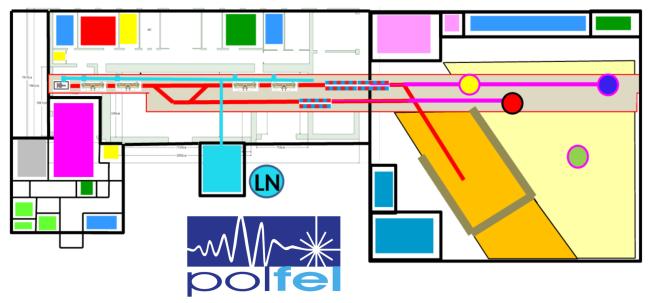
Polish free electron laser getting closer
The decision on allocating over 118 million zł on this project has reached NCBJ, where the before-mentioned device will be constructed. The project will receive scientific and technological support thanks to, among other things, cooperation of NCBJ with the creators of the most powerful device of this type in the world, operating in Hamburg for a year.
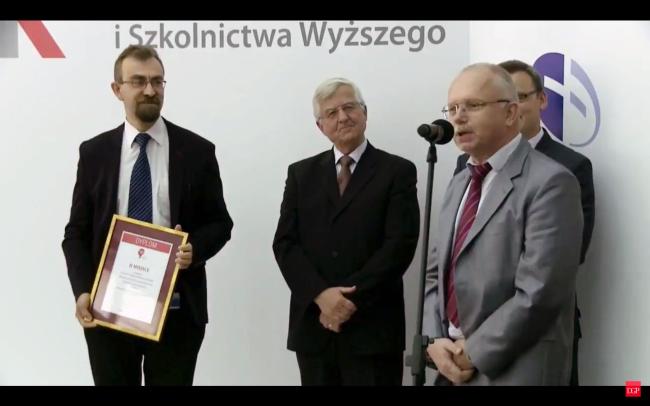
EUREKA! Druga nagroda dla niezniszczalnej pamięci
Naukowcy z NCBJ zgłosili do opatentowania metodę zapisu danych, która nie ulegnie próbie czasu. Zapisane dane przetrwają pożar, zalanie czy nawet impuls elektromagnetyczny powstały w wyniku wybuchu jądrowego. Wynalazek zdobył drugą nagrodę w konkursie „Eureka! DGP”.
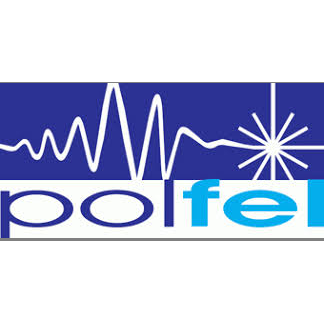
PolFEL will be built! Polish free electron laser in Świerk recieved funding
Today OPI has announced the authorised ranking list in POIR comperition No 2. Our project has reached second place and will recieve funding on the level over 118 million zł. Soon we will provide more information on this new, important device.
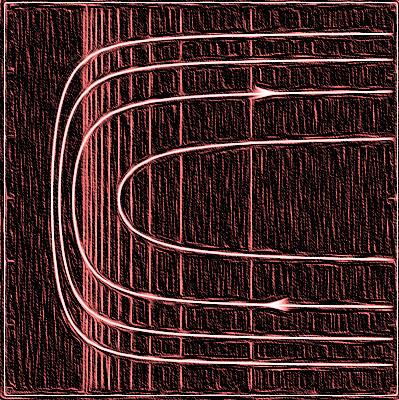
PRELUDIUM na badanie "preludium" do historii Wszechświata
Artur Miroszewski, doktorant w Zakładzie UZ3 w Departamencie Badań Układów Złożonych, otrzyma finansowanie projektu pt. "Mechanika kwantowa i kwantowa kosmologia w formalizmie rozszerzonej przestrzeni fazowej". Projekt jest jednym z laureatów konkursu NCN PRELUDIUM 14.
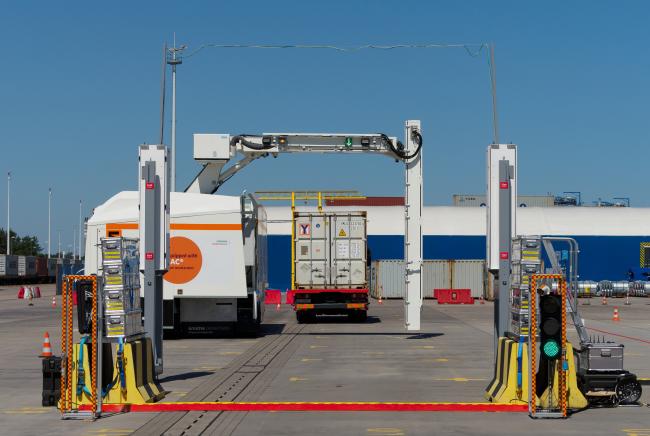
C-BORD: accurate and fast container control
For a few days, the only deep-water container terminal in Poland (DCT-Gdańsk) has been a place for testing of the dangerous and illegal cargo detection system, designed during the C-BORD project, which has been funded by the EU programme Horizon 2020.
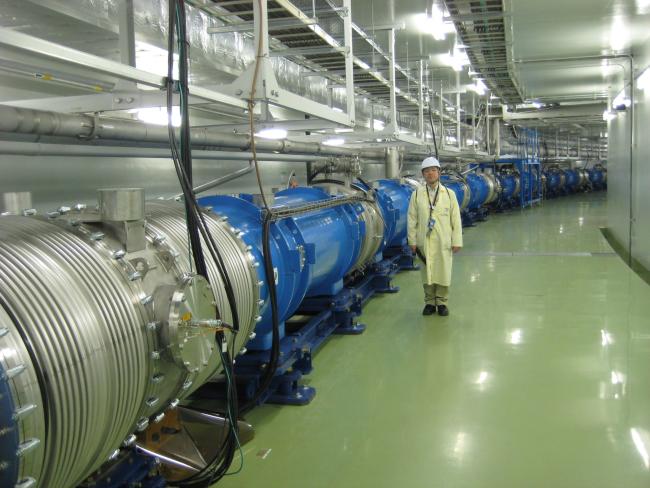
Scholarships for those eager to research neutrinos
Joanna Zalipska, PhD, who carries out a research grant from the OPUS programme of National Science Centre, is looking for people eager to cooperate in a MSc or PhD scholarship. The project funded by the Centre is titled „Correlated nucleon pairs in neutrino interactions” and is led by Prof. Jan Sobczyk from University of Wrocław.
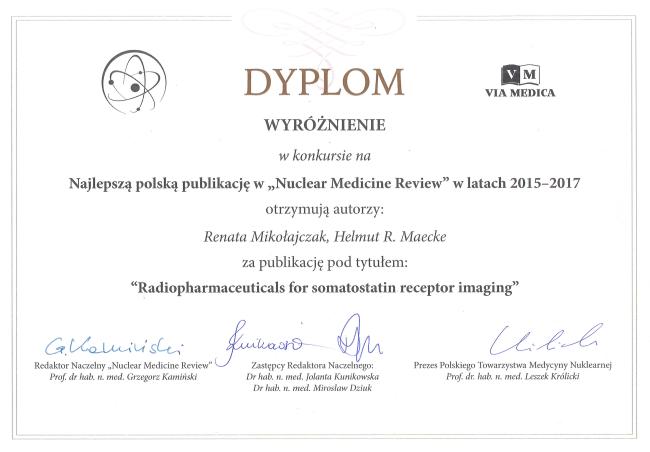
Papers form POLATOM among the highest ranked publications in Nuclear Medicine Review
As many as three papers, whose authors are from Radioisotope Centre POLATOM, appeared on the list of five most frequently cited publications that could be found in Nuclear Medicine Review between 2015 and 2017. Their authors were awarded with diplomas granted by the officials from Nuclear Medicine Review (published via Medica) and the President of Polish Society of Nuclear Medicine.
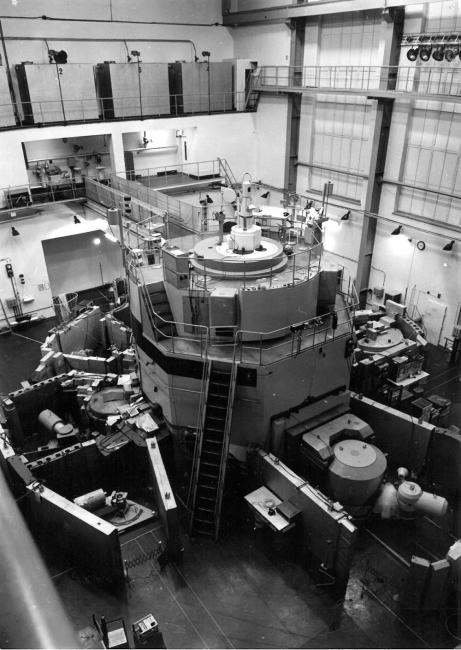
EWA reactor launched 60 years ago
On the 14th June 1958 the first nuclear reactor in Poland Was launched. EWA (Experimental, Water, Atomic) begun its work in the Institute for Nuclear Research, created three years prior (predecessor of NCBJ). The reactor Was bought from USSR and its construction assumed thermal power of 2 MW and thermal neutrons’ flux density of 2*1013 neutrons/s*cm2.
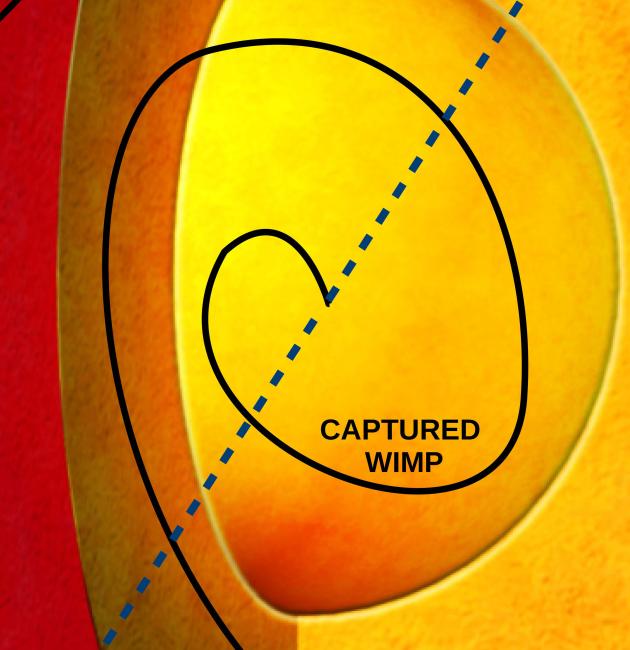
K. Frankiewicz has won an award for a poster about searching for a dark matter signal in Super-Kamiokande
At the beginning of June, during the „Neutrino 2018” conference in Heidelberg, young scientists were given awards in a poster session. Professor Ewa Rondio, the scientific director at the NCBJ, reports: „There were altogether almost 400 posters. More than 200 participated in the competition and a poster from Poland, from NCBJ won. The author is Katarzyna Frankiewicz, who has just submitted her PhD thesis. The poster contains partial results from her PhD thesis and its subject is search for dark matter annihilation in the interior of the Earth. The prize Was funded by the Hamamatsu company and awarded by prof. Kajita – Nobel laureate from 2015".
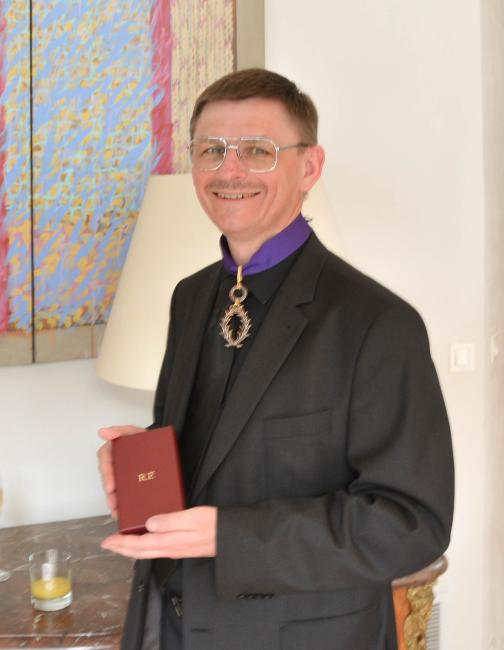
French Orders for scientists from NCBJ
On Monday, June 11, the Ambassador of the French Republic in Poland, His Excellency Mr. Pierre Lévy, honored four NCBJ employees with Order of Academic Palms. The award is an expression of recognition for merits awarded to the development of scientific cooperation between France and Poland. The persons honored are: Prof. Grzegorz Wrochna, Mr. Tomasz Jackowski, Prof. Jacek Jagielski and Prof. Krzysztof Kurek.
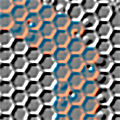
Change of dates in the recruitment process for doctoral studies phd4gen.pl
Important message related to Ph.D. studentships application deadlines in the project “New reactor concepts and safety analyses for the Polish Nuclear Energy Program”: Because of some formal reasons the deadline for the first round of applications is extended to 28th June 2018, 17.00 CET. The exams will start on 11th of July 2018. The results will be announced on the 17th of July 2018.
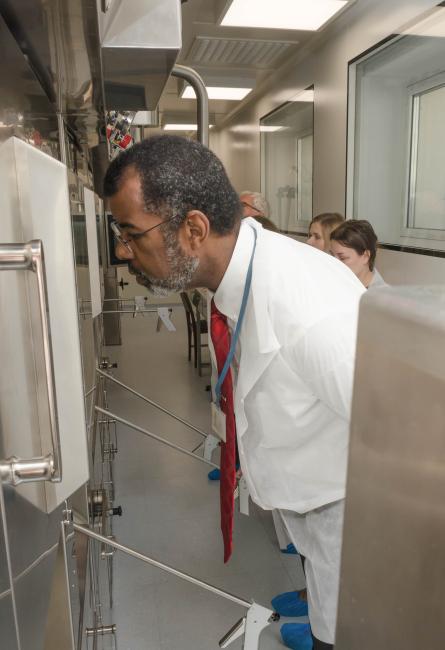
OECD Nuclear Energy Agency Director General in Świerk
On May 29, Mr. William D. Magwood, IV, the OECD Nuclear Energy Agency Director General, together with a delegation visited Świerk. The meeting at the NCBJ was chaired by Mr. Andrzej Piotrowski, an adviser to the Minister of Energy. Professor Andrzej Chmielewski, Director of the Institute of Nuclear Chemistry and Technology (IChTJ) and the meeting hosts - NCBJ management including the director, professor Krzysztof Kurek also attended the meeting.
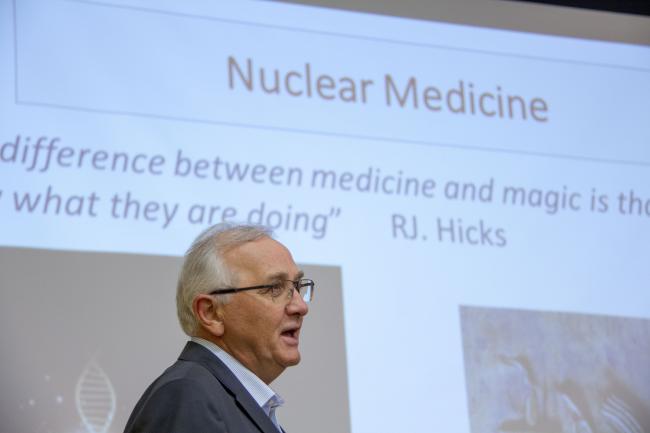
About the CERAD project at the NOMATEN Conference
During the three-day NOMATEN Scientific Workshop (Świerk, 15-17.05.2018), a parallel session was organized for young radiopharmaceutical researchers as well a plenary session on radiopharmaceuticals, which ended with a round table discussion. Over 10 presentations were delivered, including three plenary talks.

Ph.D. studentships in new reactor technologies
National Center for Nuclear Research invites candidates for a 5-year doctoral studies in reactor physics within the framework of the project “New reactor concepts and safety analyses for the Polish Nuclear Energy Program”. See details at phd4gen.pl
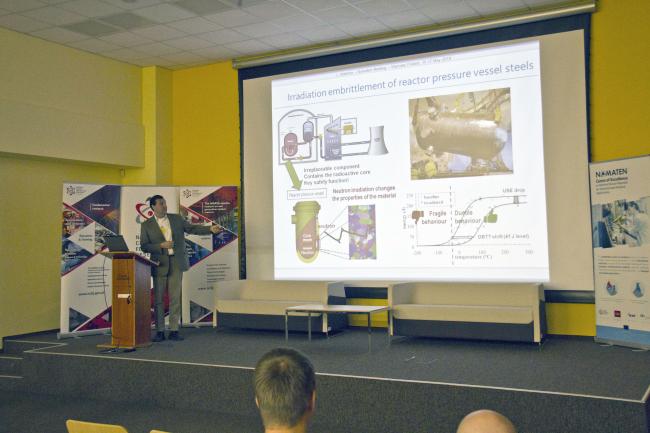
Work for a new research agenda of Centre of Excellence in New Materials in Świerk
NCBJ hosts a three-day working conference dedicated to a project of creating centre of excellence for materials applicable in extreme conditions, NOMATEN. The project is a joint initiative of the French Alternative Energies and Atomic Energy Commission (CEA), VTT Technical Research Centre of Finland and National Centre for Nuclear Research. The centre was included in an exclusive group of projects, which gained recognition in the first phase of the EU competition Teaming for Excellence.
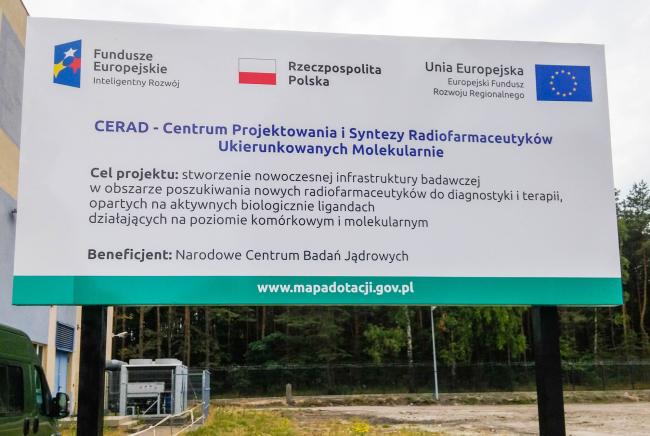
Preparation of area for the CERAD building soon to be completed
Work is ongoing on the construction site of Centre for Design and Synthesis of Molecularly Targeted Radiopharmaceuticals “CERAD” in Świerk. In the site, where the three-story building and a laboratory will be situated, an old boiler room has been already demolished and its fundations are being removed.
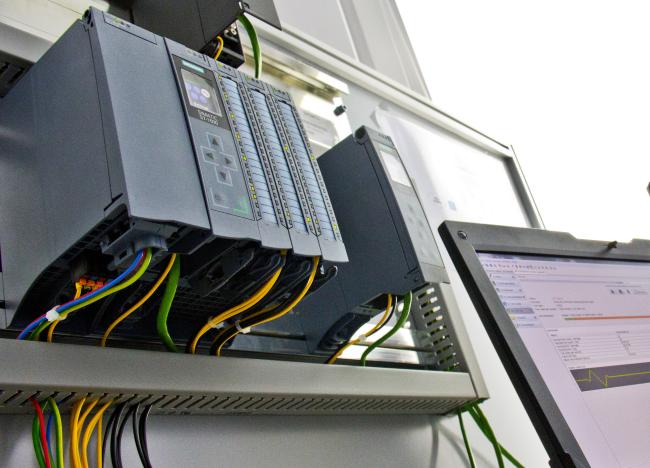
In Świerk, about cybersecurity of nuclear installations
NCBJ, in cooperation with IAEA, has organized a workshop on conducting assessment on the state of cyber security in nuclear installations. Invited experts will meet in Świerk with workshop attendees, delegated from government agencies, scientific institutes and commercial organizations. They will present cyber security assessment methodology and recommended practices for identifying in advance cyber vulnerabilities and threats and taking appropriate prevention measures.
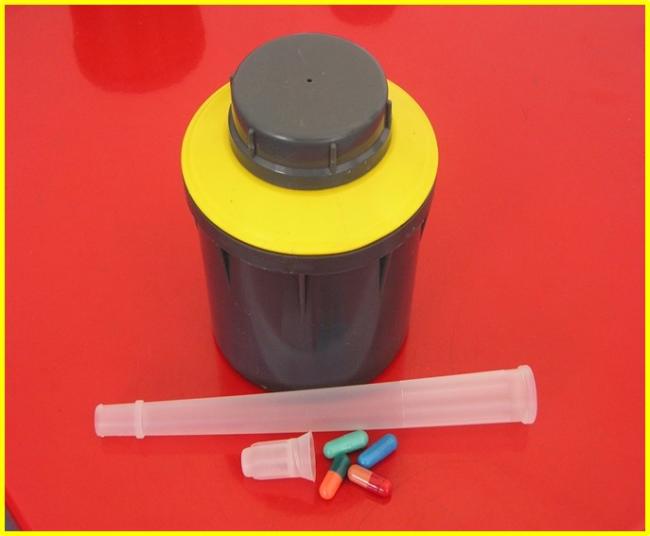
Iodine from Świerk for half a million patients a week
A large portion of radioactive iodine-131 used in nuclear medicine all over the world is manufactured in Poland. Radioisotope Centre POLATOM, which operates within National Centre for Nuclear Research, exports iodine reagents and ready-to-use medical products to recipients on six continents. Isotopes needed to produce the radiopharmaceuticals are created in research reactor Maria. Products containing iodine-131 are used mainly in therapy and diagnostic of thyroid conditions.

Entrepreneurs can rest peacefully thanks to IT
A team of Polish researchers won in the first round of remote-access international competition Global Legal Hackathon 2018, which promotes innovative digital solutions in the area of law and legislation. The solution presented by dr Adam Zadrożny (NCBJ) and associates is based on blockchain technology and is meant to help the taxpayers document, that their business partner was a VAT taxpayer during the transaction.

Międzynarodowa konferencja HTR 2018 odbędzie się w październiku w Warszawie
O najbezpieczniejszej i najbardziej obiecującej technologii reaktorów jądrowych – HTGR – dyskutować będą przedstawiciele świata nauki i przemysłu podczas Międzynarodowej Konferencji HTR 2018. Być może już wkrótce wysokotemperaturowe reaktory jądrowe będą wytwarzać w Polsce energię cieplną dla przemysłu, a w dalszej przyszłości wytwarzać wodór.
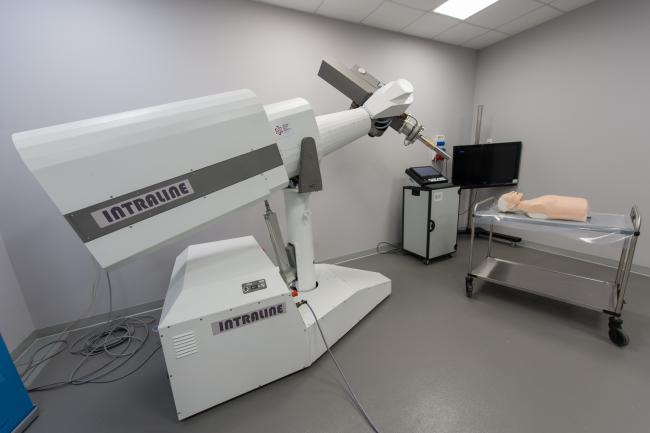
A Polish Product of the Future from Świerk will help cancer patients
On March 1 in Warsaw, Polish Product of the Future recognitions were awarded in this year 20th anniversary competition organized by PARP and NCBiR. The winner was the IntraLine-IOERT intraoperative accelerator built at the NCBJ. The competition promotes innovative products and technologies which have a chance to appear on the domestic and the global market.
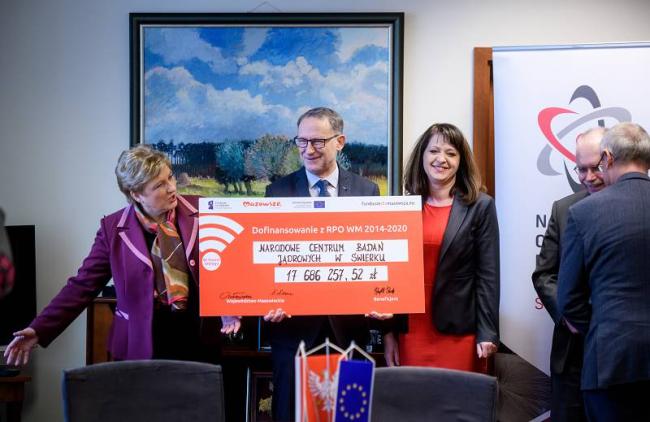
CentriX will X-ray almost everything
Soon, the National Center for Nuclear Research in Świerk will receive more than 17.6 million PLN from European Union toward setting up a research and implementation centre for CentriX industrial radiation techniques. On Monday, February 26, an agreement on financing the project Was signed by the Deputy Marshal of the Masovian Voivodeship, Ms. Janina Orzełowska, by a Member of the Masovian Voivodeship Board, Ms. Elżbieta Lanc and the Director of NCBJ, prof. Krzysztof Kurek.

SONATA BIS, SONATA and four times HARMONY
In the latest edition of the National Science Center’s grant competitions, six scientists from the NCBJ have been successful. The most valuable achievement is in the SONATA BIS 7 competition. Dr Kamila Kowalska from the Theoretical Physics Division will receive almost 2.5 million PLN for her research on „Extensions of Standard Model with vector-like fermions.”
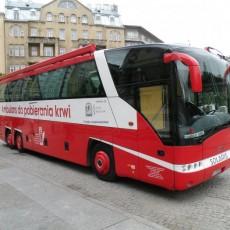
The first blood donation event in Swierk
The first blood donation event in Swierk will take place on February 16 (Friday) on the initiative of the NCBJ A-To-My sports club. All people working in the Institute can take part in it. We offer a special gift - the gift of life.

Informacja i stanowisko NCBJ w sprawie uczennicy z Torunia
Wstęp na teren ośrodka jądrowego w Świerku podlega ograniczeniom ustalonym zgodnie z zaleceniami instytucji odpowiedzialnych za bezpieczeństwo państwa. Obywatele polscy mający powód do wejścia na teren ośrodka, są wpuszczani po ustaleniu ich tożsamości.
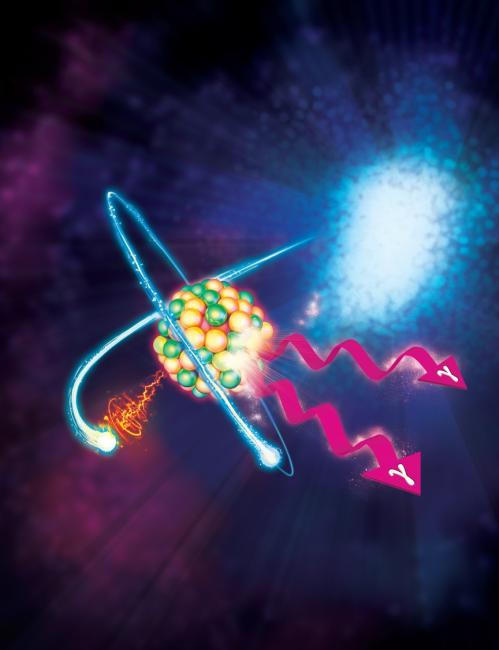
Polish scientists co-author an article in "Nature", describing an observation of forced release of energy from excited atomic nuclei
For the first time it was experimentally shown that atomic nuclei can be excited by catching an electron on unfilled atomic electron shell. The result can have both theoretical and practical application. The latest issue of Nature magazine reports about the discovery. Co-authors of the work are Polish scientists.
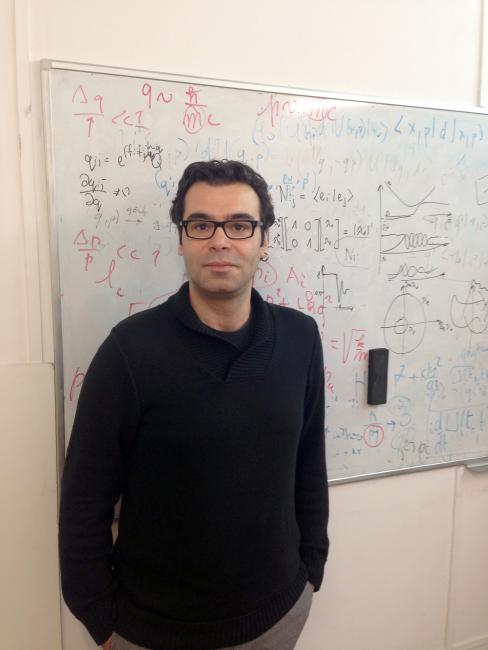
As many as three young scientists from NCBJ will receive a prestigious scholarship
Three researchers from NCBJ will receive a scholarship for outstanding young scientists from the Minister of Science and Higher Education. Signing appropriate agreements with them will be finalized shortly. NCBJ is one of the 12 research institutions in Poland with the highest number of the honored scientists.
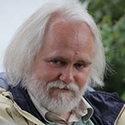
Professor Tadeusz Wibig – Science Promoter of 2017
The main prize in the PAP and the Ministry of Science and Higher Education Competition for science promoters – for the achievements related to science popularization – Was awarded to prof. Tadeusz Wibig from the Faculty of Applied Physics and Computer Science at the University of Łódź and from the Astrophysics Division at the National Centre for Nuclear Research in Łódź.
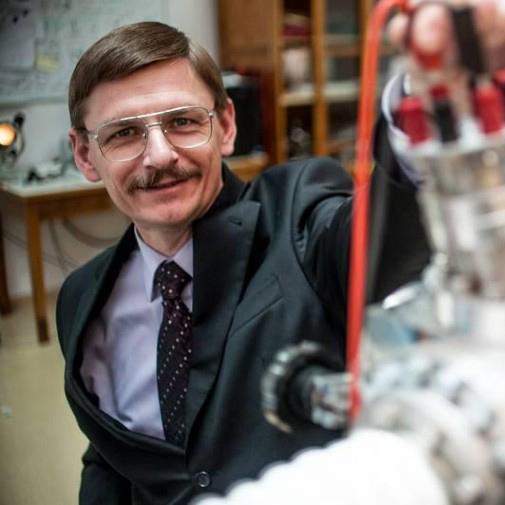
The Ministry of Energy accepts the Report recommending the implementation of HTGR reactors in Poland
The Ministry of Energy informed that the Department of Nuclear Energy of the European Commission published a report by the departmental team for analysis and preparation of conditions for the implementation of high-temperature nuclear reactors. The team carried out a detailed analysis of the use of this type of reactors to cover the domestic demand for industrial heat with a temperature up to 700 ° C.
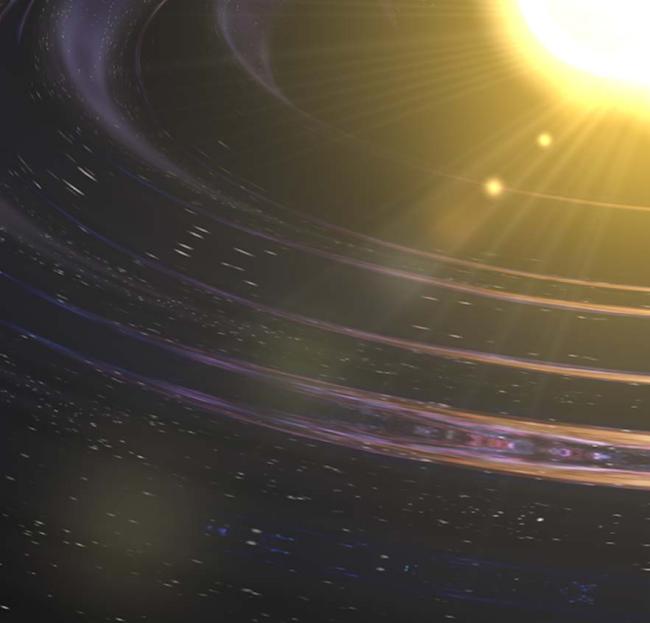
A new Road Map for European astroparticle physics research
A new Road Map concerning European astroparticle phisics development for the years 2017-2026 was published on 9th January 2018. At the top of this strategy one may find such directions of research as gravitational waves, neutrino, dark matter and gamma ray research.
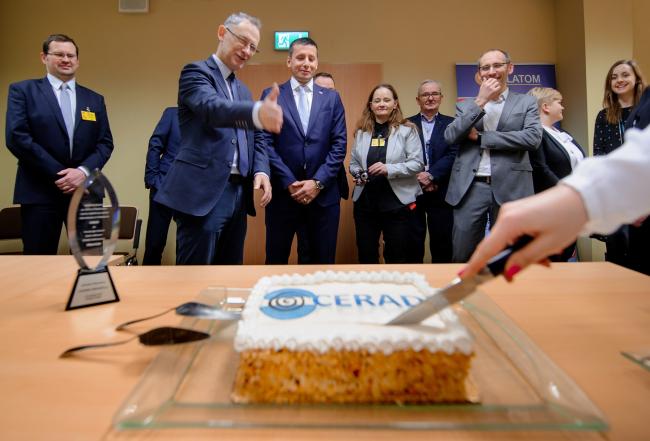
CERAD contractor selected
The Cracow-based CP OK2 Sp. z o.o. company has won EU tender proceedings to build in Świerk a centre for design and synthesis of new molecularly targeted drugs (CERAD). The company has signed the contract to build the facility before July 2021. Facility equipment will include a modern proton/deuteron/alpha particle cyclotron dedicated to produce radioisotopes.
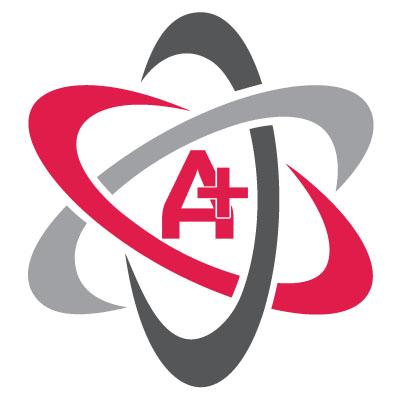
Polish Minister of Science and Higher Education officially rated NCBJ as a category A+ scientific unit
Polish Minister of Science and Higher Education officially rated NCBJ as a category A+ scientific unit. That highest category has been granted to a group of only 47 units selected among about 1,000 evaluated ones from all science fields. We have been included in a really elite group!
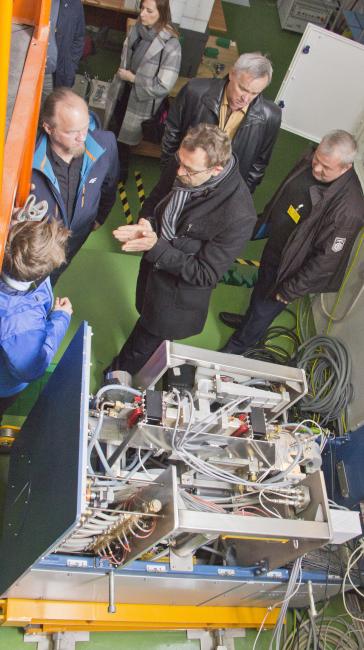
NCBJ solutions for cargo scanning
NCBJ-developed radiographic cargo scanner was presented during a two-day-long meeting organized in Świerk for some representatives of the Polish customs authorities and of the PiD Polska sp. z o.o. company. The meeting was an occasion to discuss capabilities of modern cargo scanners, as well as practical needs of Polish customs officers in respect to such systems.

9th International School on Nuclear Power: report
About 200 students from different institutions located in varios regions of Poland attended 9th International School on Nuclear Power (November 15-16, 2017) organized jointly by NCBJ and Polish Ministry of Energy Department of Nuclear Power in cooperation with the Faculty of Physics of Warsaw University and State Enterprise Radioactive Waste Management Plant. Summary report has been worked out by Prof. Andrzej Strupczewski.

100 Gbps link between Hamburg and Świerk
Last week NCBJ and European XFEL GmbH signed a framework agreement on cooperation. The agreement specifies legal terms on which NCBJ will participate in operation of and research conducted at the XFEL free electron laser newly constructed in the Hamburg area. That most powerful in the world laser is capable to produce ultra-short pulses of X-ray radiation that can open up new perspectives in research on matter in the microscale, in particular on biological and chemical micro-systems.
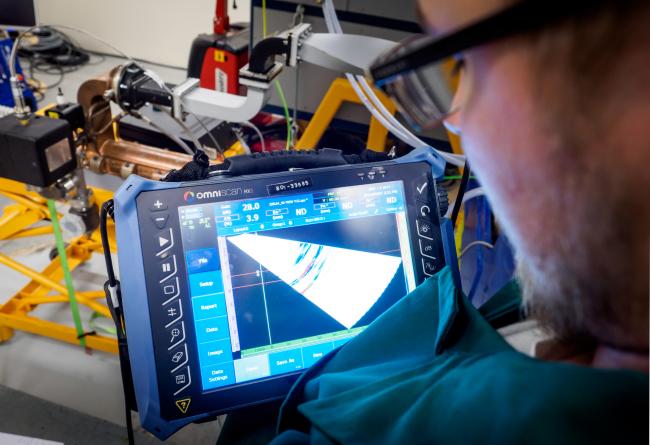
Material research in NCBJ for the Polish nuclear power programme
On an assignment from the Polish Ministry of Energy, NCBJ Material Research Lab has worked out guidelines for Polish companies involved in construction of nuclear power plants (NPPs). Guidelines how to conduct non-destructive and destructive tests of elements to be deployed in such plants have been compiled into a 50-page report.
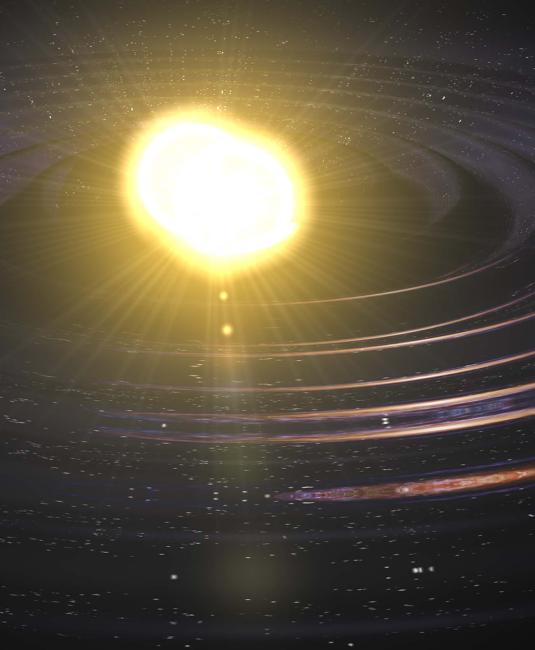
Professor Leszek Roszkowski among winners of the IRAP competition
The Astrocent proposal to establish in Poland an international scientific centre to conduct research on gravitational waves/dark matter/other aspects of the “hidden Universe” using advanced technological instruments has obtained funding amounting to over PLN 37 million in the International Research Agendas Programme (IRAP) competition implemented by the Foundation for Polish Science and co-financed from the EU’s Smart Growth Operational Programme (POIR).
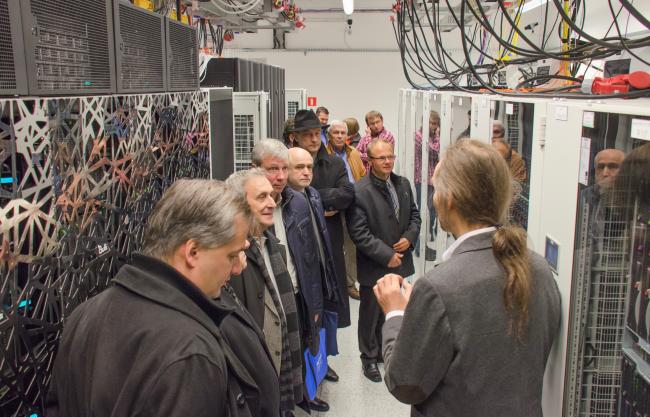
NCBJ wants to participate in development of new research facility in Russia
NCBJ is interested in the NICA project run in Joint Institute for Nuclear Research in Dubna, Russia (JINR). On the first day of 2nd international conference NICA Days 2017 held in Warsaw (November 6-10), a consortium of Polish research institutions interested in the project was established. On November 8 conference attendees were given an opportunity to visit some NCBJ labs in Świerk that may contribute to the project.

Wyjaśnienie w sprawie cytowanych w mediach wypowiedzi na temat dostawców elektrowni jądrowych dla Polski
Wyjaśniam, że cytowane przez media opinie na temat możliwych dostawców technologii jądrowych dla Polski zawarte w relacjach z debaty „Polski Mix Energetyczny” nie są oficjalnym stanowiskiem Narodowego Centrum Badań Jądrowych.
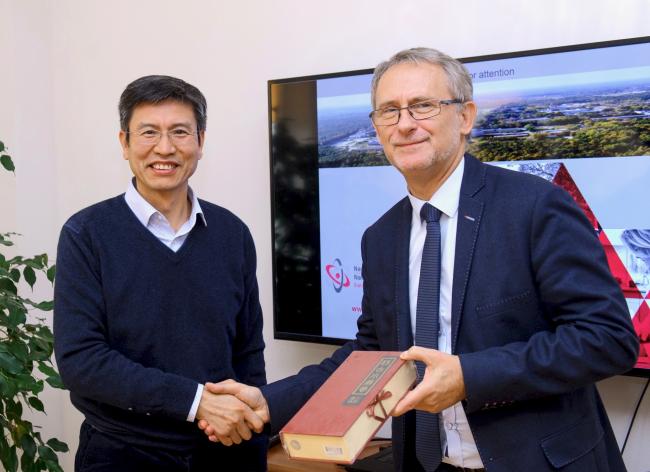
Representatives of the Chinese National Energy Administration in Świerk
Delegation of the Chinese National Energy Administration (NAE) headed by Mr. Liu Baohua, Deputy Director for Electricity and Nuclear Power, visited Świerk on November 6. The guests met with NCBJ management, were briefed by professor Krzysztof Kurek, NCBJ Director General, on NCBJ current operations and growth perspectives, visited the Maria research reactor and the Accelerating Structure Lab.
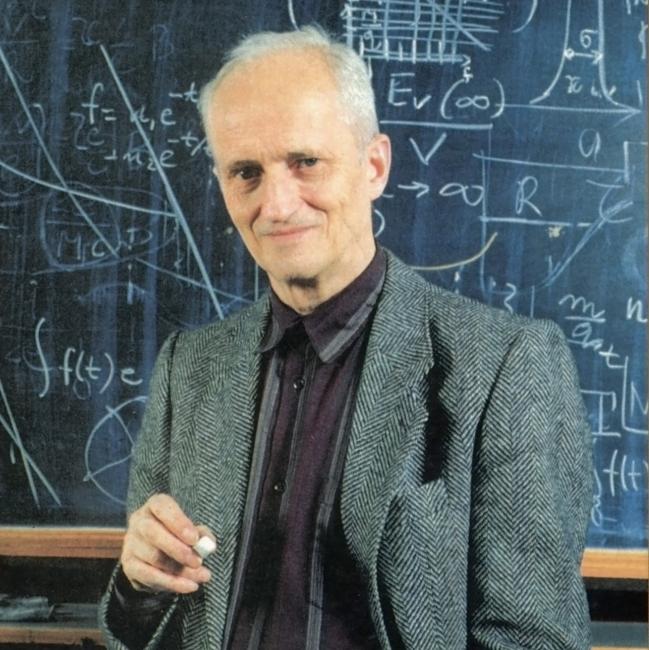
Profesora Adama Sobiczewskiego wspomina profesor Zygmunt Patyk
Pana Profesora Adama Sobiczewskiego po raz pierwszy spotkałem na początku lat osiemdziesiatych podczas egzaminu na Studium Doktoranckie przy Instytucie Badań Jądrowych w Świerku. Pamiętam, że zadał mi pytanie – dlaczego jedne jądra atomowe są stabilne, a inne podlegają rozpadowi. Dzisiaj wiem, że odpowiedzi na to pytanie pan Adam, tak go nazywaliśmy, szukał przez całe życie.
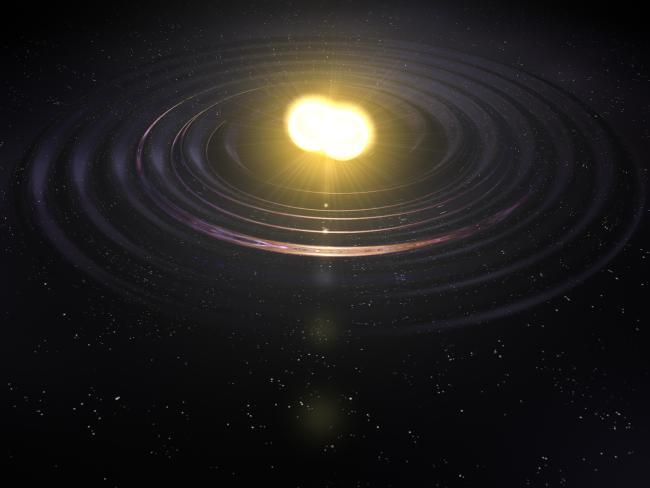
LIGO and Virgo make first detection of gravitational waves produced by colliding neutron stars
For the first time, scientists have directly detected gravitational waves in addition to light from the spectacular collision of two neutron stars. This marks the first time that a cosmic event has been viewed in both gravitational waves and light.
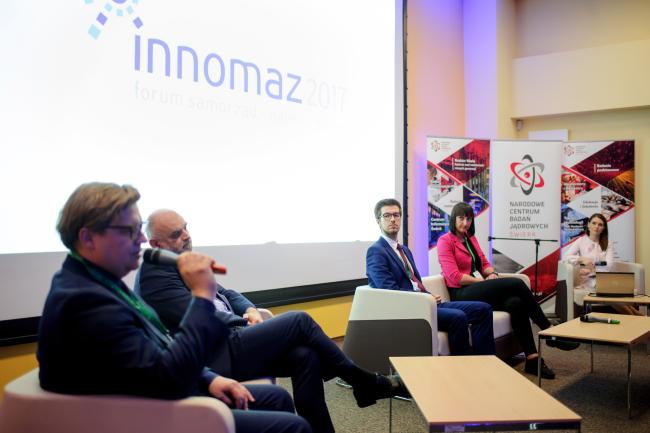
Science/local authorities/business meeting in Świerk
INNOMAZ 2017, the 1st Forum for cooperation between local authorities/science/business, will start on October 13, 2017 at 10 am at NCBJ premises in Świerk. The Forum has been organized by the Innomaz Association for the Mazovia Region Development in cooperation with the Warsaw University of Technology Faculty of Material Science and Engineering and with the Świerk Science & Technology Park.
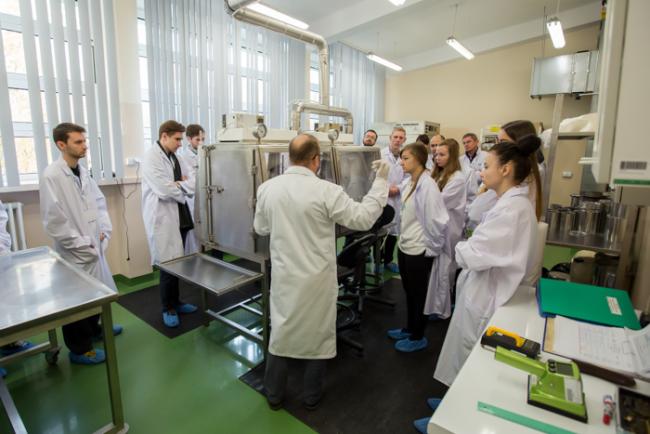
9th International School on Nuclear Power
9th International School on Nuclear Power organized by Polish Ministry of Energy and NCBJ in cooperation with Warsaw University Faculty of Physics and State Enterprise Radioactive Waste Management Plant will be held on November 15-16, 2017 in Warsaw with two workshops organized on November 14 and November 17 in Świerk and Różan. Attractions for attendees include the "Direction: Mars" session and Professor A. K. Wróblewski's lecture commemorating 150th anniversary of Maria Curie-Skłodowska's birthday .
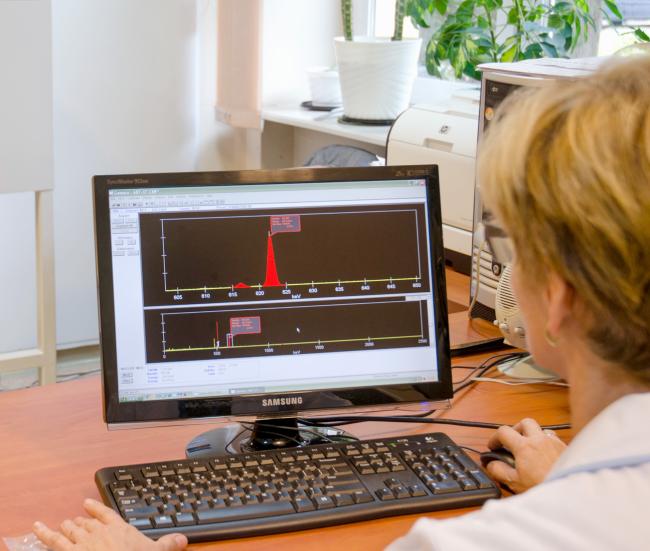
Trace amounts of Ruthenium 106 without any health consequences
NCBJ is constantly monitoring radioactivity of atmospheric air around Świerk. Recently Ruthenium 106 at trace concentrations comparable to those reported by other radiation protection stations operated in Poland was found. No other radioisotope at an increased level was found. That confirms Polish National Atomic Energy Agency conjectures concerning source(s) from which the isotope was released into the air. The observed small concentrations do not pose any threat to population health.
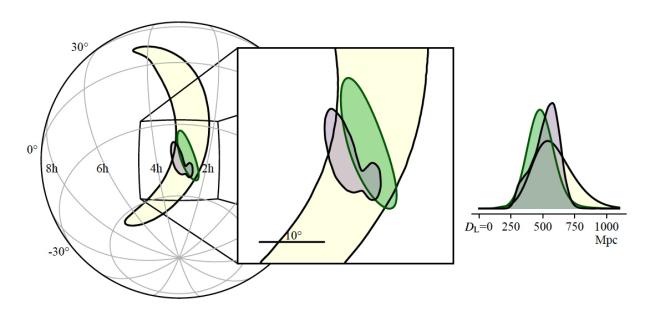
First detection of a gravitational wave by Advanced VIRGO
First simultaneous detection of a gravitational wave by the two US-based interferometers and the Advanced VIRGO European interferometer was announced during the meeting of Ministers of Science from the G7 countries. The observation made possible to roughly locate source of the emission, which marks a new era in astrophysics. PolGraw, a team of scientists from 8 research institutions in Poland, is a member of the VIRGIO collaboration.
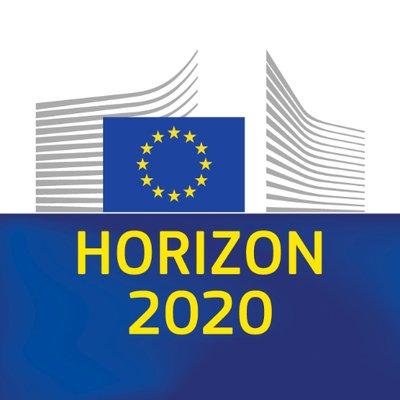
HTGR consortium inaugurating meeting in Warsaw
International consortium established to accomplish the GEMINI+ R&D project will convene on its inaugurating meeting in Warsaw on 27 and 28 September. The project will focus on new technologies for high-temperature nuclear reactors capable to deliver technological (industry-grade) heat. Polish chemical companies are particularly interested in the project funded from the Horizon 2020 European Union programme.
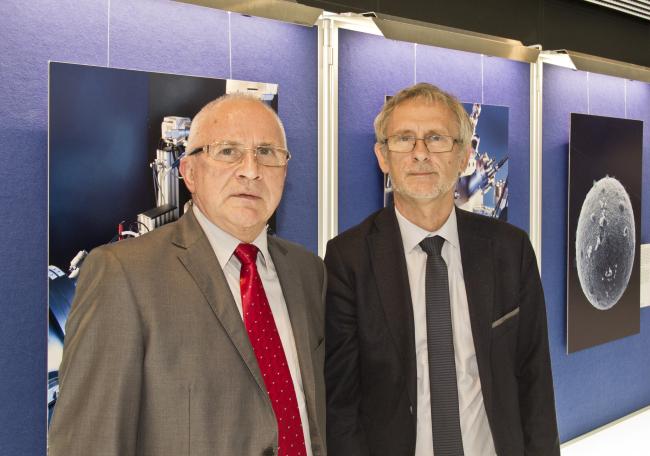
NCBJ will assist Kubara Lamina S.A. to deliver parts ordered for an US research super-laser
NCBJ and the Kubara Lamina S.A. company have reached framework agreement on cooperation, according to which NCBJ will conduct research, make test measurements, and technically evaluate microwave equipment produced by the partner, including parts ordered for the LCLS free electron laser currently under development at Stanford University in California.
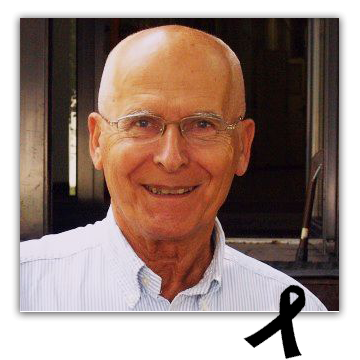
Professor Andrzej Czachor (1934-2017) – in remembrance
Professor Andrzej Czachor, a long-time NCBJ employee, top-class scientist, patriot and social activist dedicated to his ideals passed away on September 8, 2017. His works in the field of crystal lattice dynamics, crowned with the Drgania atomów w ciele stałym (Solid state atoms vibrations) monograph, are classical references to this very day. His scientific interests were initially focussed on problems caused by disorder within crystal and/or magnetic lattice. Over the years he became interested in some more universal problems. Ability to ask simple questions for which answers were by no means simple was among his distinctive features.
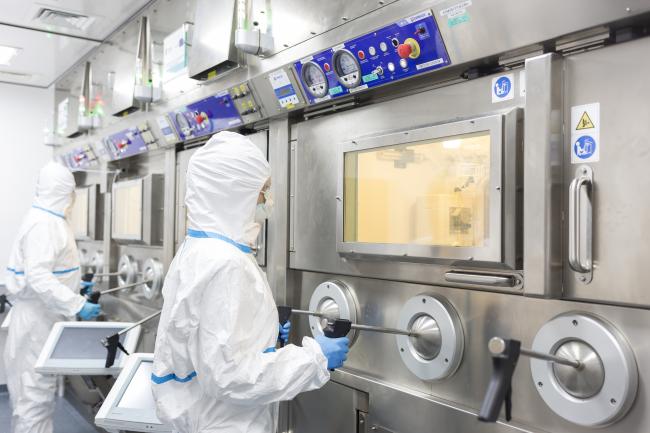
Centre for future materials in Świerk?
Scientists from NCBJ have started the NOMATEN project to establish in Świerk a Centre of Excellence with the mission to develop new materials for medicine, chemistry, nuclear industry and Hi-Tech. The project was granted 1 year-long funding from the European Union Teaming for Excellence programme. The funding will be used to develop detailed research agenda and a business plan for the Centre.
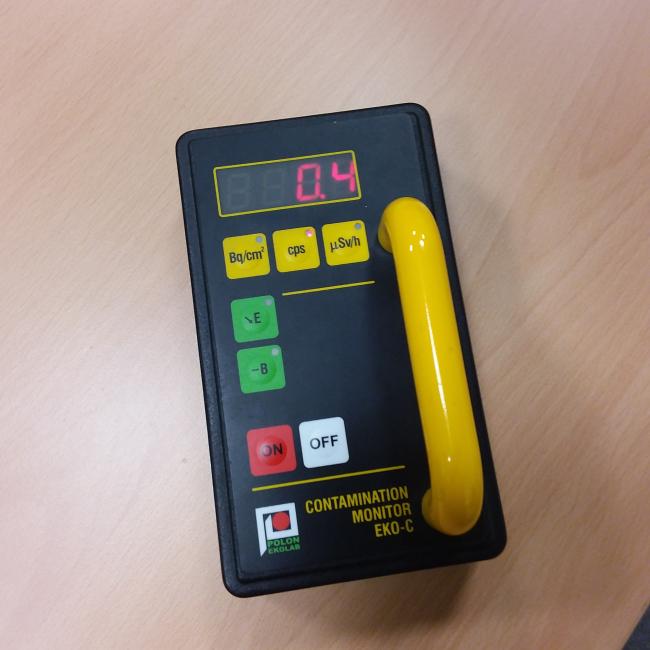
No increase of radiation was observed by NCBJ
INCBJ has neither been notified of any accident/accident hazard in the Tihange nuclear power plant operated in Belgium nor was observing any increase/anomaly in background radiation levels during the last week.
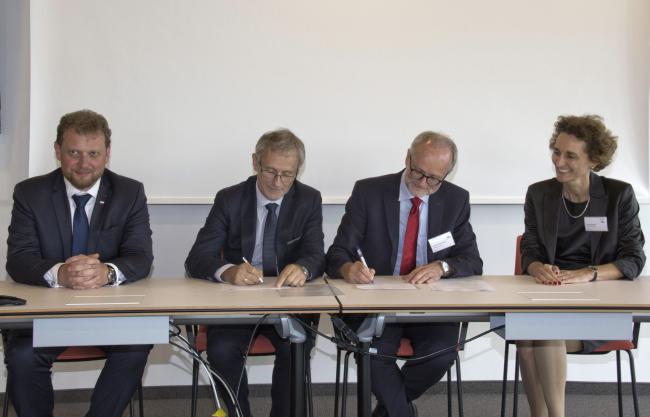
First step towards computing XFEL data in Świerk
Memorandum of Understanding in the matter of computing in NCBJ’s Computer Centre in Świerk scientific data acquired during experiments run at XFEL was reached between NCBJ and European XFEL GmbH on September 1, 2017.
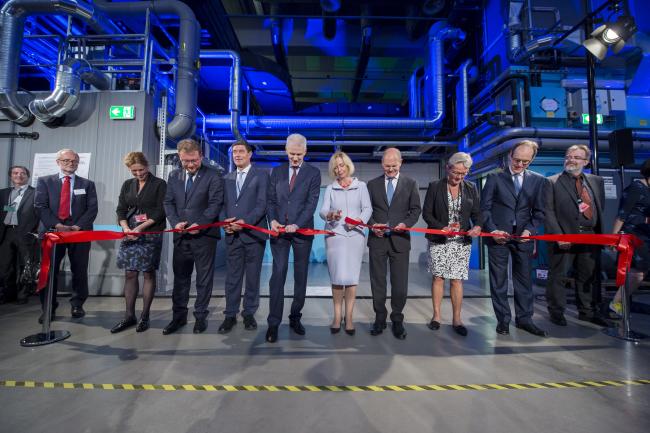
European XFEL inaugurated
European XFEL free electron laser built in Hamburg was inaugurated on September 1, 2017. The laser has brought about quite new experimental opportunities to physicists, chemists, biologists, and engineers all over the world. NCBJ co-owns the facility.
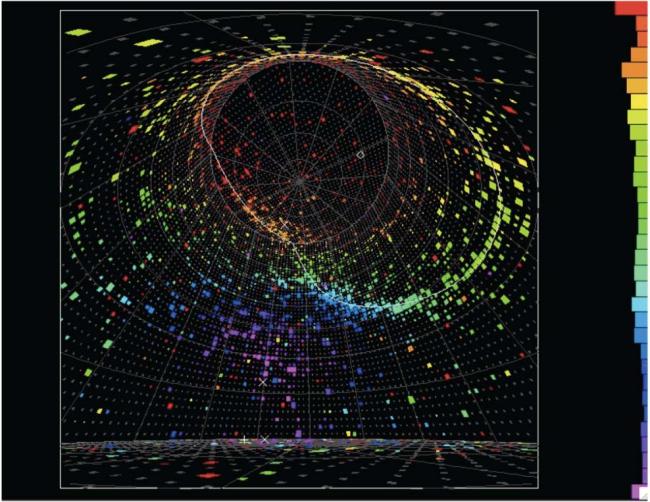
T2K presents hint of CP violation by neutrinos
Preliminary analysis of the most recent T2K data indicates that the hypothesis of equal probability of oscillations of neutrinos and anti-neutrinos may be rejected at the 95% (2σ) confidence level. Twice as much data for nuetrinos became available in 2017 as compared with 2016. T2K re-analysed all available data using a new algorithm of reconstruction of events recorded by the Super-Kamiokande far detector. The result have just been presented in KEK (Tsukuba, Japan).
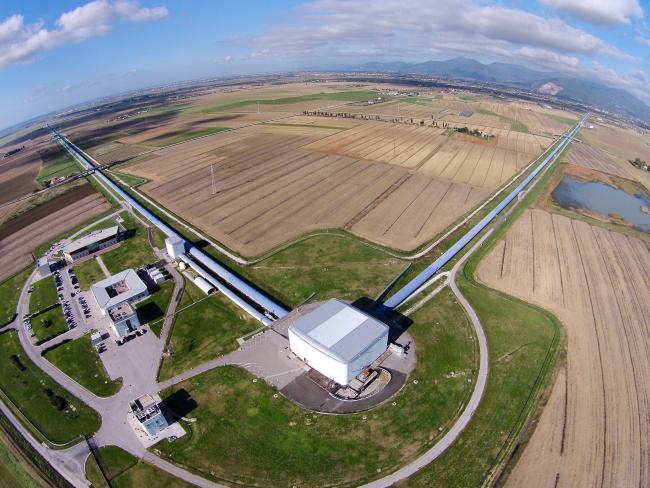
VIRGO joined Observational Run 2
The project to upgrade VIRGO, European detector of gravitational waves, has come to end after a few years of accomplishment. On August 1, 2017 VIRGO officially joined Observational Run 2 to acquire data jointly with the two US-based LIGO detectors. Scientists running the VIRGO experiments include some researchers from NCBJ.
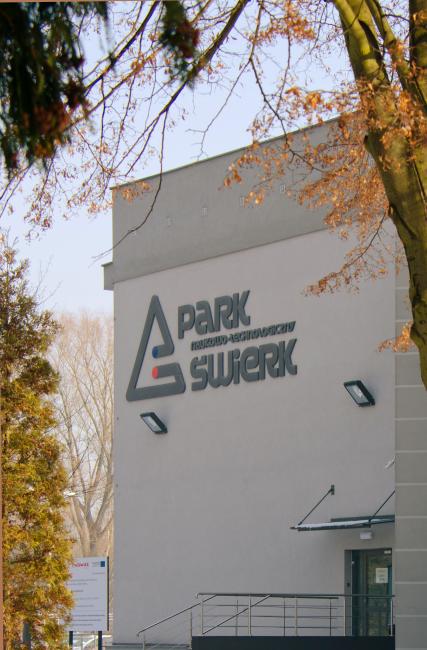
Another Hi-Tech company came to Świerk PNT
NCBJ Świerk Science & Technology Park (PNT) reached an agreement with the Cryptomind S.A. company. It will be the 33rd business entity located in PNT. The company is going to run CryptoLab, a cyber security lab.
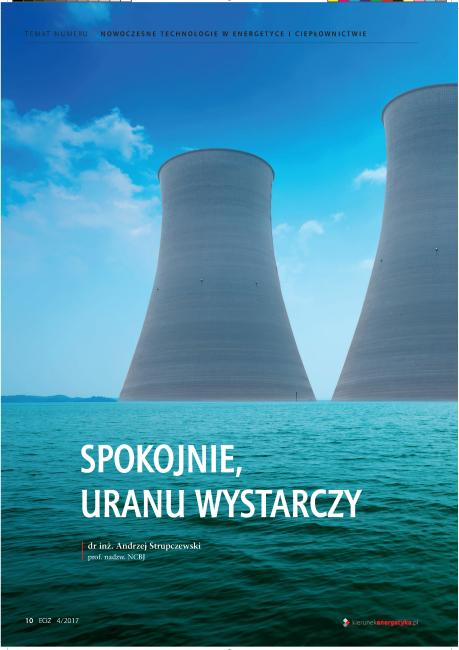
No worries, there will be enough uranium
A new technology of extracting uranium from seawater at a cost merely twice as high as the currently accepted upper limit of economically justified costs of mining uranium from shallow deposits in Earth crust has been developed in the USA and in Japan.
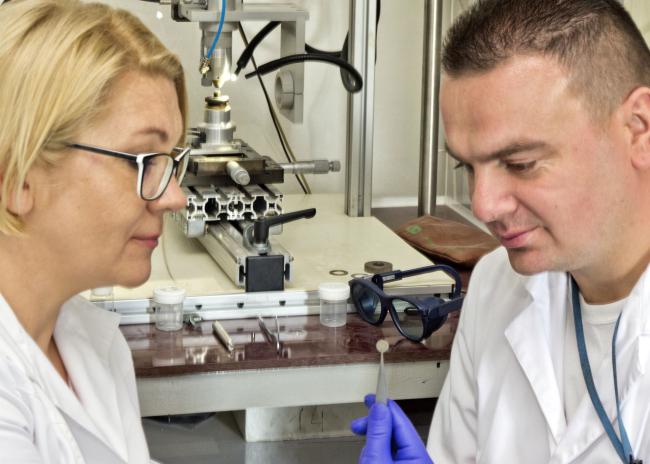
Technetium and other radioactive isotopes in healthcare
NCBJ scientists have presented some promising results of research on targets suitable for production of technetium-99m, one of the nuclear medicine more important isotopes, in accelerators. Their paper appeared in the June edition of the Applied Radiation and Isotopes journal.
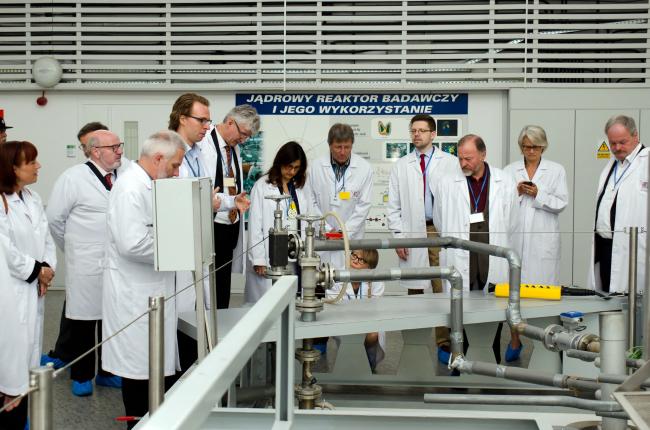
ESS Council delegation in Świerk
European Spallation Source (ESS) is a large research facility currently under development in Lund, Sweden. Delegation of ESS Council with John Womersley, ESS Director General, visited Świerk on June 1, 2017. NCBJ is significantly involved in neutron research in Poland and has contributed to ESS development.
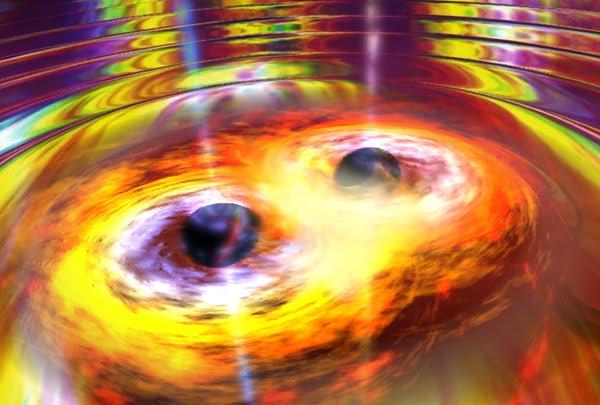
3rd observation of gravitational waves has proved existence of unexpected black holes
The Advanced LIGO research consortium (in which some NCBJ scientists participate) has reported the 3rd instance of direct observation of gravitational waves. The logged waves were emitted just before two black holes merged into a single spinning larger hole of a mass 49 times larger than the mass of our Sun and about 3 billion light years away the Earth.
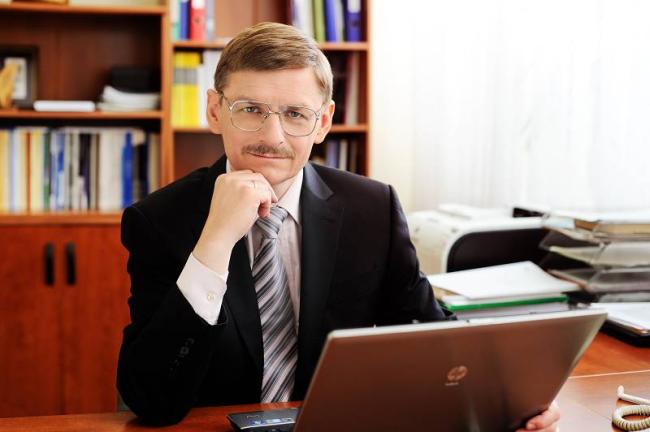
Professor Wrochna appointed Chairman of the Scientific Policy Committee
Professor Grzegorz Wrochna has been appointed Chairman of the Scientific Policy Committee, an advisory body at Polish Minister of Science and Higher Education, for six months starting June 2, 2017

NCBJ scientists help to compute huge amounts of data in global networks
Developers and users of the DIRAC computational platform have met in Warsaw on a conference organized by NCBJ. Topics discussed during the conference included monitoring of performance of global network resources and message queuing technology (already used by Instagram, Cisco, Ford and other global concerns).
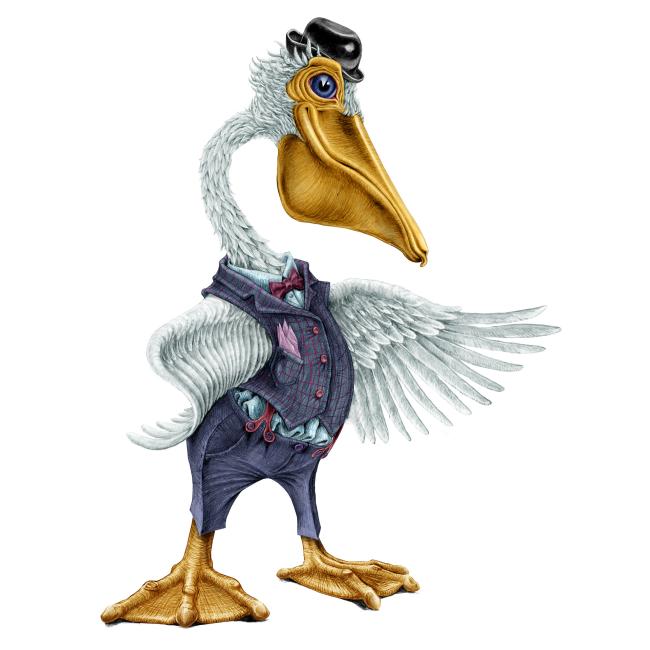
Agreement to support production of the “Pelican” animated cartoon
The programme to sponsor Polish filmmakers set up jointly by NCBJ and Polish Film Institute (PISF) is going to support production of the “Pelican” animated cartoon, a tale of an unusual friendship, dreams, discovering and accepting who you are. The production won in 2016 a PISF grant. The producers will be able to purchase at some significant discounts services of Renderownia Świerk, a part of the NCBJ-operated Świerk Computing Centre (CIŚ).
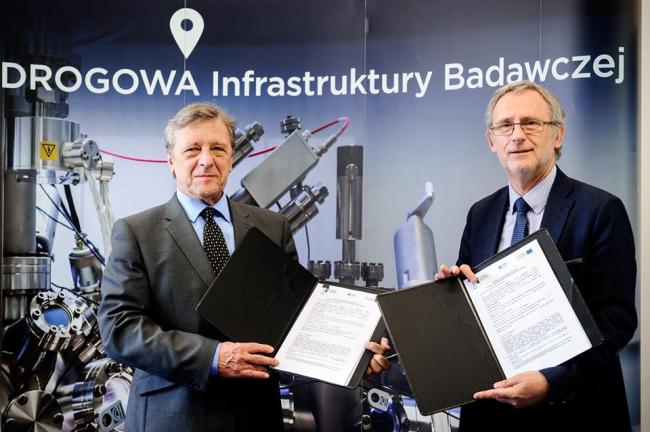
Centre for design and synthesis of new molecularly targeted drugs planned in Świerk
Modern centre for design and synthesis of new radiopharmaceuticals is going to start operations in Świerk in three years. Scientists working in the centre will have at their disposal a new cyclotron, the Maria research reactor, a group of research labs, and the CIŚ supercomputer. To this end European Union will co-finance the CERAD project.
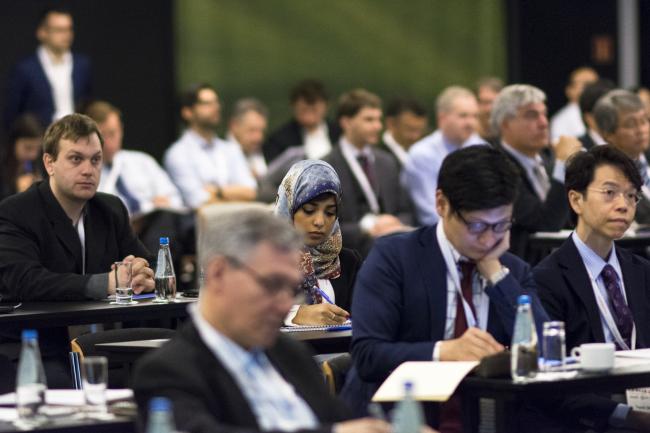
Some best experts in nuclear reactor safety convened in Warsaw
More than 160 experts from around the world discussed on how to keep nuclear power plants safe even in case of extremely improbable failures during the prestigious ERMSAR2017 international scientific conference organized by NCBJ in Warsaw.

Japanese interested in Polish HTR programme
On May 18, 2017 NCBJ reached an agreement on cooperation in development of high temperature reactors with the Japanese Atomic Energy Agency. It is another sign that interest in the Polish HTR programme is growing.
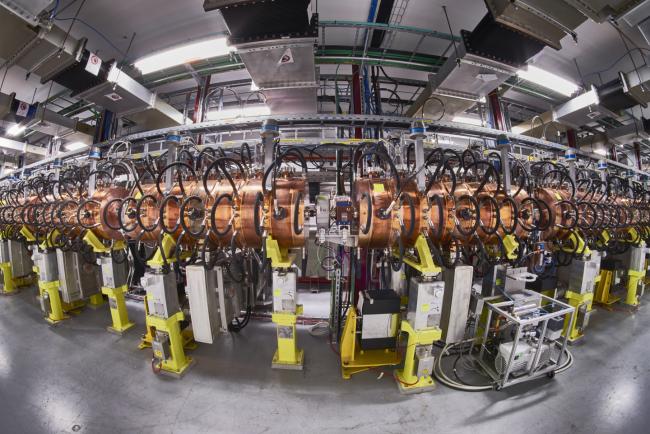
CERN celebrates inauguration of Linac 4
CERN celebrated inauguration of the Linac 4 accelerator on May 9, 2017. The last of the machine four accelerating stages was manufactured in Świerk. Linac 4 will make possible to improve performance of LHC, the largest research facility on Earth.
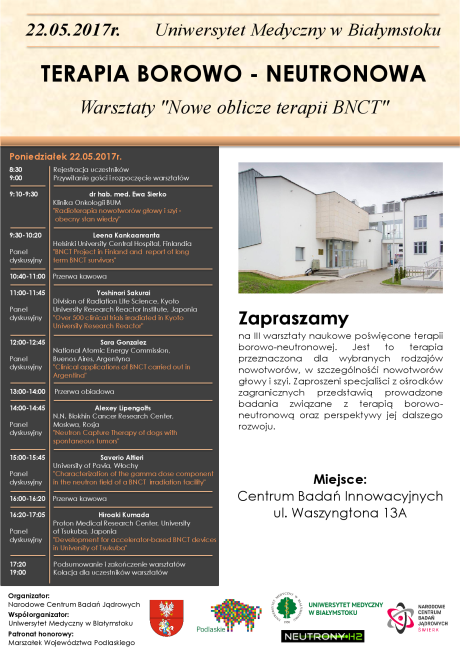
III Warsztaty BNCT w Białymstoku
Informujemy, że w dniu 22.05.2017r. na terenie Białostockiego Uniwersytetu Medycznego odbędą się III warsztaty naukowe dotyczące terapii borowo-neutronowej (BNCT). Wśród zaproszonych prelegentów będziemy gościć naukowców i lekarzy z Japonii, Argentyny, Finlandii, Rosji i Włoch. Zaprezentują m.in.

NCBJ in Hannover: not only CANIS and SMOC
NCBJ is taking part in development of J-PET scanner presented within the SciTech Poland exposition organized at the Hannover Messe 2017 fair: we have developed some image reconstruction algorithms. Besides, Świerk supercomputer has simulated operation of detectors employed in the scanner and is used to store/compute the acquired data.
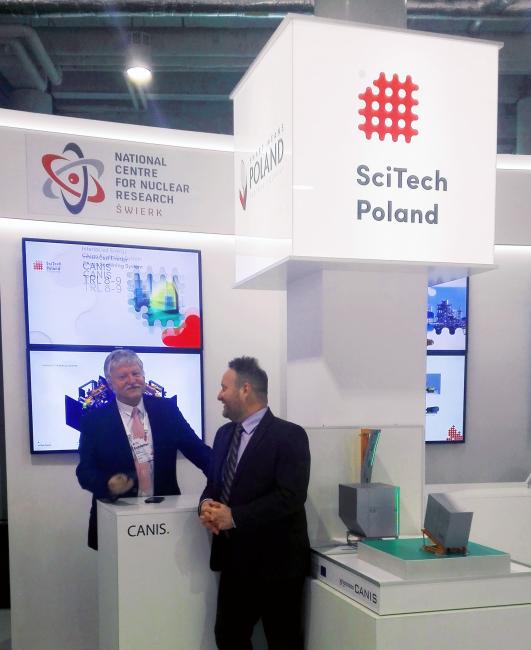
CANIS and SMOC at the Hannover fair
Hannover Messe, the world largest industrial fair, was held between April 24 and April 28, 2017. NCBJ was among several Polish companies and research institutions that brought with them some innovative solutions. Two systems presented by NCBJ included CANIS, a large-size cargo scanner, and SMOC, a mobile industrial radiography device.
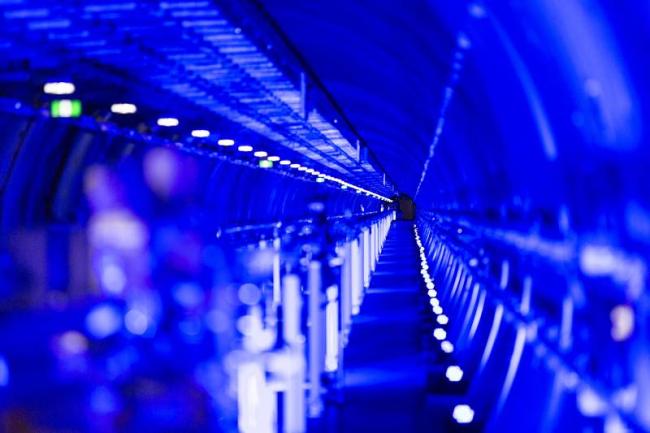
Particle accelerator for the European XFEL laser commissioned
DESY and European XFEL GmbH company have jointly announced that commissioning of a superconducting accelerator that is to feed the European XFEL laser has just been concluded in research centre in Hamburg. The team that built the accelerator included scientists and technicians from Poland. NCBJ is a partner in the project.
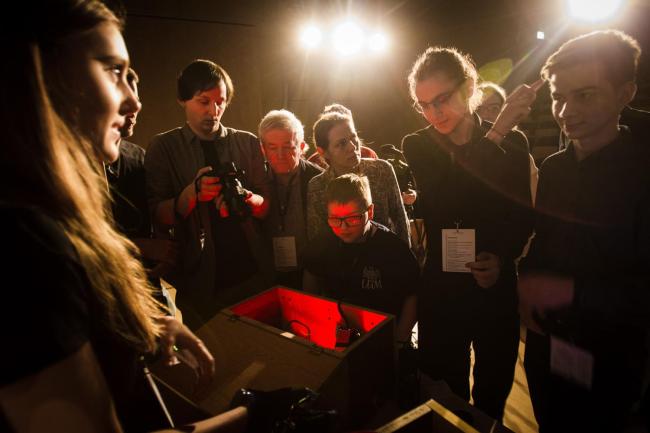
Trap, currents, rays in the Paths of Physics contest 2017 edition
The level of the 12th finals of the Paths of Physics contest organized jointly by NCBJ and Polish Academy of Sciences Institute of Physics in Warsaw was exceptionally high. The winners received their prizes during a ceremony held on the Copernicus Science Centre premises in Warsaw on Sunday April 2, 2017. The top winners were rewarded with minicomputers funded by the Format company, a contest sponsor.
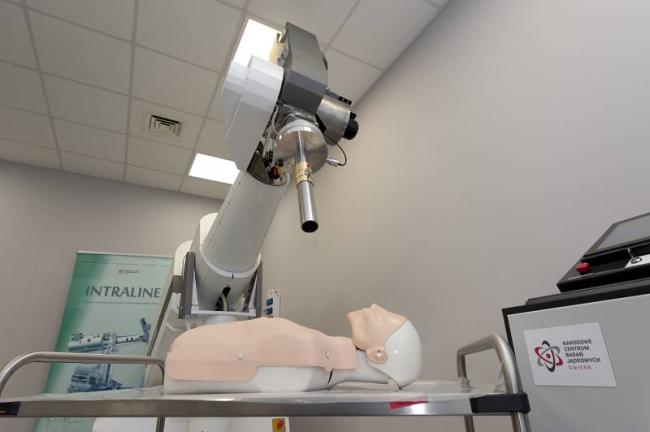
NCBJ has presented an innovative medical accelerator
Malignant cells that might be left over in patient’s body after surgery of a tumour may be effectively destroyed just during the surgery. IntraLine, a new electron accelerator dedicated to such intra-operative treatment, was presented to oncology physicians who attended a conference organized in NCBJ Świerk on the occasion of conclusion of the INTRA-DOSE project.
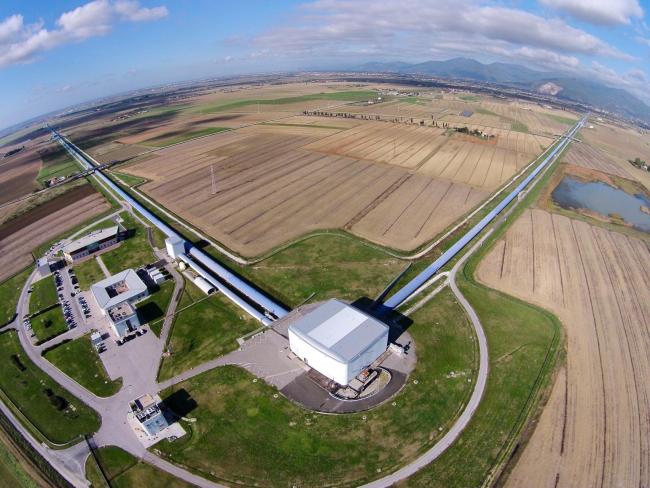
Advanced Virgo is ready
Objective of the Advanced Virgo project officially concluded on February 20, 2017 in European Gravitational Observatory (EGO) in Pisa (Italy) was to modernise the Virgo interferometer. Polish scientists participated in the project. It is hoped that the Advanced Virgo detector will significantly advance research on gravitational waves, so far the largest discovery in physics of the 21st century.
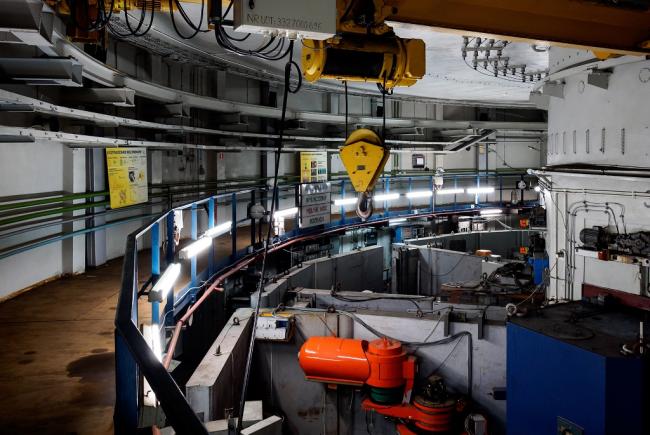
NCBJ has acquired some modern instruments for neutron studies
Four modern instruments dedicated to neutron studies will soon come to Świerk according to an agreement reached between NCBJ and Helmholtz-Zentrum Berlin. The instruments will certainly expand opportunities to conduct neutron experiments at the MARIA reactor research lab.
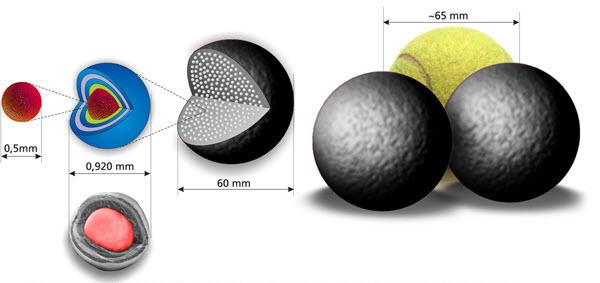
Polish scientists will coordinate European-US cooperation on development of nuclear technologies
NCBJ will coordinate R&D works on High Temperature Reactors (HTR) to be conducted within the “GEMINI+” European-US cooperation project. GEMINI+ is one of the five projects from Świerk accepted for financing in the most recent Horizon 2020 EURATOM call for proposals.

NCBJ has reached an agreement with X-energy
A group of Polish Ministry of Energy officials has visited USA. During that visit NCBJ has reached an agreement with X-energy, an US start-up company. That company will be another valuable partner in our plans to develop High Temperature Reactors (HTR) in Poland. Polish scientists seek to construct the first Polish pilot plant in NCBJ Świerk.
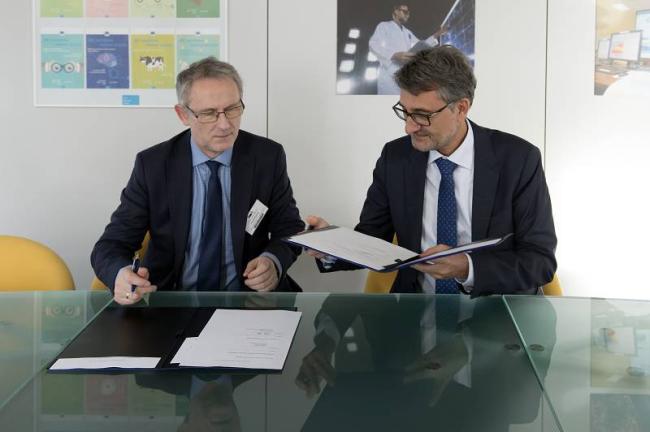
NCBJ will serve as another European research facility
NCBJ has reached an agreement on collaboration with Joint Research Centre (JRC), one of the Directorates General within the European Commission. JRC scientists carry out research to provide European Union with independent advice and support to EU science & technology policy.
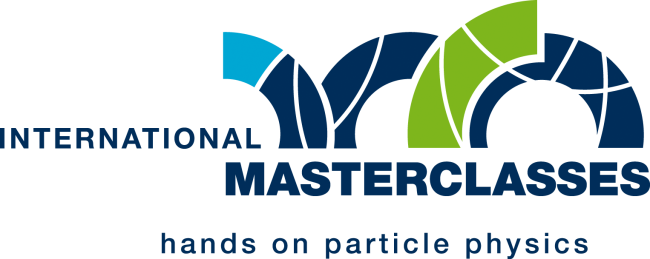
Everybody may walk into shoes of an elementary particle physicist
All high school students interested in physics are invited to attendee two open workshops organized by scientists from NCBJ, Warsaw University (UW) Physics Faculty and Warsaw University of Technology (PW) Physics Faculty. During the events, the attendees will get an opportunity to take a peek behind the scenes of the two largest experiments run at the Large Hadron Collider (LHC) in CERN (Geneva): CMS and ALICE.

Security experts positively verified MARIA reactor physical protection system
In connection with plans to start a programme to irradiate some US-origin targets containing highly enriched uranium in the NCBJ-operated MARIA reactor, the reactor has just been visited by some nuclear security experts from USA. They positively verified the implemented system of physical protections as compatible with recommendations issued by International Atomic Energy Agency.
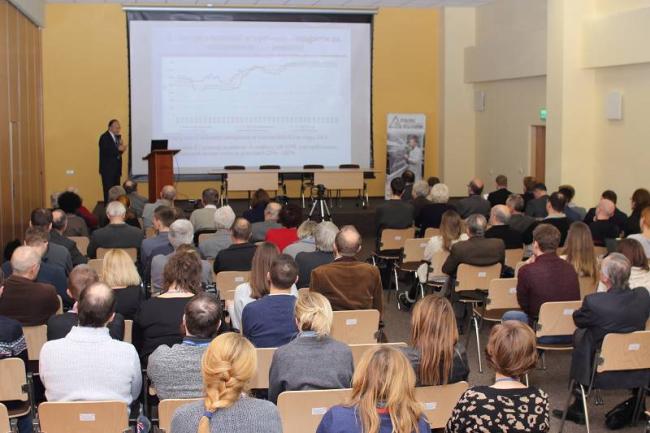
Discussion on nuclear power costs and its role in power balance
On January 9, 2017 a seminar on nuclear power costs and its role in power balance in Poland was held in NCBJ. Ideas presented by Professor Strupczewski in his lecture were confronted with some critique. Dr. Weissbach concluded the seminar with a lecture on the ratio of energy supplied/energy produced typical for various technologies.

The "Nuclear power costs and role in power balance" seminar
All interested persons are kindly invited to come to Świerk on January 9, 2017 to participate in a hopefully vivid discussion on nuclear power. The "Nuclear power costs and role in power balance" seminar will be held in the Świerk Science and Technology Park building. The event will start at 11:30 on Monday, January 9, 2017. Experts from some anti-nuclear NGOs are expected.
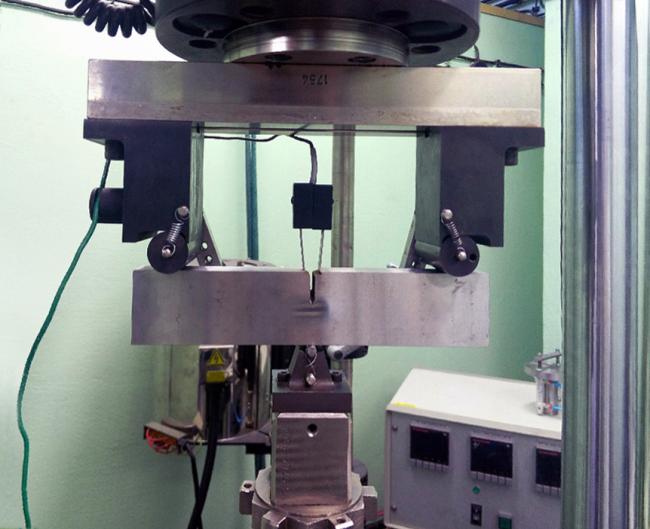
Świerk scientists test engine rails
NCBJ has been cooperating with the Warsaw-based Railway Institute to comprehensively evaluate quality and safety of engine rails. Some nationwide unique competencies are among outcomes of that tight cooperation.

The largest 3D map of the Universe as it was 7 billion years ago
An international team of astronomers (composed also of some Polish scientists) running the VIPERS (VIMOS Public Extragalactic Redshift Survey) project has just presented the largest 3D map of the Universe as it was 7 billion years ago, and made available the data, on which the map was based.
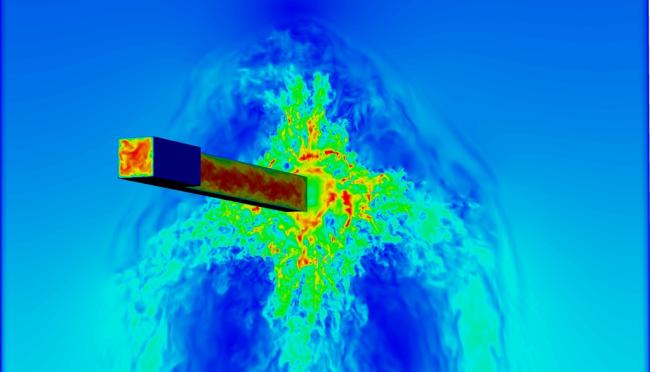
Polish/Dutch project in safety analyses of nuclear facilities
NCBJ and NRG have just started a joint 3-year-long R&D project concerning safety of modern nuclear power plants. The to-be-researched topics include vulnerability of nuclear reactor vessel walls to temperature shocks. Computer simulations are planned for one year. They are to be done using the 5,000 cluster supercomputer operated in NCBJ Świerk Computer Centre (CIŚ).
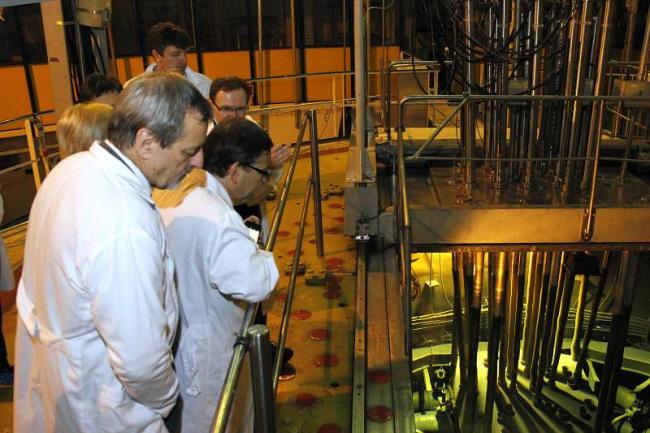
EUROfusion officials in Świerk
Professor A.J.H. Donne, EUROfusion international consortium Programme Manager, and Dr. X. Litaudon, Head of EUROfusion's ITER Physics Department visited NCBJ and met with Polish participants of the consortium. The guests were presented with NCBJ research/constructional potential that might be harnessed in R&D works on future fusion reactors.
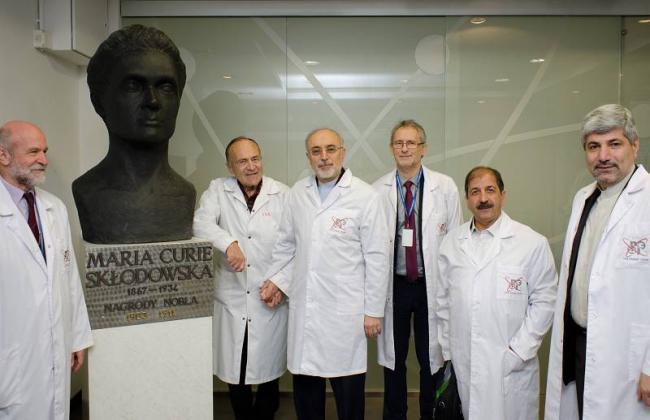
Vice-president of Iran in NCBJ
Delegation of the government of Islamic Republic of Iran headed by Dr. Ali Akbar Salehi, Vice-president of Iran and President of Iranian National Atomic Energy Agency, visited Świerk on November 9, 2016. The talks concerned perspectives of tightening scientific cooperation between Iran and Poland.
![Kadr z filmu „Gra o tron” (2012) [© Home Box Office (HBO)] Kadr z filmu „Gra o tron” (2012) [© Home Box Office (HBO)]](/sites/default/files/styles/max_650x650/public/prasa/gra_o_tron.jpg?itok=n6Ss3CWi)
NCBJ Rendering Centre services for film makers
A group of filmmakers visited NCBJ on November 4. Our guests saw the MARIA research reactor and Świerk Computer Centre (CIŚ) with its powerful supercomputer. The Centre runs a programme to sponsor Polish film art, within framework of which the filmmakers may use the CIŚ supercomputer power to render their films at reduced prices. The services are available via NCBJ Rendering Centre (https://renderownia.pl).
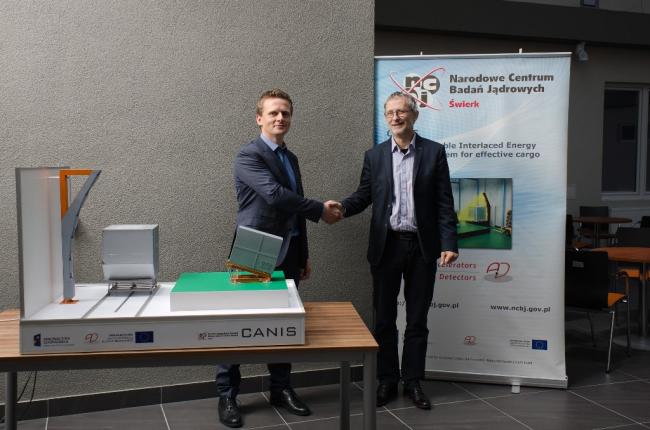
NCBJ-developed CANIS cargo scanning system enters the market
NCBJ and the PID Polska company have reached a cooperation agreement on commercialization of the NCBJ-developed CANIS Cargo Scanning System. This is a milestone towards commercialization of that unique Hi-Tech technology.
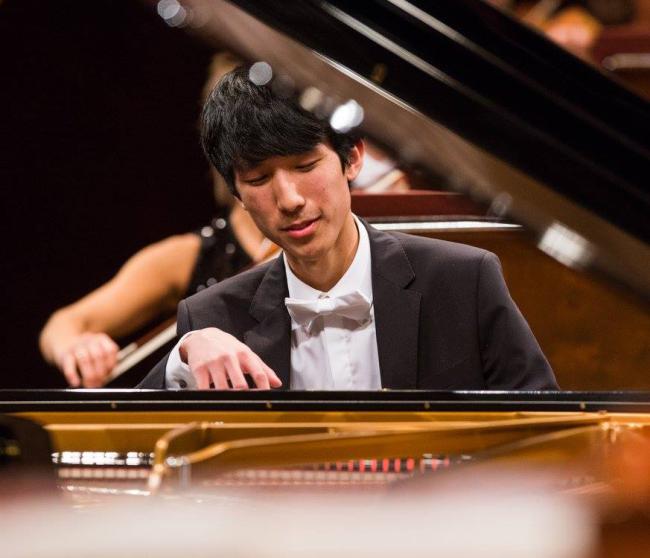
Physics as Music of Heaven
For the third time Świętokrzyska Philharmonic in Kielce jointly with Jan Kochanowski University in Kielce are organizing the so-called University Concert. The concert is traditionally preceded by a lecture given by a carefully selected academic. Professor Stanisław Mrówczyński, NCBJ Fundamental Research Department Director, will be the speaker this year.
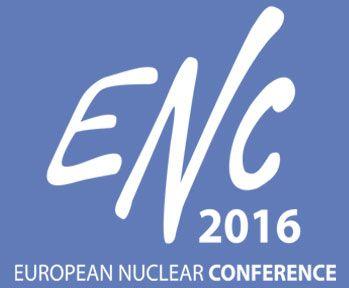
European Nuclear Conference 2016
The largest in Europe nuclear conference held in Warsaw between October 9 and 13, 2016 is a forum where experts, decision-makers, and representatives of nuclear industry from all over the world can share their experience and discuss innovations, nuclear safety issues, applications, and generally the future of nuclear industry. NCBJ co-organized the conference and attendees are expected to visit Świerk.
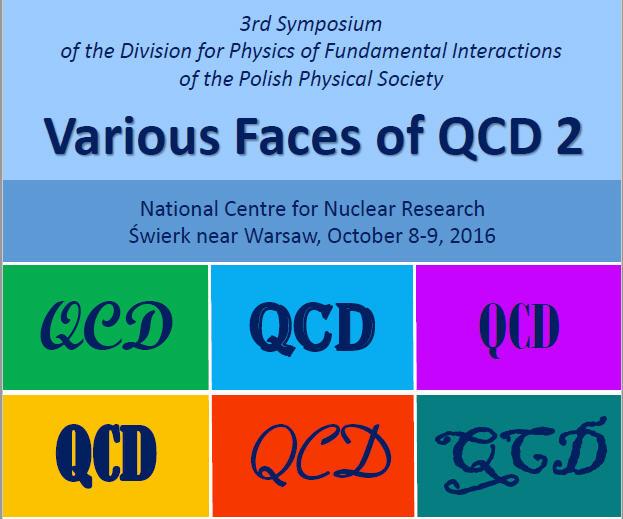
Various Faces of QCD 2
3rd Symposium of the Division for Physics of Fundamental Interactions of the Polish Physical Society will be held in NCBJ Świerk on October 8 and 9, 2016. The symposium is entitled “Various Faces of QCD 2”
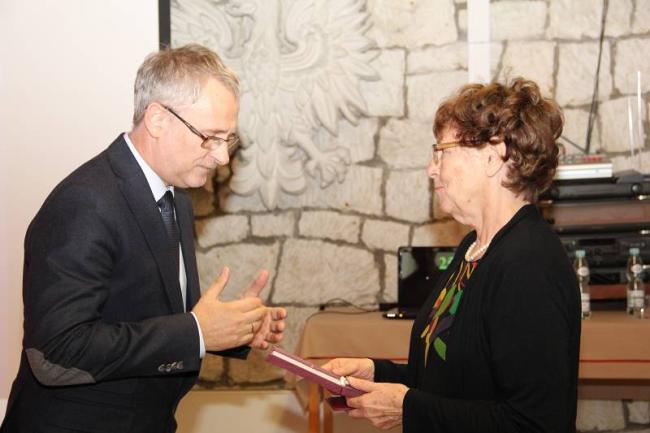
XXIII Nuclear Physics Workshop in Kazimierz Dolny to commemorate Professor Janusz Wilczyński
XXIII Nuclear Physics Workshop Marie & Pierre Curie is an annual meeting of scientists involved in research on structure and decays of atomic nuclei organized by the Theoretical Physics Chair at Physics Faculty of the Maria-Curie Skłodowska University (UMCS) in Lublin. This year event was held between September 27 and October 2, 2016 in Kazimierz Dolny. NCBJ co-organized the event to better commemorate work and achievements of Professor Janusz Wilczyński, a world-class expert in nuclear physics.
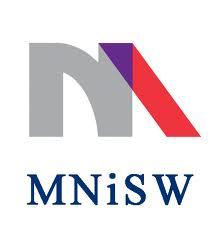
Wishes for the Institute
On its 5th anniversary NCBJ has received congratulation letters from Jarosław Gowin, Deputy Prime Minister; Director of Polish Academy of Sciences Institute of Nuclear Physics; and from Ministry of Energy.
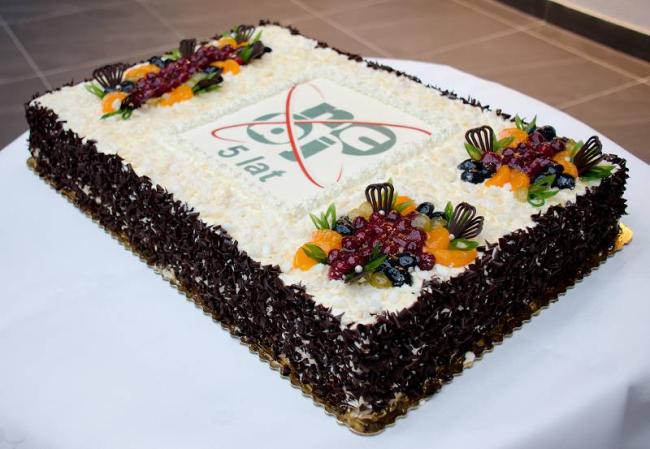
Jubilee NCBJ Symposium
This year NCBJ Symposium had somewhat festive character on the occasion of NCBJ 5th anniversary
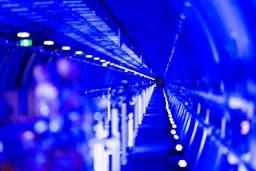
European XFEL commissioning procedures started
European XFEL (X-ray Free Electron Laser) commissioning procedures started in DESY research centre in Hamburg on October 6, 2016. Poland has met its obligations as the first among 8 shareholders of the European XFEL GmbH company established to accomplish that €1.2 billion-worth project. On that occasion a small celebration was held in Hamburg with participation of Dr. Piotr Dardziński, Polish Deputy Minister of Science and Higher Education.
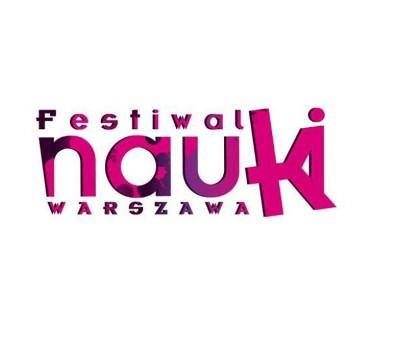
NCBJ at 20th Science Festival in Warsaw
During this year event NCBJ is going to present several exhibits/presentations/physical experiments familiarizing the general public with ionizing radiation and its major applications.
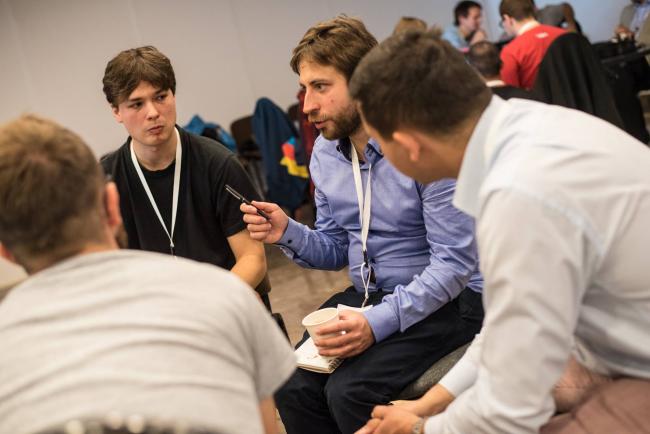
NCBJ researchers in a programming contest organized by Ministry of Digital Affairs
17 teams participated in Hackathon, a programing contest organized for the first time by Ministry of Digital Affairs on premises of National Library in Warsaw. 90 contest runners included 2 astrophysicist from NCBJ: Adam Zadrożny and Arkadiusz Ćwiek. Contest runners’ task was to develop software applications designed to facilitate everyday life of ordinary people by making use of data openly published by various institutions in the Internet.
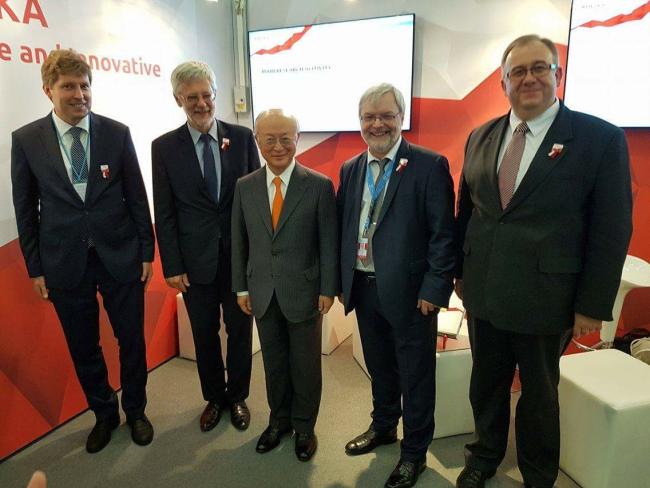
POLSKA Safe and Innovative
International Atomic Energy Agency (IAEA) 60th General Conference is accompanied by the POLSKA Safe and Innovative exhibition organized jointly by National Atomic Energy in Poland and Permanent Mission of the Republic of Poland to the Unite Nations Office in Vienna. The exhibition presents Poland as a country, in which ionizing radiation is safely utilized in numerous modern and innovative applications.
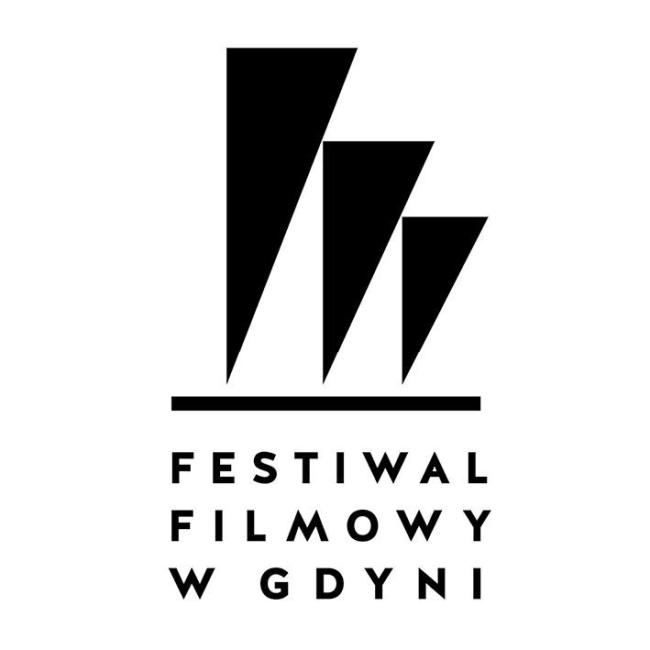
NCBJ among sponsors of the 41st Film Festival in Gdynia
A series of discussion panels, lectures by recognized guests from abroad, and presentations organized within the framework of the 41st Film Festival in Gdynia by Polish Film Institute (PISF) and its partners for several hundred filmmakers (artists, producers, other professionals) has been dubbed Gdynia Industry. NCBJ is among the partners.
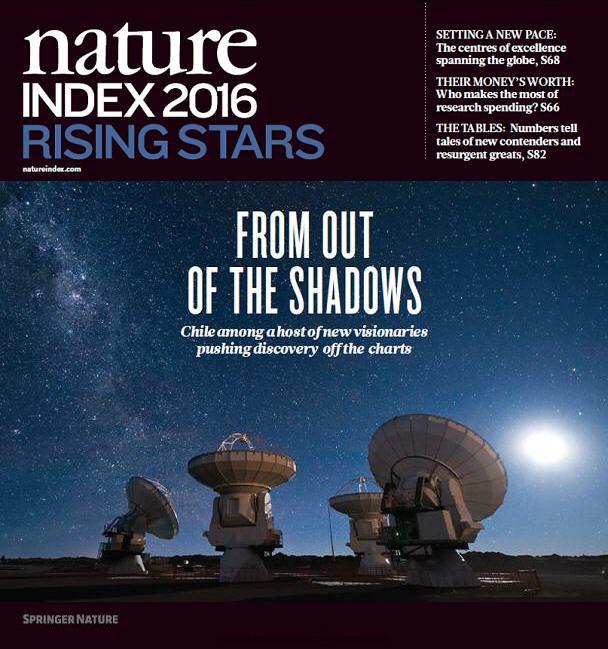
“Nature” ranked Poland among top 10 “rising stars in science”
The Nature Index 2016 Rising Stars report published in special edition of the Nature journal has identified Poland among 10 top countries qualified as “rising stars in science”. The ranking was based on rate of increase of the WFC (weighted fractional count) index calculated for 68 prestigious journals active in natural sciences for the last 4 years. The index for Poland has risen by as much as 34% between 2012 and 2015.
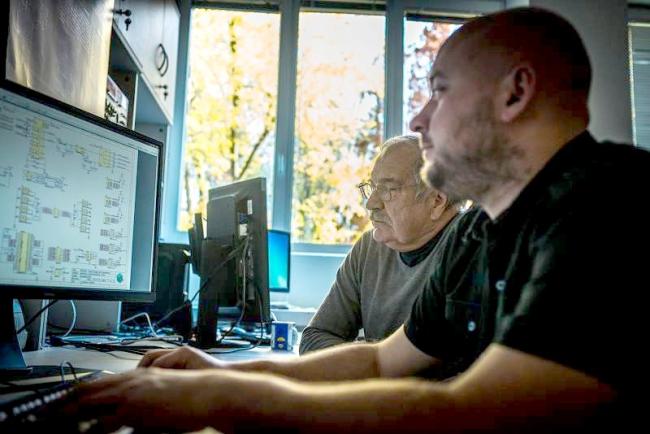
NCBJ participates in research on cosmic explosions
Equipment developed and produced by NCBJ scientists and engineers may help to reveal nature of some of the most powerful explosions occurring in the Universe. The equipment launched on September 15, 2016 by the „Tiangong-2” (TG-2) Chinese space station is going to measure polarisation of gamma rays in Gamma-Ray Bursts (GRB). The equipment was developed within framework of the POLAR project, one of the projects run under the Swiss Contribution research programme.
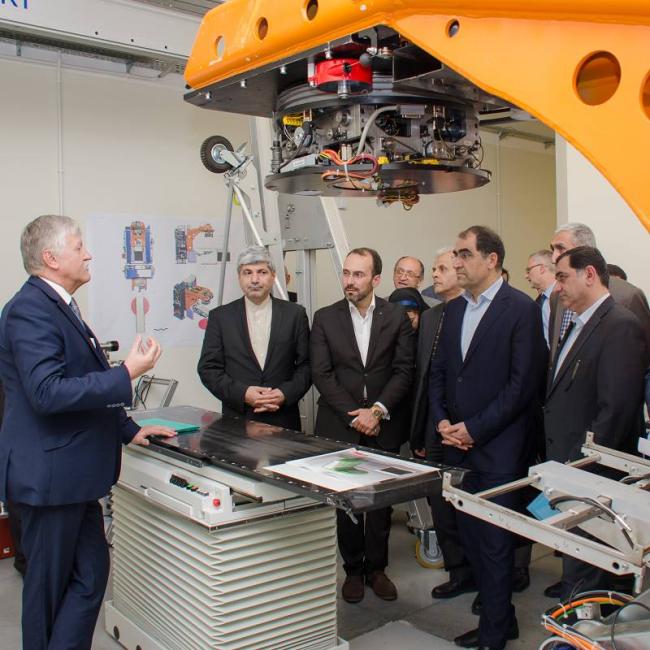
Iranian Ministry of Health officials in NCBJ
Dr. Seyed Hassani Ghazizade Hashemi, Iranian Minister of Health with some accompanying officials paid a visit to NCBJ to discuss various aspects of mutual cooperation in nuclear medicine, in particular a contract to deliver 20 NCBJ-manufactured medical accelerators to Iran.
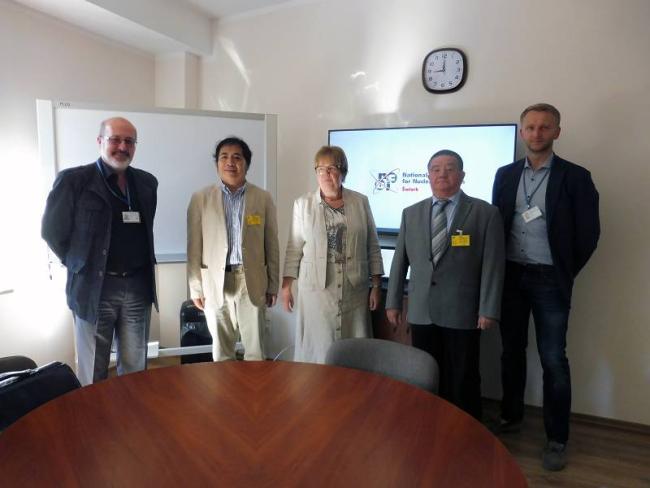
NCBJ-Lanzhou University cooperation in research on materials for 4th generation nuclear reactors
Professor Tieshan Wang, Director of Institute of Material and Radiation Physics at the Lanzhou University in China has visited Świerk as a NCBJ invited guest. Mr. Dariusz Szymański from Polish Ministry of Energy has also attended the meeting.
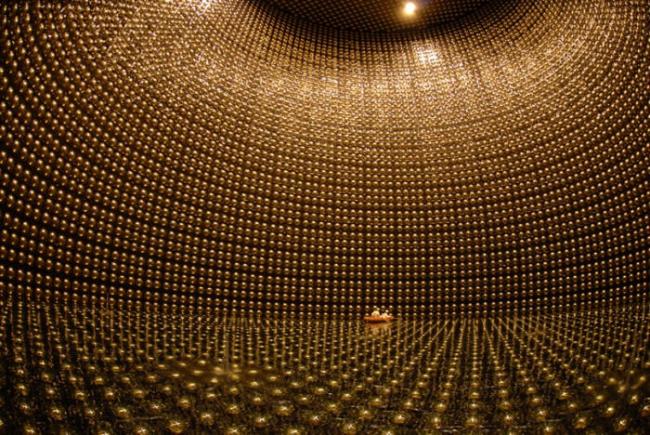
T2K experiment has presented first results of research on CP symmetry violation
The T2K interantional collaboration has announced new results on neutrino/antineutrino symmetry in neutrino oscillations. The discovery that neutrinos and antineutrinos behave differently should help to understand why matter is dominating in the Universe over antimatter. If laws of physics were identical for both matter and antimatter, the Universe would be filled up only with annihilation radiation. But that’s not the case as we are existing.
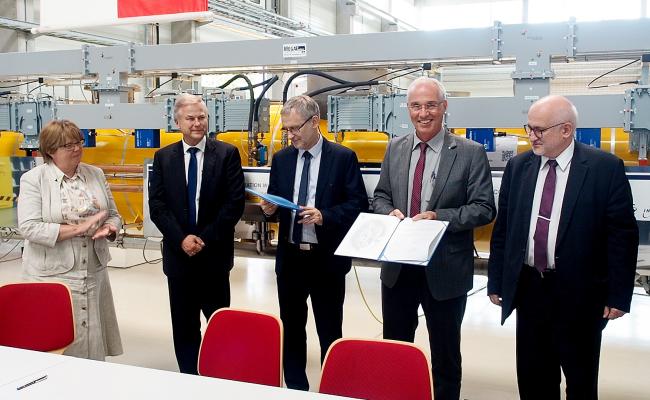
NCBJ-DESY cooperation agreement prolonged
Agreement on prolongation of NCBJ-DESY (Deutsches Elektronen Synchrotron) cooperation was recently signed in Hamburg by Dr. Krzysztof Kurek, NCBJ Director General. Polish delegation led by Prof. Maciej Chorowski, Director of National Centre for Research & Development (who represented also during that visit Polish Ministry of Science and Higher Education) witnessed also the delivery of a next batch of elements manufactured in Poland as “in-kind” contribution to development of European Free Electron Laser (XFEL).
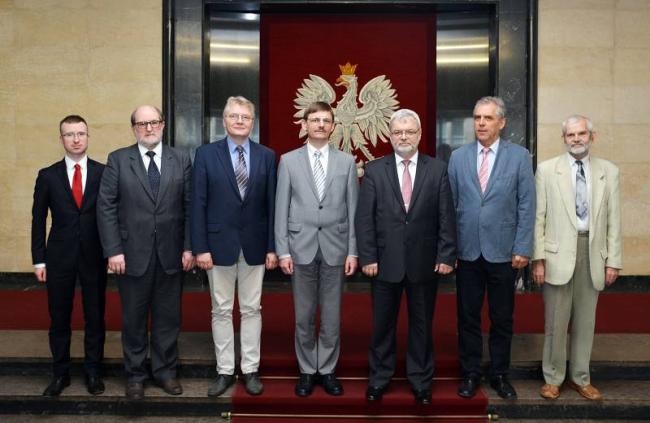
NCBJ experts in Minister of Energy’s Advisory Committee
The Energy Minister has established an advisory committee to analyse and prepare conditions for the implementation of high-temperature nuclear reactors (HTR). The first committee meeting was held on the 20th of July and involved an official nomination for committee experts.
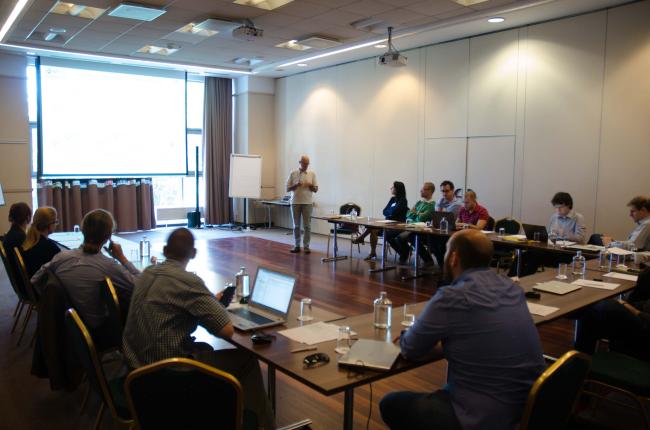
State-of-the-art system monitors radioactivity of water supplied to the Warsaw municipal network
Real-time operation and speed of response are the most important advantages of an innovative system to monitor radioactivity of water fed to municipal water supply network. The system has been developed with participation of NCBJ scientists. Inhabitants of Warsaw are the first in the world who are protected by that state-of-the-art solution.
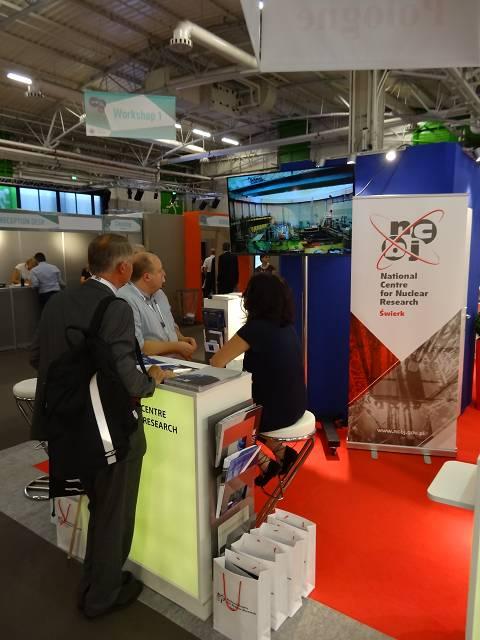
NCBJ on World Nuclear Exhibition in Paris
NCBJ participated in the second edition of the World Nuclear Exhibition fair in Paris held this year on June 28-30, 2016. Our exposition was a part of the Polish national booth organized by the Polish Ministry of Energy.
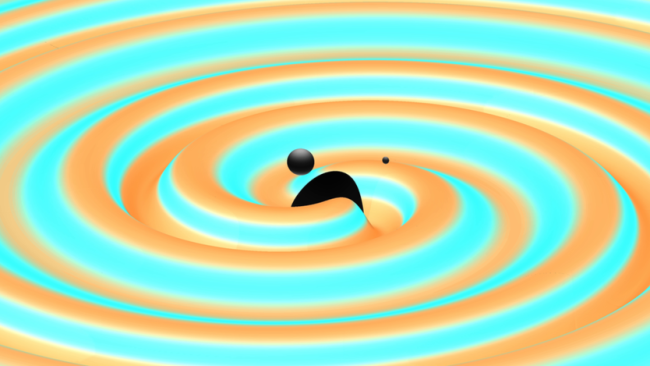
Gravitational waves detected from second pair of colliding black holes
On December 26, 2015 at 03:38:53 UTC the LIGO Scientific Collaboration and the Virgo collaboration observed gravitational waves – ripples in the fabric of spacetime – for the second time. The gravitational waves were detected by both of the twin Laser Interferometer Gravitational-Wave Observatory (LIGO) detectors, located in Livingston, Louisiana, and Hanford, Washington, USA.
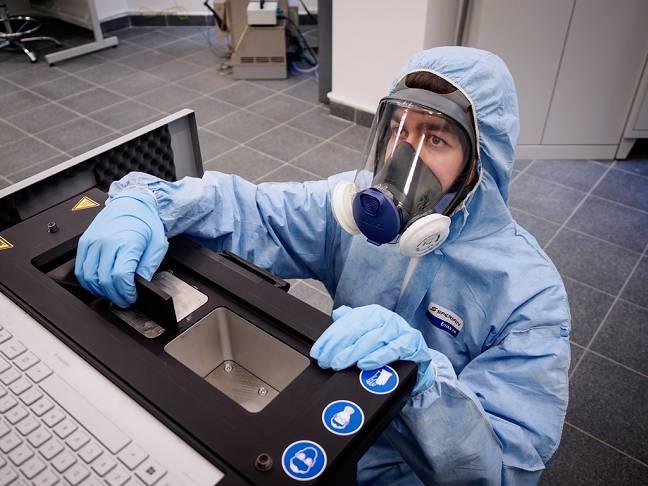
High-class 3D printing lab in Świerk
3D printing lab equipped with the first in Poland high-class 3D printer has started operations in NCBJ. The printer may print elements from such materials as steel, bronze, gold, silver, aluminium, and titanium alloys.
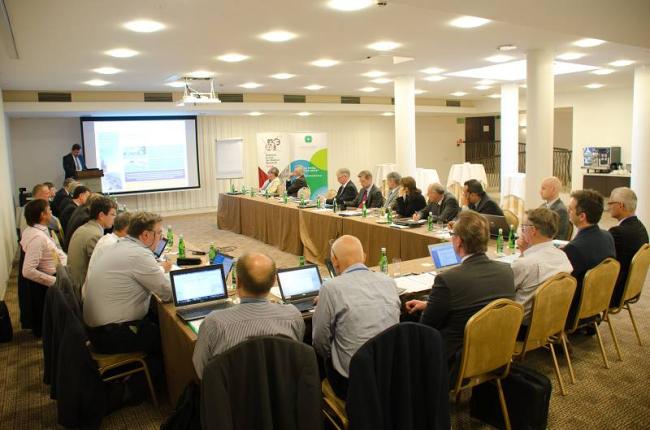
European Atomic Energy Society meeting in Warsaw
Annual meeting of European Atomic Energy Society (EAES) in Warsaw (June 4-8, 2016) was hosted by NCBJ. The PGE EJ 1 sp. z o.o. company was a partner.
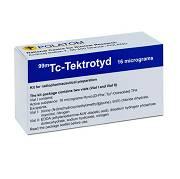
Tektrotyd, a new medicine from Poland, registered in Europe
The 99mTc-Tektrotyd preparation developed in NCBJ POLATOM Radiopharmaceutical Centre has been just authorised as a new medicine in almost all European Union countries. Due to some unique combination of features, including low price, an effective diagnosis of some cancers has become available to a wider range of oncology patients all over the world.
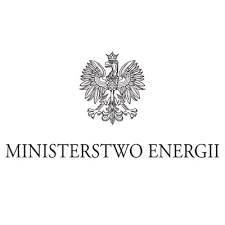
Intention letter to develop infrastructure for electric vehicles in Poland
Polish Ministry of Energy has presented underlying assumptions of a project to develop infrastructure for electric vehicles in Poland. The four largest electric energy suppliers in Poland (Enea S.A., ENERGA S.A., PGE S.A., and TAURON Polska Energia S.A.), Warsaw University of Technology, and NCBJ have signed an intention letter on joint efforts to accomplish that project, to promote/popularize electric vehicles among Poles, and to develop respective branches of the Polish industry.
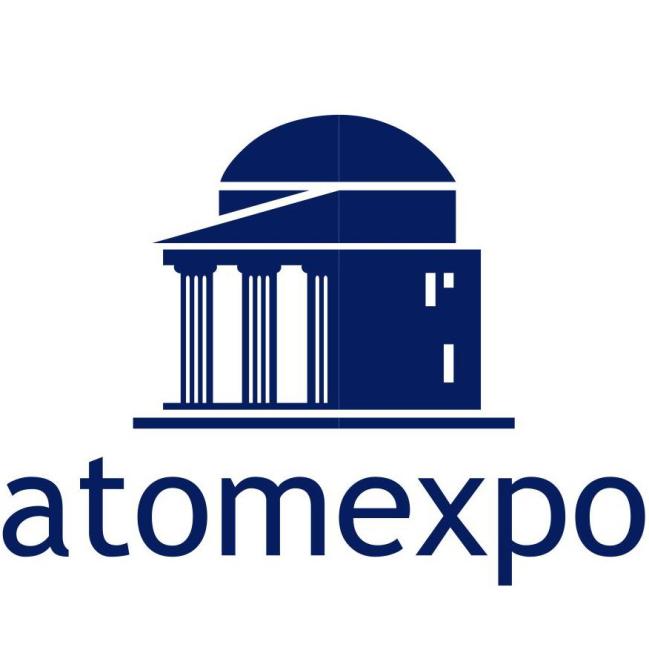
NCBJ buys uranium needed to develop the BNCT therapy
NCBJ has ordered the TVEL Russian company to deliver uranium plates necessary to conduct research on the boron neutron capture therapy (BNCT). The contract was signed during the ATOMEXPO fair recently held in Moscow.
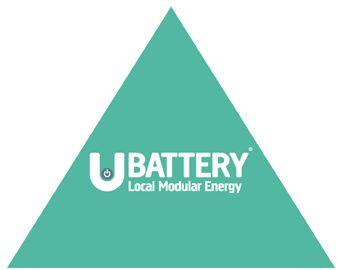
NCBJ is considering a project to deploy HTGR research reactor in Świerk
NCBJ scientists are considering a project to deploy in Świerk a new generation research HTGR (High Temperature Gas-cooled Reactor). An intention letter signed in that matter with the U-Battery British consortium has paved the way to accomplish the project. The tentative agreement was reached during a recent two-day long visit of Polish Ministry of Energy officials in UK.
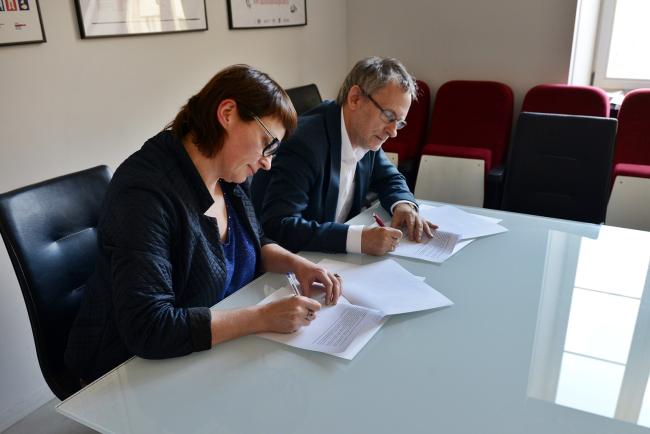
Polish filmmakers may use NCBJ-operated supercomputer on preferential terms
NCBJ and Polish Film Institute (PISF) have signed intention letter on sponsorship of Polish filmmakers. They will gain access on preferential terms to rendering services offered by the Renderownia Świerk centre in NCBJ.
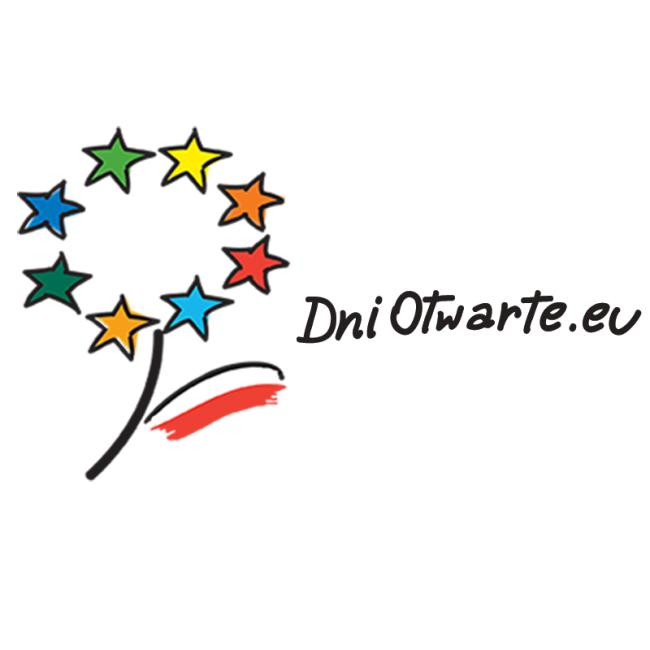
Science for technology, medicine and environment protection
Within the framework of the 3rd Open Days of European Funds all interested in cooperation with/offer of NCBJ are invited to come to Świerk on Friday, May 13, 2016. Five groups each of 25 visitors will be admitted. Each prospective visitor must fill up registration form and supply his/her personal data by an e-mail (see the form for instructions). Free-of-charge bus transport between Otwock railway station and Świerk Research Centre will be provided. An unattended parking for private cars will be available next to the Centre entrance gate.
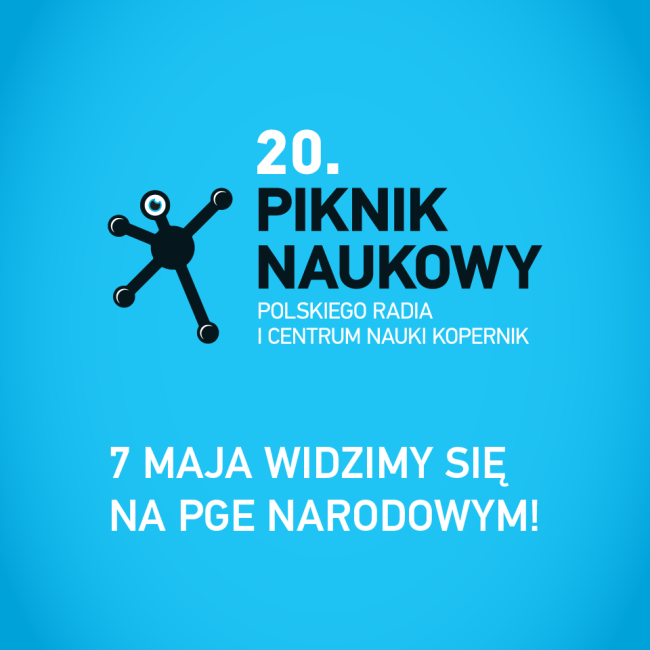
Scientific picnic organized at National Stadium in Warsaw
During scientific picnic organized on premises of National Stadium in Warsaw NCBJ employees familiarized visitors of booth F18 with various topics related to medical applications of ionising radiation.
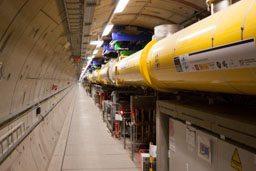
Świerk meeting of future users of European XFEL beams
Scientists interested in research on beams to be generated by European XFEL (X-ray Free Electron Laser) met in Świerk on April 26, 2016. NCBJ is a shareholder of an international project to develop that unique large research facility worth more than 1.22 billion Euro. Poland will soon co-own all future discoveries and results of experiments performed at the facility.
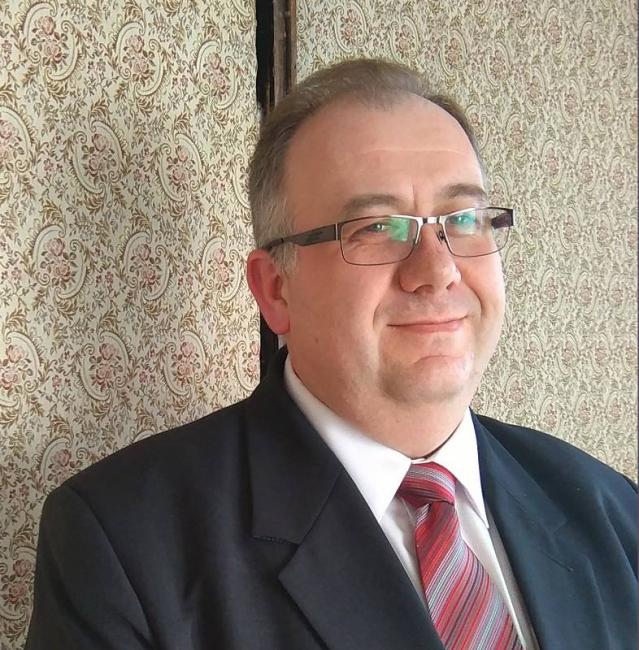
President of National Atomic Energy Agency visited Świerk
During his visit paid to Świerk on April 22, 2016, Mr. Andrzej Przybycin, Acting President of National Atomic Energy Agency (NAEA), and the accompanying persons familiarized themselves with current status of works conducted at the MARIA reactor/POLATOM radioisotope centre/NCBJ Accelerating Structures Lab, and with models of particle accelerators currently commercially offered by NCBJ.
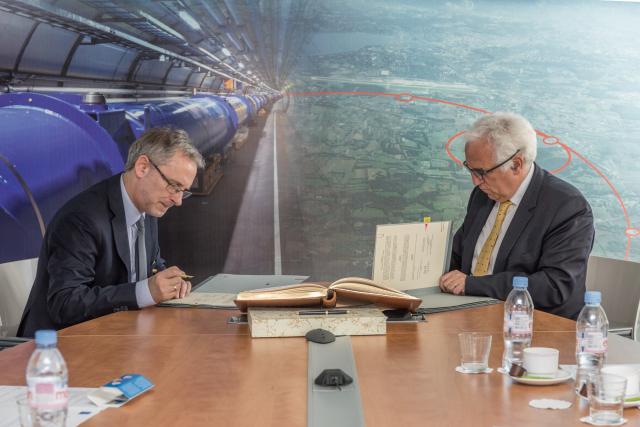
CERN/NCBJ cooperation agreement extended
On April 20, 2016 Professor Krzysztof Kurek, NCBJ Director General, and Dr Frédérick Bordry, CERN Director for Accelerator Technologies, signed an agreement on future CERN/NCBJ cooperation. Particular emphasis was put on further R&D works aimed to improve performance of the Large Hadron Collider (LHC) accelerator.
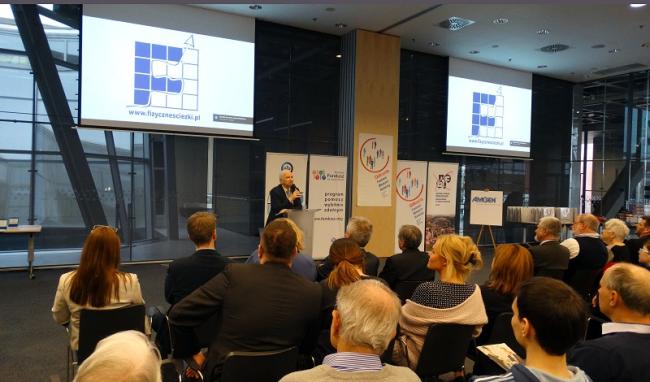
11th edition of the „Path of Physics” contest concluded
On April 9, 2016 the high-school students qualified to the „Path of Physics” contest finals presented their works at premises of Institute of Physics PAS in Warsaw to contest jury, organizers, tutors/teachers, and invited guest. The guests included Professor Marian Grynberg from Warsaw University (a member of the contest Advisory Committee), Professor Jerzy Zachorowski from Jagiellonian University (Cracow) and Dr. Krzysztof Karpierz from Warsaw University.
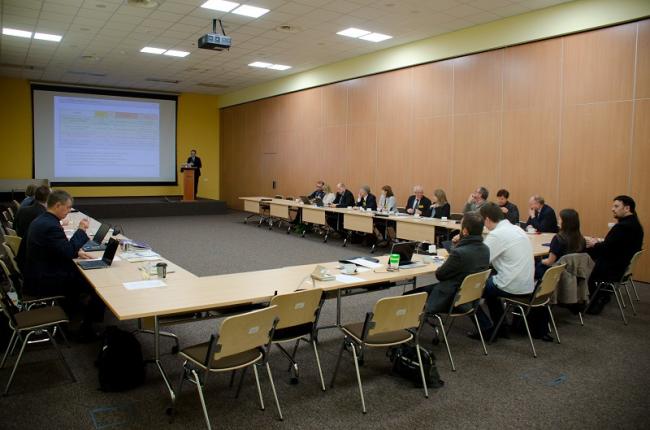
Council for Innovativeness session in Świerk
Council for Innovativeness at the City of Warsaw Mayor convened in NCBJ on April 8, 2016. The council mission is to advise local authorities how to foster innovative business ventures.

11th edition of the “Paths of Physics” contest
11th edition of the all-nation “Paths of Physics” contest for high school students interested in the sciences will conclude in a show organized on the second floor of the Copernicus Science Centre at 20, Wybrzeże Kościuszkowskie 20 str. in Warsaw on Sunday, April 10, 2016. All interested persons are invited to attend.
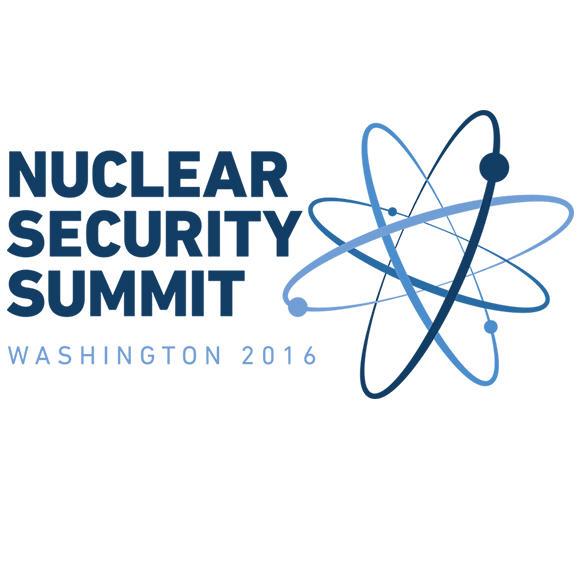
K.Kurek in Polish delegation to Nuclear Security Summit
Nuclear Security Summit held in Washington DC on March 31/April 1 was the largest convention of world leaders since the time UN had been called into being. 50 leaders of various nations met to discuss nuclear security issues and threats brought about by terrorists. Professor Krzysztof Kurek, NCBJ Director General, was among members of the Polish delegation headed by Andrzej Duda, President of Poland.

NCBJ Management Easter wishes
We wish you Easter full of faith, hope and love, joyful, spring mood as well as warm meetings with family.
Management of National Centre for Nuclear Research.
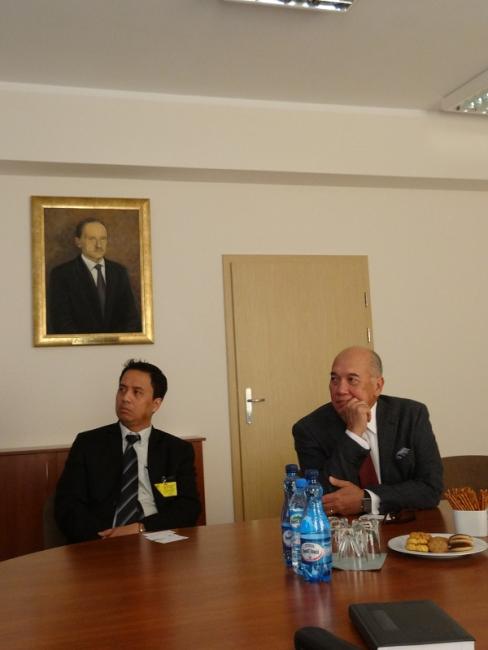
Ambassador of Indonesia in NCBJ
Mr. Peter Frans Gontha, Ambassador of Indonesia to Poland, visited NCBJ to discuss perspectives of cooperation between scientific communities of both countries, and to familiarise himself with linear accelerators currently in NCBJ’s commercial offer.
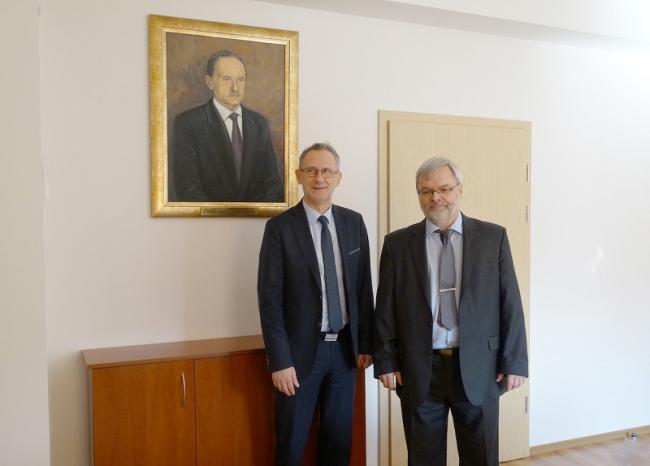
Director of Ministry of Energy Nuclear Power Department in Świerk
Dr. Józef Sobolewski, Ministry of Energy Nuclear Power Department Director with some accompanying persons visited NCBJ. The guests were presented with radioisotope production capacity of the MARIA reactor and Świerk capacity to support the Polish Nuclear Power Programme. Dr. Sobolewski is a former employee of our Institute.

Late Professor Jerzy Bartke
Professor Jerzy Bartke, outstanding physicists, founder of the Division of Relativistic Nuclear Physics and Interactions of Hadrons in the PAN Institute of Nuclear Physics in Cracow, mentor and tutor of a few generations of Polish scientists, passed away.
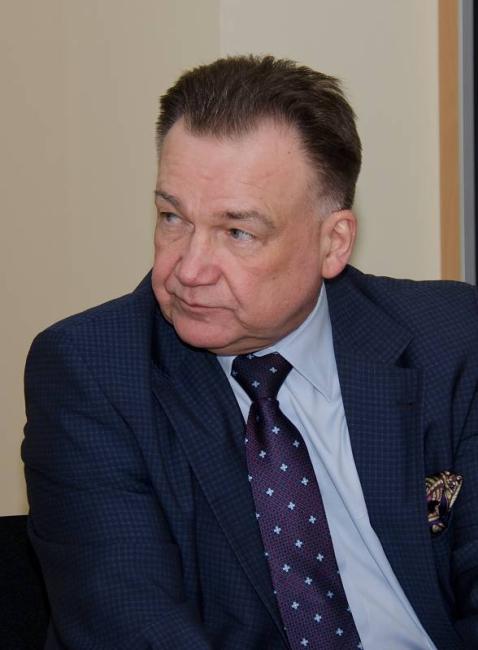
Adam Struzik, Mazovia Voivodeship Marshall, visited NCBJ
During his visit paid to NCBJ Adam Struzik, Mazovia Voivodeship Marshall, acquainted himself with infrastructure and capabilities of the Świerk Computing Centre (CIS) and Science & Technology Park (PNT). The visit was also an opportunity to present outcomes of the projects recently accomplished in our Institute with financial support of EU.
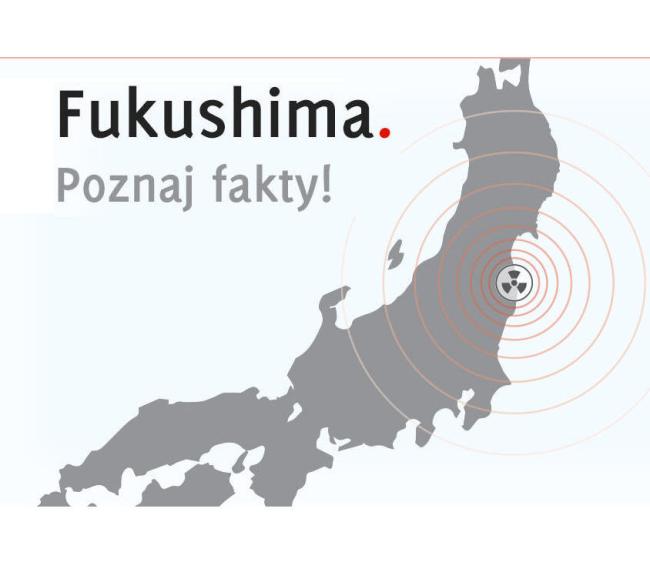
5th anniversary of events in Fukushima nuclear power plant. Get the facts
Earthquake followed by tsunami that occurred on March 11, 2011 – five years ago – brought some disastrous consequences in Japan, including a catastrophe in the Fukushima-Daiichi nuclear power plant. Even as much as 5 years has passed since the catastrophe, many false information are still vivid among the public, and some misstatements circulating the media are still negatively influencing the entire nuclear power industry.
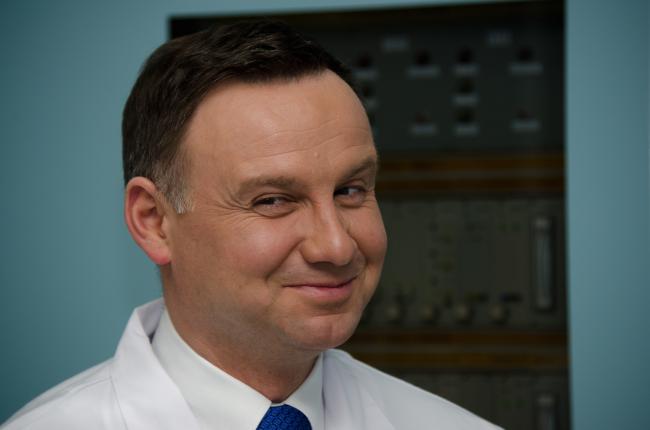
Andrzej Duda, President of Poland, in NCBJ
Andrzej Duda, President of Poland, visited MARIA, the sole nuclear reactor operated in Poland, where he was presented with outcomes of the already concluded MARIA’s fuel conversion process. Poland committed to switch the fuel from highly enriched uranium (HEU) to low-enriched uranium (LEU) back in 2004 when it joined the Global Threat Reduction Initiative (GTRI) programme.
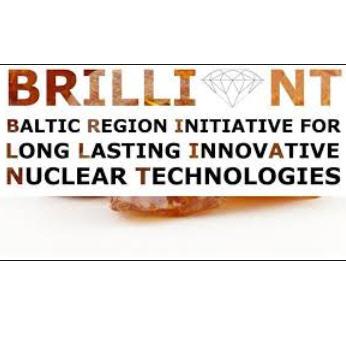
Atom – the basic energy source for the Baltic region
Some experts from Lithuania, Latvia, Estonia, Sweden and Poland working on the BRILLIANT (Baltic Region Initiative for Long Lasting InnovAtive Nuclear Technologies) project met in Ministry of Energy in Warsaw on February 29, 2016. The task force discussed a project to create a joint scientific/technological platform that would facilitate regional approach to the issue of development of nuclear technologies in the Baltic region.
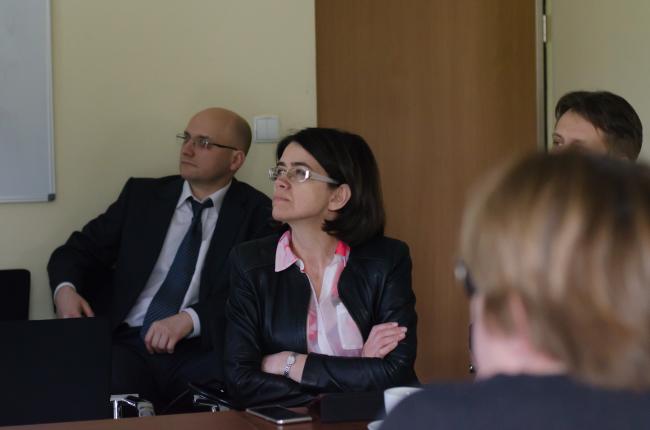
Minister of Digital Affairs has paid a visit to NCBJ
Anna Streżyńska, Minister of Digital Affairs, has paid a visit to NCBJ. She familiarized herself with IT infrastructure and technical background developed within the Świerk Computing Centre (CIŚ) project framework.
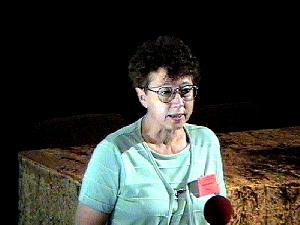
Late Prof. Danuta Kiełczewska
Professor Danuta Kiełczewska passed away on February 22, 2016. She was a member of the Warsaw University Physics Faculty and also for several years a member of scientific staff in the Andrzej Sołtan Institute for Nuclear Studies. Her professional achievements and organizational talents laid foundations for experimental neutrino physics in Poland cultivated by strong teams in Warsaw, Cracow, Wrocław and Katowice
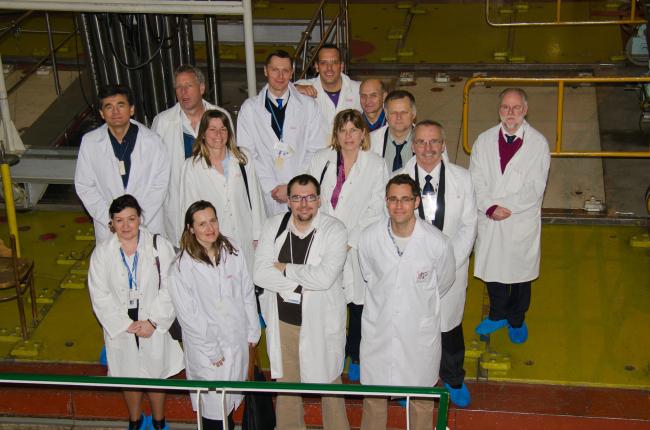
Attendees of the Great Energy Summit conference have visited Świerk
Representatives of some private companies from the British nuclear industry sector and some employees of Commercial Sections of British embassies in CEE/Balkan countries have visited NCBJ Świerk.
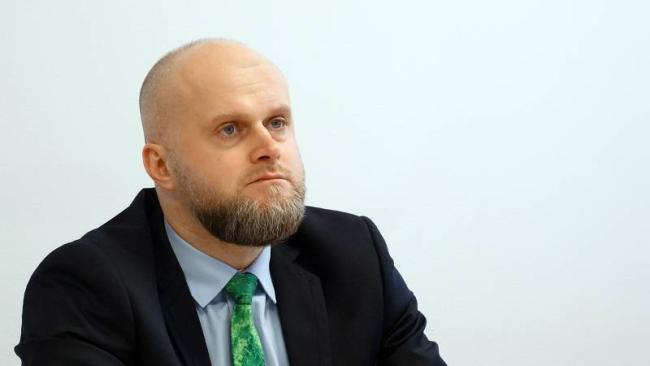
NCBJ management has met with some Ministry of Health officials
Mr. Krzysztof Łanda, Undersecretary of State in the Ministry of Health, accompanied by some representatives of Health Technology Assessment Agency, paid a visit to Świerk. The guests were presented with NCBJ capacities and achievements in the field of nuclear medicine-related applications.
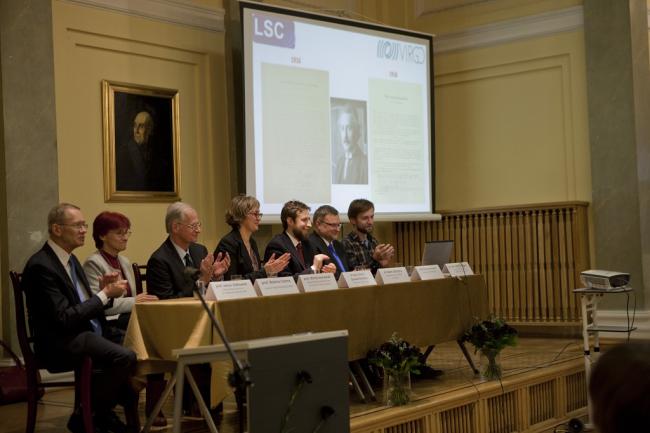
Gravitational waves discovered 100 years after Einstein had predicted them
For the first time in history scientists have observed some “wrinkles” on the spacetime “fabric”. These gravitational waves have arrived to Earth from a distant point in the Universe where some catastrophic event had taken place. The observation has confirmed one of the most profound consequences of the General Theory of Relativity proposed by Einstein in 1915 and has opened up quite new perspectives in research on the Universe.
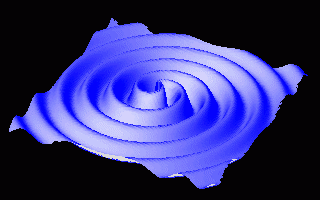
What is known on gravitational waves
Current status of research on gravitational waves was presented on a special press conference organized by Polish scientists on February 11, 2016 in Warsaw on the occasion of 100th anniversary since Albert Einstein predicted the waves.
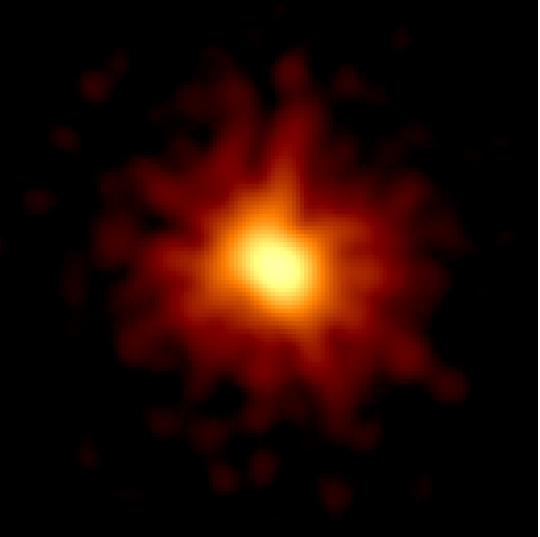
Looking for optical transitions possibly related to candidates for gravitational waves
Polish scientists involved in the Pi of the Sky astronomical project are looking for optical transitions related to candidates for gravitational waves detected in data acquired by the Advanced LIGO and Advanced Virgo interferometers. The search is conducted within framework of the EM Follow-up project run by the LSC-Virgo collaboration. Data acquired by Pi of the Sky telescopes are analysed jointly by Pi of the Sky and Polgraw research teams.
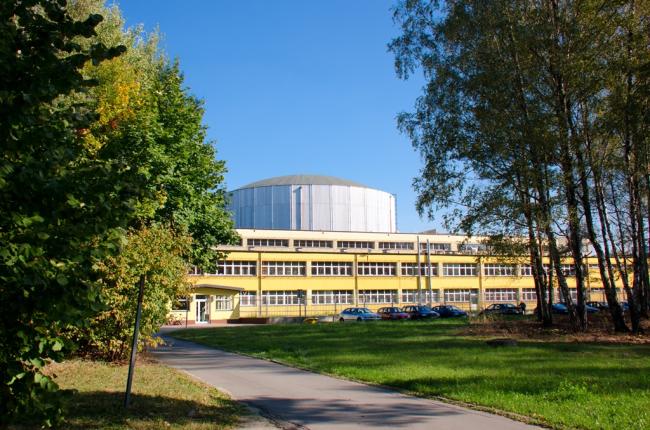
MARIA has already helped more than 75.5 million patients
Molibdenum-99 isotope widely applied in nuclear medicine to save human life is produced from uranium targets irradiated in research nuclear reactors. The NCBJ-operated MARIA reactor is covering nearly 20% of world demand for the targets. MARIA has already helped more than 75.5 million patients.
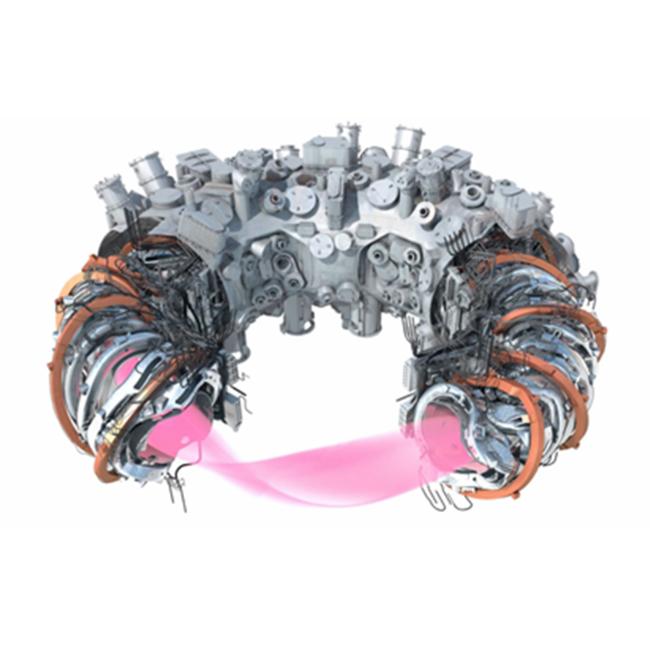
Getting closer to harness thermonuclear fusion
A new phase of research on Wendelstein 7-X (W7-X) was solemnly inaugurated on February 3, 2016. Poland participates in this multinational project to develop the world’s largest stellarator-type fusion device. Scientists hope that hydrogen plasma, the real research object of fusion research, will become available already this year.
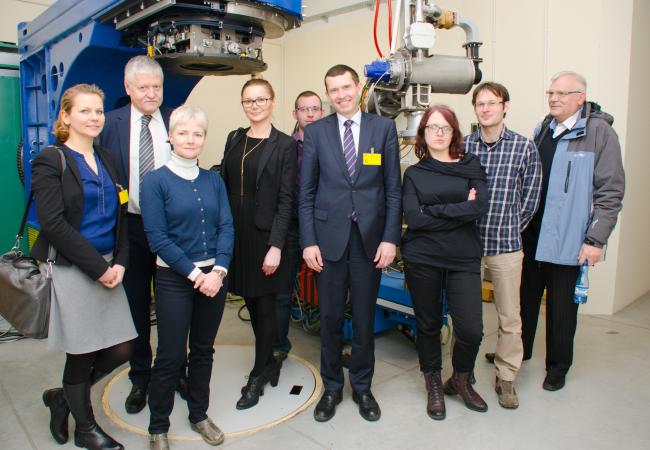
A milestone in development of the INTRA-DOSE accelerator
All major technical parameters set by designers of a medical accelerator currently under development within the INTRA-DOSE project have been attained. This is a milestone in development of the Polish Comprehensive System for Intra-operative Radiotherapy. Current state of the project was discussed in detail during a visit paid to Swierk by Professor Julian Malicki, Director of Wielkopolskie Cancer Centre (WCO) in Poznań.
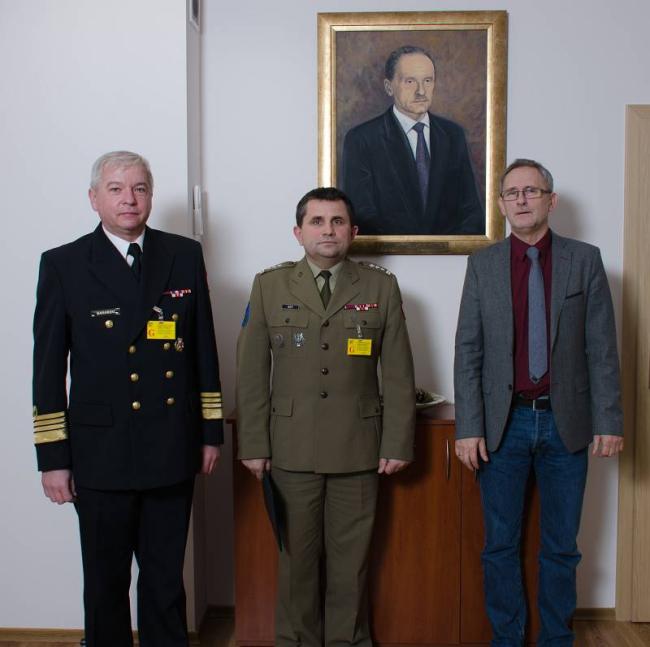
Evaluation of the Patrol-2015 exercises in Świerk
Commander Jacek Barański, Head of Centre for Contamination Analyses (COAS) and Colonel Bogusław Kot, Chief Expert in the Department of Defence Against Weapons of Mass Destruction in General Command of Polish Armed Forces visited NCBJ on January 11.
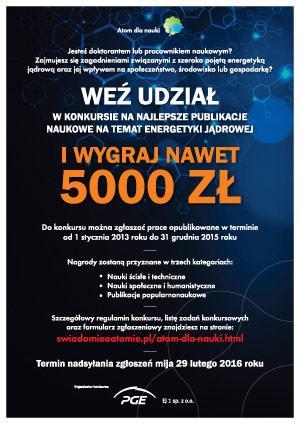
3rd edition of the “Atom for Science” project
3rd edition of the “Atom for Science”, nation-wide educational project accomplished by the PGE EJ 1 company, kicked off on January 12, 2016. That way the Company responsible for development of the first nuclear power plant in Poland encourages students and academic staff to take a more close interest in nuclear power. During this academic year PGE EJ 1 is going to develop a more tight cooperation with several universities. Within that framework, some attractive contests have been prepared for young scientists.
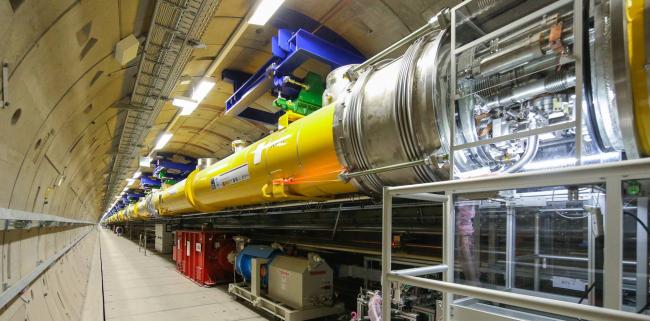
First electrons in European XFEL
Succesful acceleration of first electrons in XFEL electron injector is a major milestone in development of the European Free-Electron X-ray Laser. Eu-XFEL Accelerator Consortium has assigned NCBJ the task to produce and deliver some 1.2 million Euro worth components of control circuitry to-be-deployed at XFEL research stands. The assignment is a sure sign of recognition of capabilities of Polish science/industry.
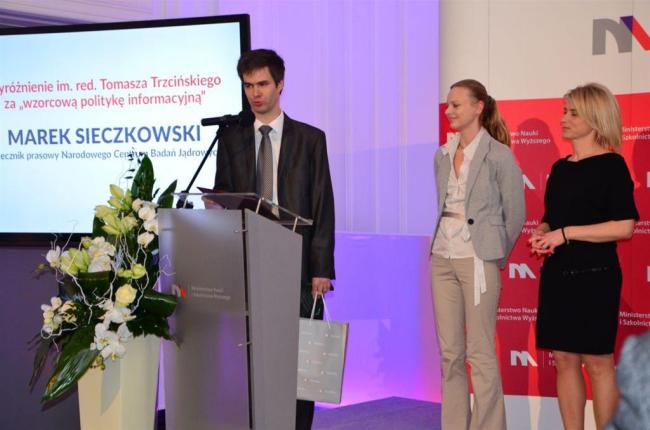
NCBJ spokesman awarded for his professional information policy
Marek Sieczkowski, NCBJ spokesman, has been awarded with the Tomasz Trzciński honourable mention for professionalism in shaping the Institute information policy. This prestigious award is awarded within the framework of the “Science Communicator 2015” competition organized by Polish Ministry of Science and Higher Education together with the “Science in Poland” website run by PAP (Polish Press Agency). The award proves efficiency of Mr. Sieczkowski’s communication activities.
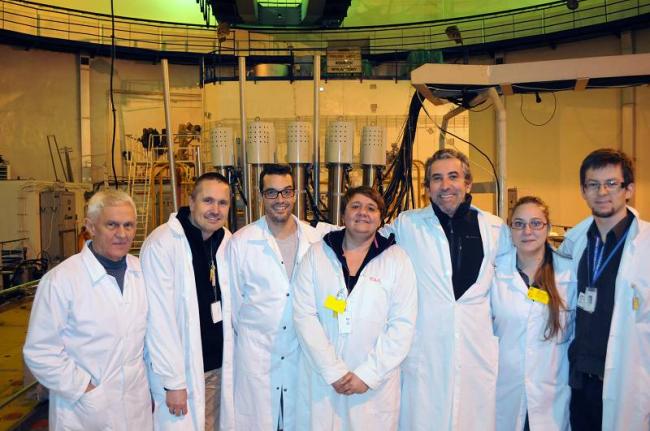
The GAMMA MAJOR project accomplished in Świerk
GAMMA MAJOR (Gamma Heating of Maria and Jules Horowitz Reactor) research project comprised of some experiments, measurements and analyses done at the Świerk-operated MARIA research reactor. The last stage of the project has just been concluded. The results will help to safely operate the Jules Horowitz research reactor (JHR) under development in Cadarache (France).
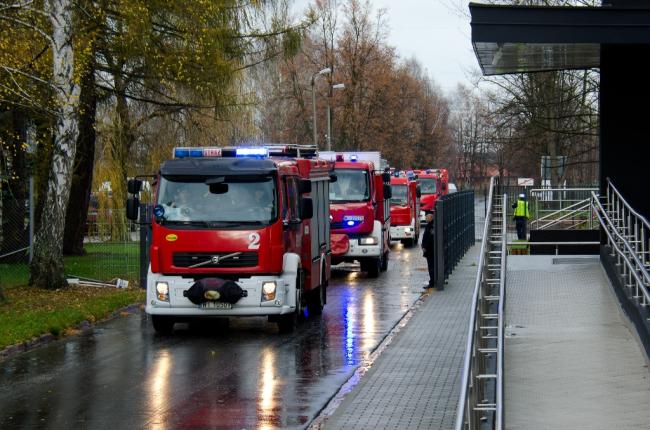
Anti-terrorist exercise in Świerk
National System of Contamination Detection & Alerting (KSWSiA) has been put to a nation-wide test dubbed “Patrol-15”. Anti-terrorist game played in NCBJ on November 19, 2015 was an episode of that test.
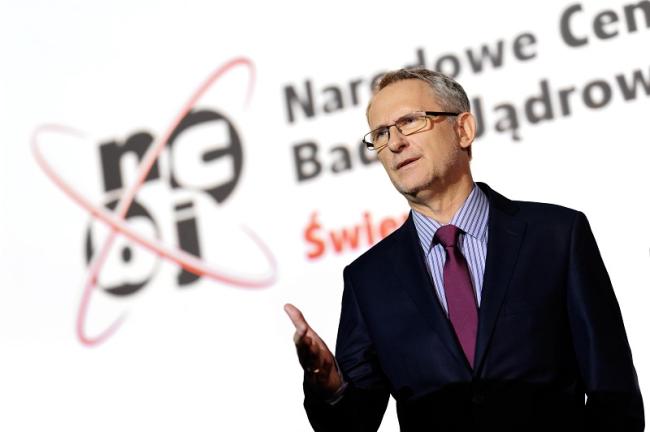
New NCBJ Director General
NCBJ, the largest research Institute in Poland, has a new Director General. The post held for the last 8 years by Professor Grzegorz Wrochna (till September 2011 Director of Institute for Nuclear Studies, NCBJ’s predecessor) has been taken over by Associate Professor Eng. Krzysztof Kurek, former NCBJ Secretary for Scientific Matters.
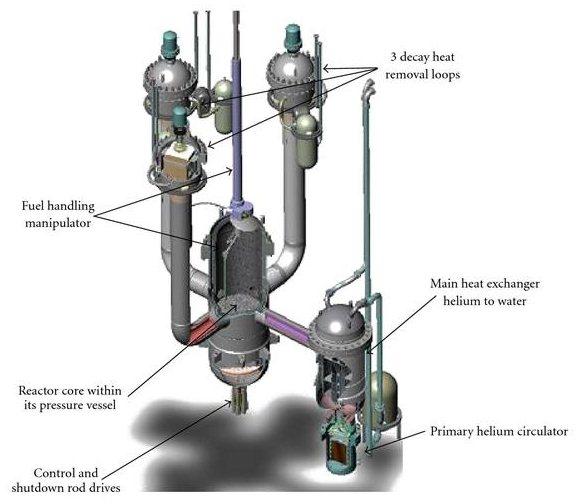
Research on 4th generation nuclear reactors
Coordinators of the Allegro research project run by the ESNII consortium and members of the V4G4 association Steering Committee met on October 21–22 in NCBJ. The so-far done research on 4th generation gas-cooled nuclear reactors have been summed up and schedule of works planned for the coming months was accepted.
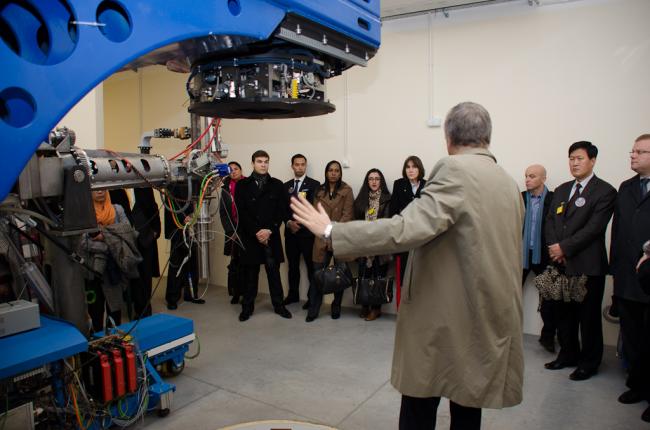
Diplomatic business advisors visited Świerk
NCBJ was visited by a group of foreign diplomats associated in Club of Business Advisors at the Polish National Chamber of Commerce. During their stay in Świerk the diplomats familiarized themselves with the structure, the current research potential, and the currently available commercial offer of the largest research Institute in Poland.
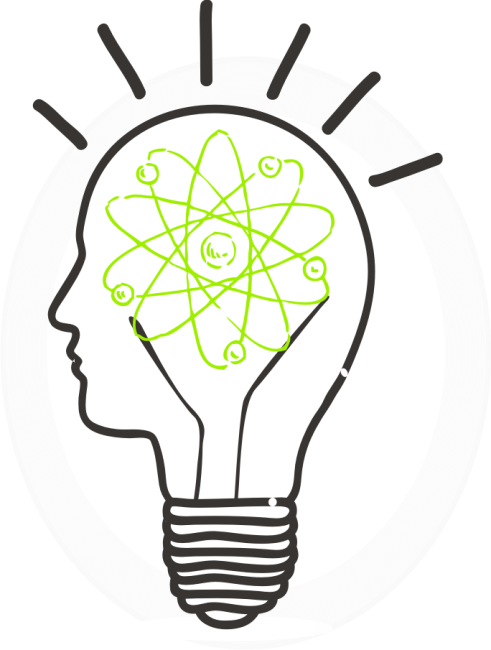
8th edition of Int’l School on Nuclear Power
8th edition of Int’l School on Nuclear Power (October 26-30, 2015) is targeted at teachers/students, public administration officials, local government employees, civil servicemen, Polish nuclear power plant investor staff, companies/universities/research institutes involved in the programme to develop the first nuclear power plant in Poland, as well as at all other persons interested in the subject.
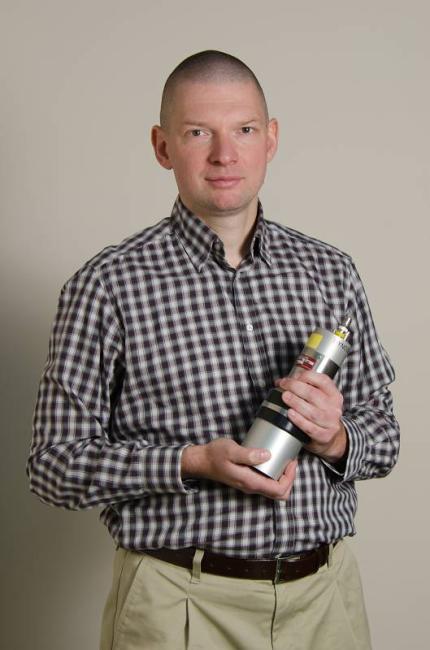
Prototype radioactivity detector for municipal water supply systems
NCBJ has developed a prototype detector to identify radioactive isotopes in water. The detector will be a key element of an innovative system built to monitor radioactive contamination in municipal water supply systems, currently under development within the European Union FP7 Security project framework. Warsaw, as the first city in the world, will test in early 2016 such a solution aimed to secure tap water consumers.
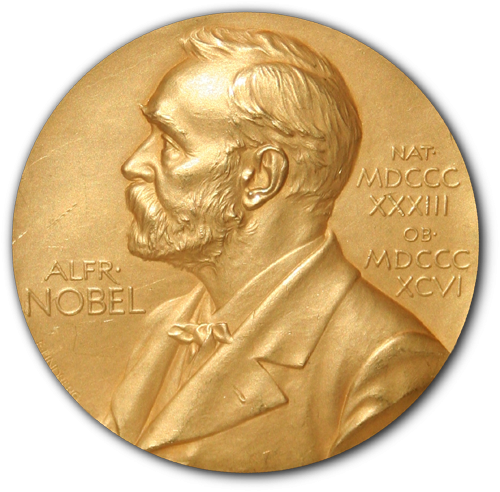
Nobel prize for research on neutrino oscillations
Royal Swedish Academy of Sciences in Stockholm has announced that this year Nobel prize in physics goes to Takaaki Kajita from Japan and to Arthur B. McDonald from Canada. Polish scientists who have participated in the Super-Kamiokande Japanese experiment for many years warmly congratulate the winners.
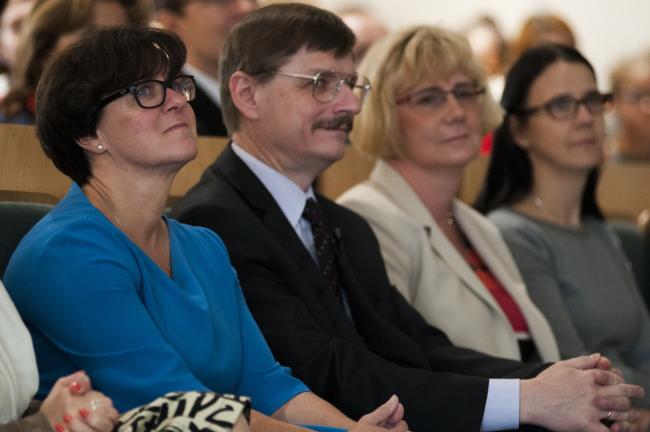
Professor Wrochna gave a lecture during ceremonial inauguration of the Children’s University academic year
Children’s University new academic year was ceremonially inaugurated on October 3, 2015. During the ceremony the best lecturers and workshop leaders of the previous academic year 2014/2015 selected by the children have been distinguished and awarded. The ceremony culminated in a lecture entitled “What our Universe is made of?” given by Professor Grzegorz Wrochna, NCBJ Director General.
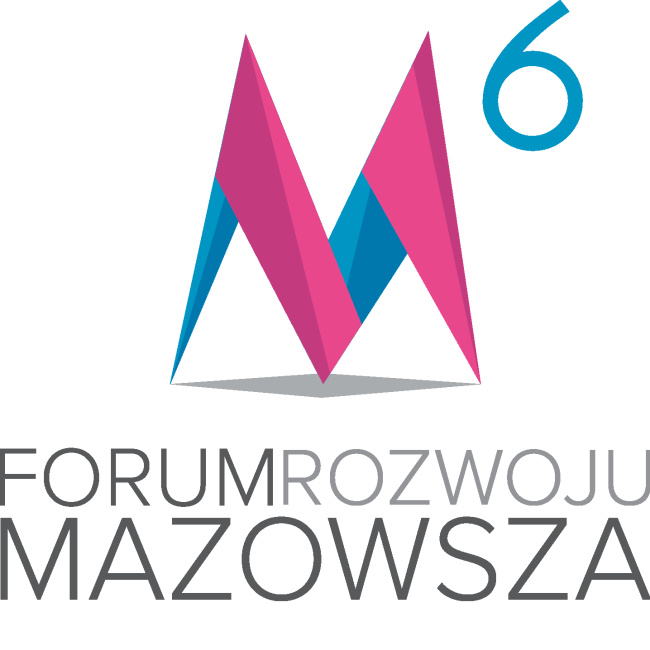
Mazovia Development Forum
Objective of the “Mazovia Development Forum” event is to promote innovativeness, entrepreneurship, and absorption of funds allocated by EU for development of the Mazovia region. This year 6th edition will be held on National Stadium in Warsaw between October 7–8, 2015. About 40 debates/presentations and numerous workshops/networking meetings in 10 thematic areas are on the agenda.
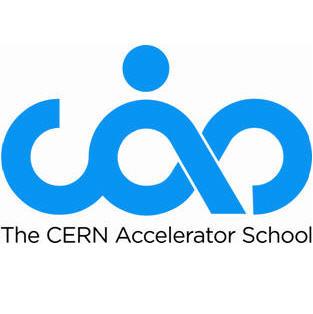
CERN Accelerator School (advanced edition)
CERN jointly with NCBJ has organized in Warsaw and Świerk another edition of advanced School of Accelerators. Nearly 100 attendees from the entire world will be deepening their knowledge on accelerator physics and technology between September 27 and October 9, 2015.

Some Polish Nucleonic Association prizes went to students who prepared their BSc works in Świerk
Polish Nucleonic Association has appointed winners of the contest for the best BSc works in the atomic science field prepared during the academic year 2014/2015.
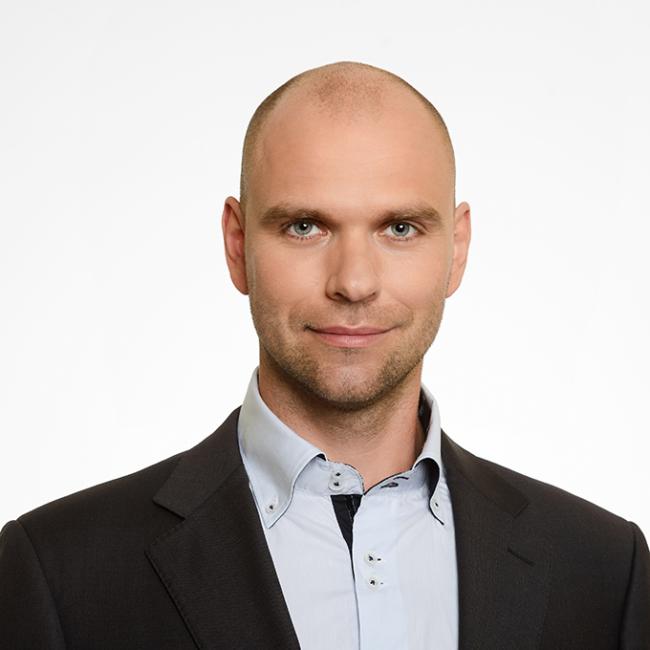
Prestigious grant for scientists from Świerk
Dr. Karol Wawrzyniak from NCBJ has won a prestigious grant from the AXA Research Fund. The grant will be supporting research on estimation of risks related to unstable states in national power grid and on blackout prevention.
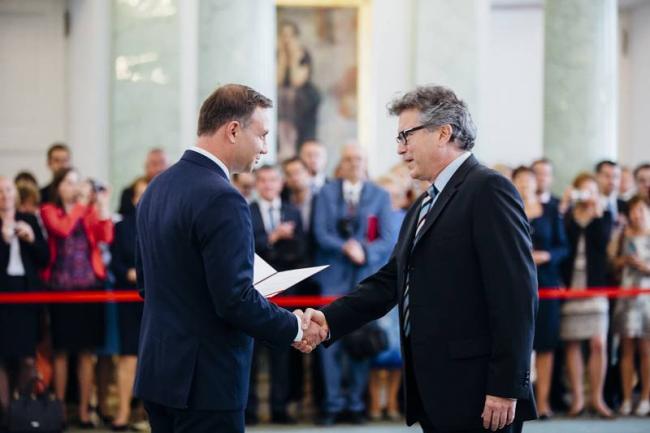
Professor Michał Spaliński
Andrzej Duda, President of the Republic of Poland, nominated his first batch of Professors on September 16, 2015. Michał Spaliński from NCBJ Theoretical Physics Division was among the new Professors.
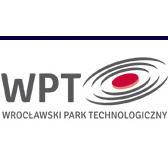
Technology parks for modern industry
Wrocław Technology Park and NCBJ-organized Świerk Technology Park are jointly inviting all interested parties to attend the “Offer of technology parks for modern industry” conference to be held in the Wrocław Technology Park Sigma building at 11, Duńska str. in Wrocław on Monday, September 28, 2015.
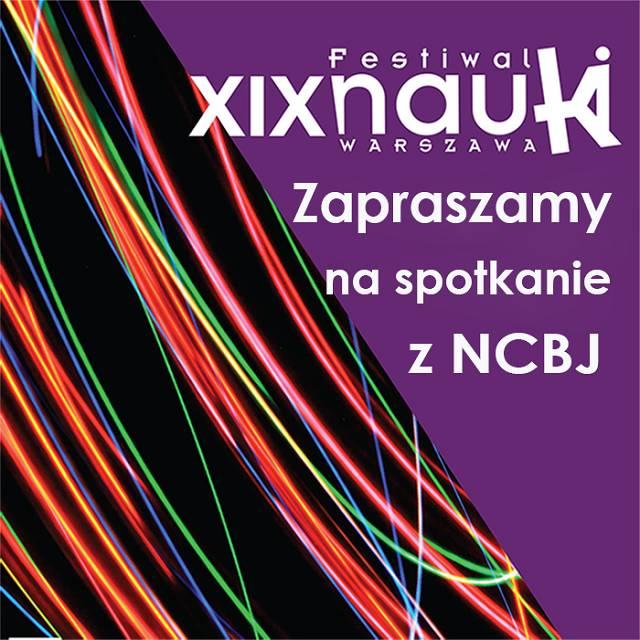
Get in touch with nuclear reactor, ionizing radiation, and mysteries of the Universe
NCBJ participates in organization of this year 19th edition of Science Festival in Warsaw. Events of the Festival Warsaw will start on Saturday, September 19, 2015. We have prepared a number of lectures (in Polish), workshops, excursions and scientific shows presenting selected topics of research conducted in our Institute, which (we hope) will be interesting for both youth and adults. Our employees will tell you what methods are used to study radiation emitted by nuclei, how scientists are trying to reveal genesis of our Universe, or how the largest research facilities on Earth are being developed/constructed. All interested are invited to attend our events organized in the Warsaw University Physics Faculty building at 5, Pasteura str. in Warsaw, and to participate in an excursion to Świerk.
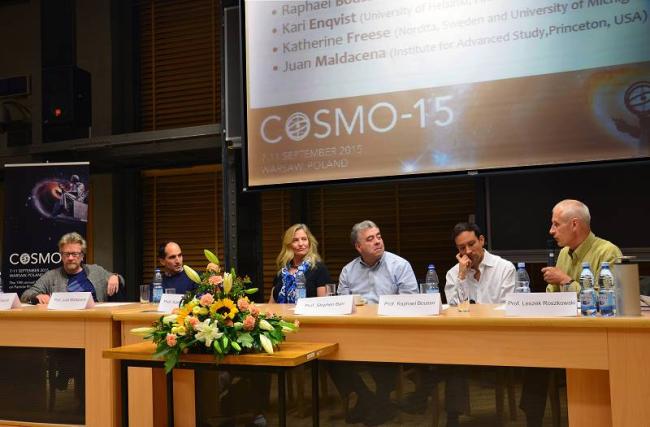
COSMO-15: Is physics soon going to exceed its boundaries – just to immediately set some new ones?
The COSMO-15 international conference held in Warsaw University Old Library Building came to end. World-class cosmologists discussed fundamental issues related to origin, early evolution, and current structure of our Universe. Majority of the experts agreed that a breakthrough in investigations on dark matter is just around the corner.
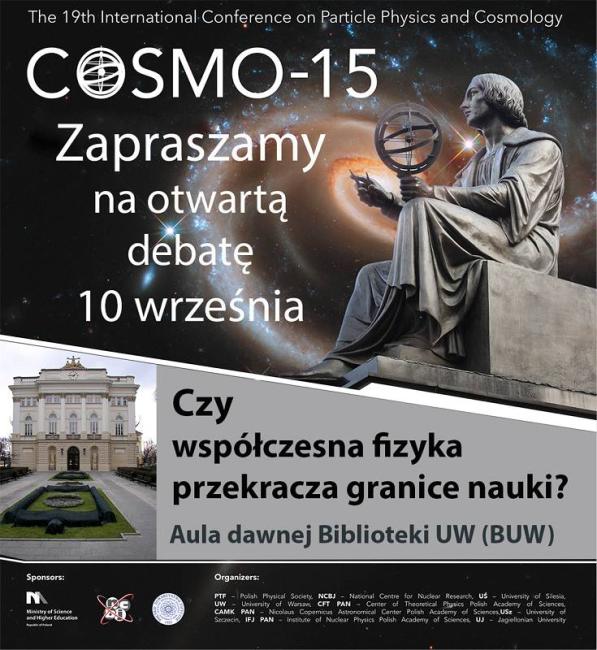
Debate on nature of our Universe and science limits
Outstanding physicists from the entire world, attendees of the COSMO-15 Conference held in Warsaw, are going to participate in an open debate entitled “Is modern physics crossing the boundaries of science?” to be held on Thursday, September 10, 2015 in the Warsaw University Library Old Building (BUW). The panel discussion will be opened for the general public.
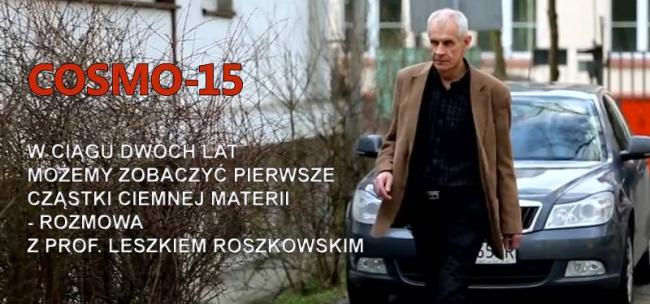
CCOSMO-15: in two years we might spot the first dark matter particles
Mysterious dark matter observed in cosmos mainly as gravitational shadows has been inferred for a long time. Perhaps it is composed of neutralinos, particles predicted by super-symmetric theories of the matter. Estimations performed by a team of physicists from NCBJ in Świerk suggest that new generation detectors (just in the commissioning phase) will help to definitively resolve the neutralino existence question within two coming years.
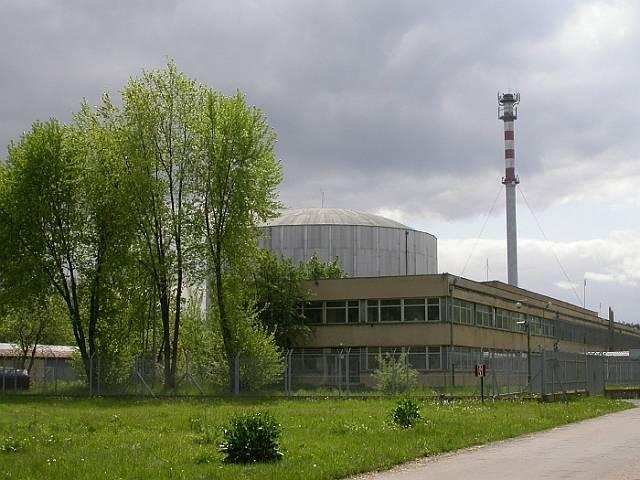
Success of women engaged in nuclear physics
Monika Szołucha won national phase of the Graduate of the Year contest. The other five finalists of the international phase came from Brasil, France, The Netherlands, Russia, and Great Britain.
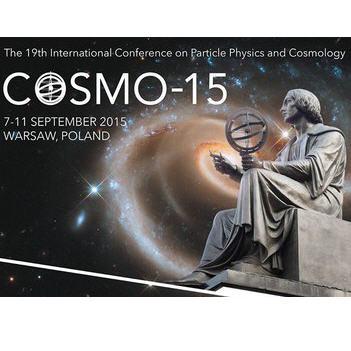
Physicists are scrutinizing foundations of the Universe at the COSMO-15 international conference
Our Universe continues to be a huge mystery for scientists. Participants of the COSMO-15 international conference held in Warsaw between September 7-11, 2015 are scrutinizing fundamental issues regarding origin, evolution, and structure of the Universe.
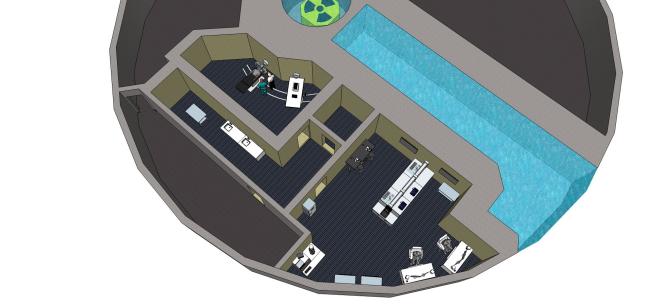
Renaissance of the BNCT therapy
The MARIA nuclear reactor operated in Świerk will soon be equipped with some new test facilities. NCBJ researchers are going to put in operation a lab dedicated for research on beams of epithermal neutrons. That will enable research on Boron-Neutron Capture Therapy (BNCT), a method to treat some cancer types, e.g. brain cancer.
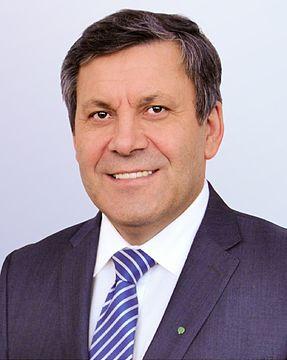
Janusz Piechociński, Polish Deputy Prime Minister in Świerk
Janusz Piechociński, Polish Deputy Prime Minister and Minister of Economy took part in 3rd Otwock Count Business Forum organized in NCBJ.
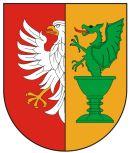
3rd Economic Forum of the Otwock County
3rd Economic Forum of the Otwock County will be held in NCBJ on September 4, 2015.
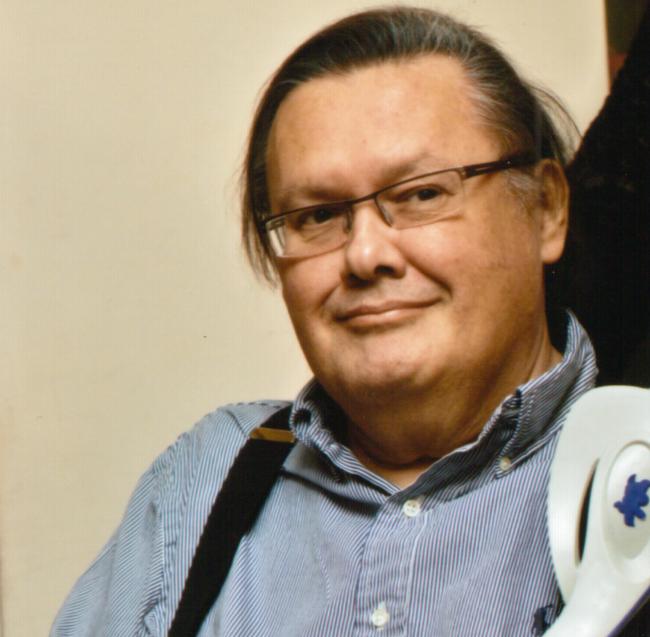
NON-LINEAR UNIVERSE - Roman Juszkiewicz 1st Symposium
70 cosmology researchers from the entire world – among them some world-famous scientists – are going to attend Symposium to be held between August 24-28 in Warsaw in commemoration of the most famous Polish cosmologist – late Professor Roman Juszkiewicz.

Świerk supercomputer among the world’s fastest computing systems
The developed in NCBJ Świerk Computer Centre (CIS) computer cluster has been ranked 155th on the prestigious TOP500 list of the world’s top supercomputers.
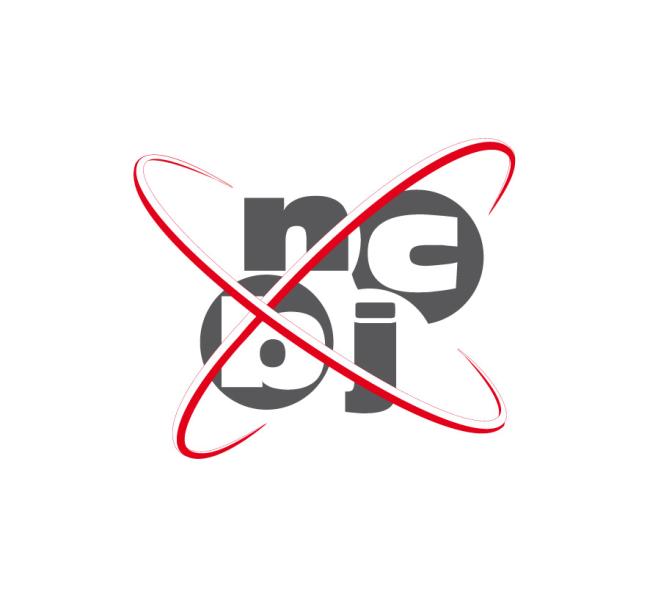
Scientific Council's board has selected a candidate for the post of NCBJ Director General
Selection Board constituted by NCNJ Scientific Council has concluded evaluation of all runners in the competition to select NCBJ Director General. The Board has decided to recommend Dr. hab. Eng. Krzysztof Kurek as a candidate for that post to the Polish Minster of Economy (NCBJ founding body) .
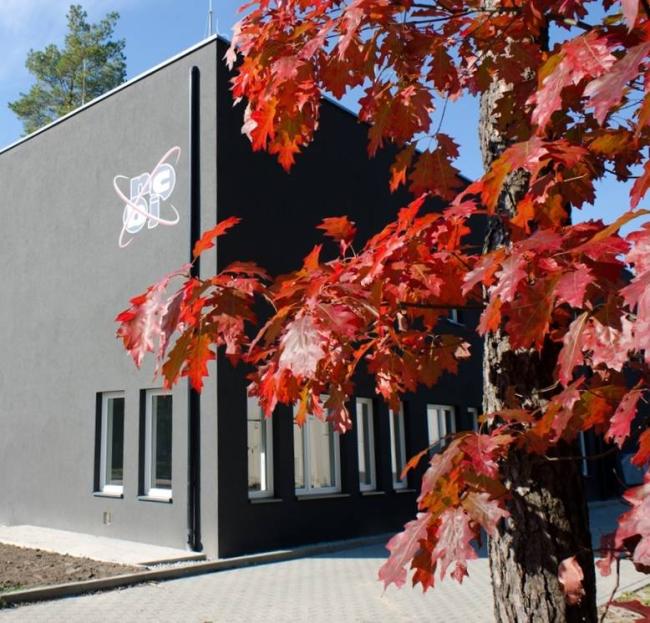
Modernization of research infrastructure in Świerk
New labs and facilities developed within the just coming to the end 4LABy project have greatly improved NCBJ research infrastructure. Outcomes of the project were presented on a special conference held on June 24.
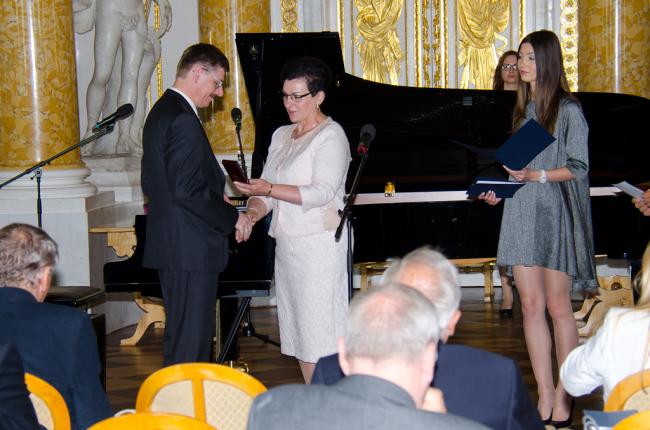
Honours awarded at the Royal Castle in Warsaw
Bronisław Komorowski, President of Poland, awarded some outstanding Polish nuclear physicists/chemists, some employees of the former Institute of Nuclear Research who were actively supporting democratic processes running in ’80 in Poland, as well as some most deserving NCBJ/ IChTJ employees with the Polonia Restituta Order Officer’s/Knight’s Crosses and with Golden Crosses of Merit.

NCBJ Jubilee Symposium
Celebrations on the occasion of NCBJ 60th birthday include a Jubilee Symposium to be held on Monday June 15, 2015 in the Świerk Science & Technology Park conference room. Both rich history and the most interesting projects selected among those currently under accomplishment in our Institute will be presented during the Symposium.
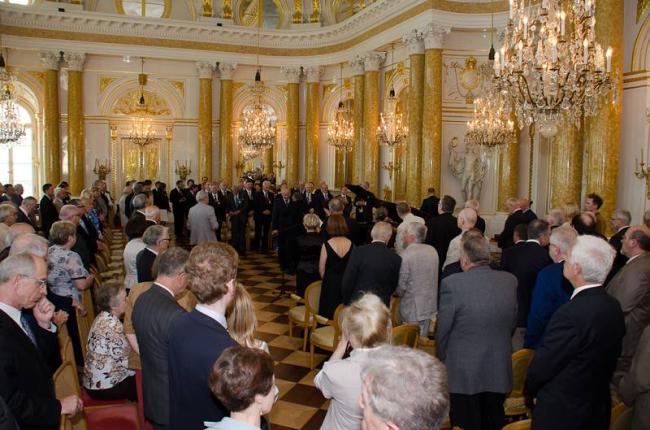
60 years of nuclear research in Poland
The most outstanding nuclear scientists arrived to Royal Castle in Warsaw on June 11. President of Poland distinguished them with some highest state awards. Some of them participated 60 years ago in founding IBJ Świerk, the first nuclear research centre in Poland. The ceremony was attended also by some notable guests from the world of politics and economy.
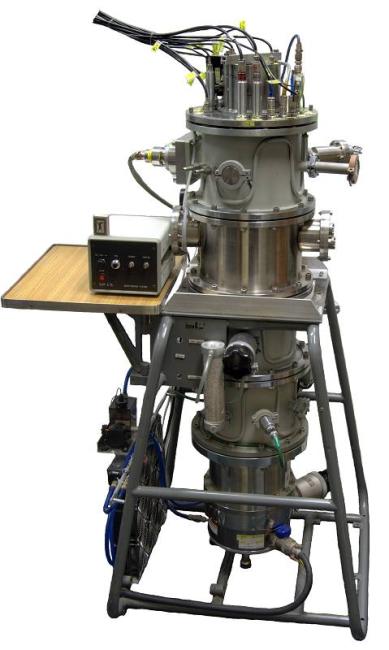
In search for a more efficient radiotherapy
The EMPR BioQuaRT joint research project has come to end. Scientists associated in EURAMET were searching for new metrology methods that would help to optimize planning of cancer radiotherapy treatment.

60th anniversary of Świerk research centre
On the occasion of 60th anniversary of Świerk research centre, NCBJ and Institute of Nuclear Chemistry and Technology in Warsaw are organizing the "Nuclear Physics and Chemistry for medicine" symposium (June 10, 2015, Świerk Science and Technolgy Park)
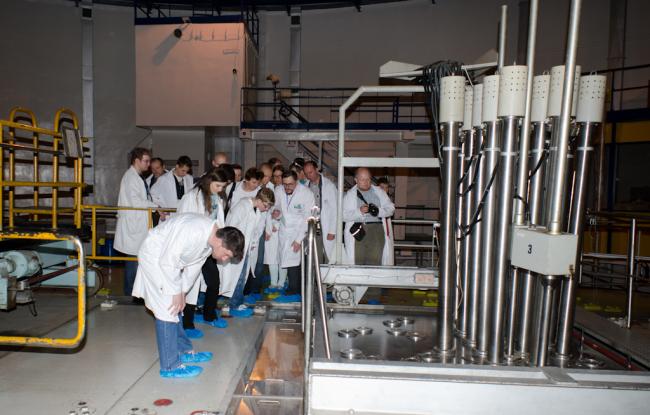
Tremendous interest in Open Days
Świerk has not witnessed such crowds for a long while! Over 3,000 persons came for Open Days organized the last weekend of May. Total 10 sightseeing routes were offered. MARIA reactor, POLATOM Radioisotope Centre and Świerk Computer Centre were the most popular destinations.

Open Days in Świerk
Come to see the Świerk reasearch centre on the last weekend of May (Saturday 30 or Sunday 31 between 9 am and 6 pm). The Open Days in Świerk event is organized by NCBJ and Radioactive Waste Management Enterpriseon the occasion of 60th birthday of the centre. All interested will be given an opportunity to visit the most interesting facilities in Świerk, including the MARIA reactor, Świerk Computer Centre, and the POLATOM radiopharmaceuticals production facility. Due to safety reasons some minimum age limit restrictions will be enforced on some thematic tours. Dedicated playgrounds amd attractions will be organized for kids below 11. The event is free-of-charge.
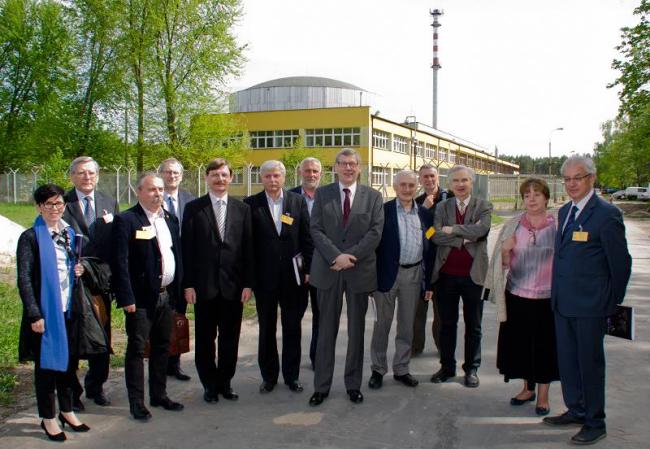
Polish MPs met with IChTJ and NCBJ management
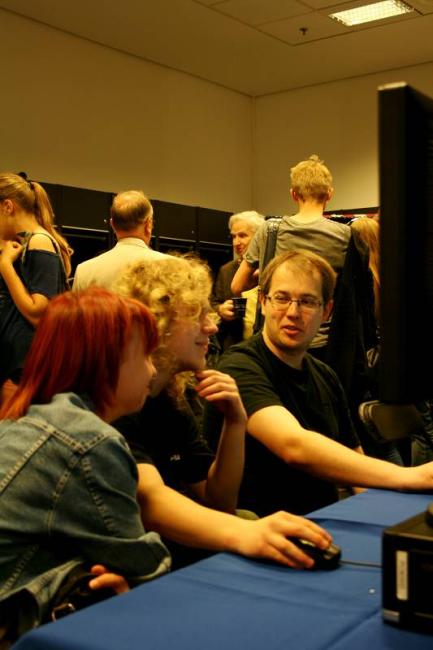
NCBJ’s booth at Scientific Picnic in Warsaw and open day in Świerk
All interested are invited to visit E26 booth organized by NCBJ on the occasion of Scientific Picnic 2015. The booth will be opened between 11 am and 8 pm on Saturday, May 9.
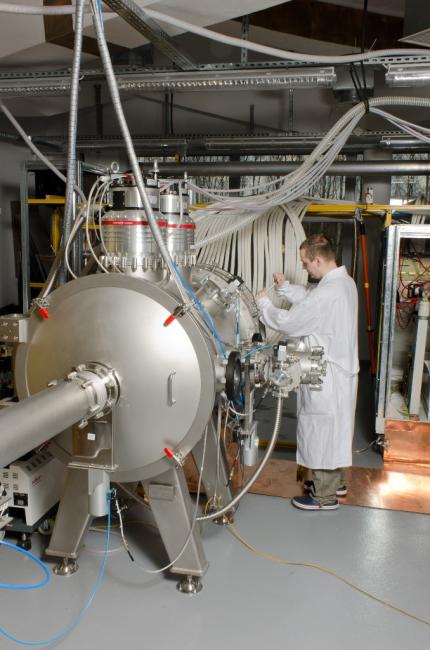
New generation plasma gun developed in Świerk
BIS II, a globally unique plasma source developed in NCBJ, has paved the way to new applications of plasmas in science and technology.

Air in Świerk is clean
Using mobile environmental analyses lab scientists have analysed quality of air sampled in vicinity of the MARIA reactor in Świerk. Air over the nuclear research centre is clean.
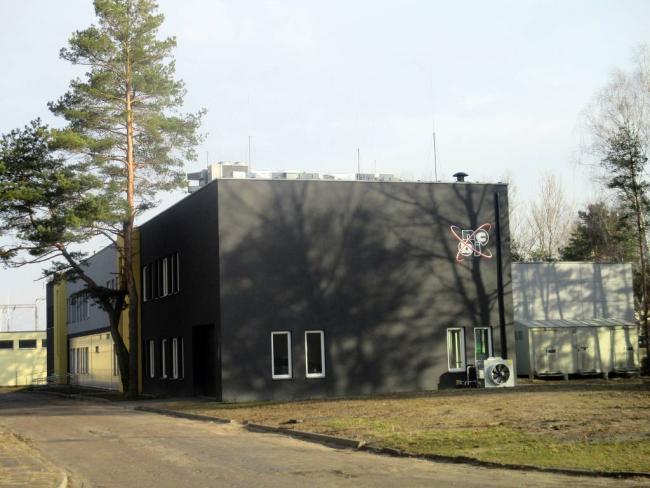
Accelerating Structures Lab on the home run
Construction works on NCBJ modern Accelerating Structures Lab (including bunkers) have been finished. The development has been the largest part of the „Development of Ionizing Radiation-Based Technologies in NCBJ Świerk” project.
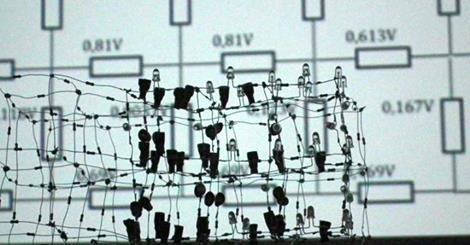
Winners of the “Paths of Physics” contest 10th edition
Contest finalists and their teachers did not disappoint us also this year. Standing interest in physics, knowledge combined with curiosity, perseverance in looking for the answers, joy from discovering the nature were all presented by students during jubilee 10th edition of the “Paths of Physics” contest finals ceremony held traditionally at the PAN Institute of Physics premises in Warsaw on April 11. As usual, the winners were appointed in three categories: research paper, show, and essay.
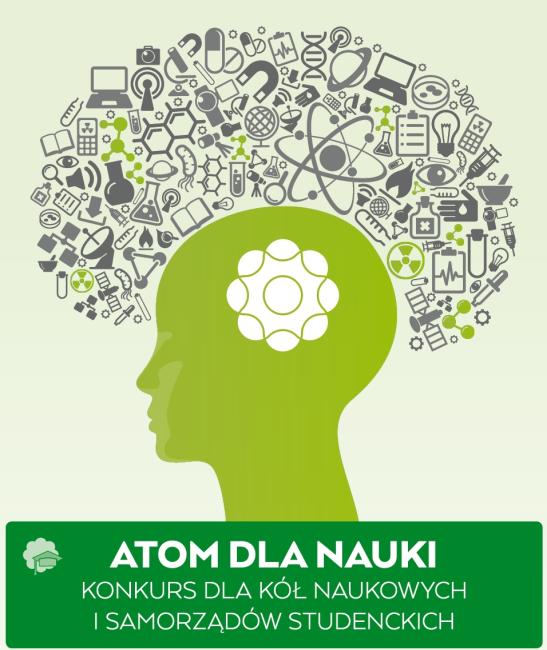
Atom for Academia – contests for students
PGE EJ 1 invites all students of technology, social sciences, natural sciences and medicine to run in contests organized within the “Atom for Academia” programme framework.
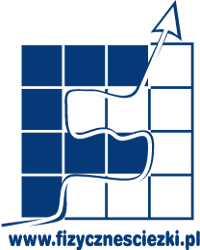
Concluding ceremony of the “Paths of Physics” contest 10th edition
Concluding ceremony of 10th edition of the “Paths of Physics” contest for high school students interested in the sciences will commence at 8:30 am on April 11 in PAN Institute of Physics lecture hall (Aleja Lotników 32/46, Warsaw).
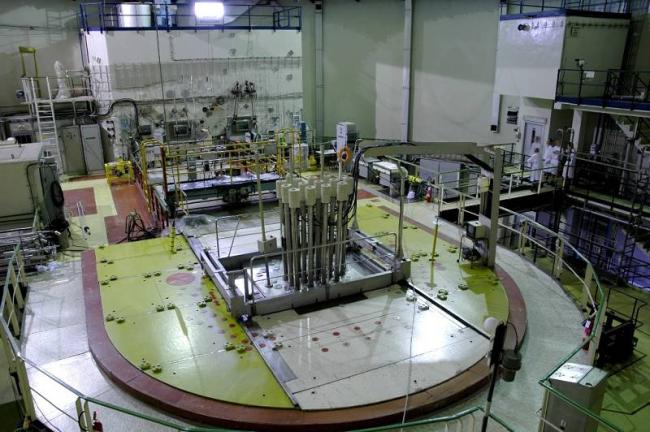
Licence to operate MARIA research reactor renewed for 10 years
NCBJ’s licence to operate the MARIA research reactor was renewed by Polish National Atomic Energy Agency (PAA) for another period of 10 years. The licence has confirmed that the reactor is operated in line with the highest safety standards.
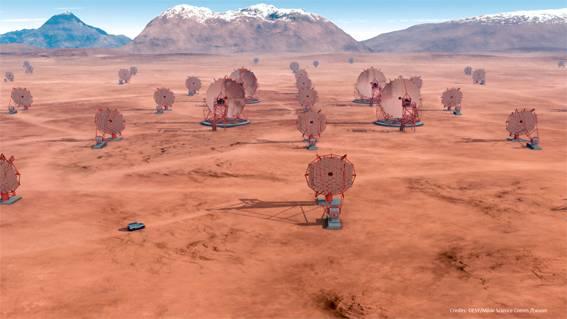
Another milestone in the Cherenkov Telescope Array project
CTA Resource Bard composed of representatives of various government agencies financing the Cherenkov Telescope Array (CTA) global project met on March 26 in Heidelberg. Selection of a site for CTA observatory on the northern hemisphere was discussed. 5 discussed locations involved 2 sites in US, 1 in Mexico, and 2 in Canary Islands (Spain).
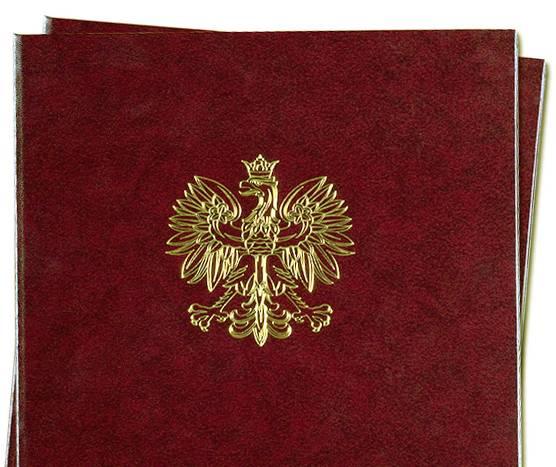
Diplomas of scientific degrees
On March 24, 2015, NCBJ Scientific Council held a solemn session during which scientists who successfully concluded formal proceedings to get a higher scientific degree received their diplomas.
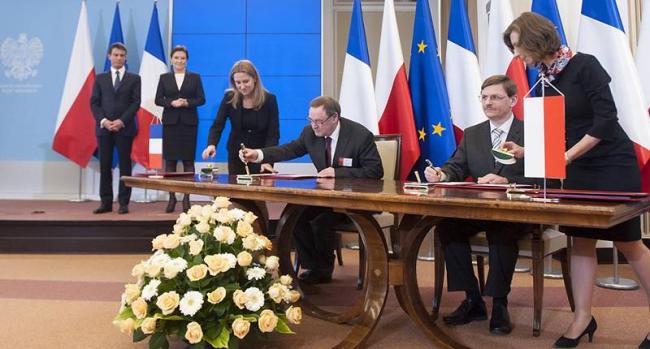
Cooperation in development of nuclear technologies
Agreement on cooperation in developing nuclear technologies reached between French CEA and Polish research institutions was signed on March 12 in Chancellery of the Prime Minister of Poland. The cooperation should help to accomplish international projects, to more effectively acquire European funds, and to develop competences in both countries.
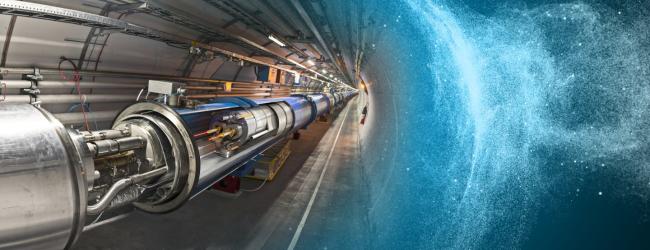
LHC, the mightiest particle accelerator in the world, ready for Run 2
Physicists all over the world have been eagerly waiting for that moment. LHC is ready for start-up after Long Shutdown 1. Just like in a next season of a good seque, even more exciting events are expected in the coming LHC Run 2 as compared to discovery of the Higgs boson that crowned Run 1 two years ago.
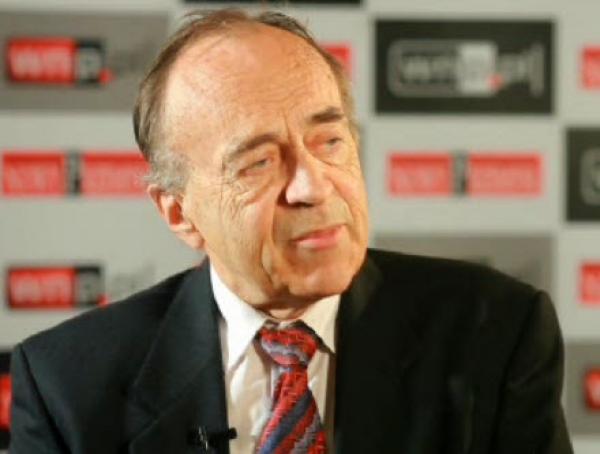
There is no need to be afraid of ionising radiation – even after Fukushima
Fear is dominating practically every discussions on consequences of the Fukushima accident. However, you need not to fear radiation, you need to understand it.

Access to NEA-DATA-BANK
NCBJ – as the first institution in Poland – has been granted access to data bank maintained by OECD’s Nuclear Energy Agency. Access to the data will help Świerk researchers to more competently evaluate safety of nuclear facilities, including nuclear power reactors.
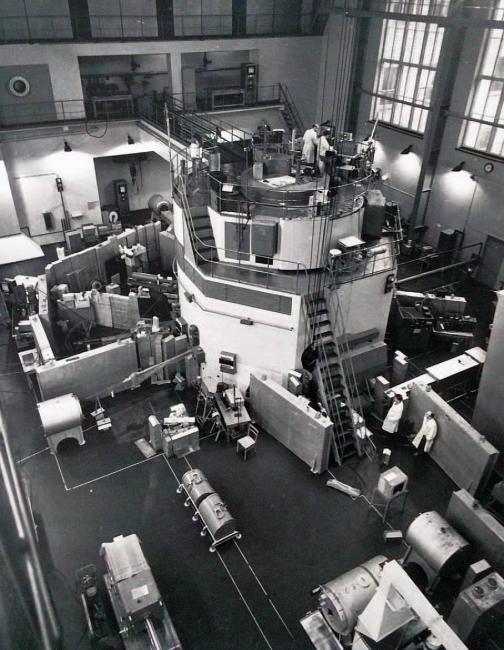
EWA and MARIA confirm competences of Polish scientists
EWA, the first nuclear reactor ever operated in Poland and MARIA, the sole research nuclear reactor operated in Poland helped Polish scientists to perfect their competences in designing/constructing and safe operation of nuclear power plants.
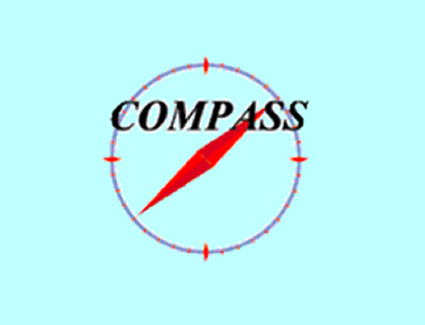
COMPASS yields key data on strong interactions
COMPASS experiment run in CERN reported in Physical Review Letters that thay obtained key data on strong interactions
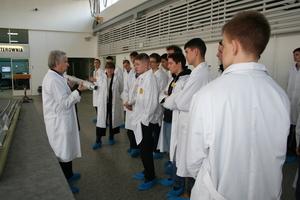
Modern vocational education offer from NCBJ
NCBJ offers curricula, textbook model, set of lab exercises worked out to improve science teaching performance in technical secondary/vocational schools. Scientists intend also to establish Mazovian Nucleonics Network, a forum to disseminate knowledge on ionising radiation-related topics.
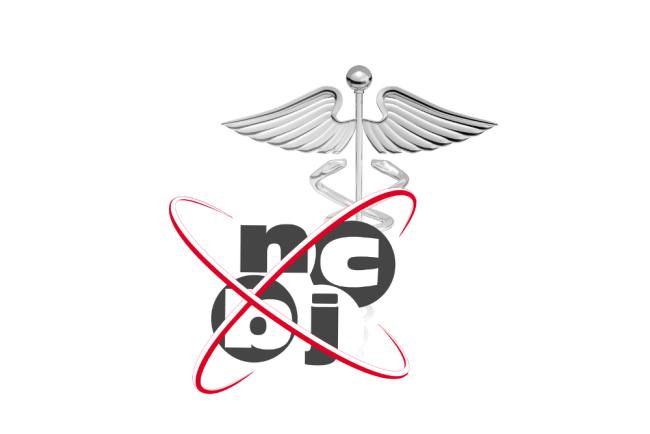
Techimmuna will help to treat rheumatoid arthritis
NCBJ POLATOM Radioisotope Centre has just introduced a new product to the nuclear medicine preparations market. Techimmuna will help to diagnose various cases of inflammation, in particular rheumatoid arthritis.
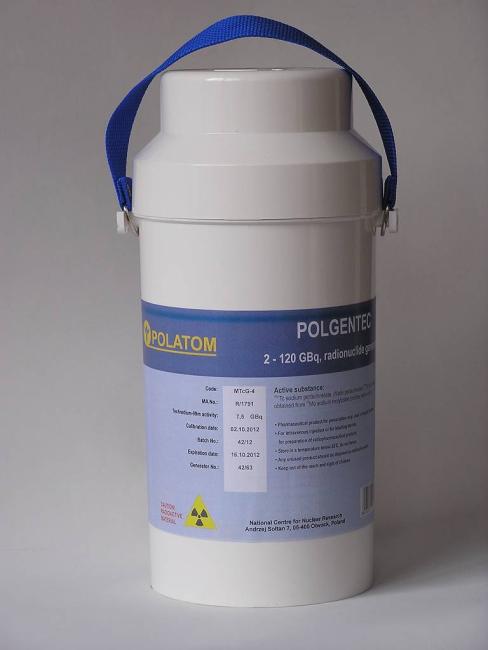
A new Tc-99m production line will soon start operations in Świerk
Preparation used in 80% of all nuclear medicine procedures will be more readily available as soon as NCBJ POLATOM Radioisotope Centre succeeds to increase its technetium-99m production capacity. NCBJ has just invited potential contractors to submits their offers to built a new 99mTc production line in Świerk.
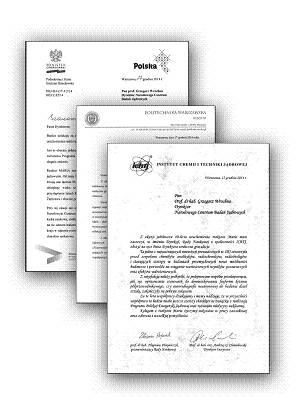
Congratulations for MARIA
Professor Grzegorz Wrochna. NCBJ Director General, has received plenty of tributes, congratulations and wishes for NCBJ Scientific Council and employees sent in on the occasion of 40th birthday of the MARIA reactor.
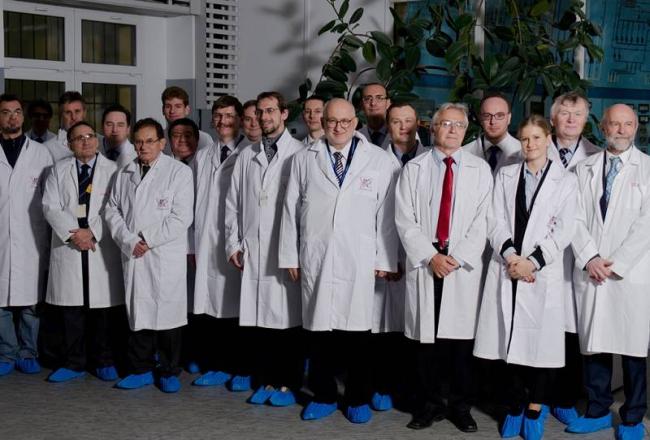
Long live MARIA!
Representatives of OECD, IAEA, European Commission, and EURATOM Supply Agency gathered in NCBJ to discuss the role of research reactors in various aspects. The debate was a culmination point of celebrations held on the occasion of the MARIA reactor 40th birthday. Everybody could formulate his/her wishes on the occasion.
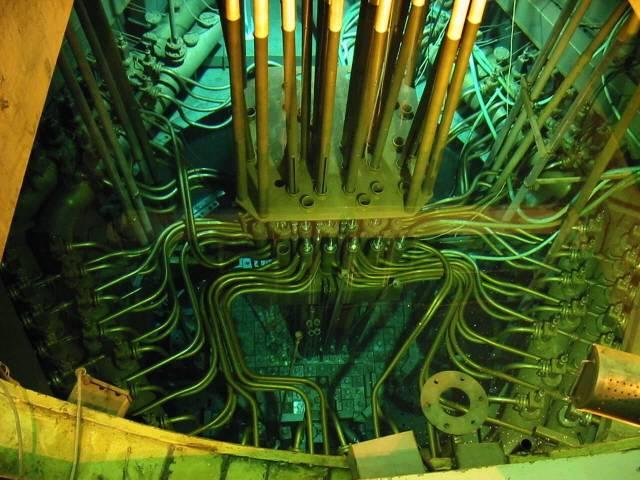
40 years of the MARIA research reactor
MARIA is a research reactor operated in NCBJ Świerk near Warsaw primarily for physical research and to train staff for nuclear industry and radiation protection needs. It produces also radiopharmaceuticals, special materials/radioactive sources for industry, environment protection and healthcare.
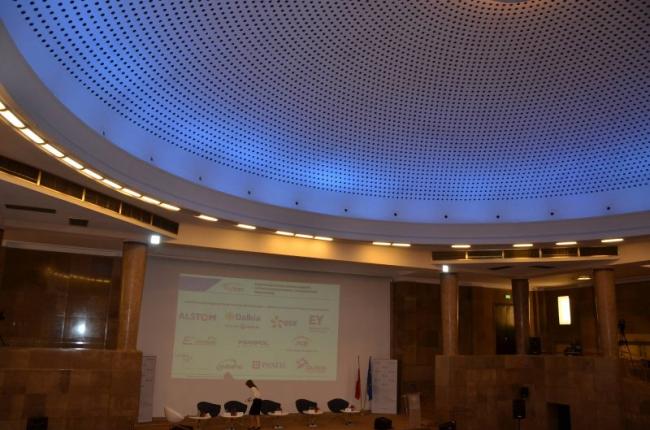
The Power Ring 2014 conference
The World Energy Outlook report presented by Faith Birol (IEA) during the Power Ring 2014 10th Int’l Conference was an introduction to an expert debate on the role of nuclear power in the world economy. Professor G.Wrochna, NCBJ Director General participated in the debate.
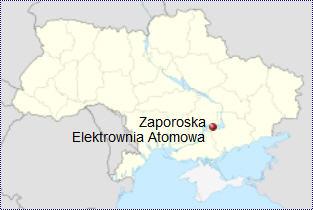
Comment on recent failure in the Zaporoże (Ukraine) nuclear power plant
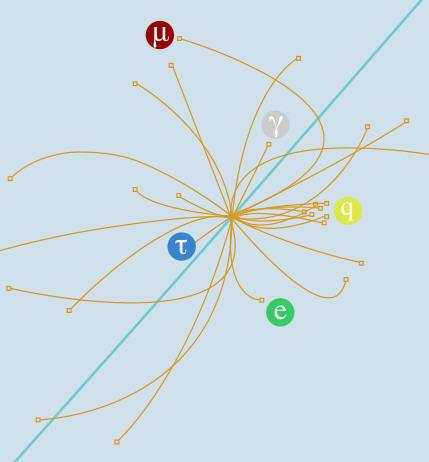
CERN makes public first data of LHC experiments
CERN launched 20.11.2014 its Open Data Portal where data from real collision events produced by the LHC experiments will for the first time be made openly available to all. It is expected that this data will be of high value for the research community, and also be used for education purposes.
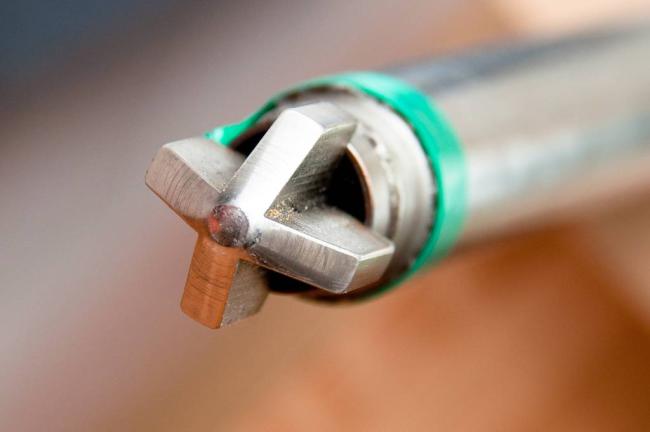
NCBJ thermal-to-14 MeV neutron converter is a sole device of its kind operated in the world
NCBJ experts have designed and developed a continuous-mode source of fast neutrons of energy 14 MeV fed by thermal neutrons produced by the MARIA research reactor in Świerk. Parameters of the reactor-converter combination are good enough to practically use the produced flux of fast neutrons to test various constructional materials necessary to successfully develop 4th generation nuclear reactors and thermonuclear reactors expected to produce majority of energy consumed by mankind in the future. The converter is the sole facility of its kind operated in the world.
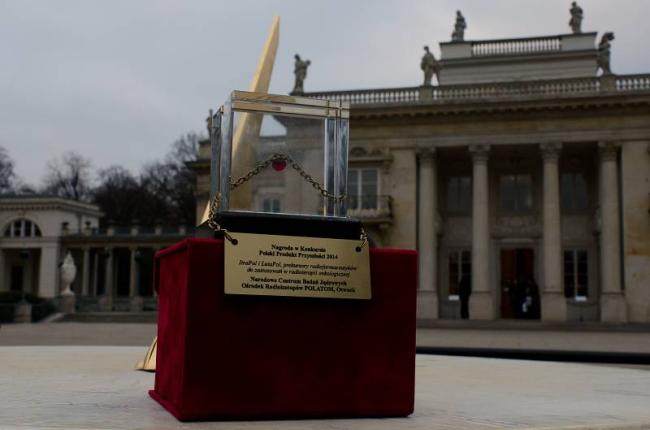
ItraPol and LutaPol awarded by jury of the “Polish Product of the Future” competition
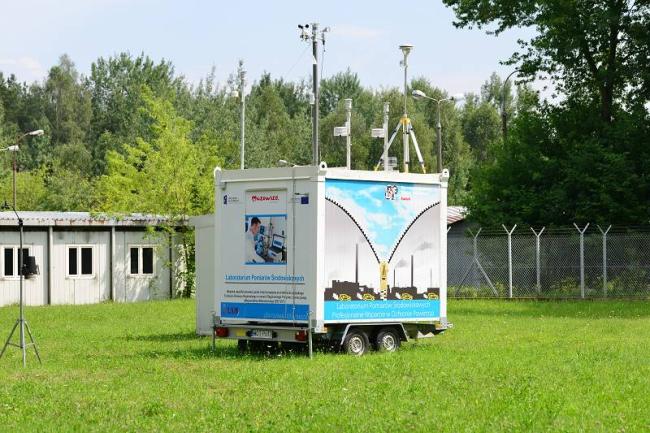
Mobile lab is testing air quality in Warsaw
Mobile environmental analyses lab developed in Świerk has pulled out to the streets. NCBJ experts in cooperation with the Green Mazovia Association and the Światowid Ecology Association are testing air quality at some major road junctions in Warsaw.
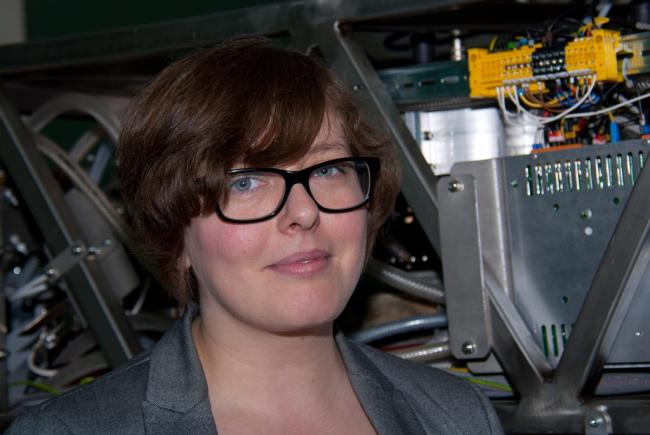
INTRA-DOSE system for intra-operative radiotherapy under development in Świerk
NCBJ, Wielkopolska Regional Cancer Centre (WCO), UJP Hitec Systems S.A. and Jarosław Kołcun are partners in an innovative project to develop the INTRA-DOSE comprehensive system for intra-operative radiotherapy.
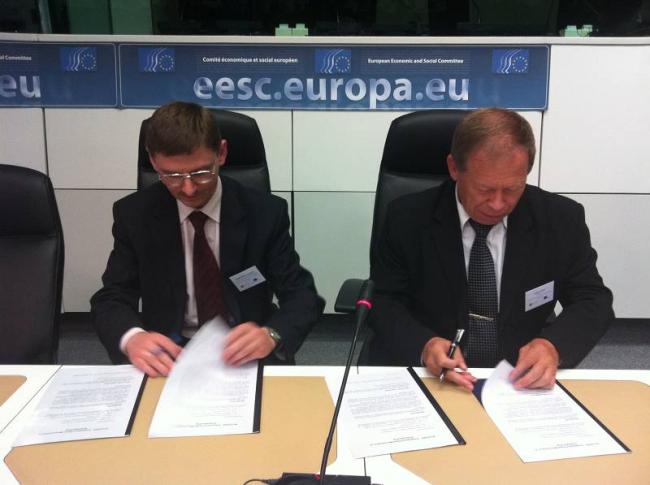
NCBJ has joined the Allegro programme to develop 4th generation nuclear reactors
NCBJ has joined the international Allegro programme aimed to develop new technologies that would better utilize nuclear fuel and produce less nuclear waste. Within the programme framework Polish scientists will participate in works on 4th generation nuclear reactors.

